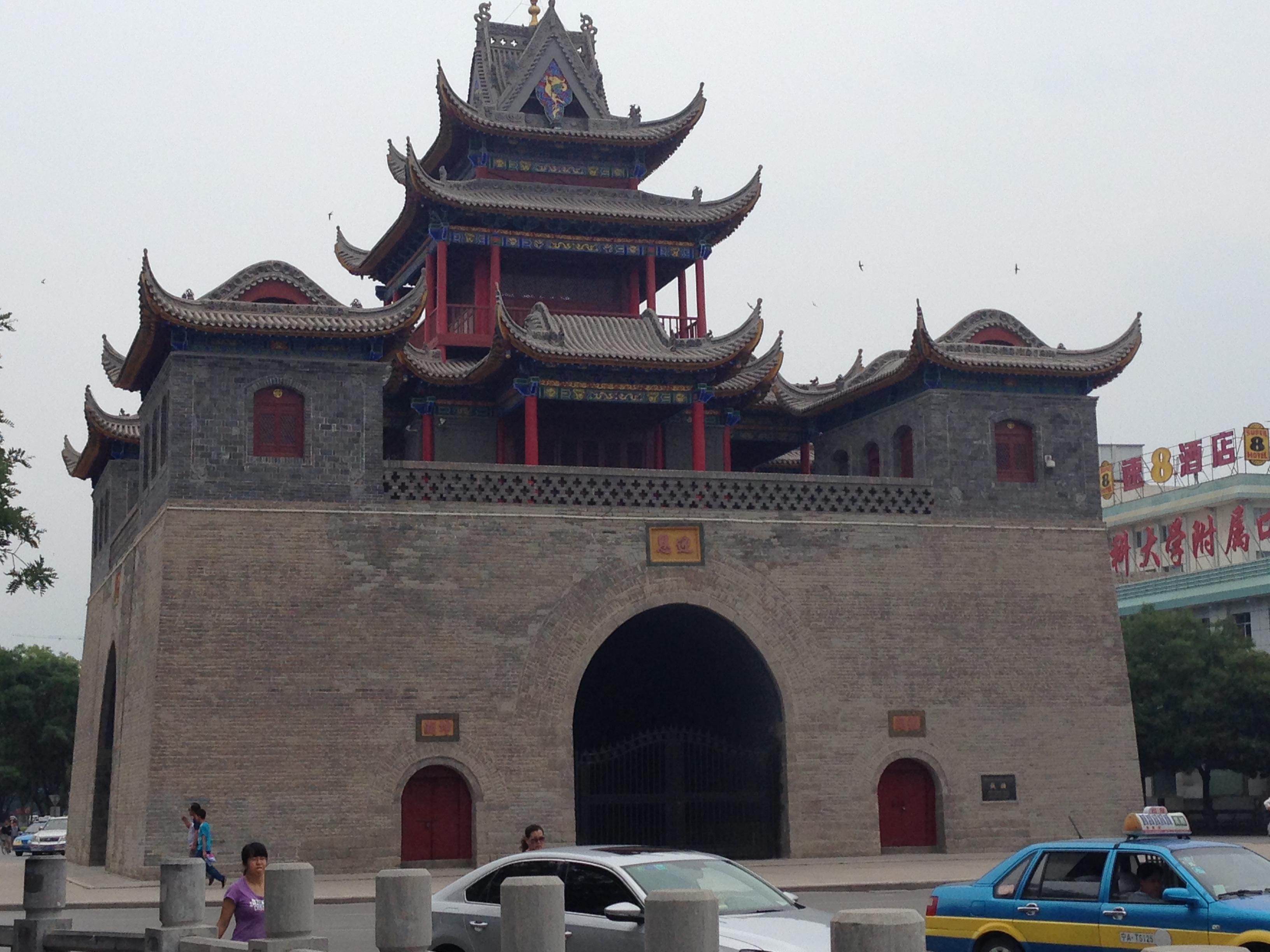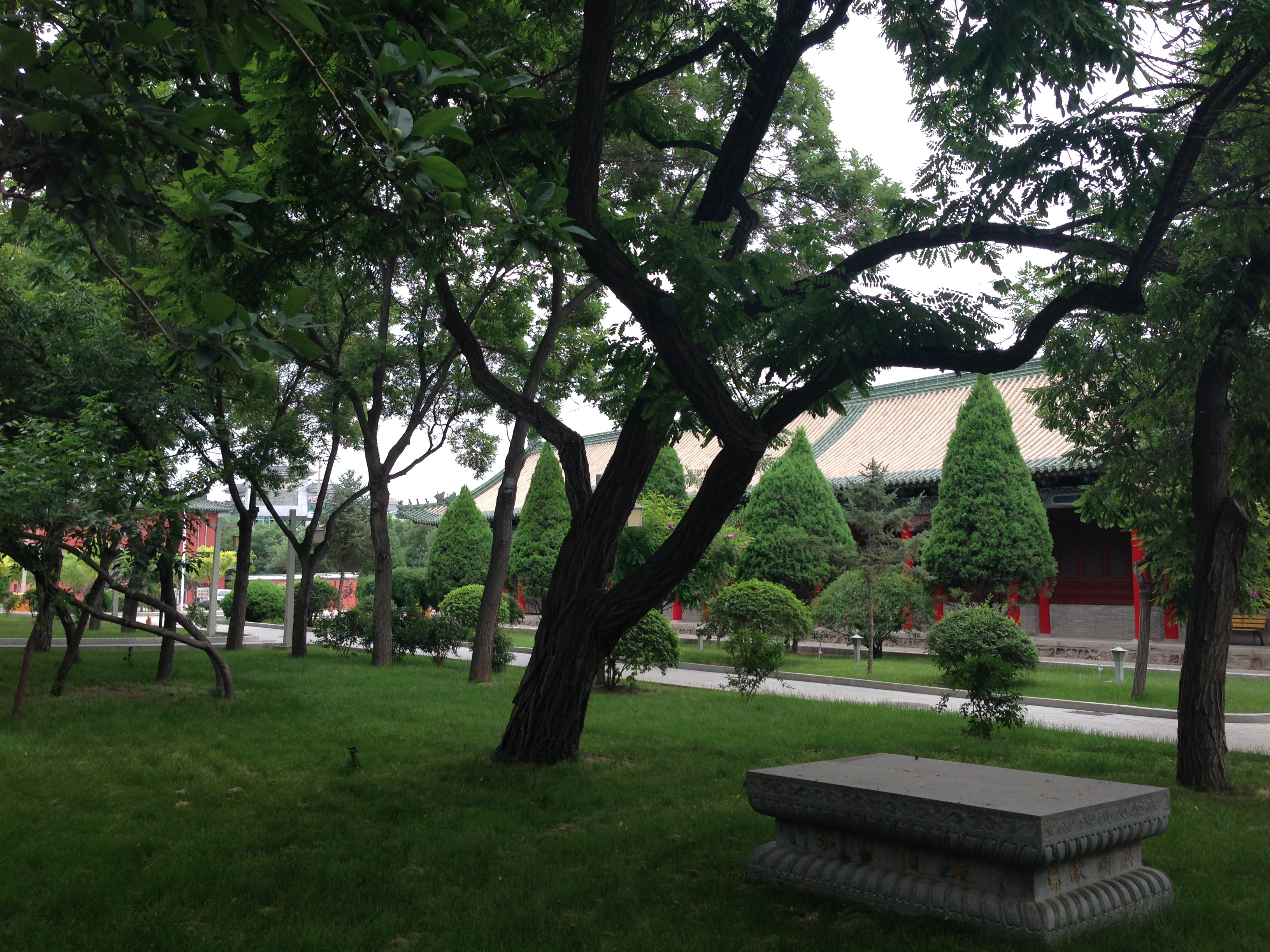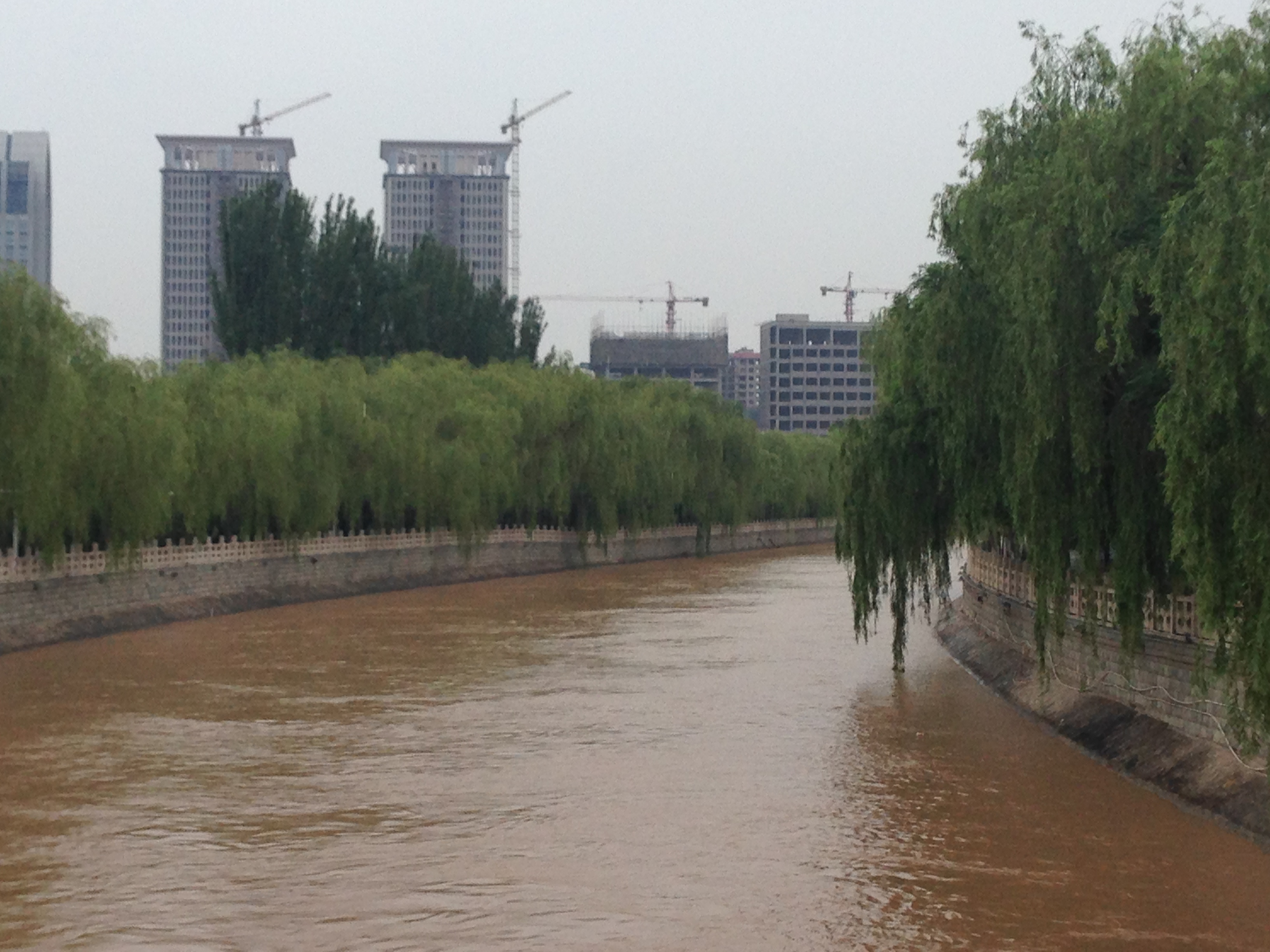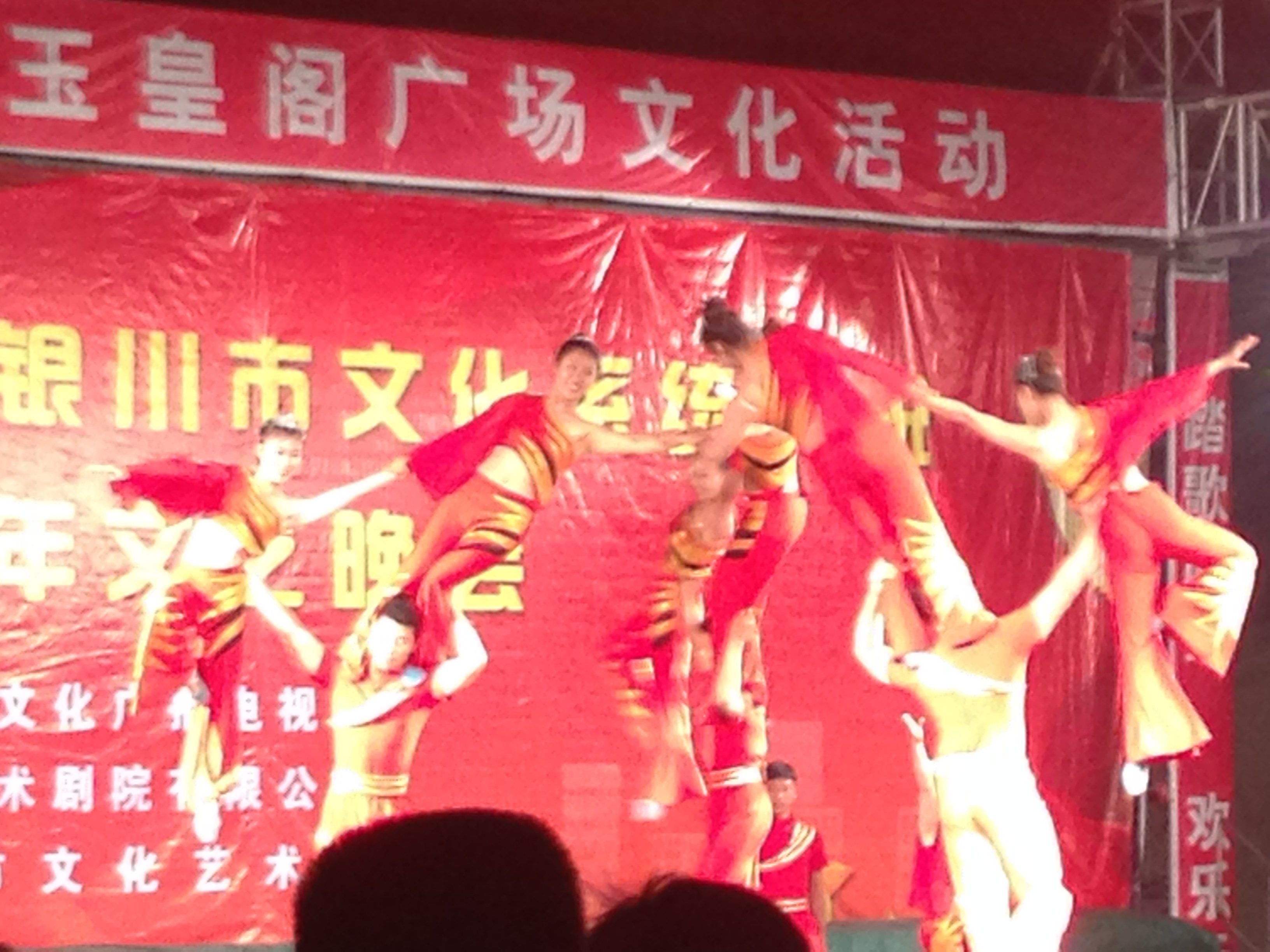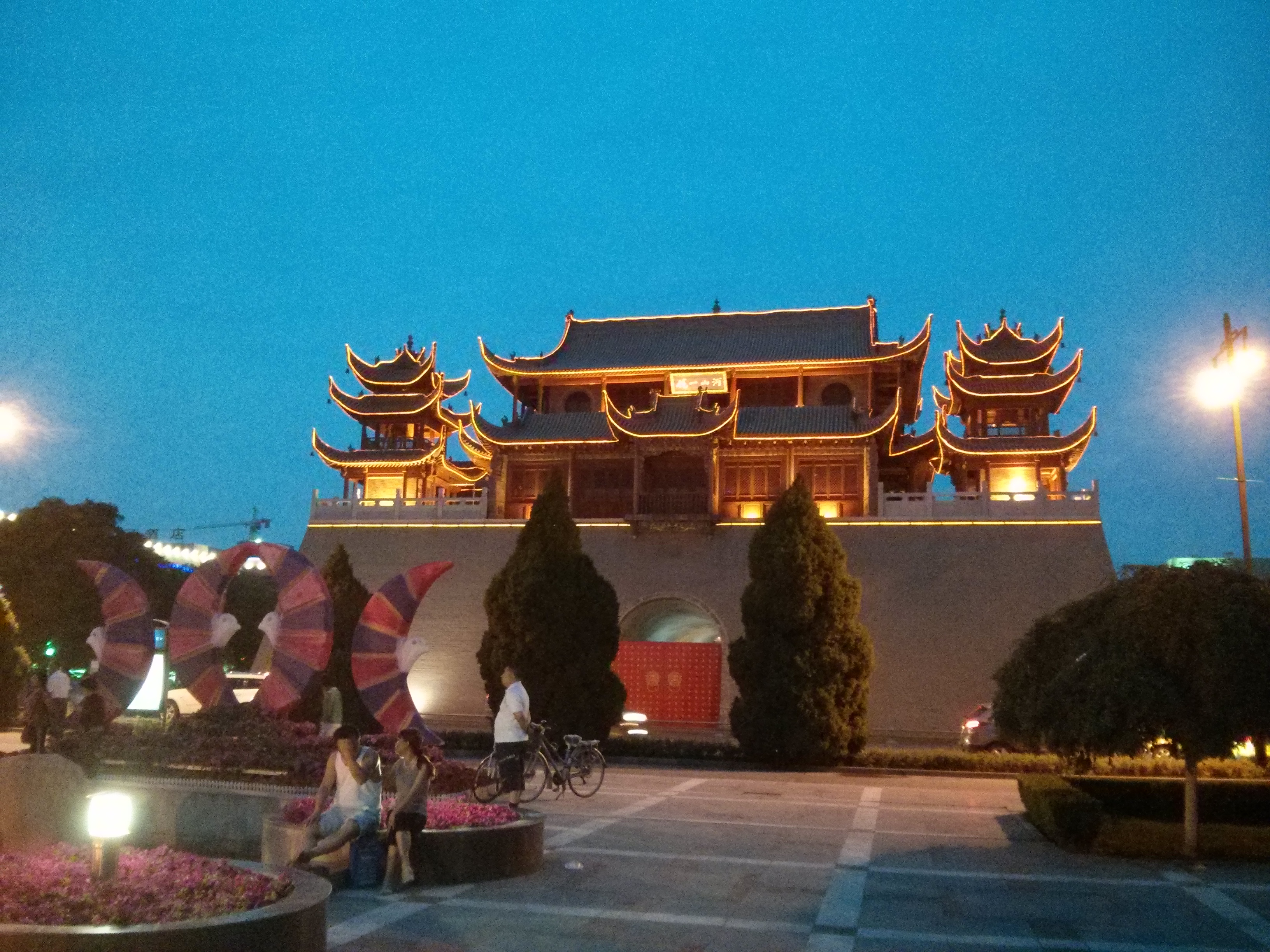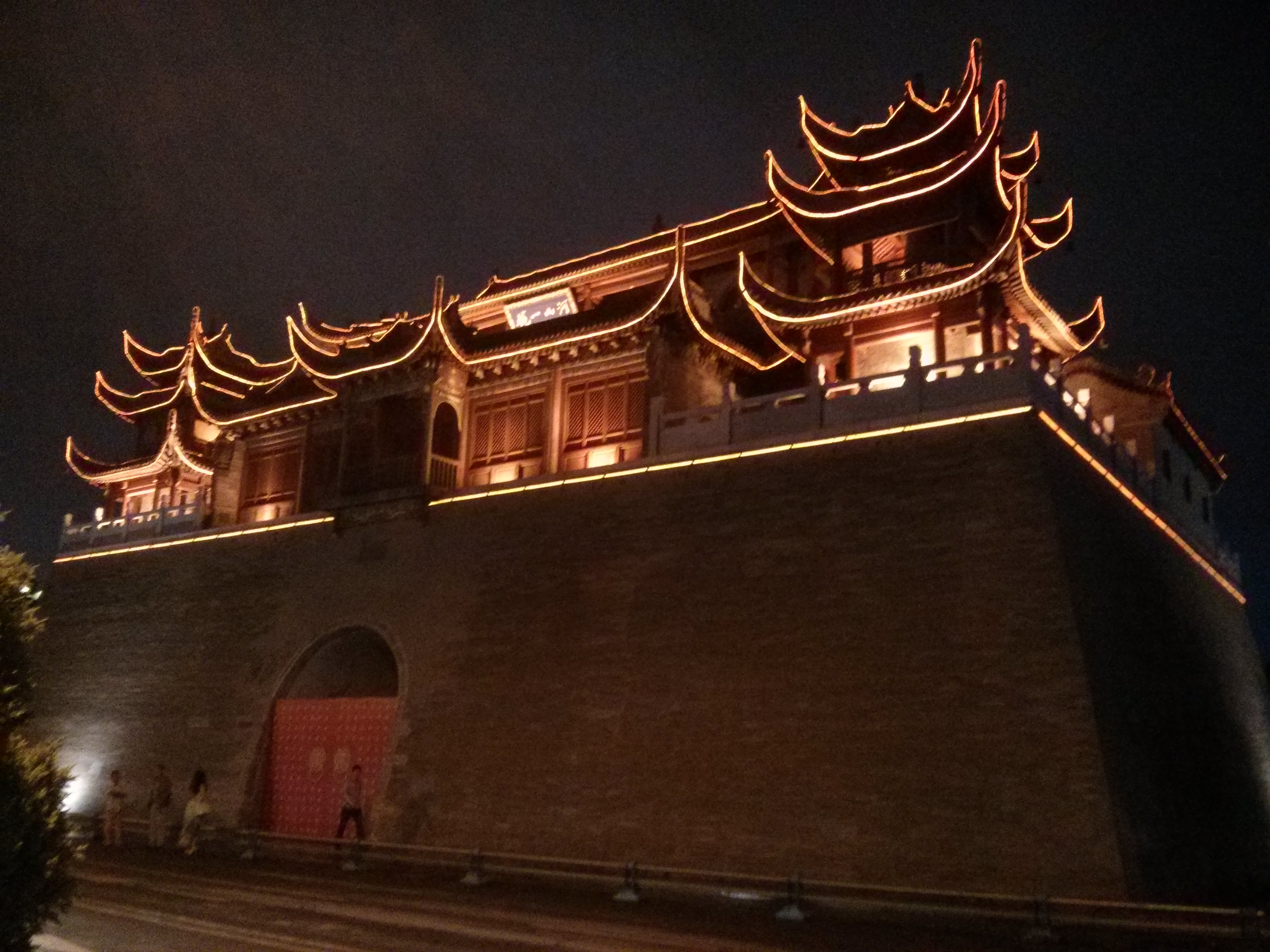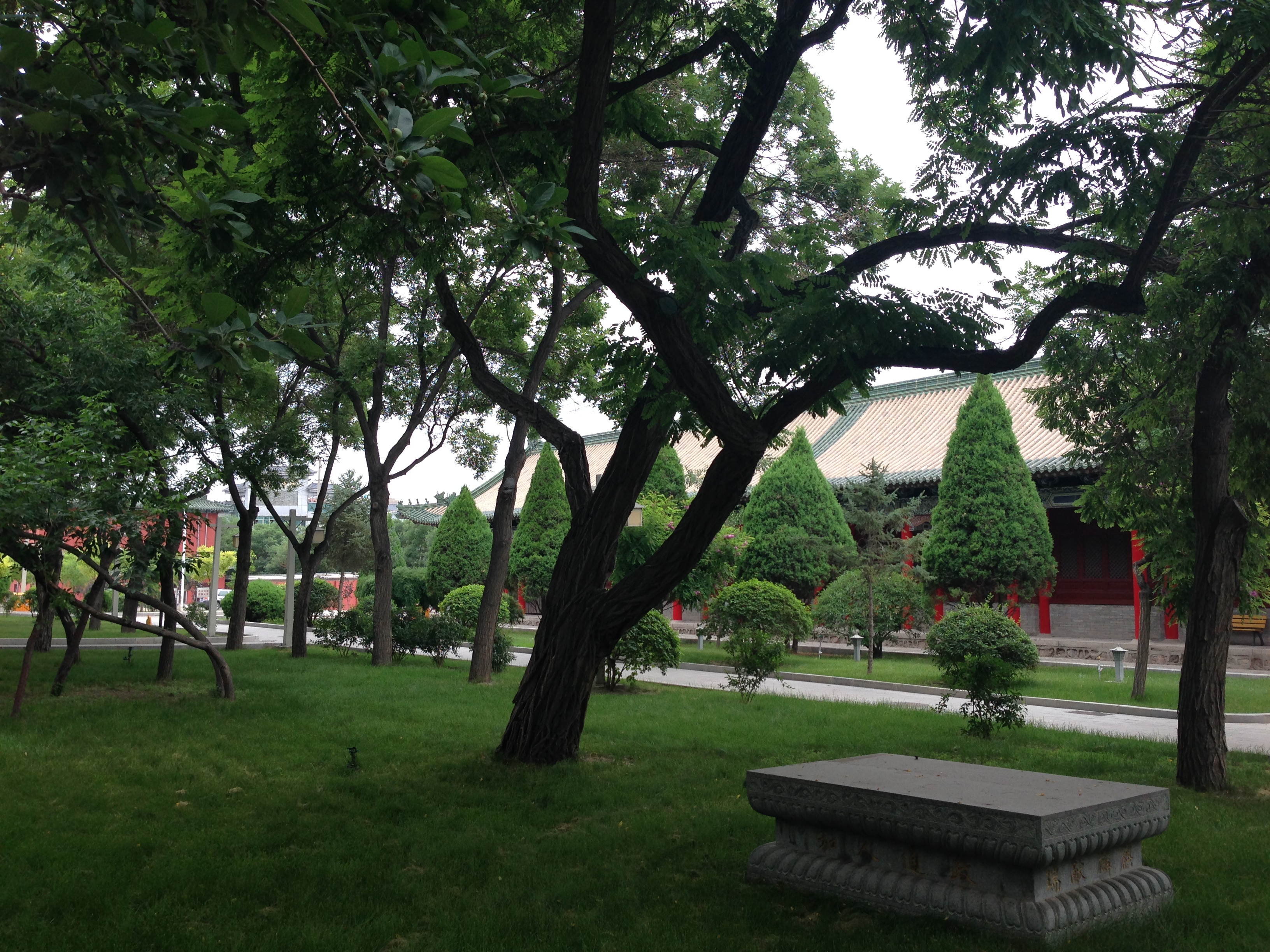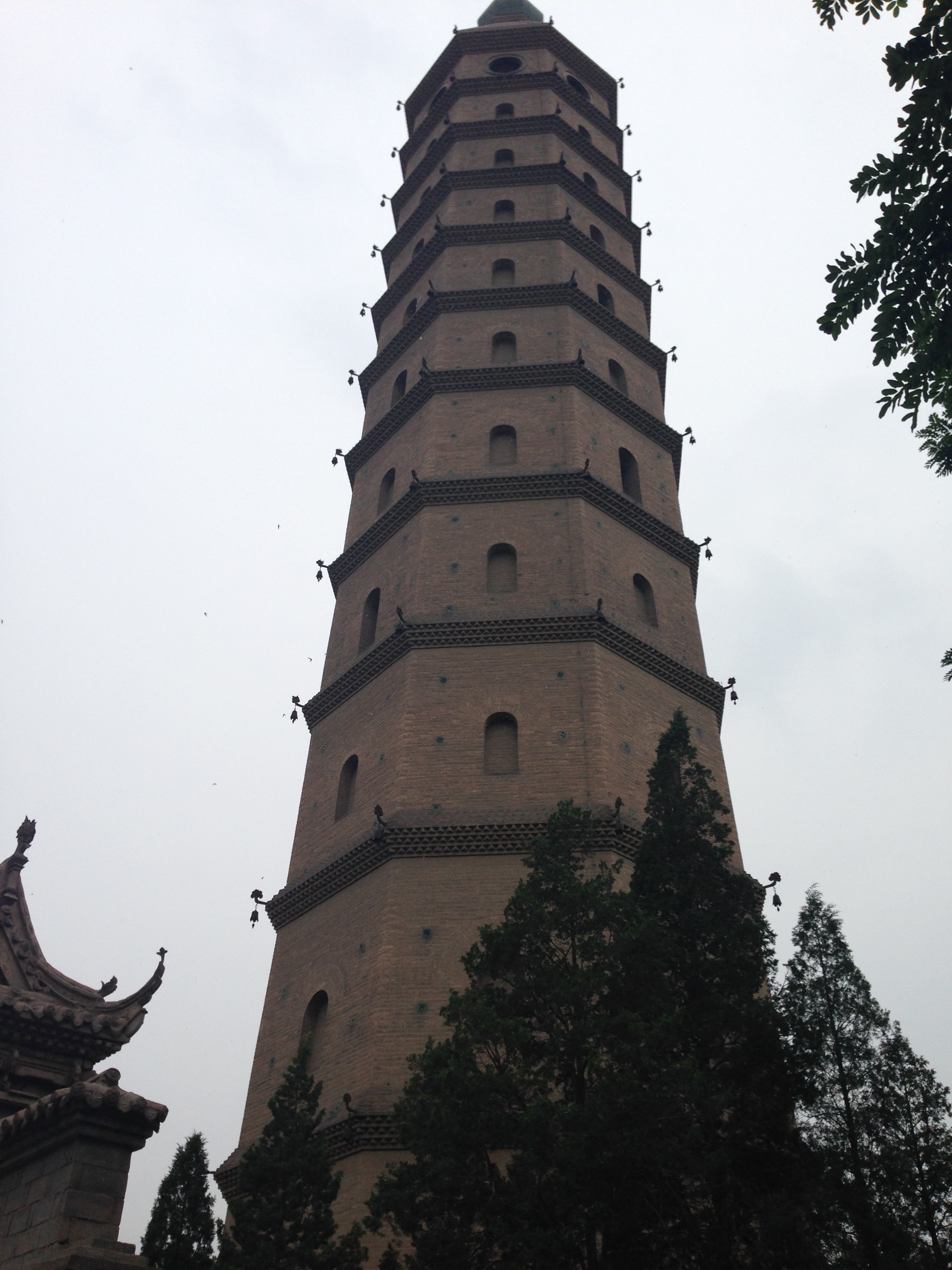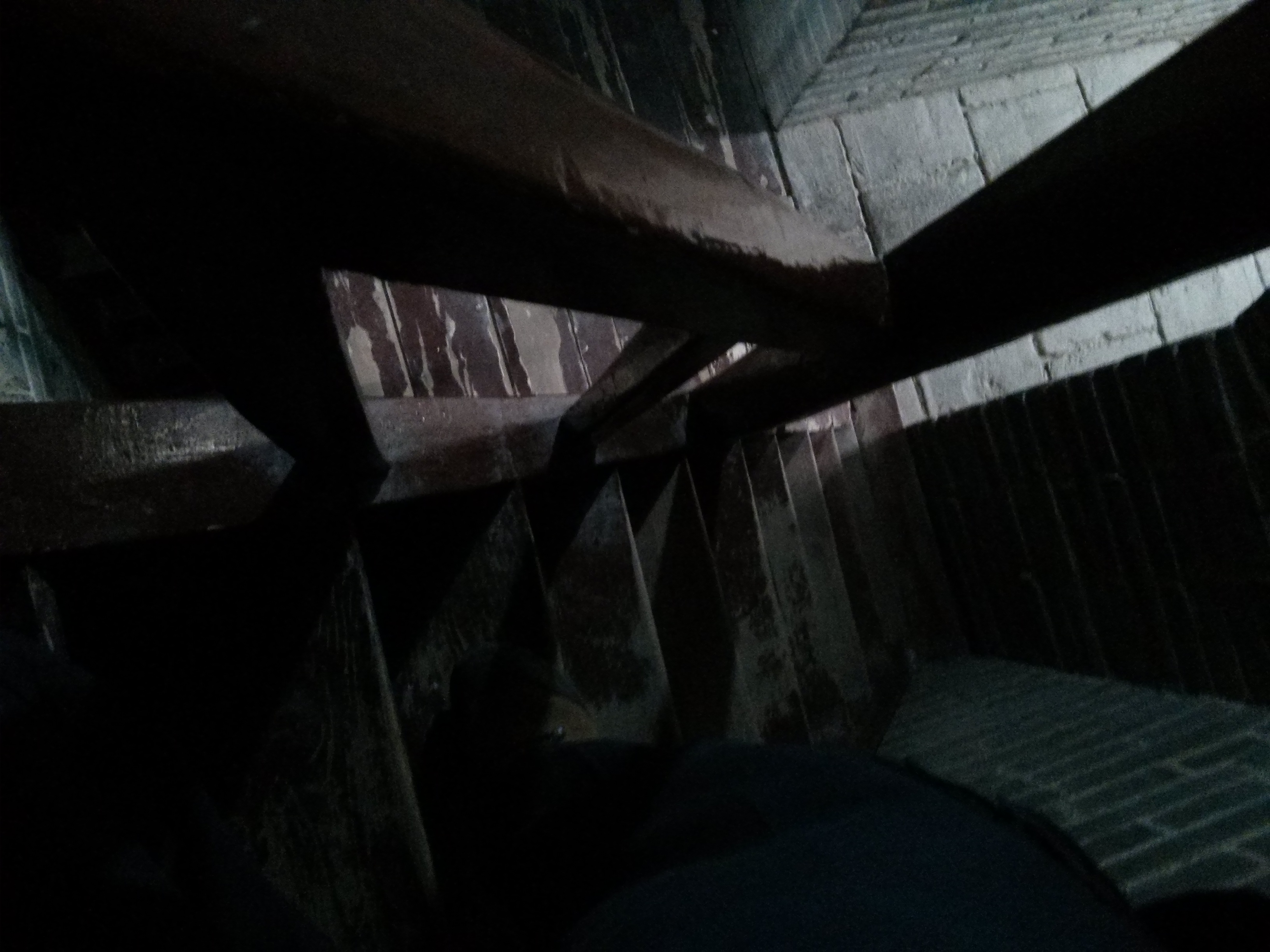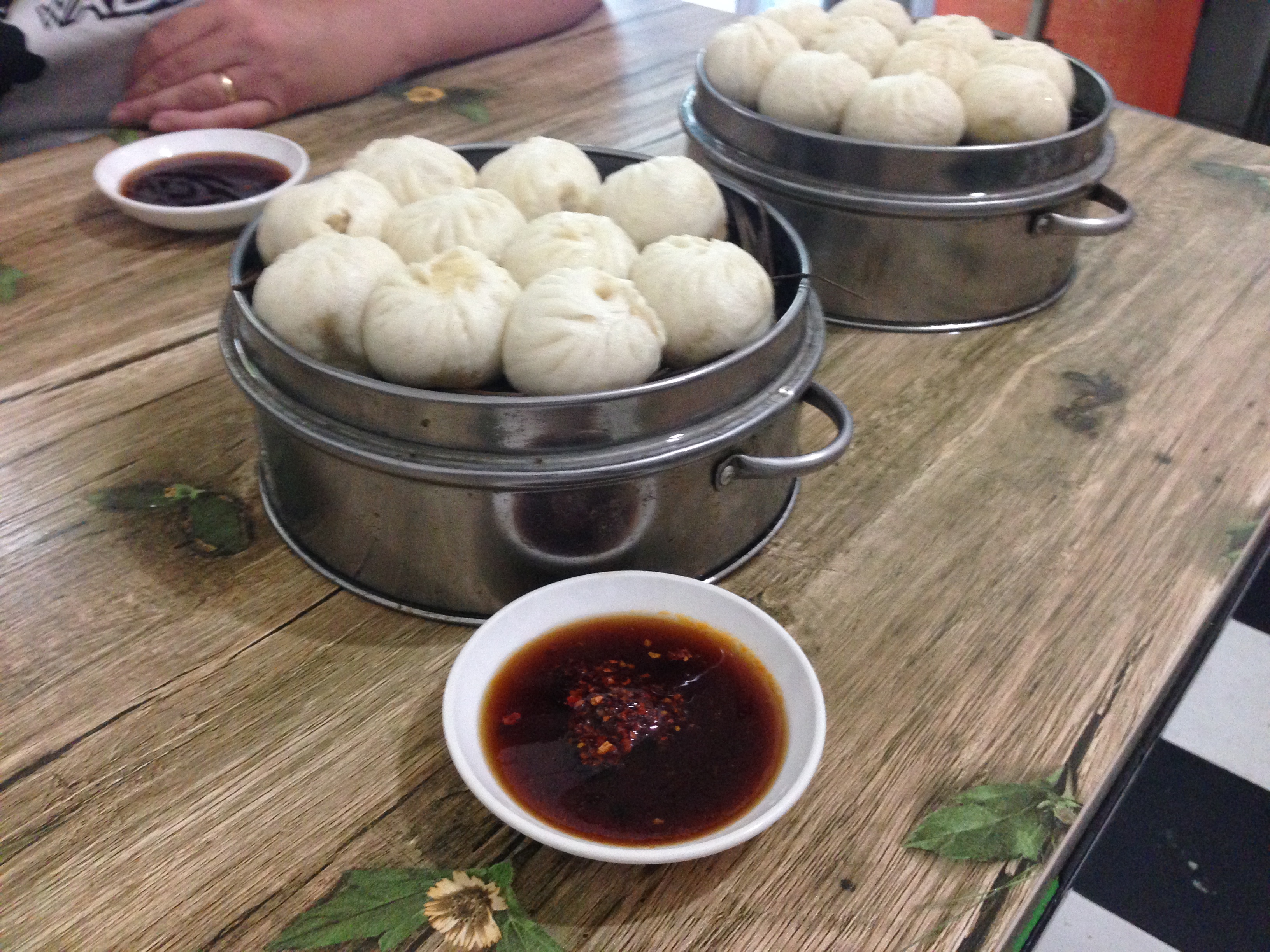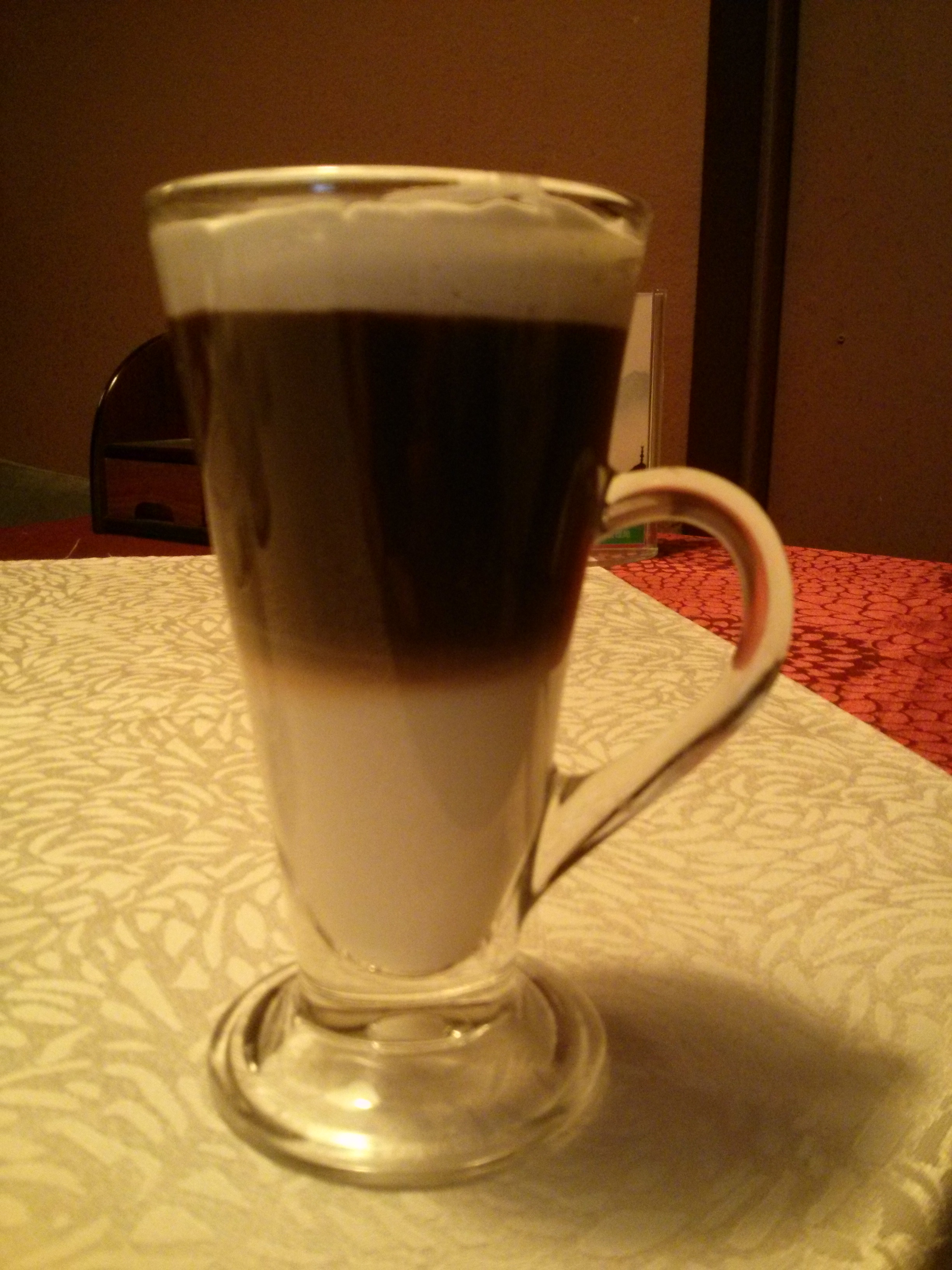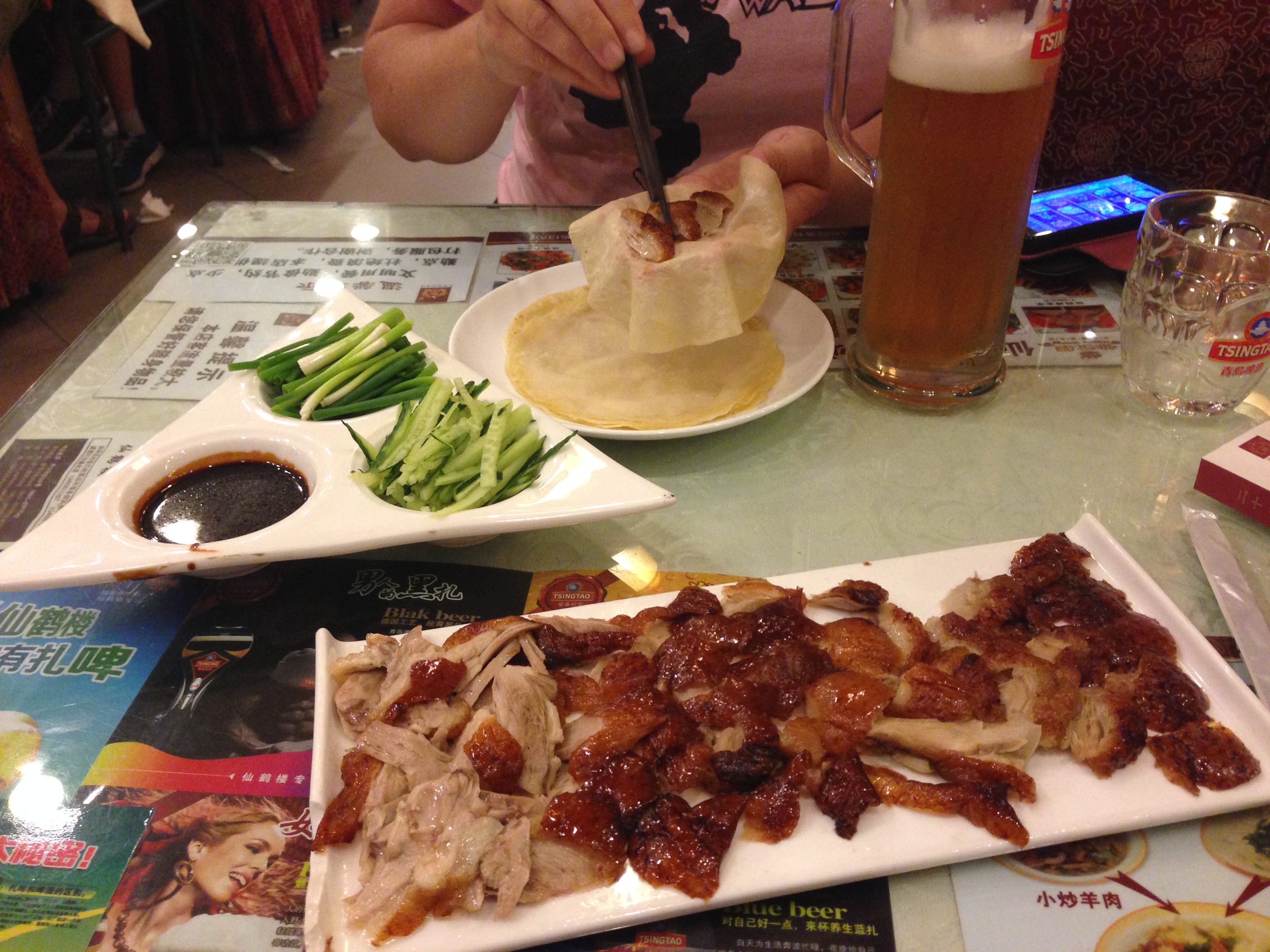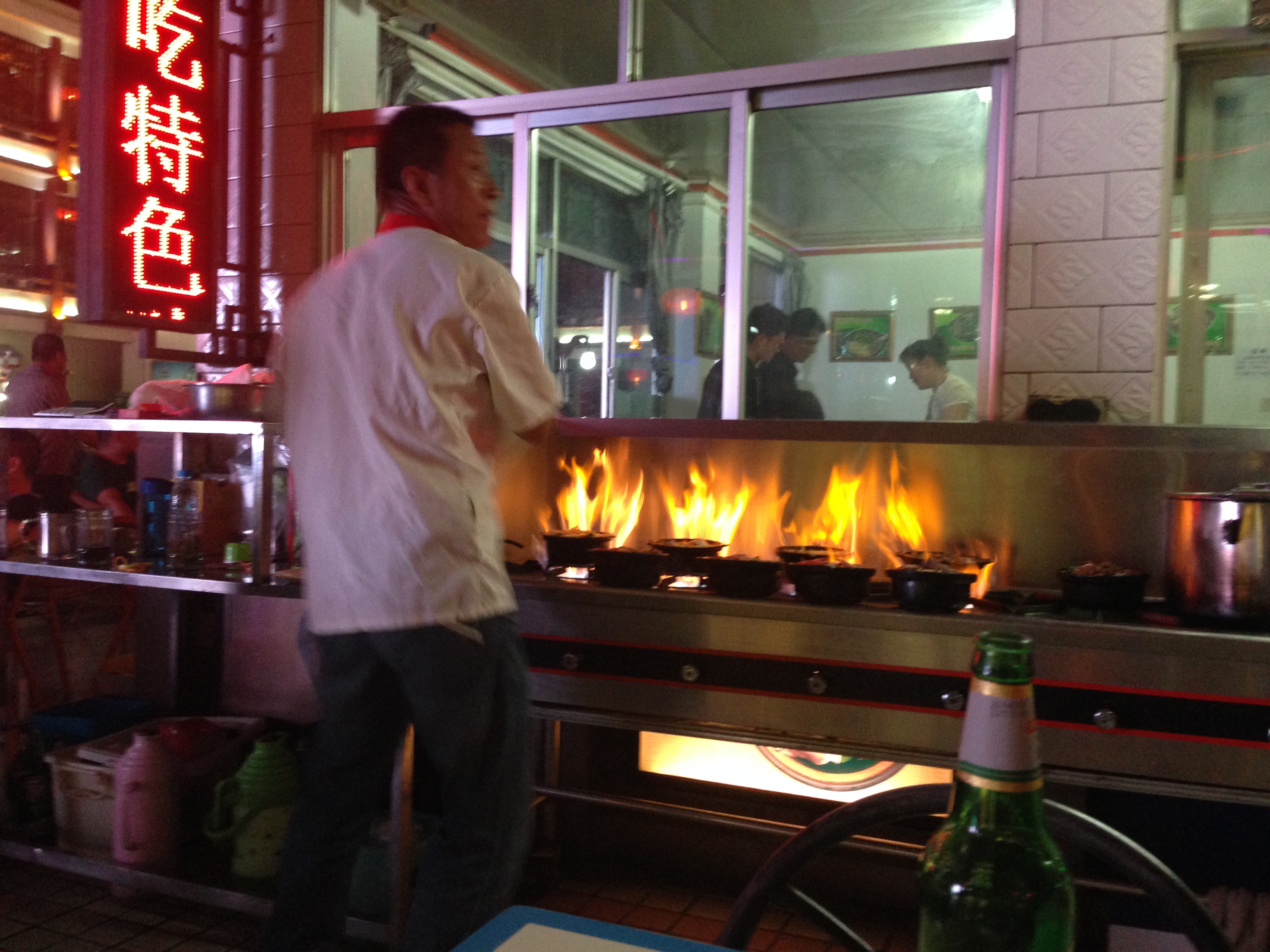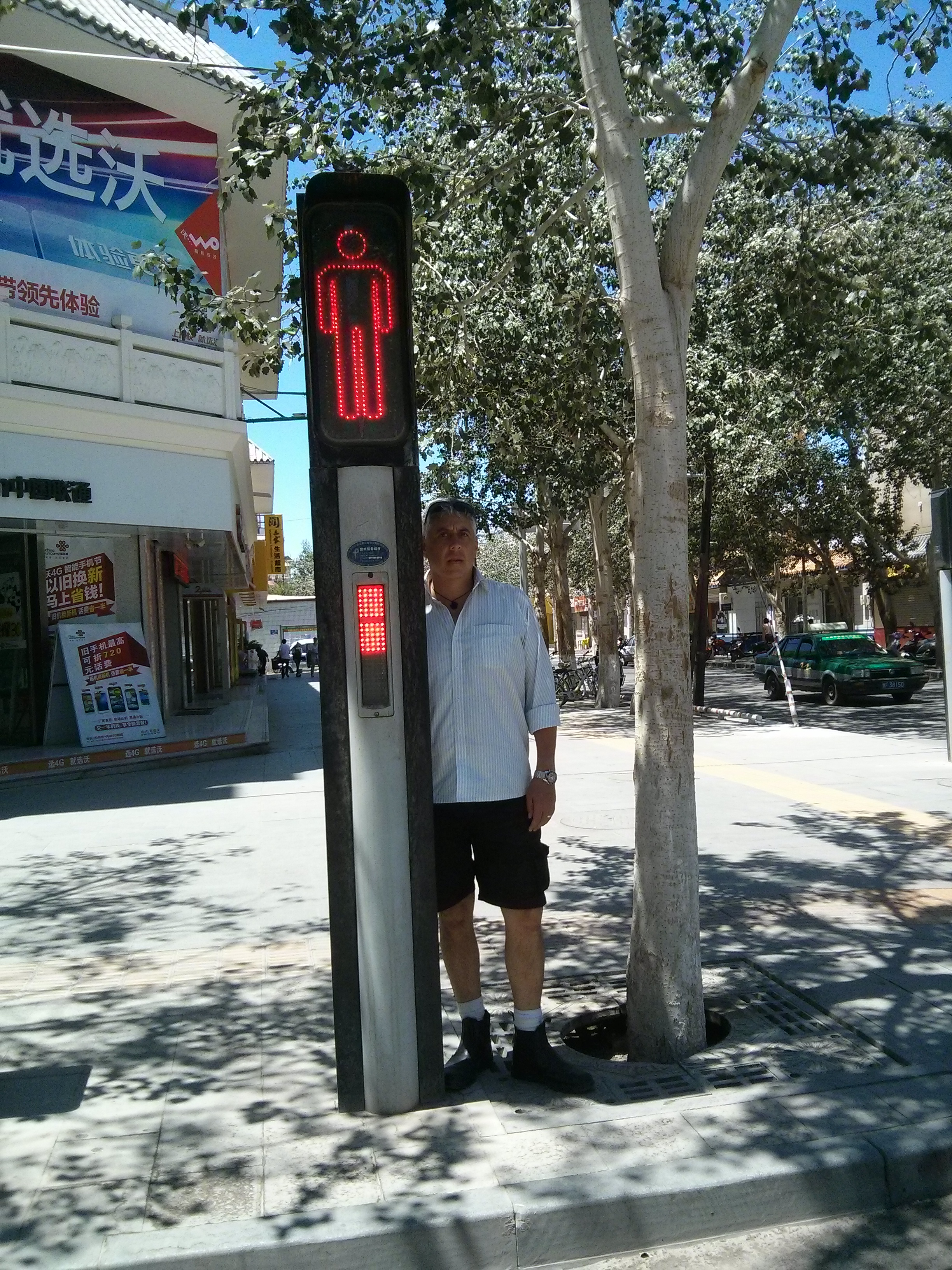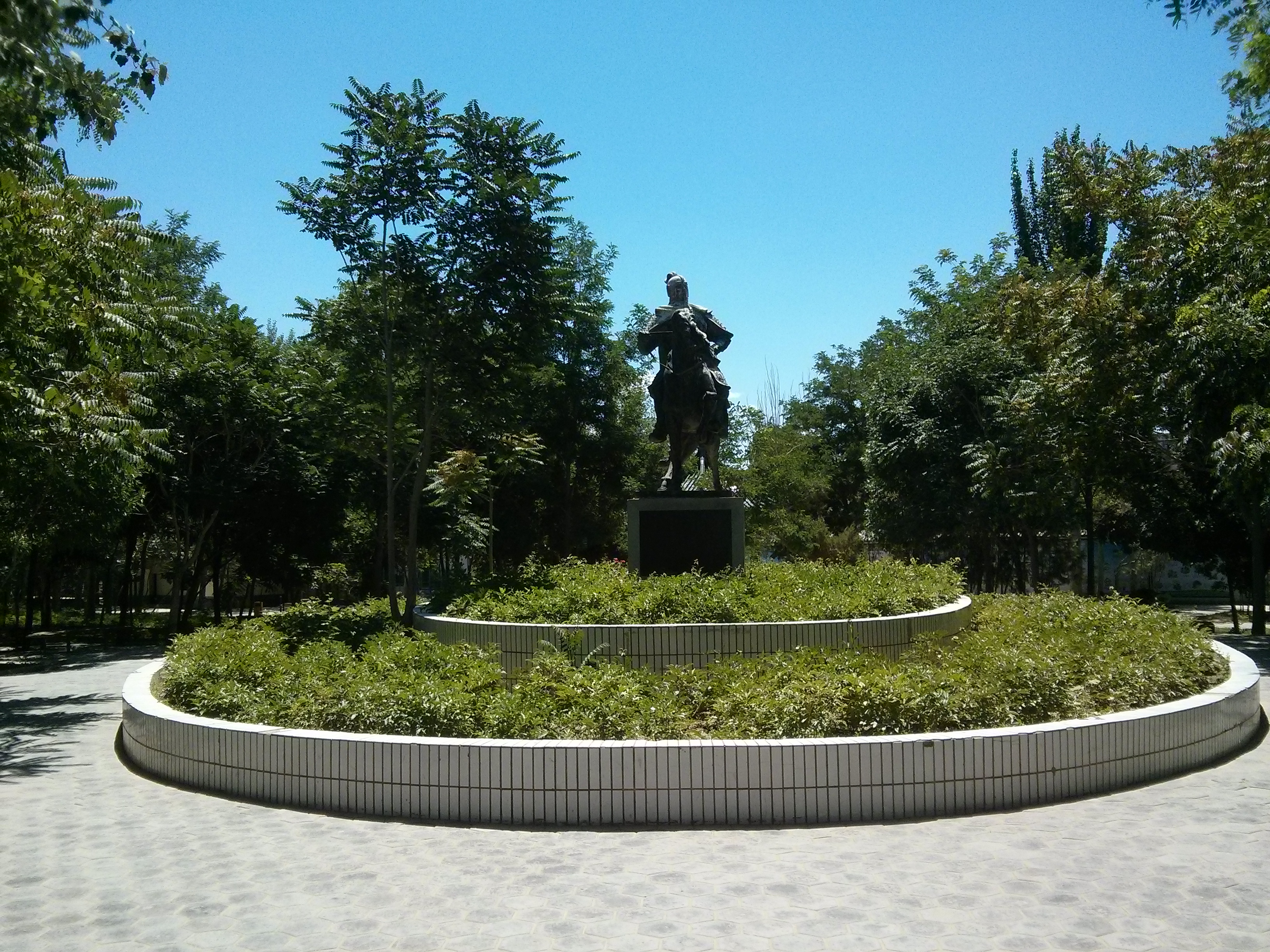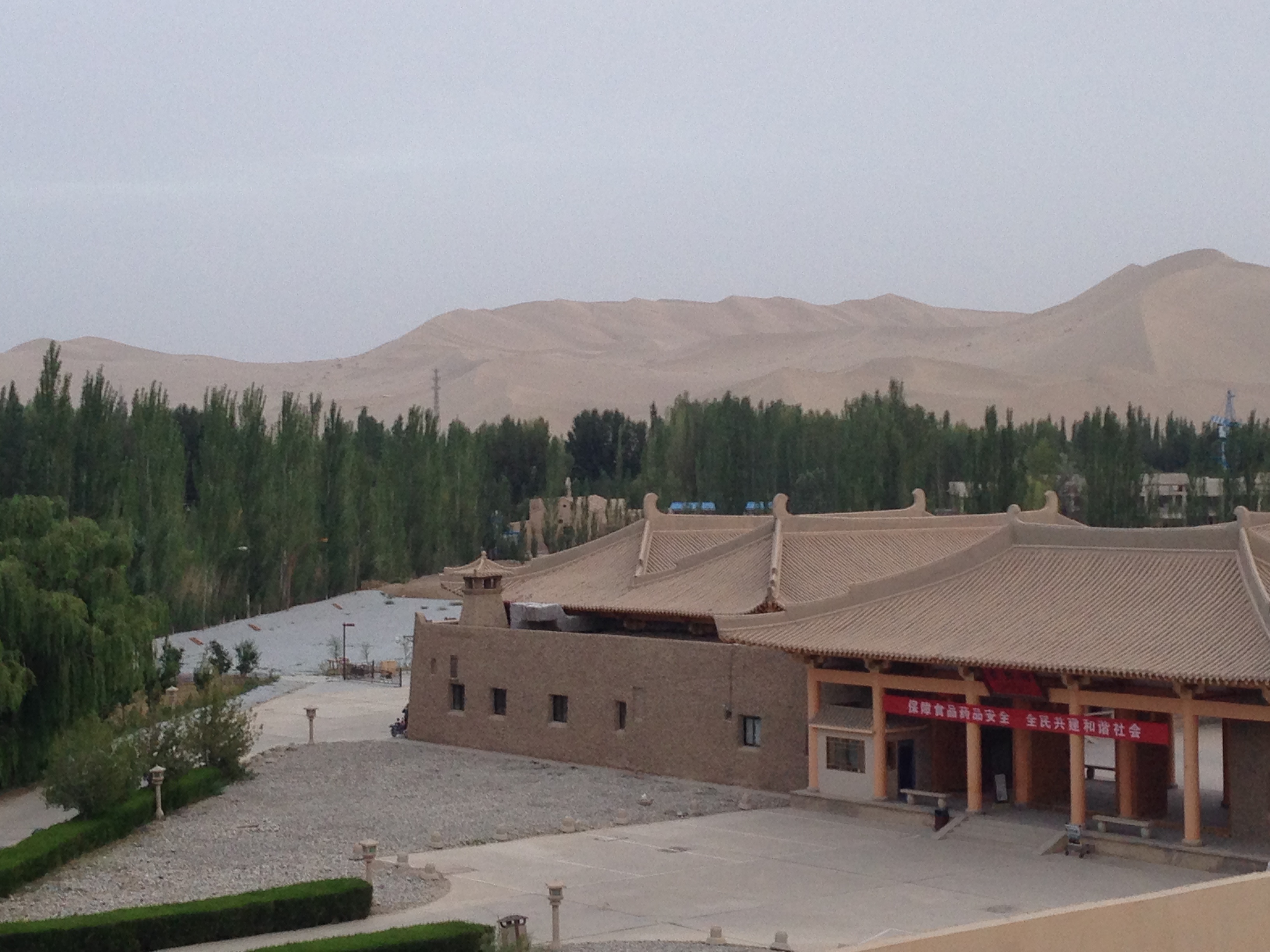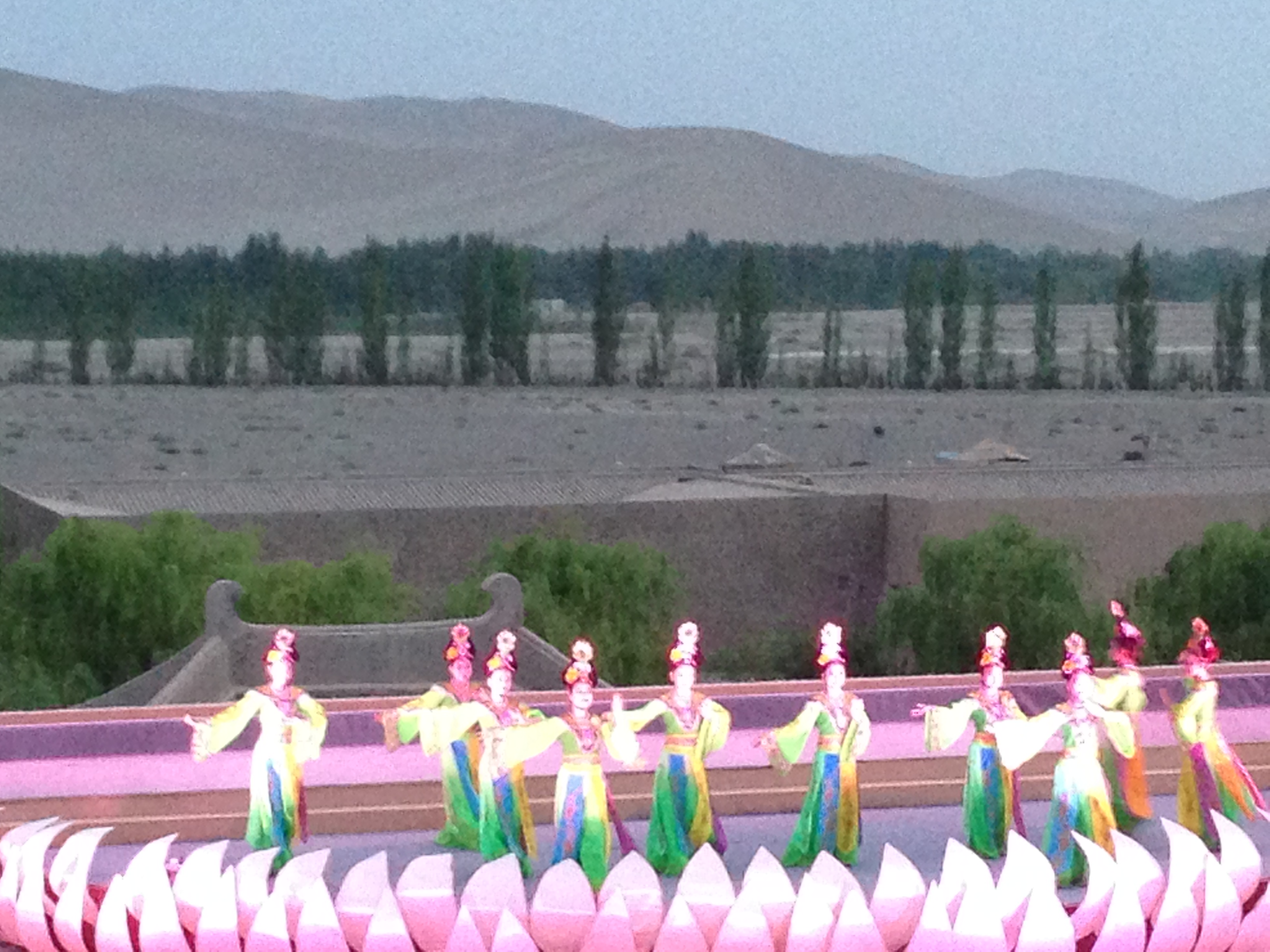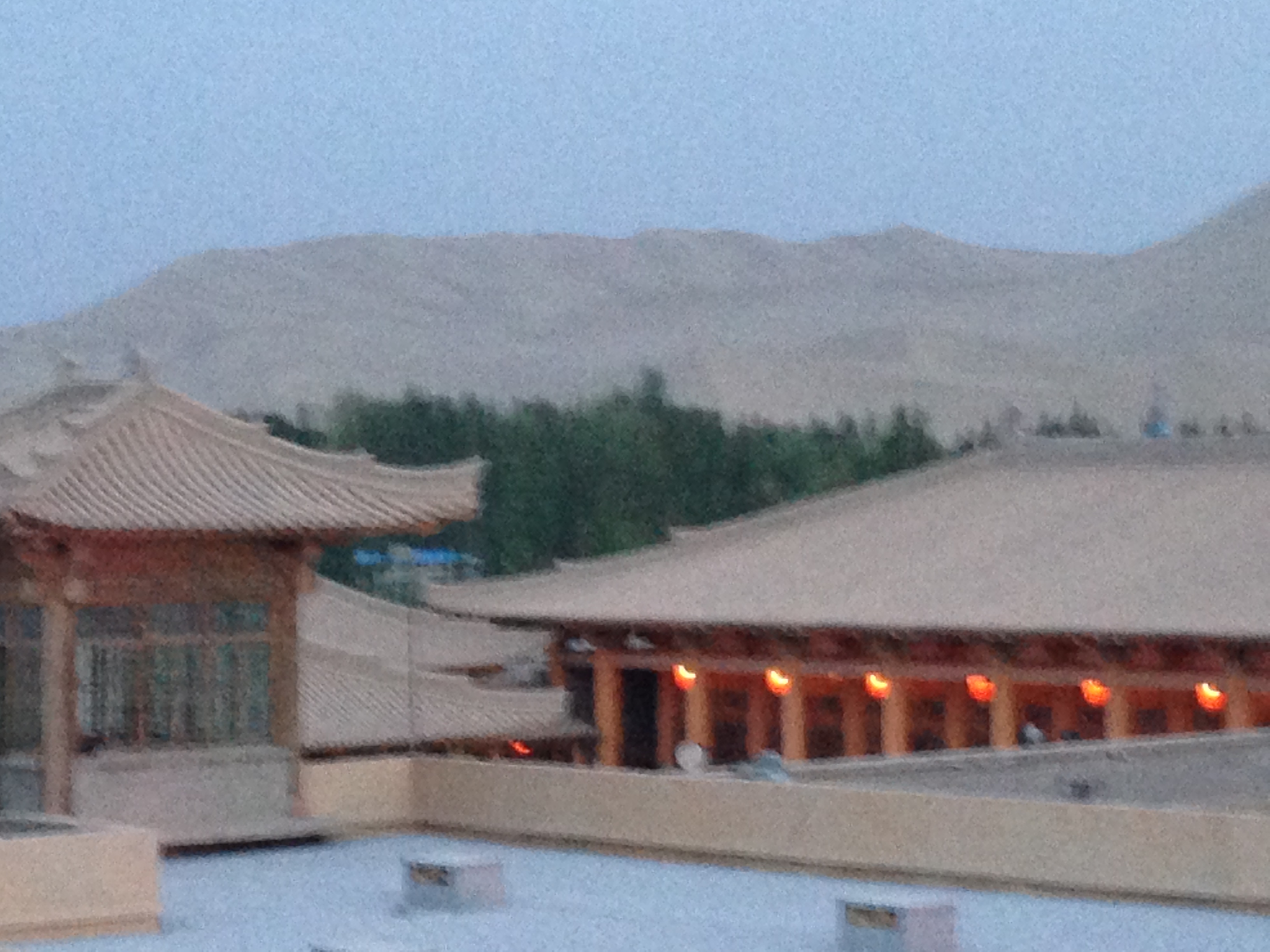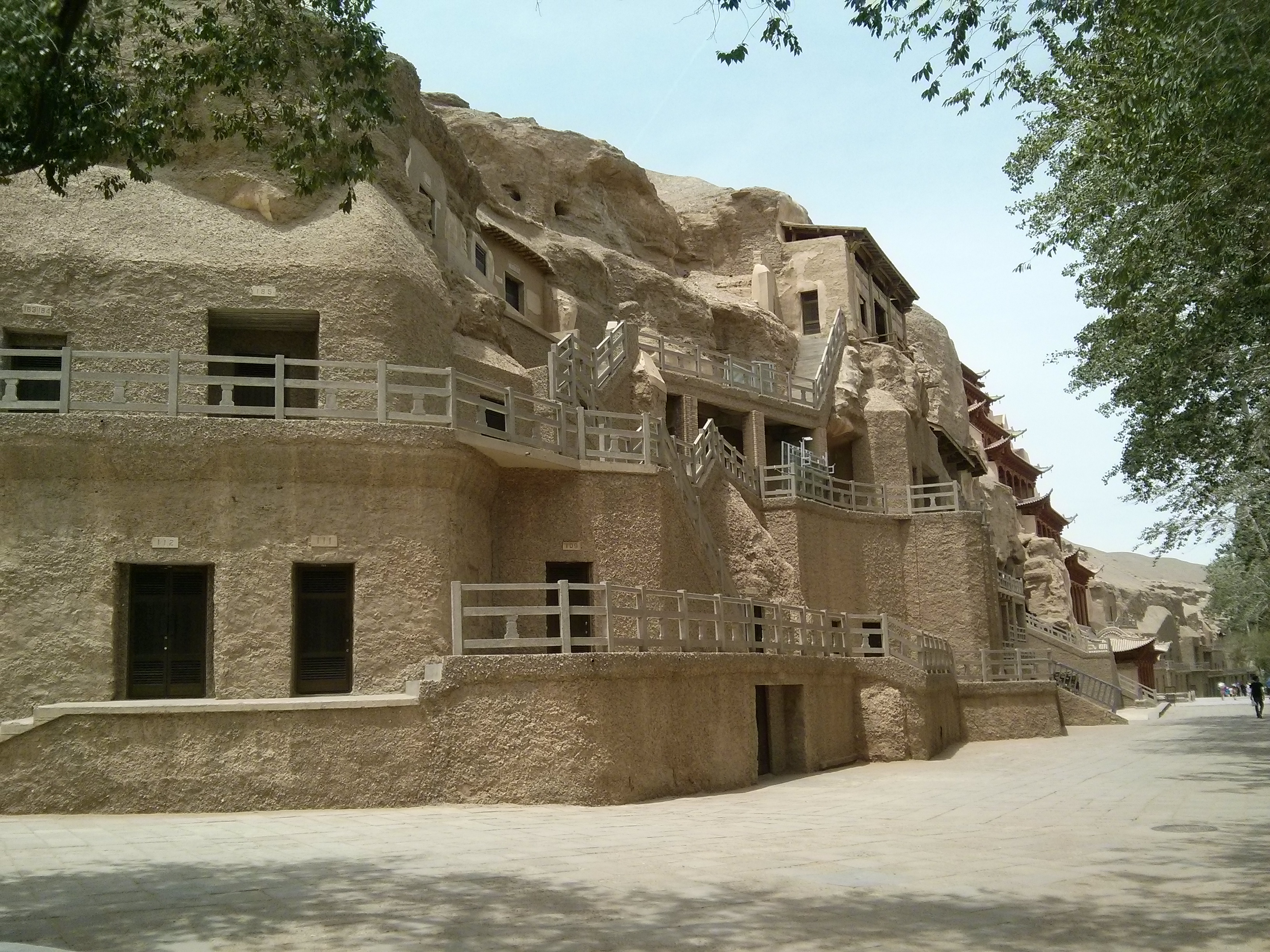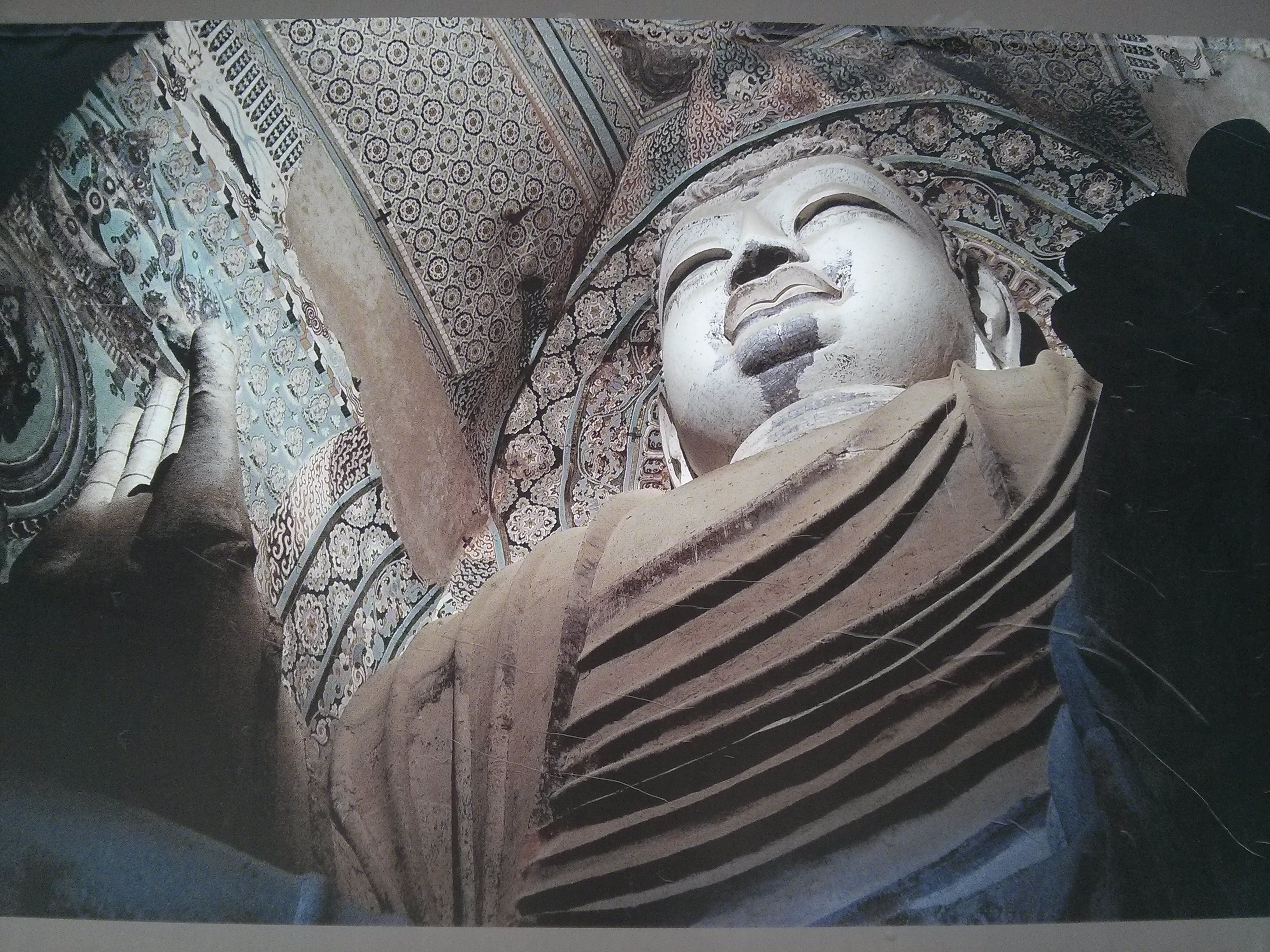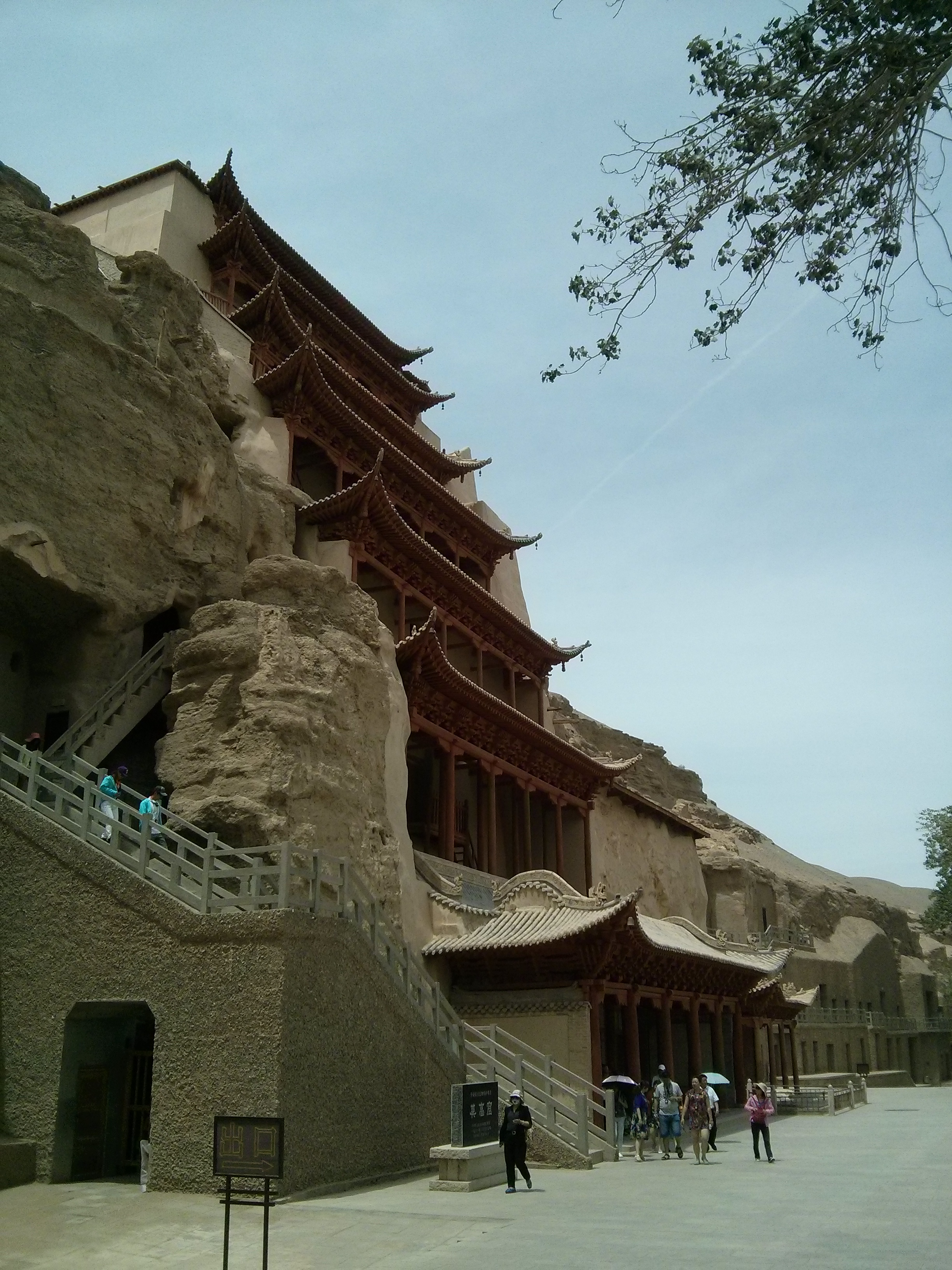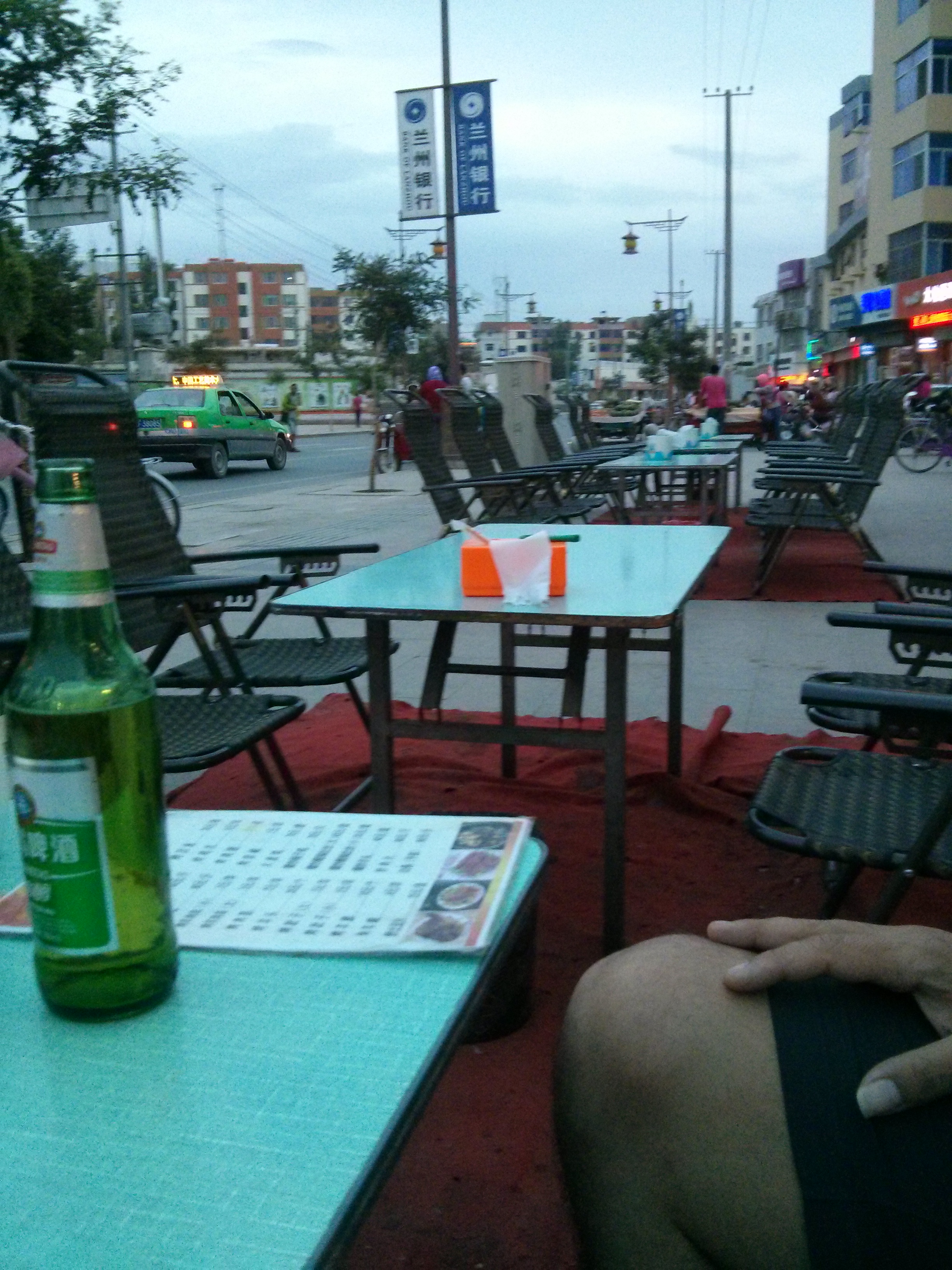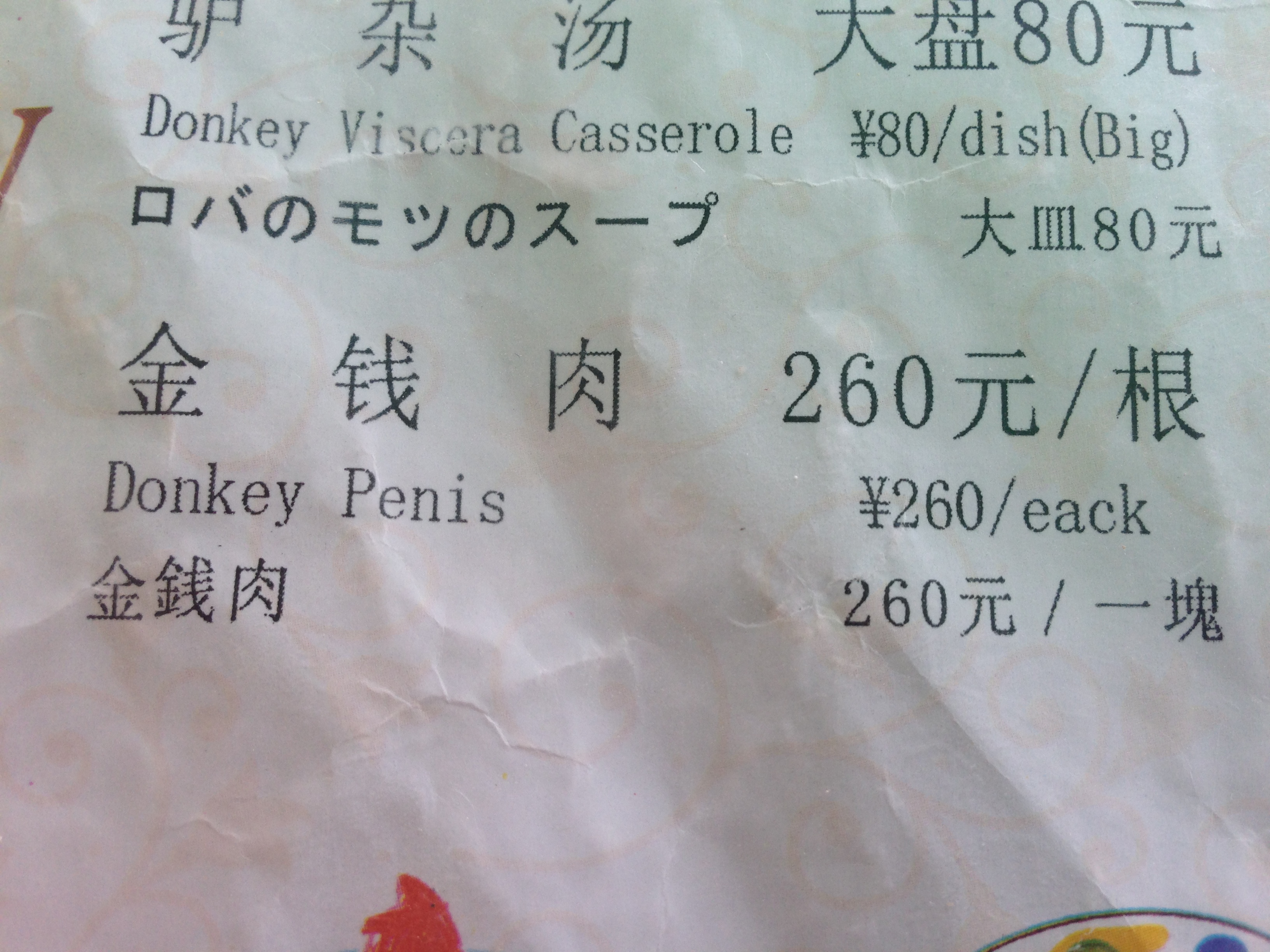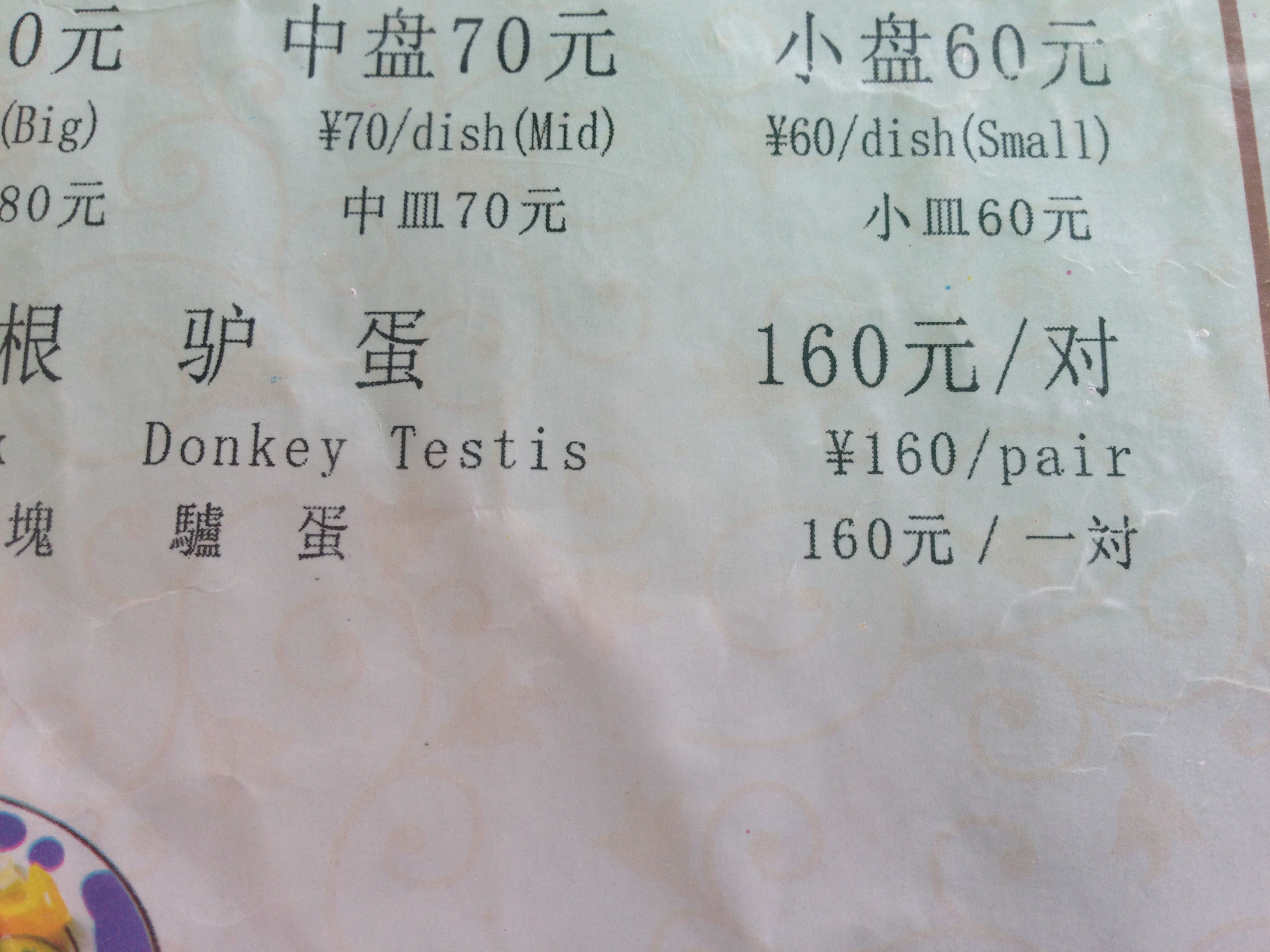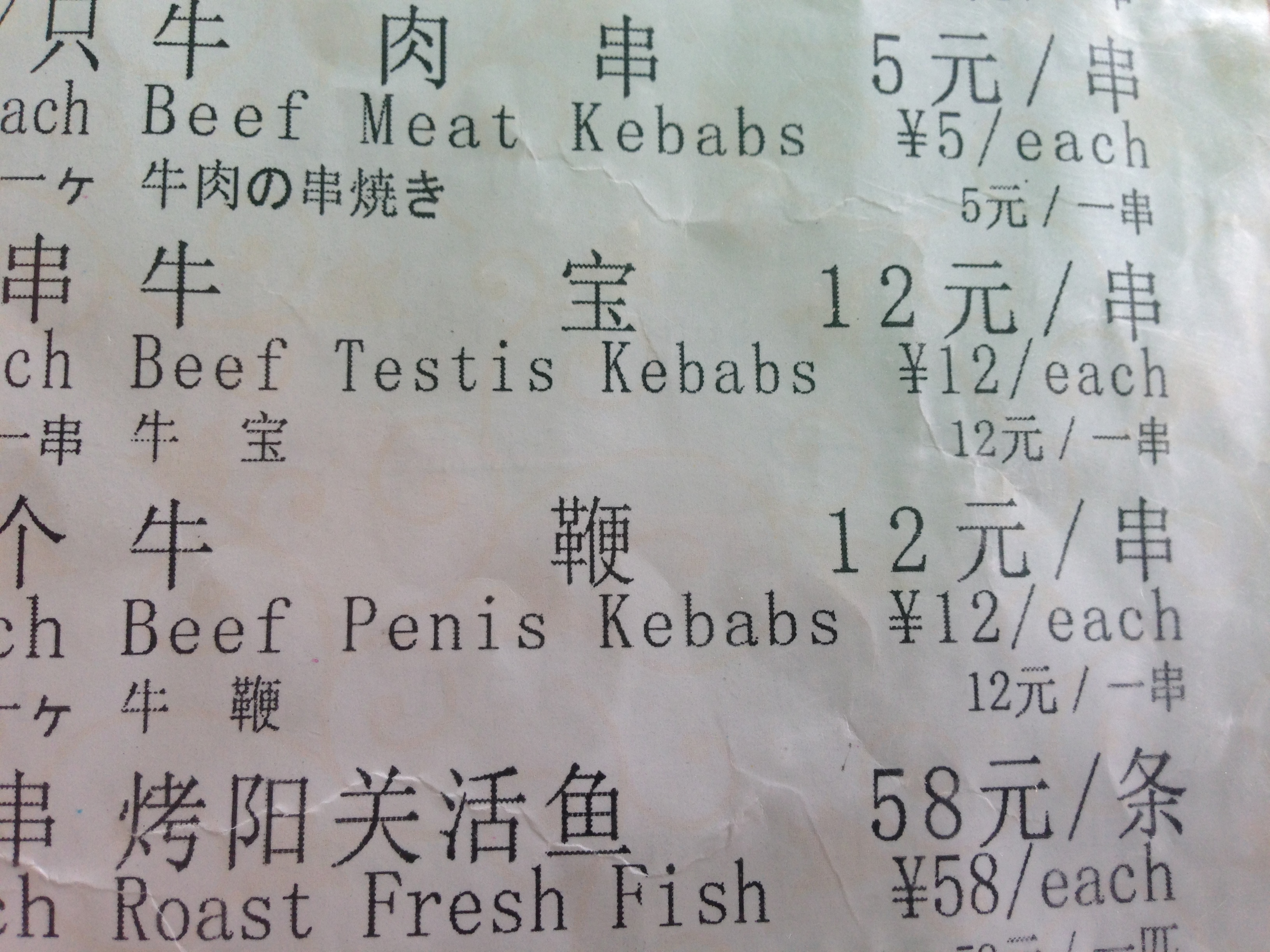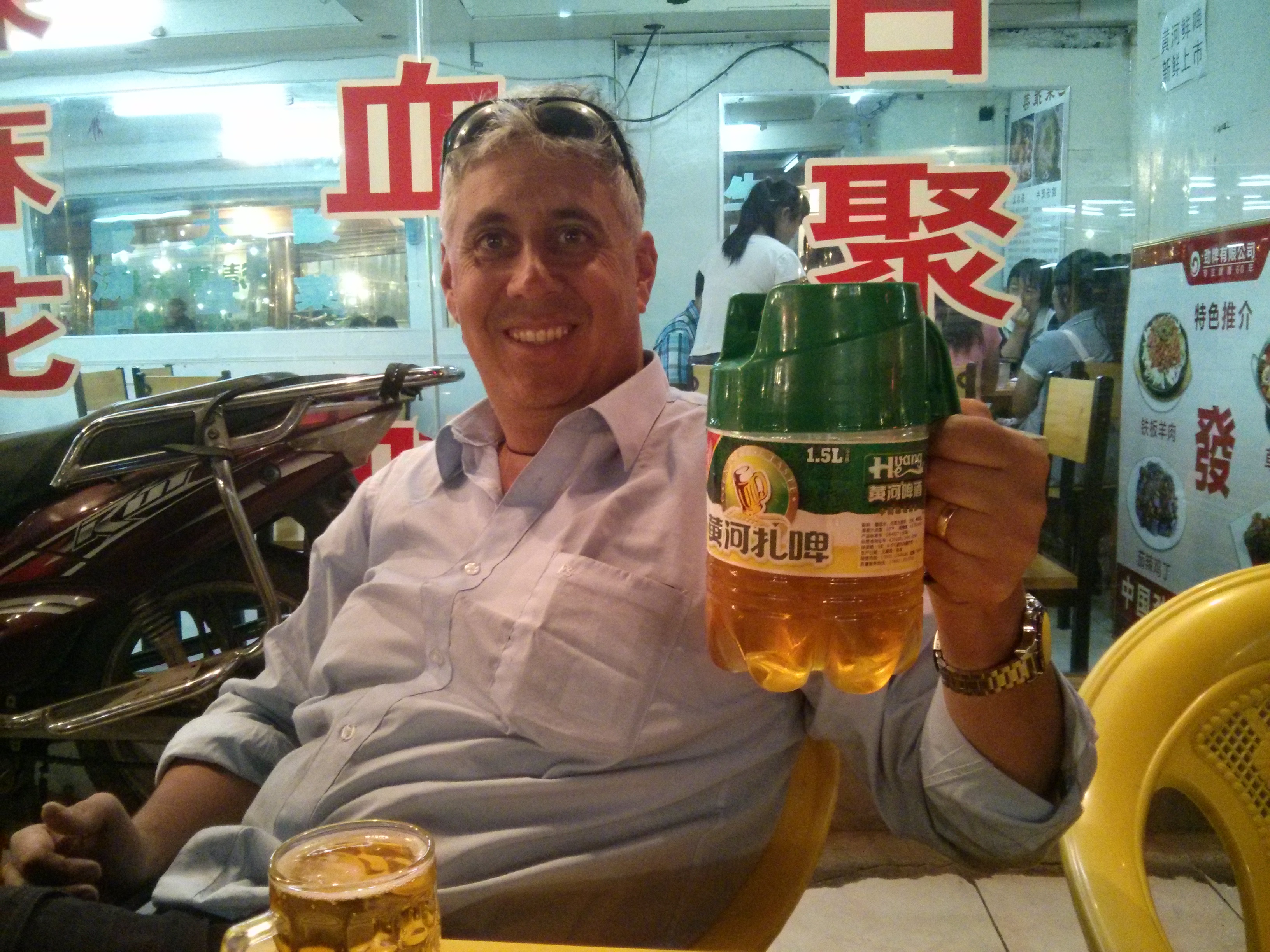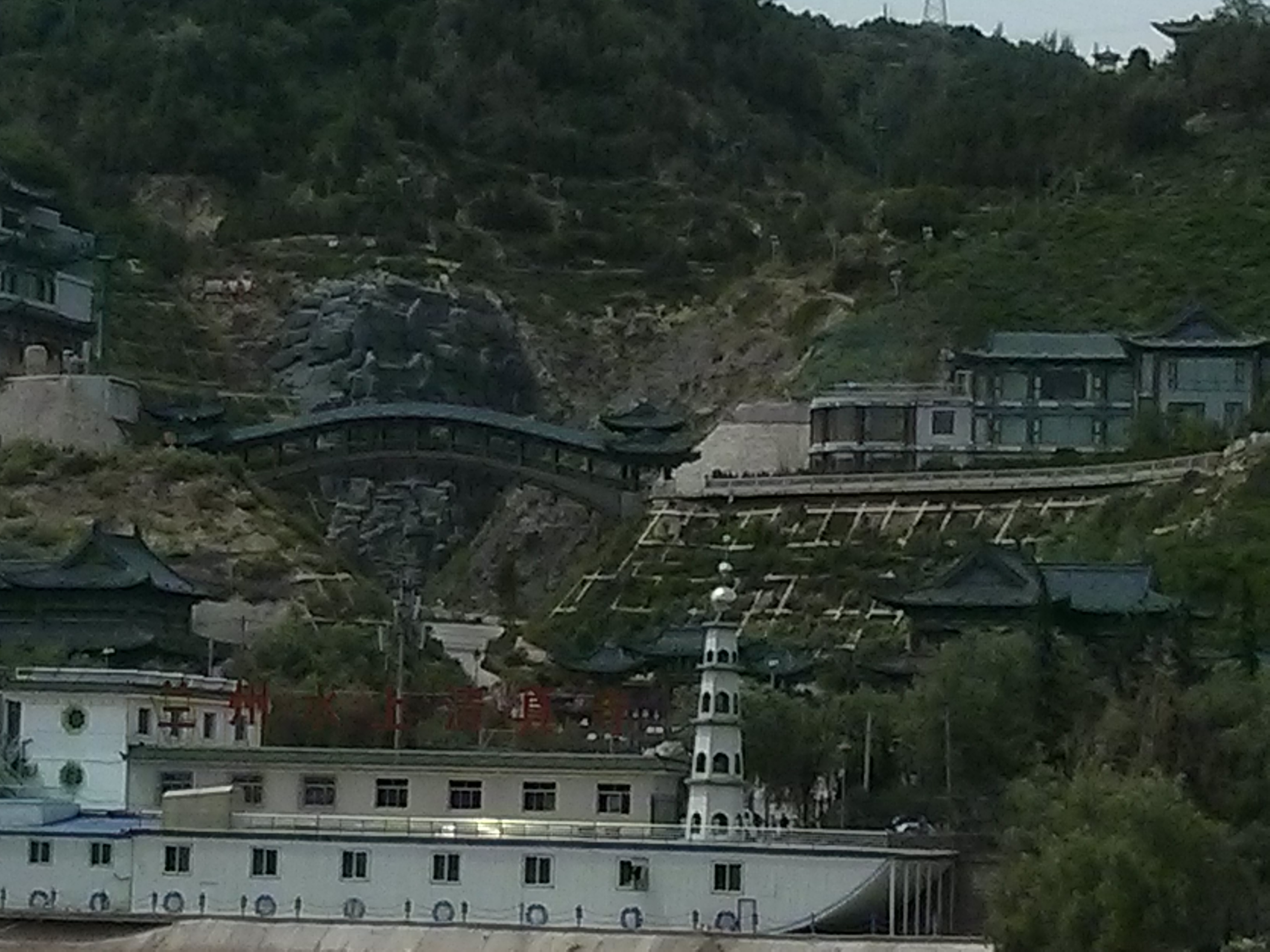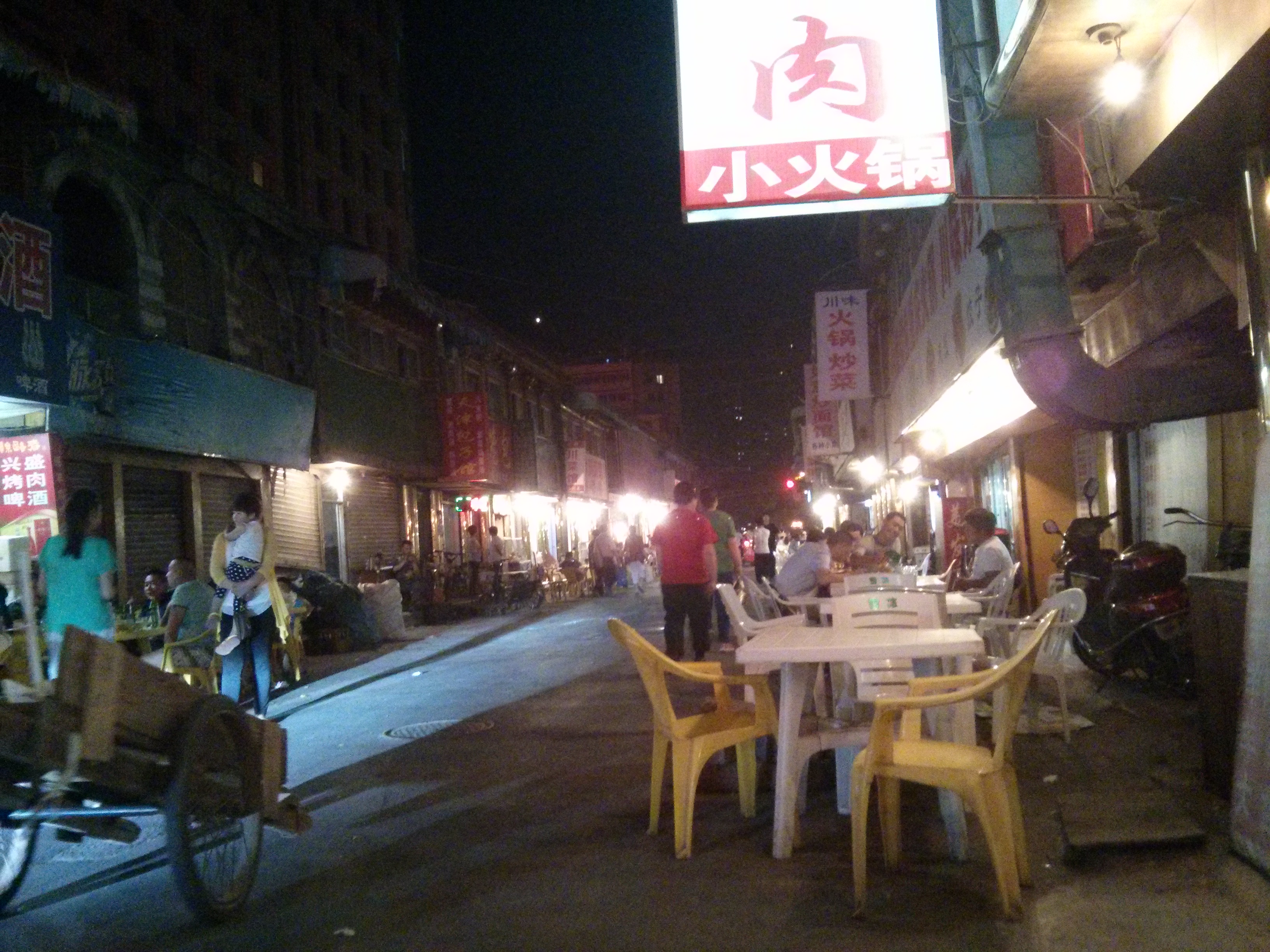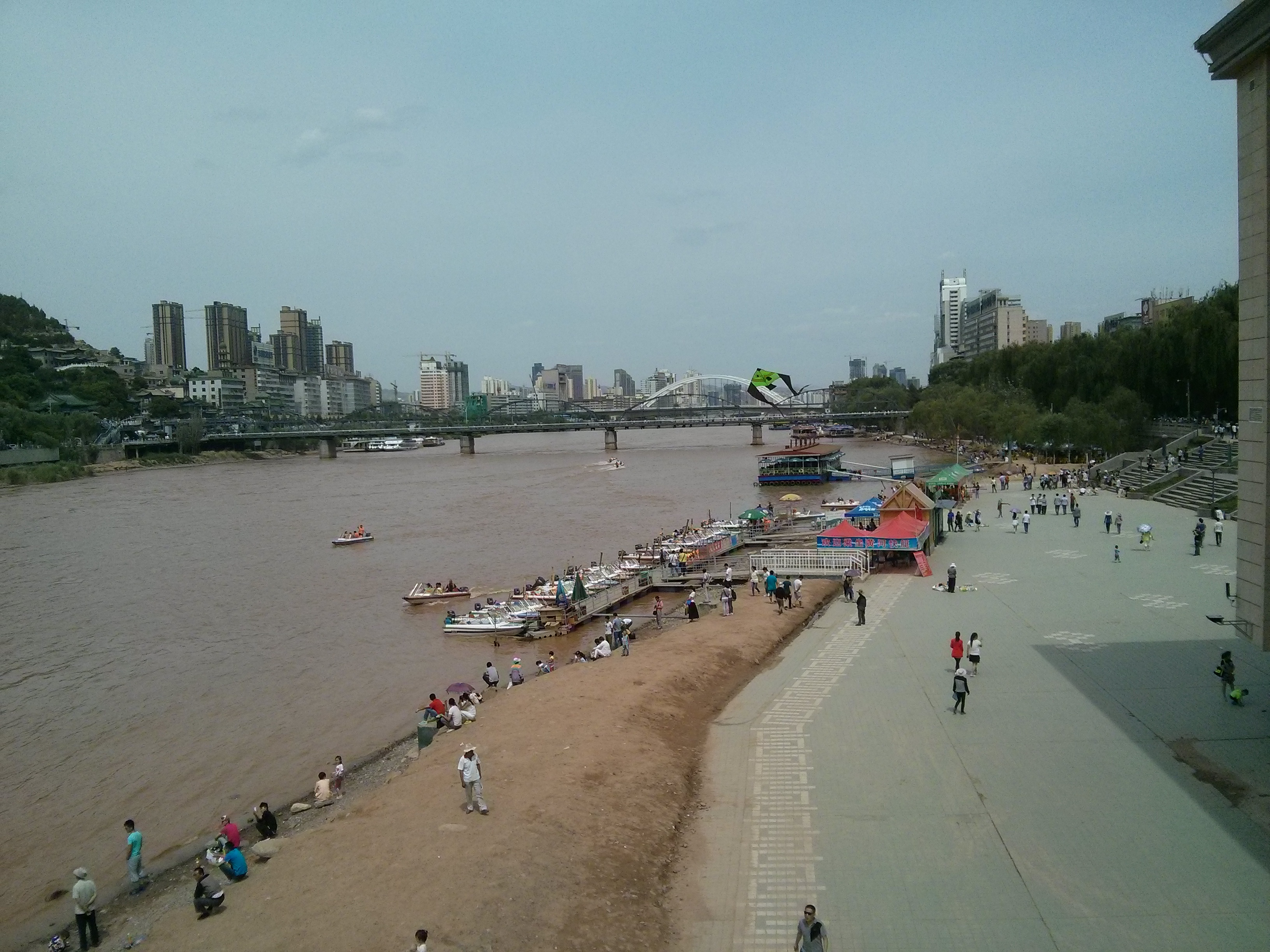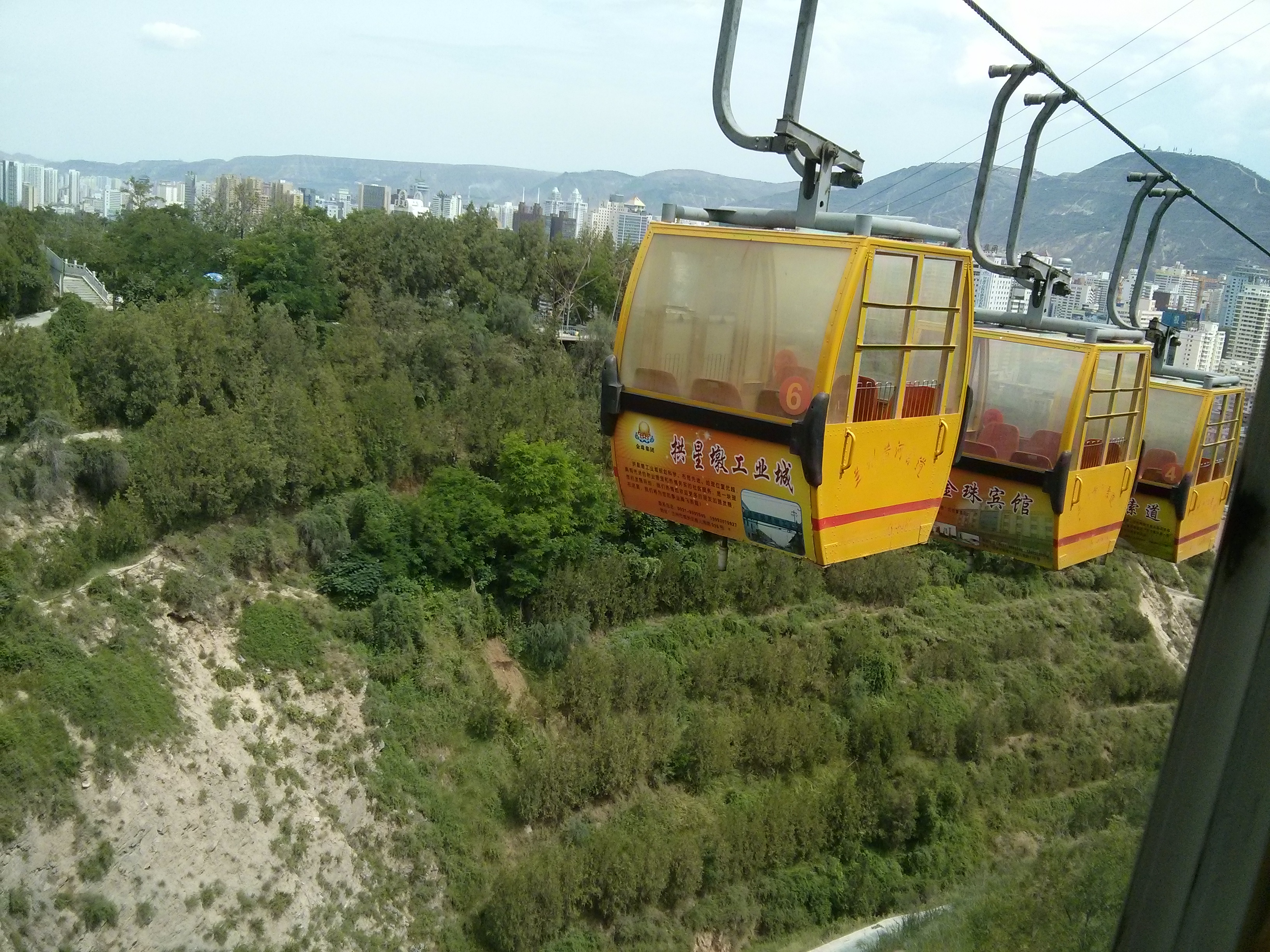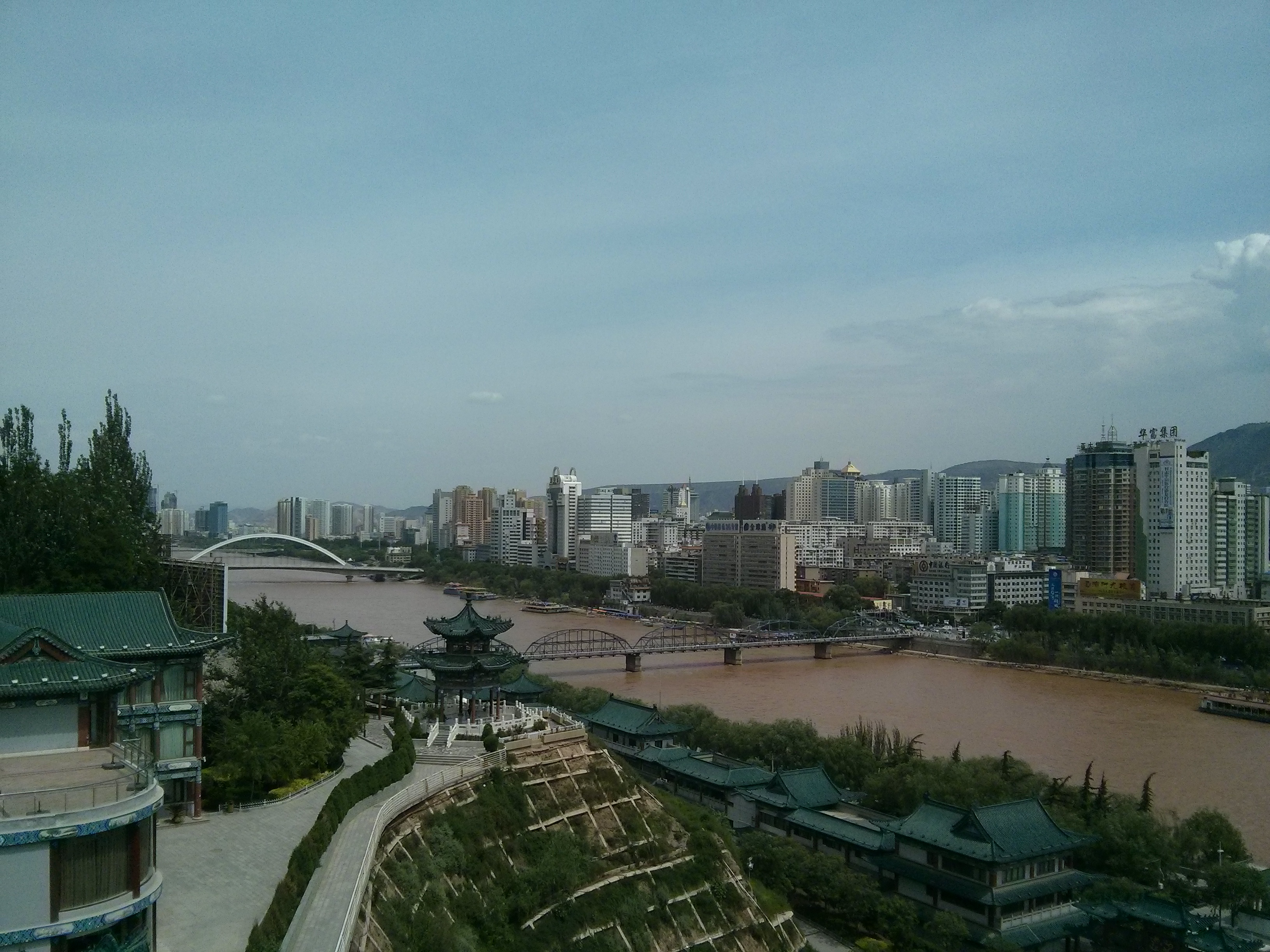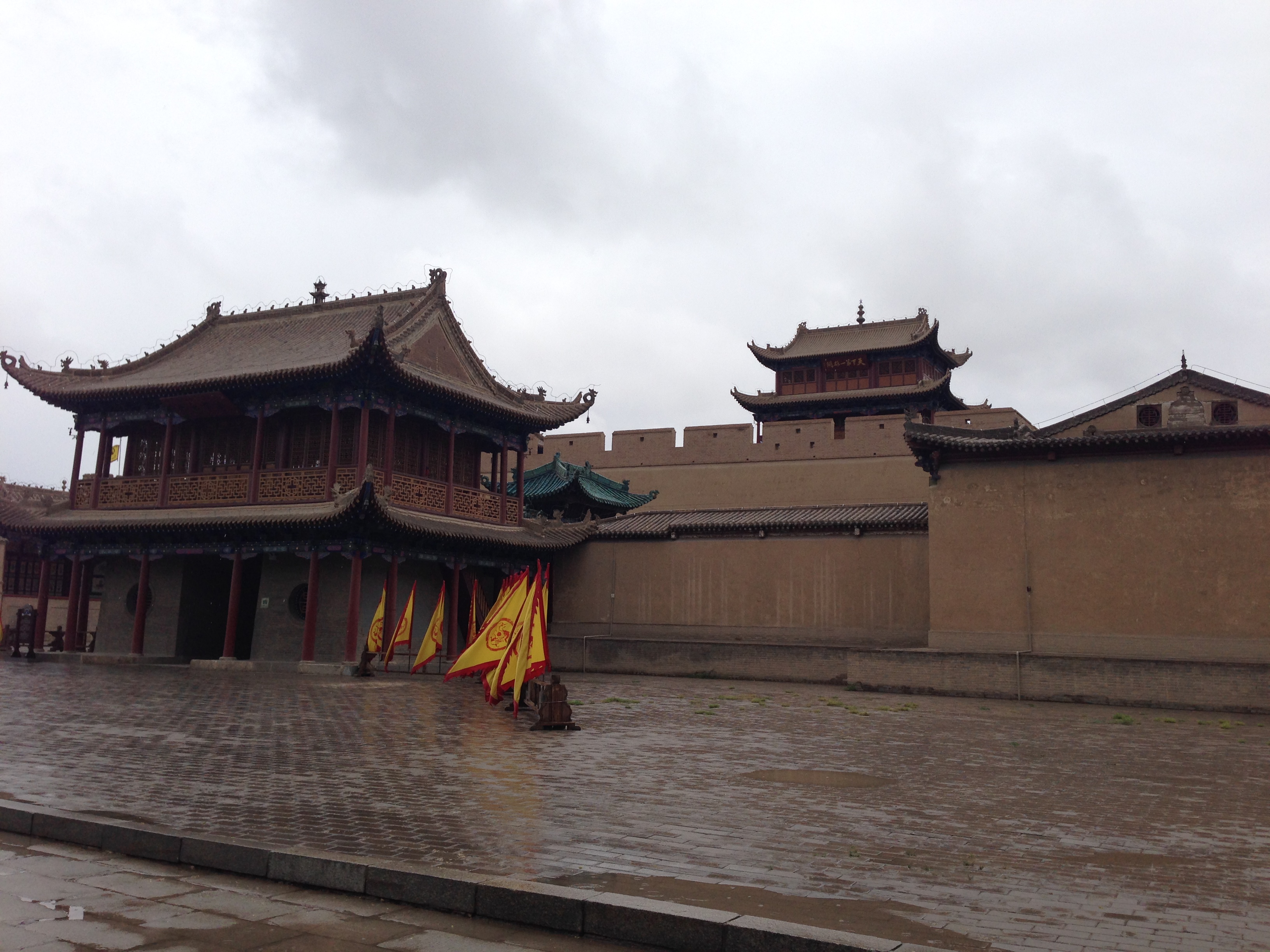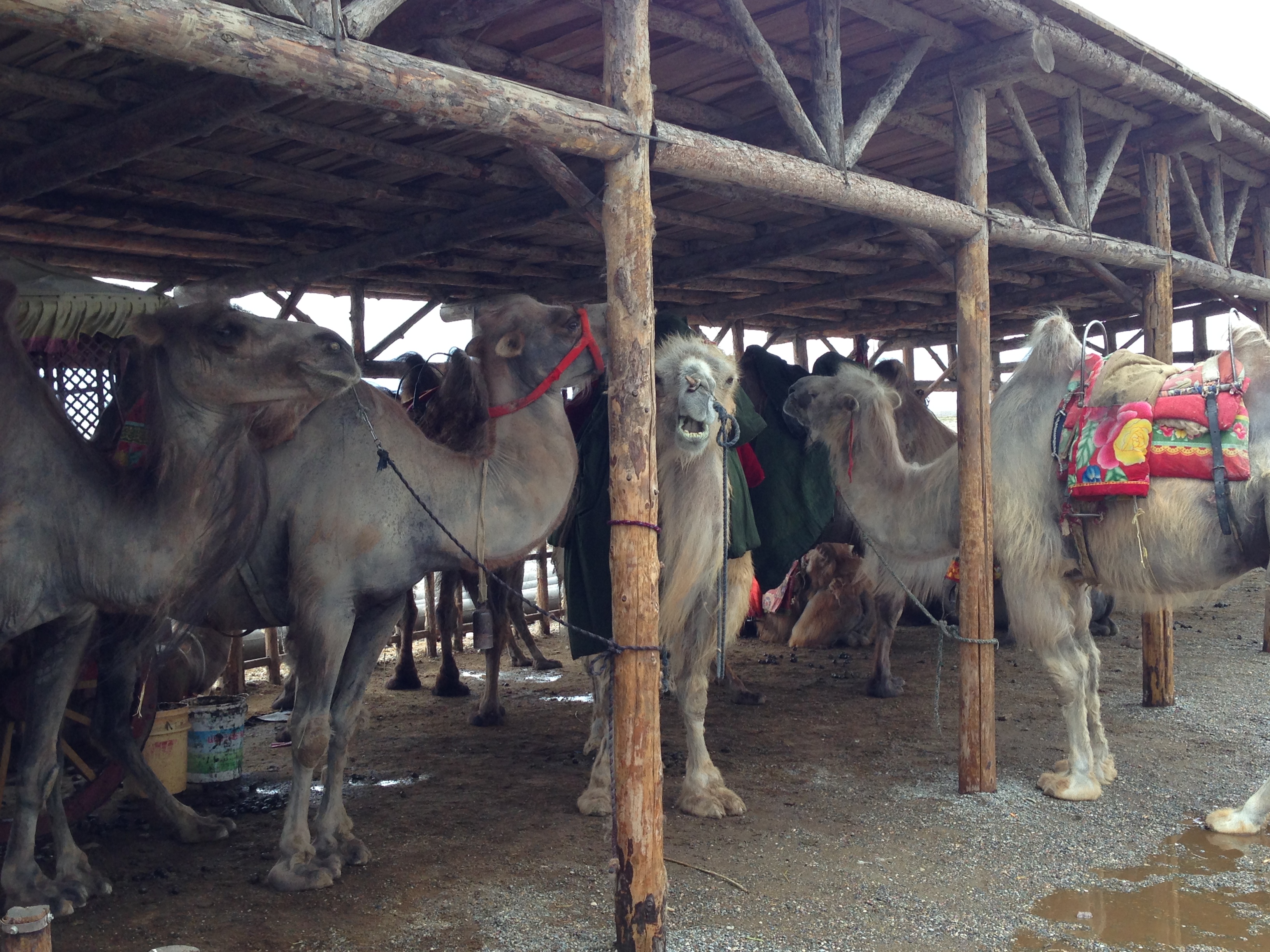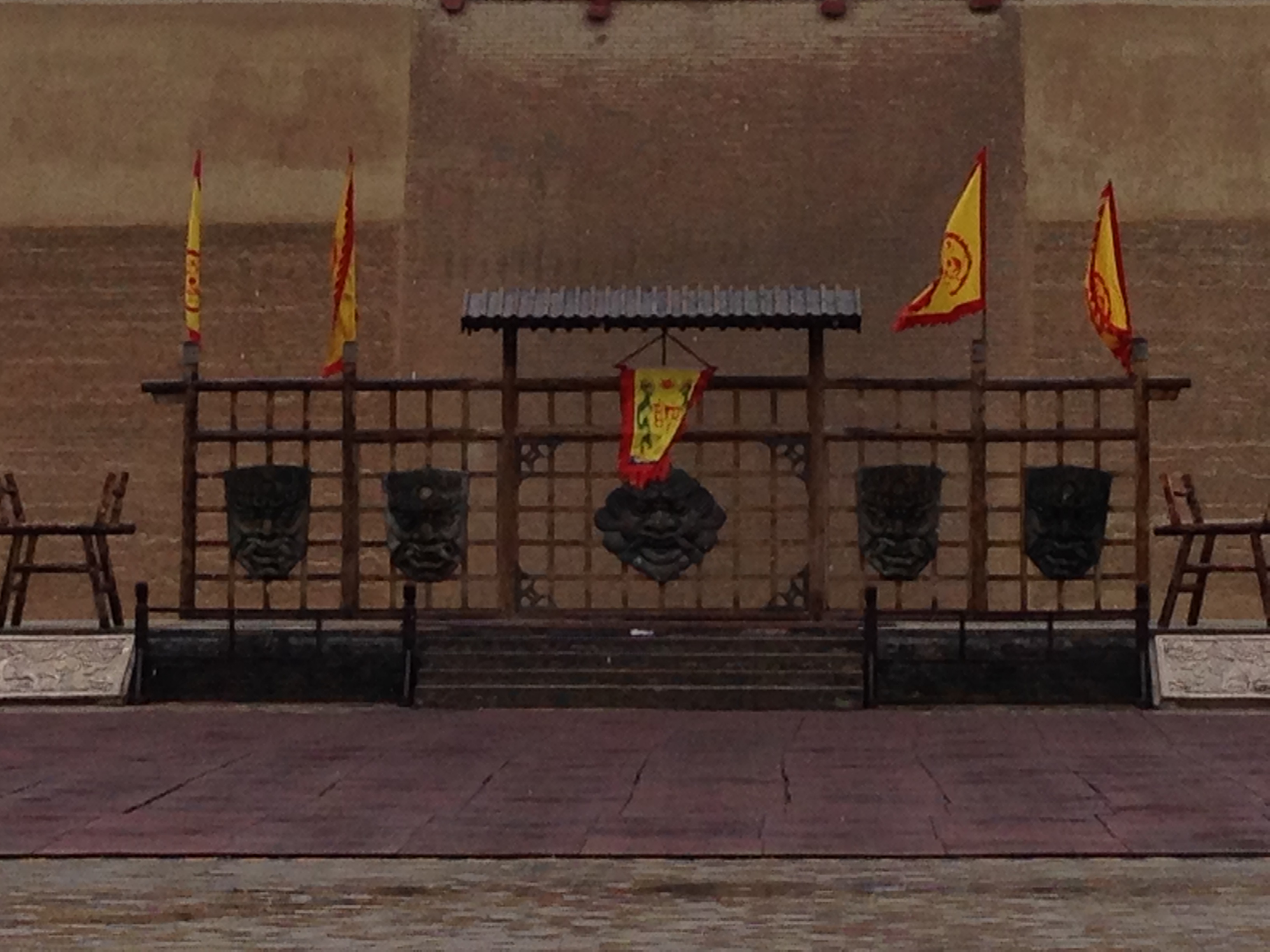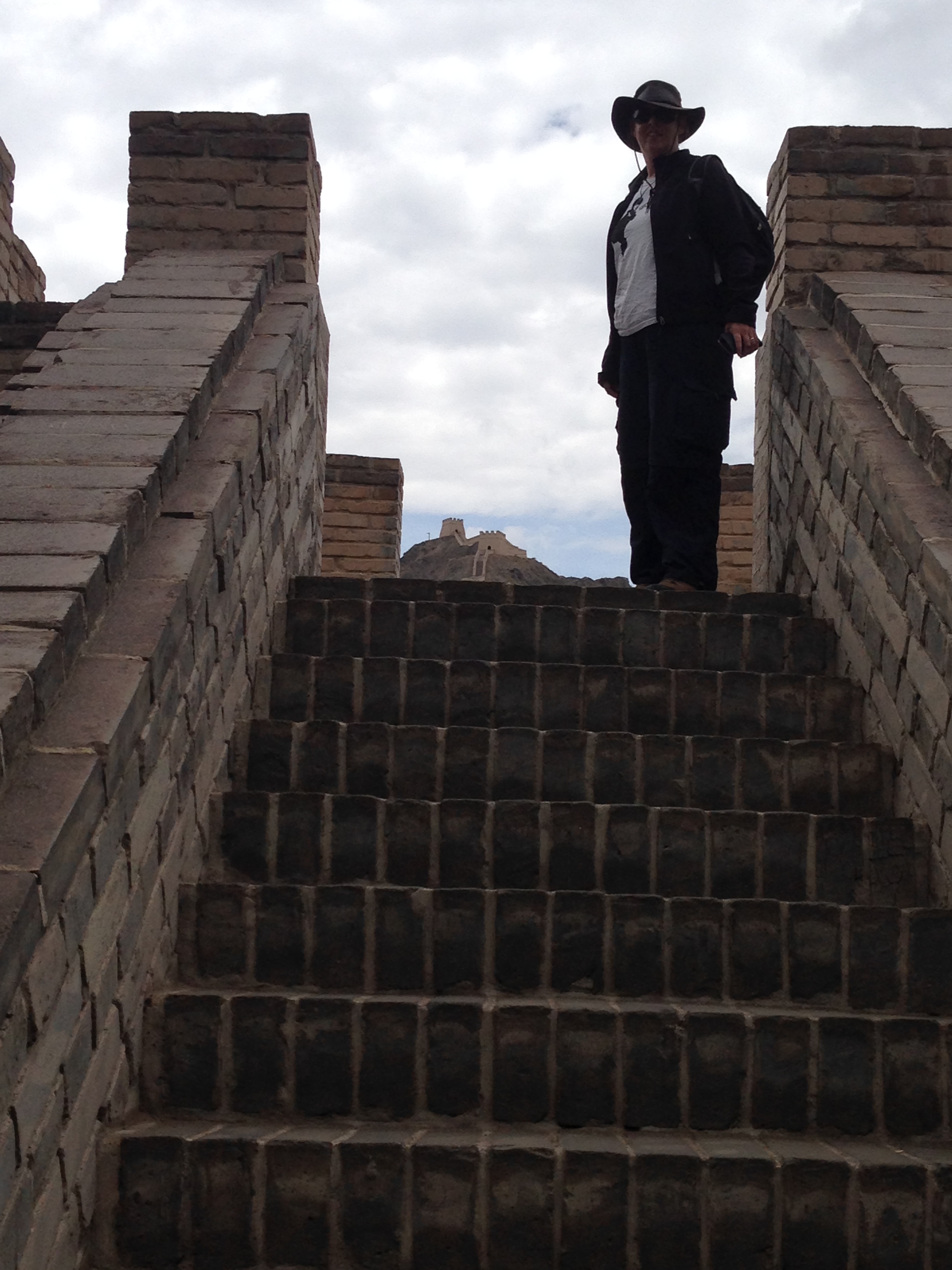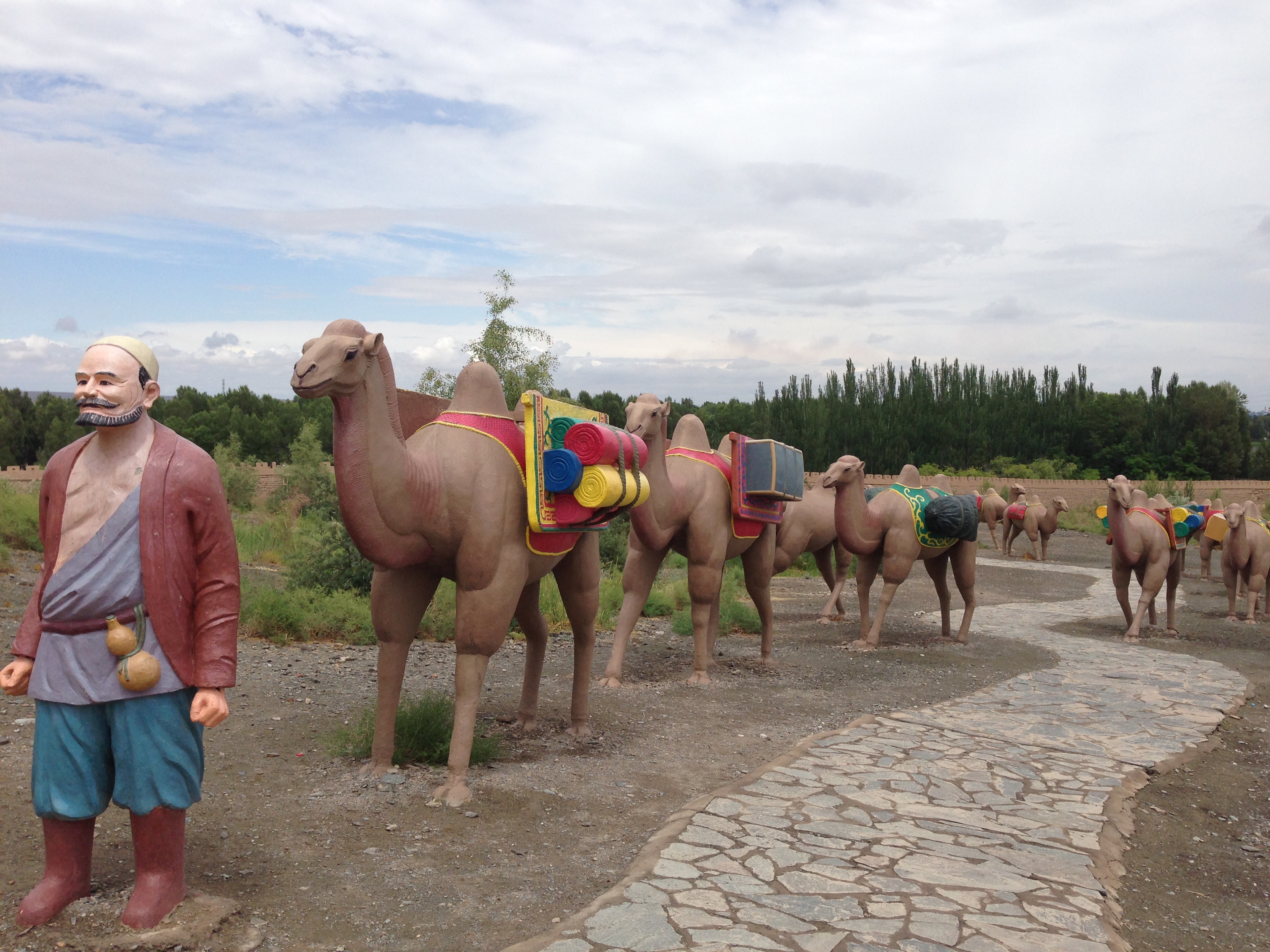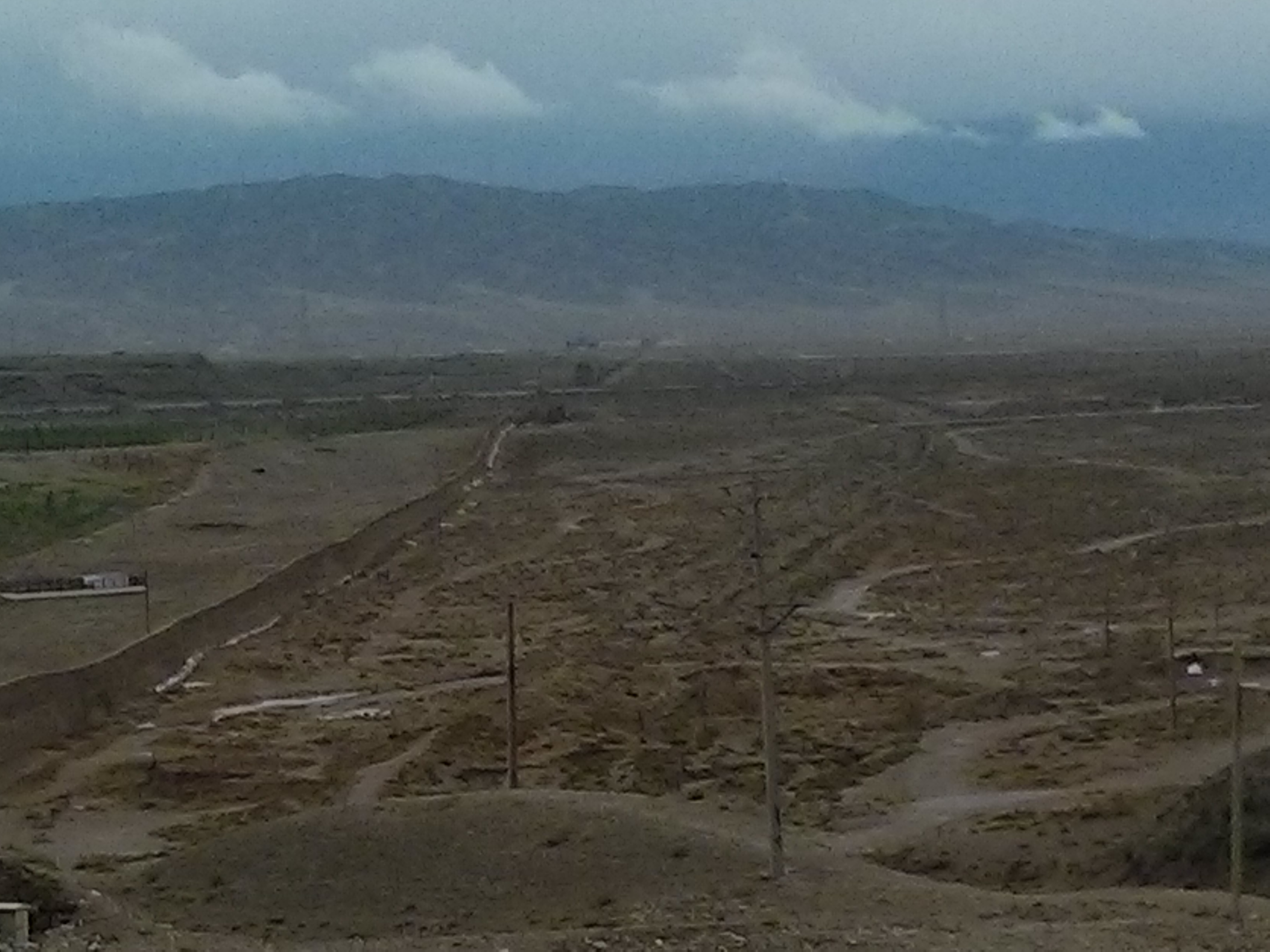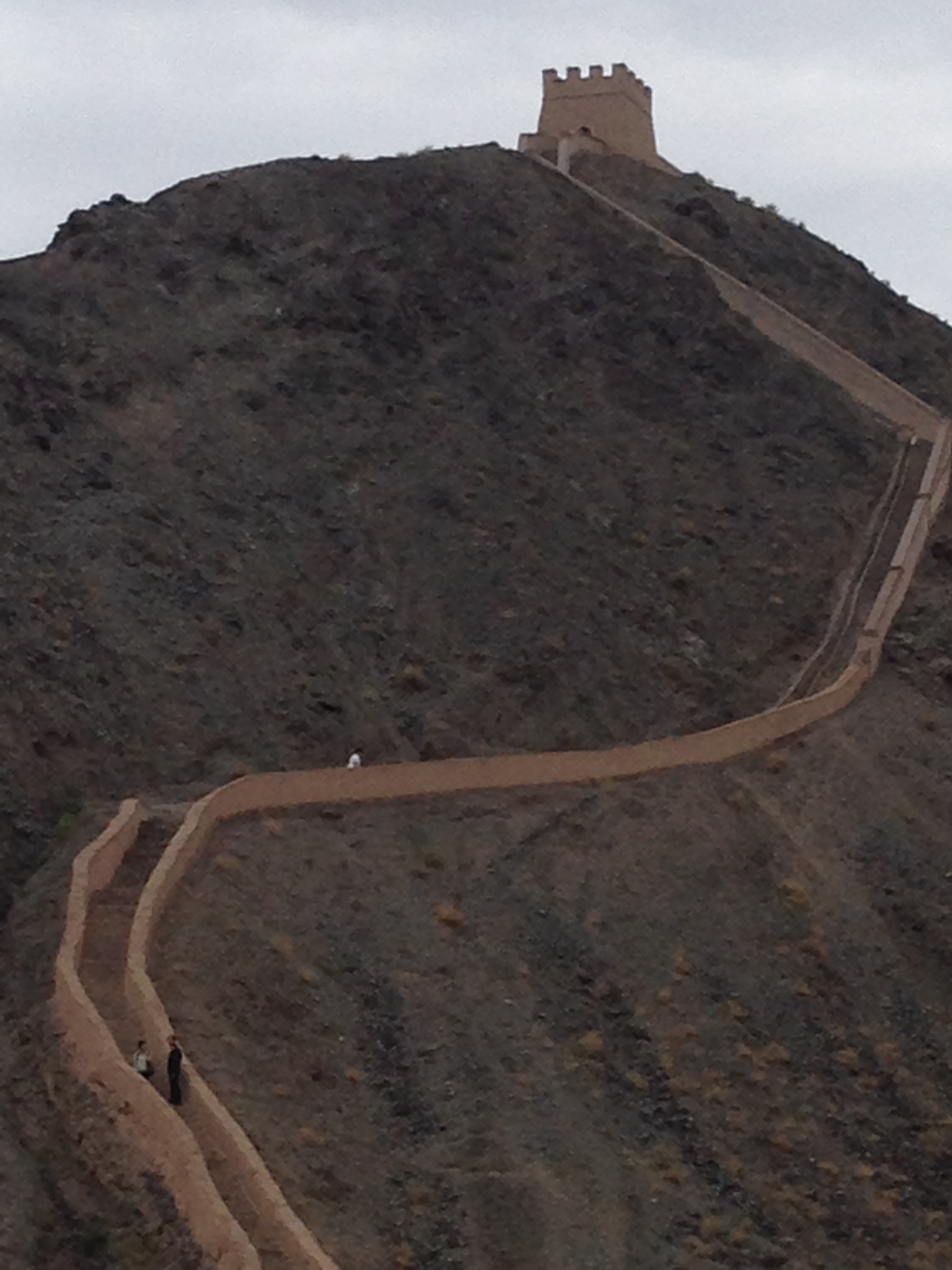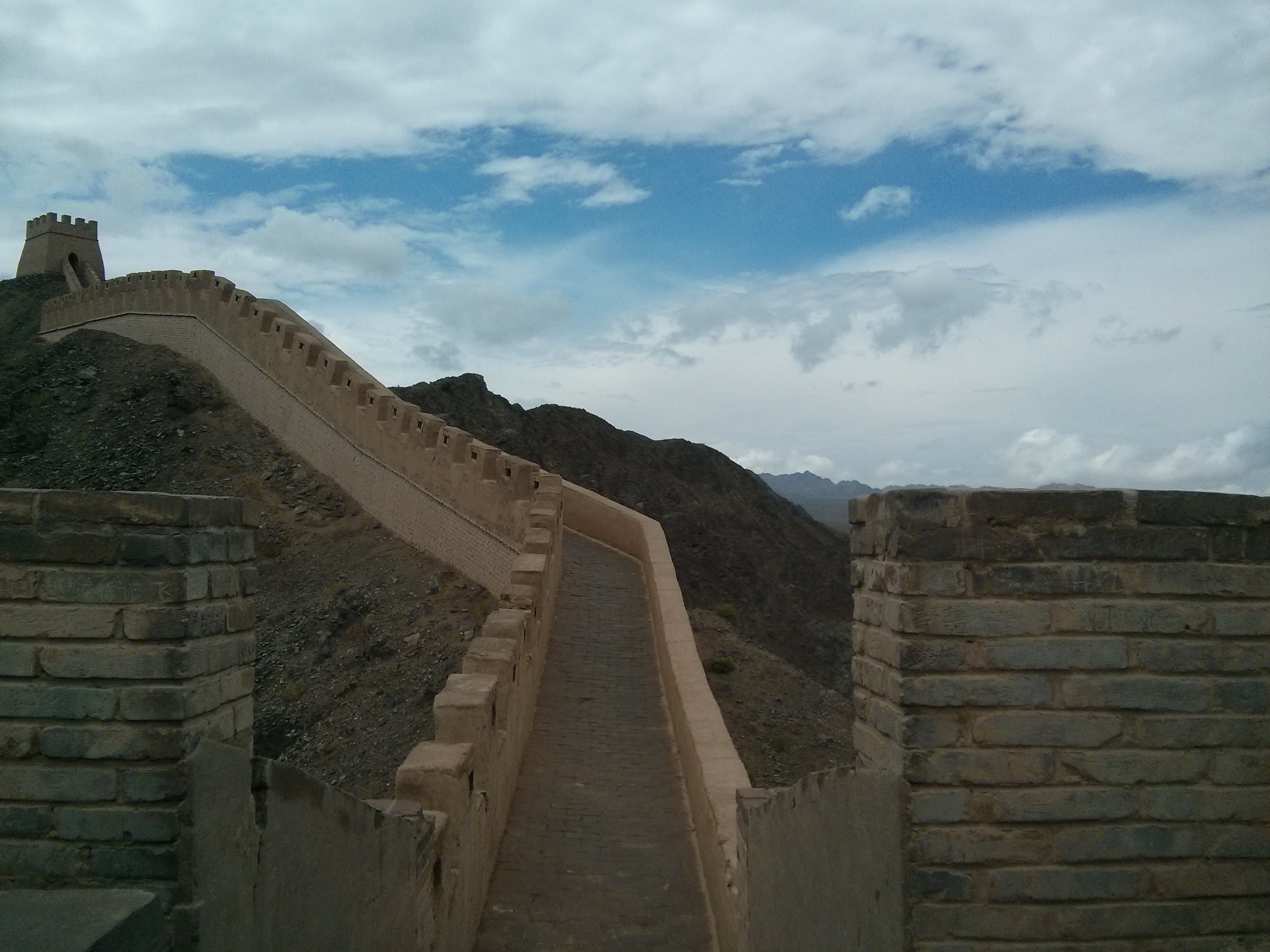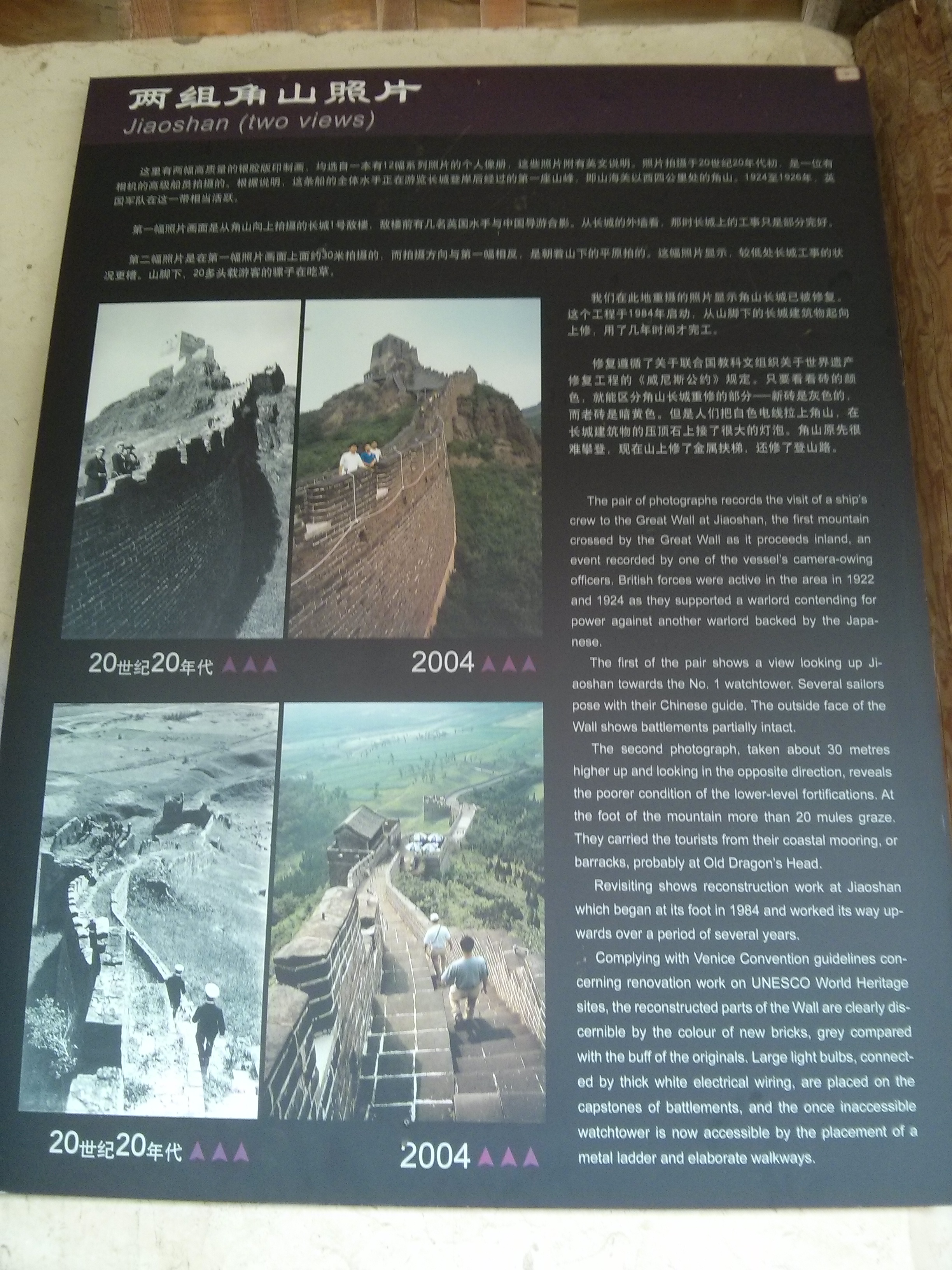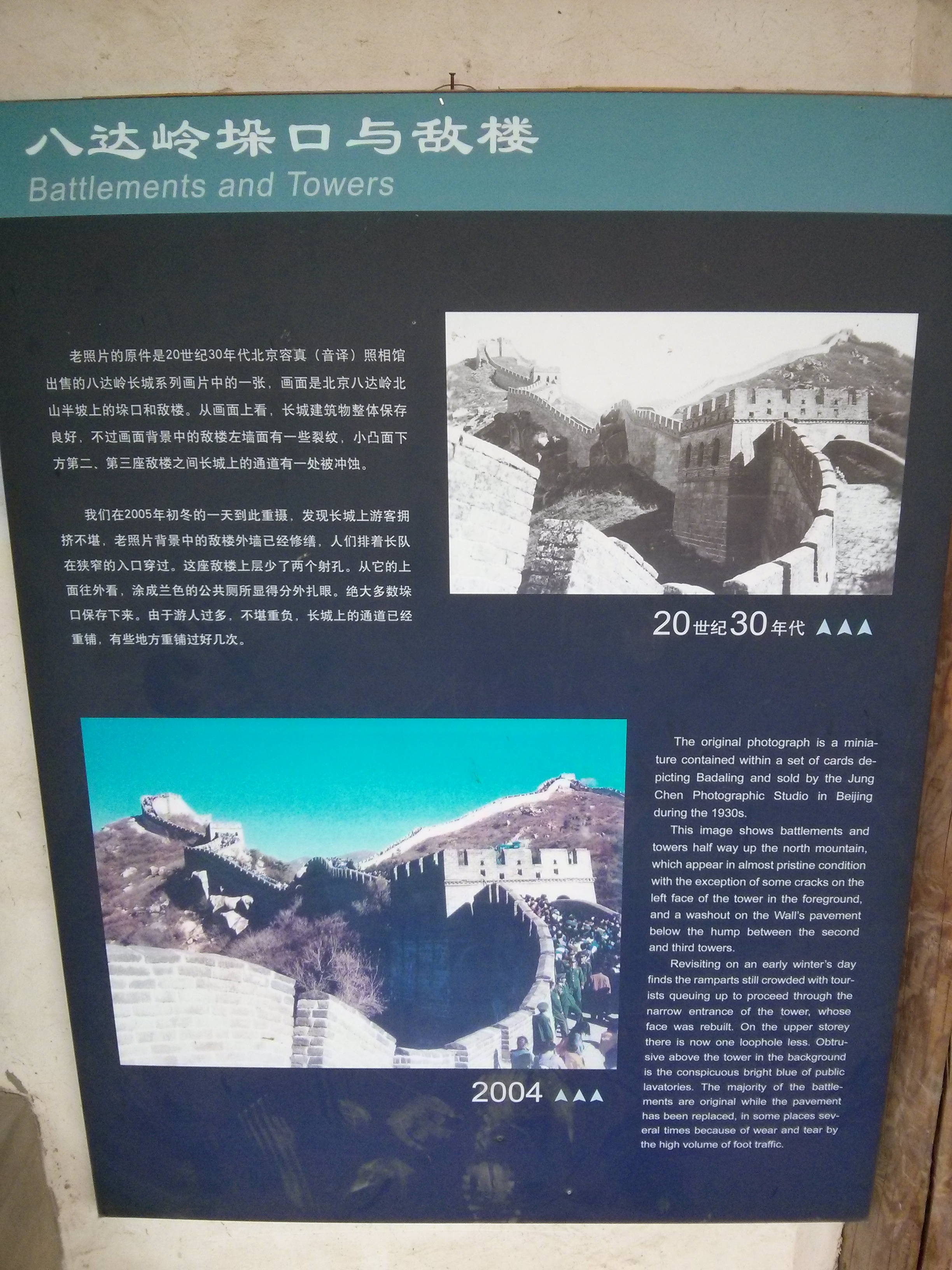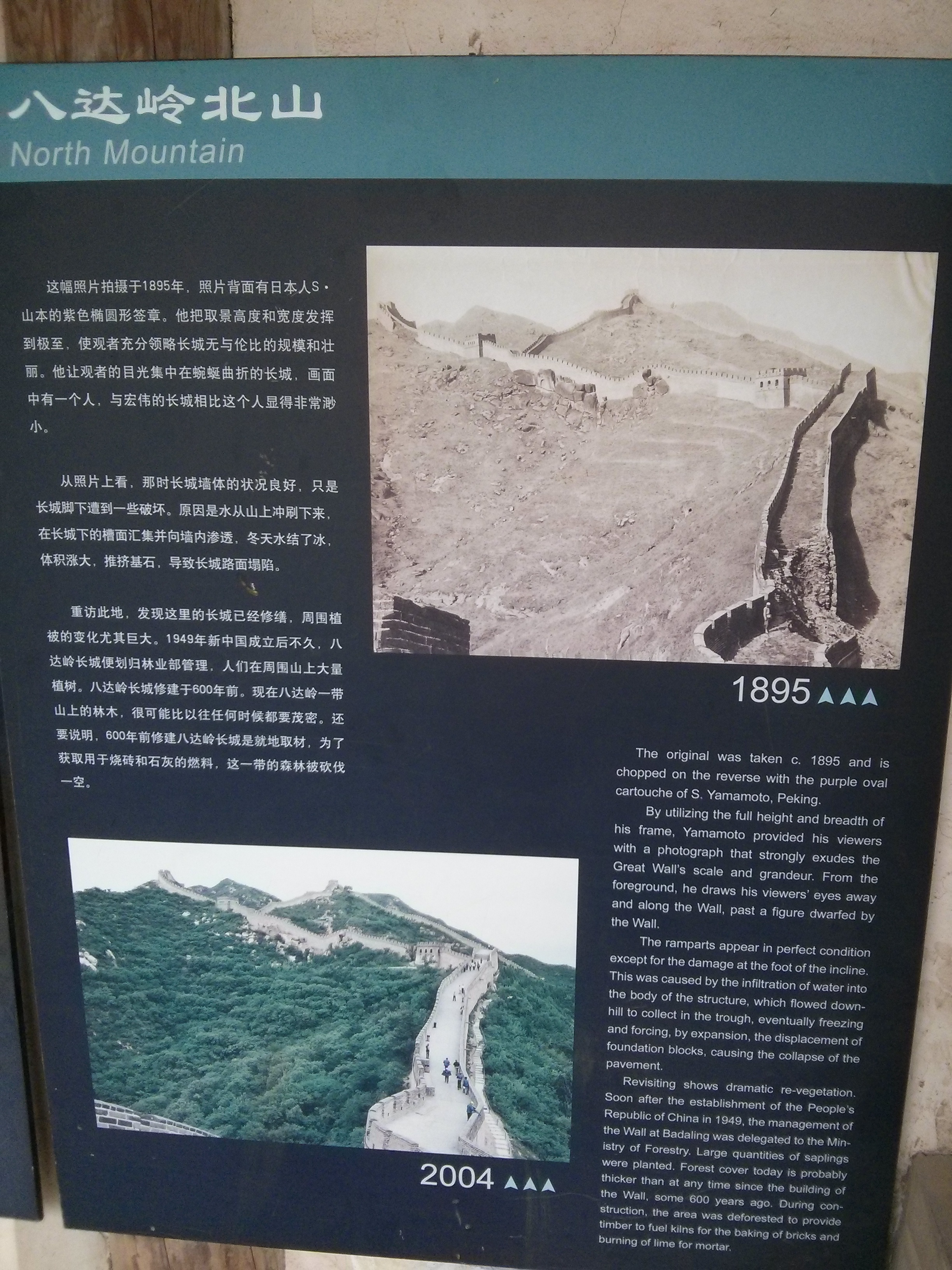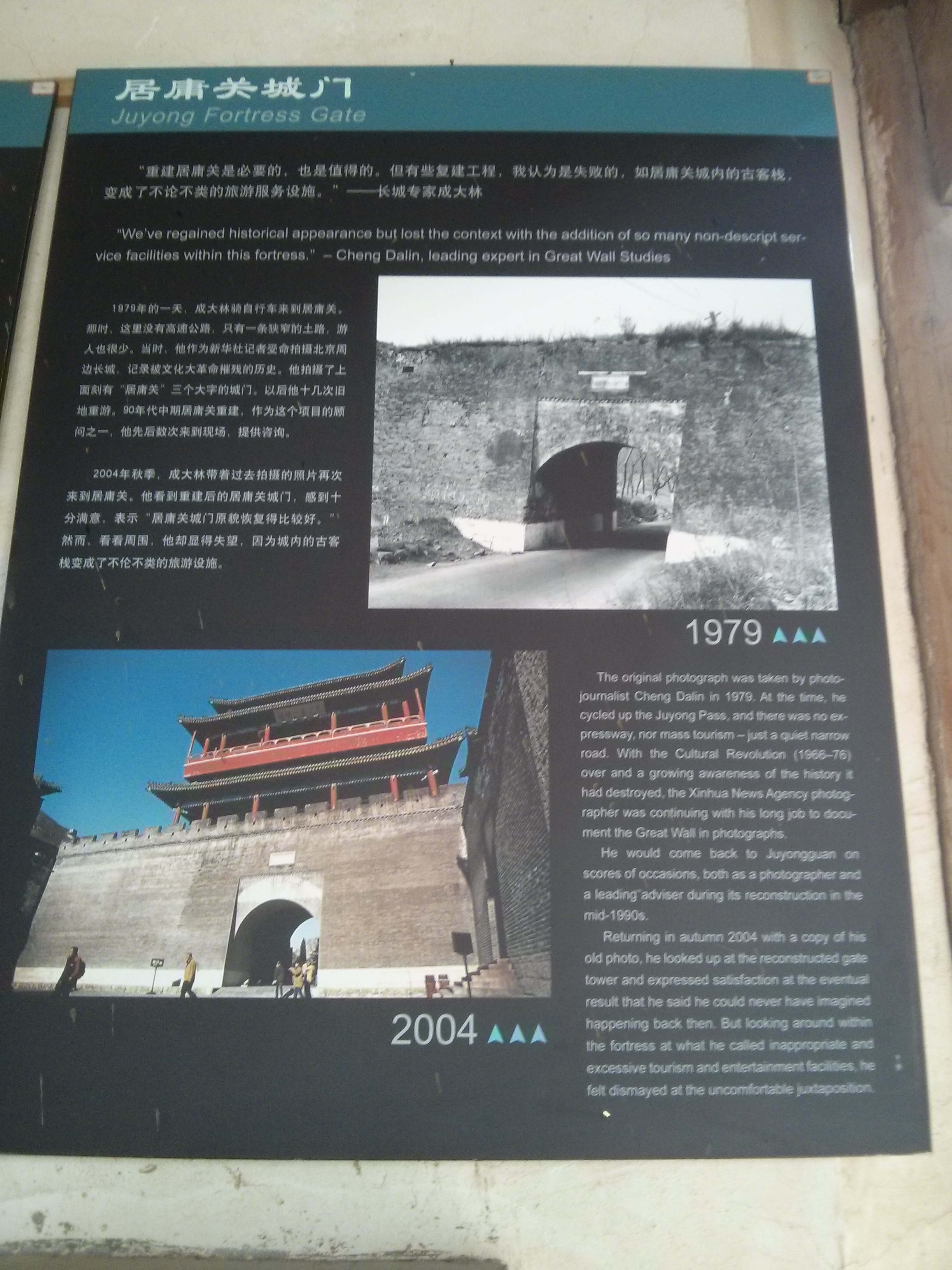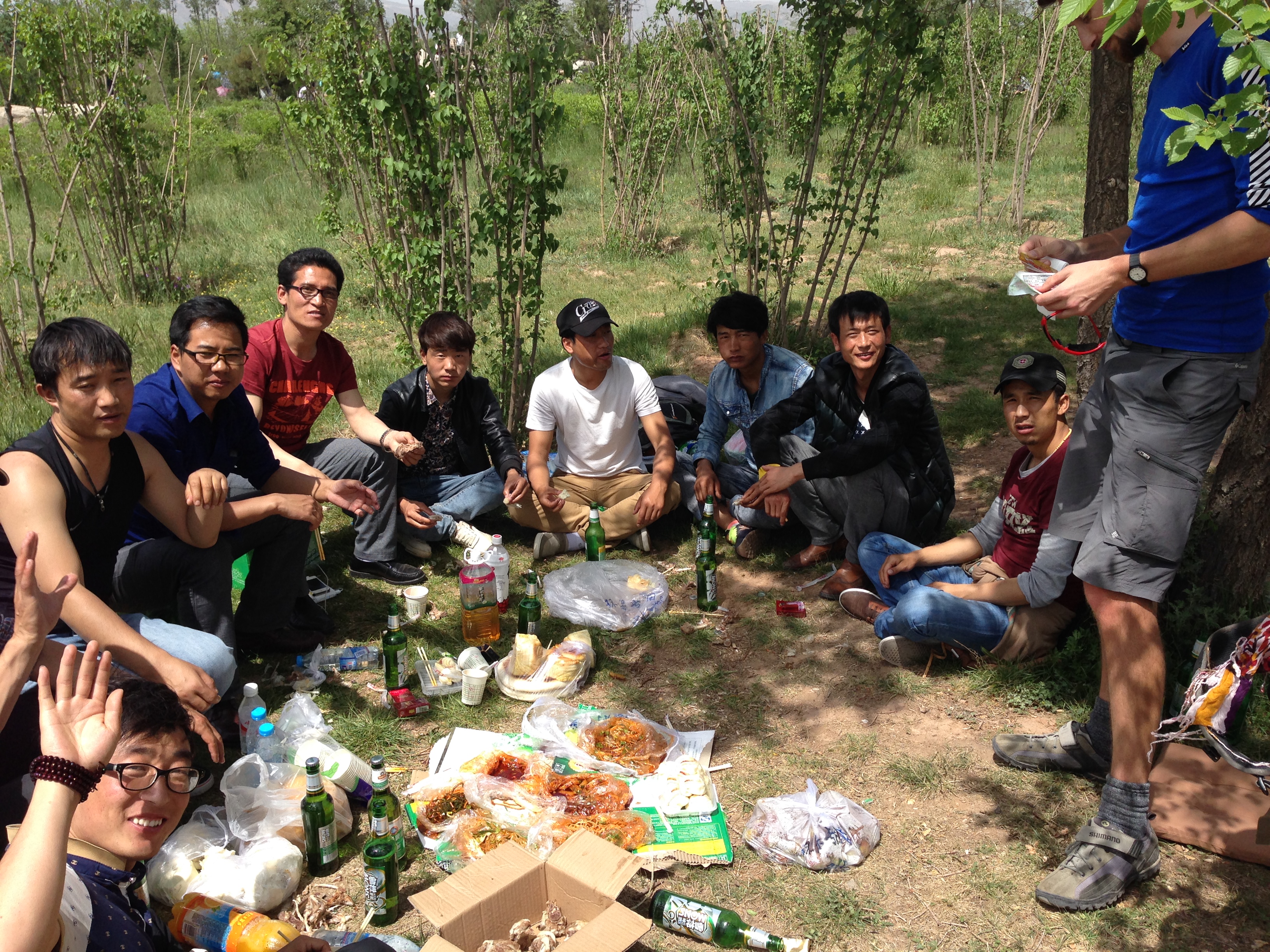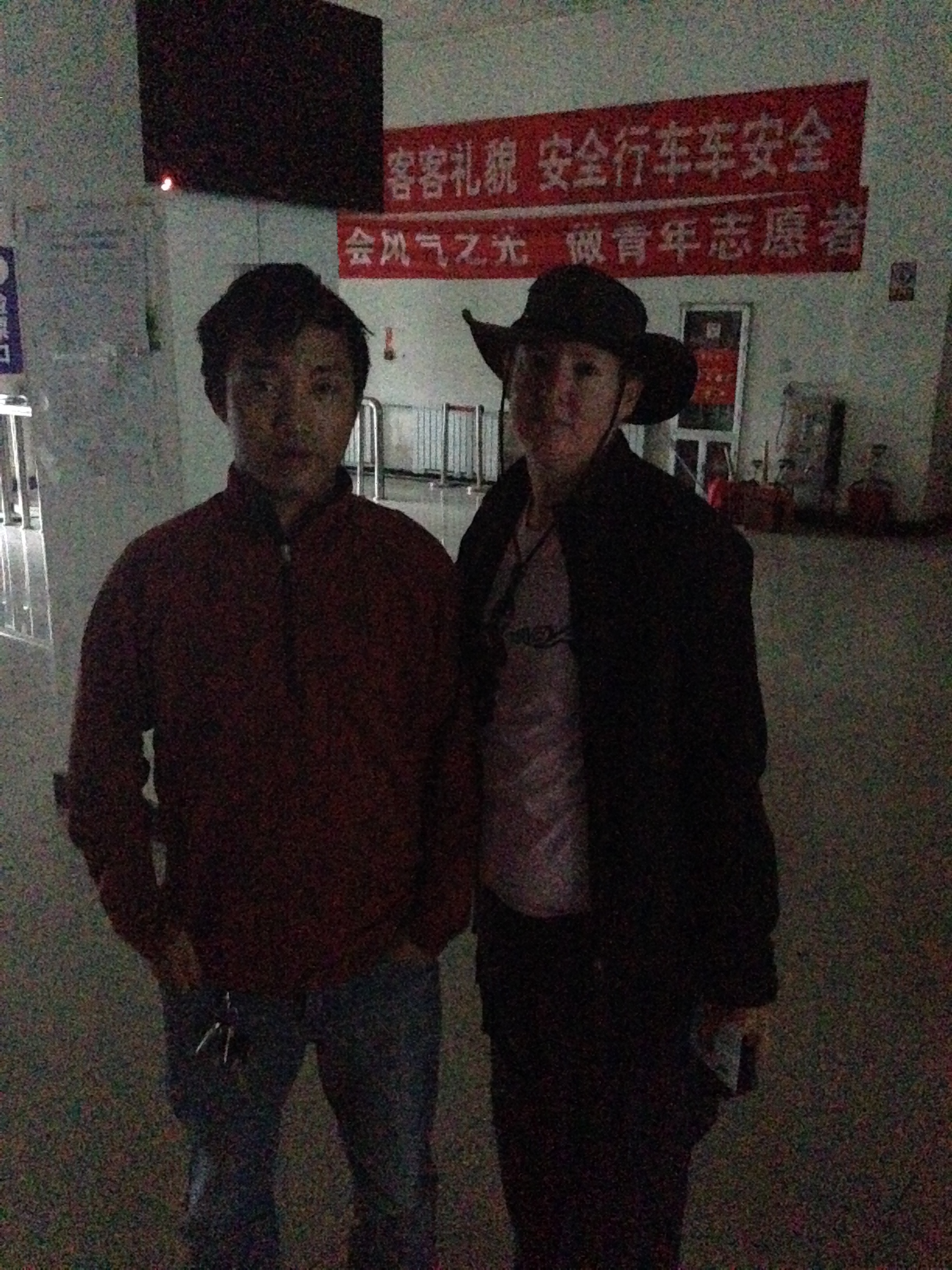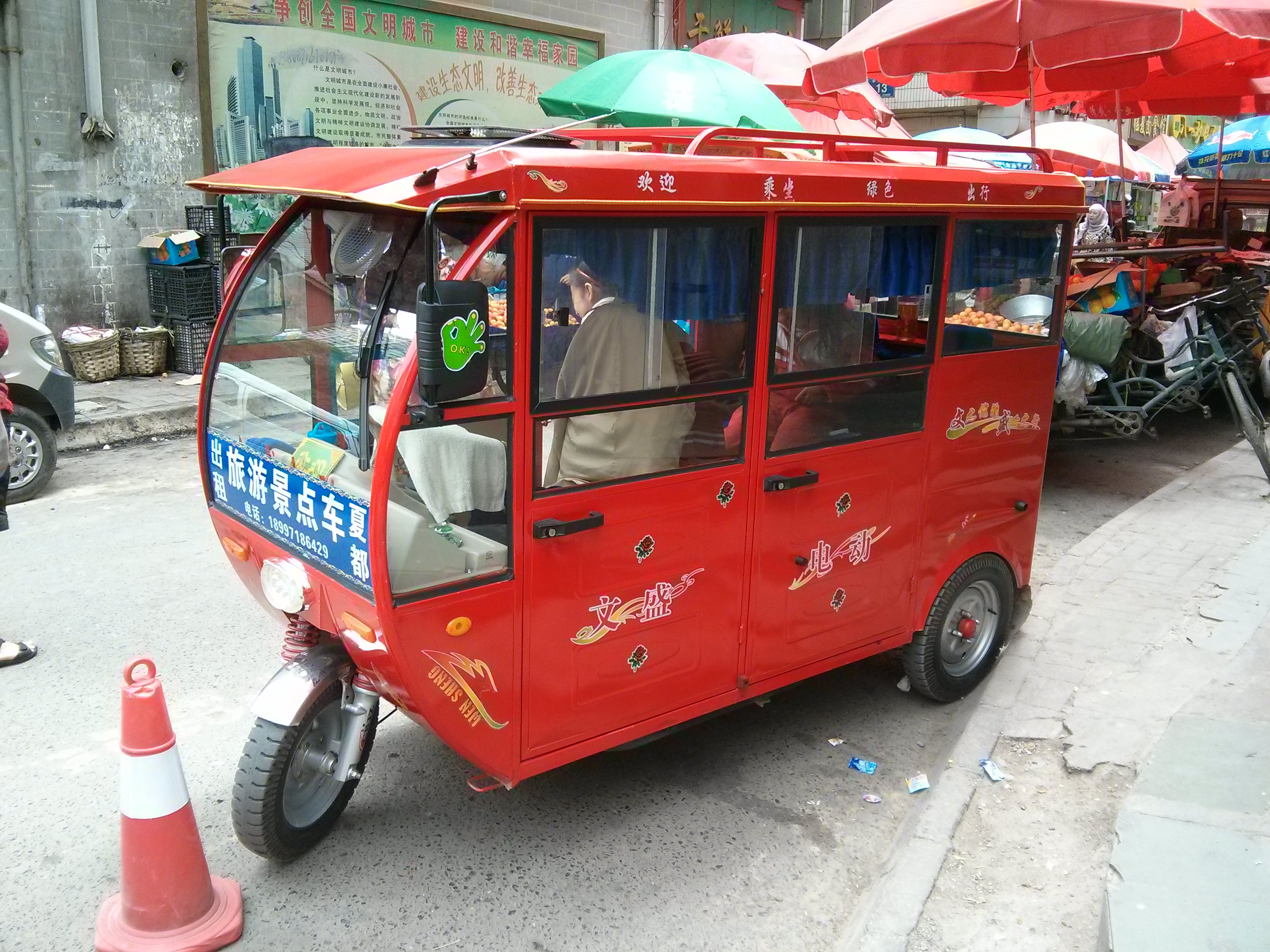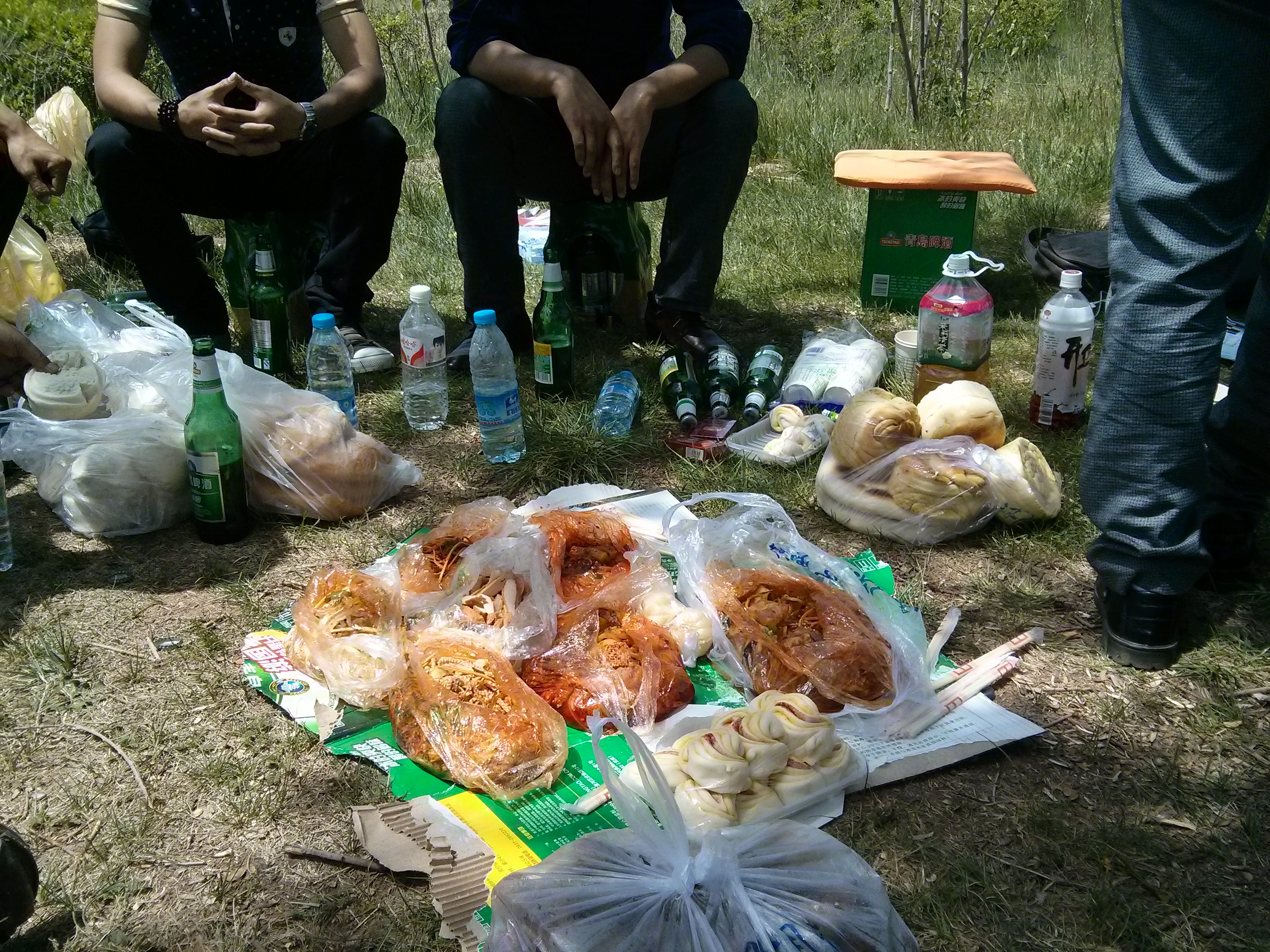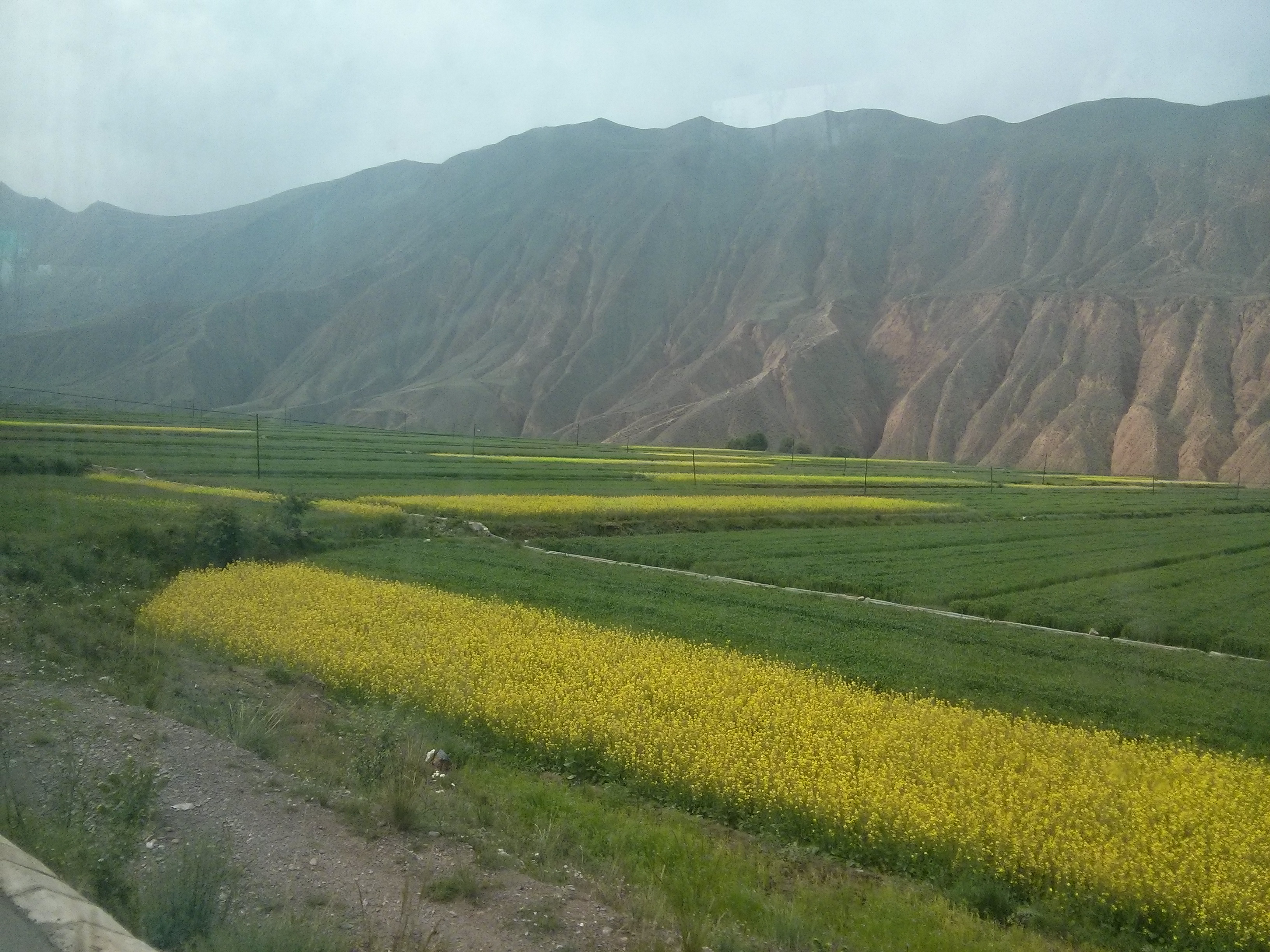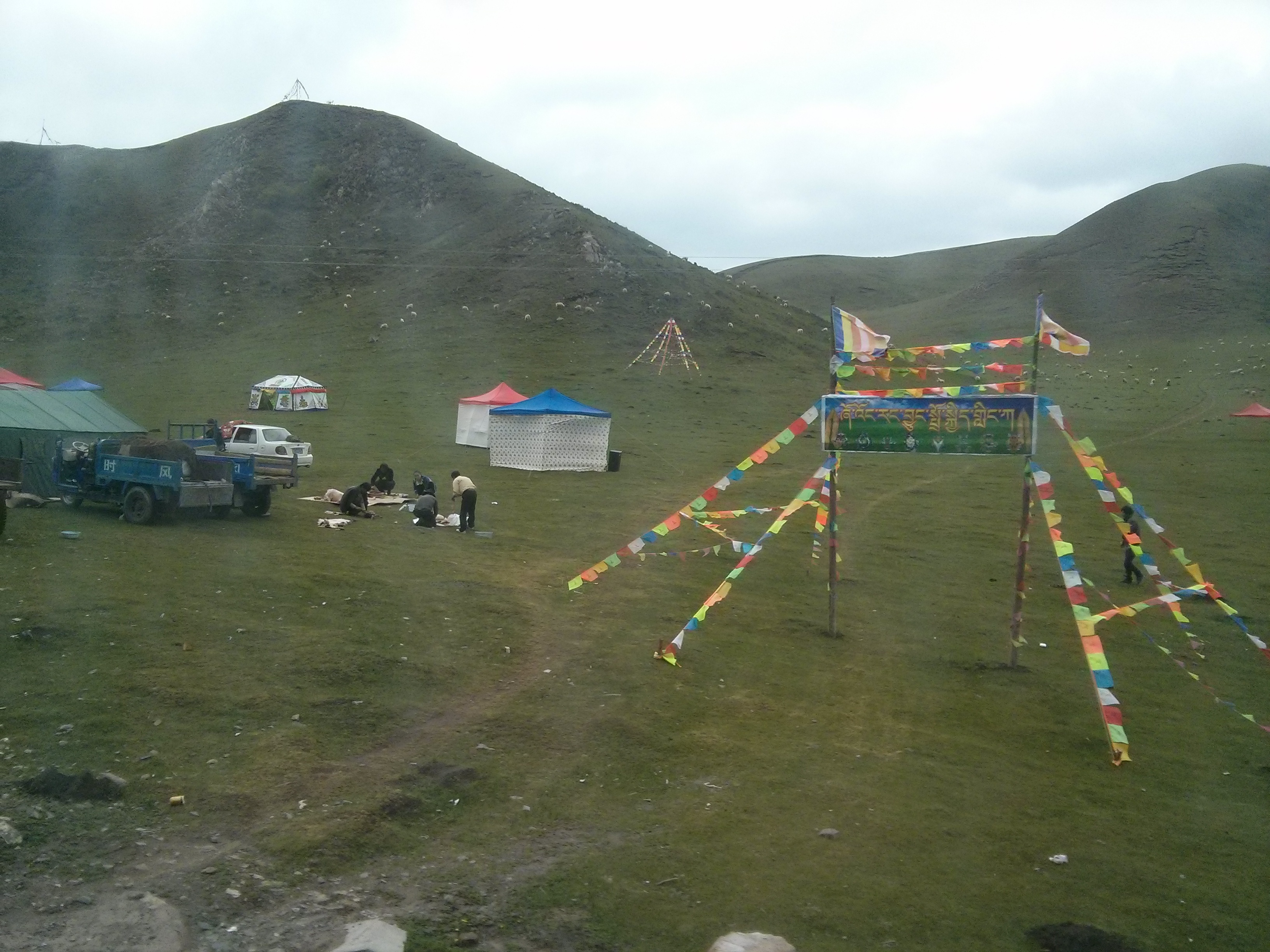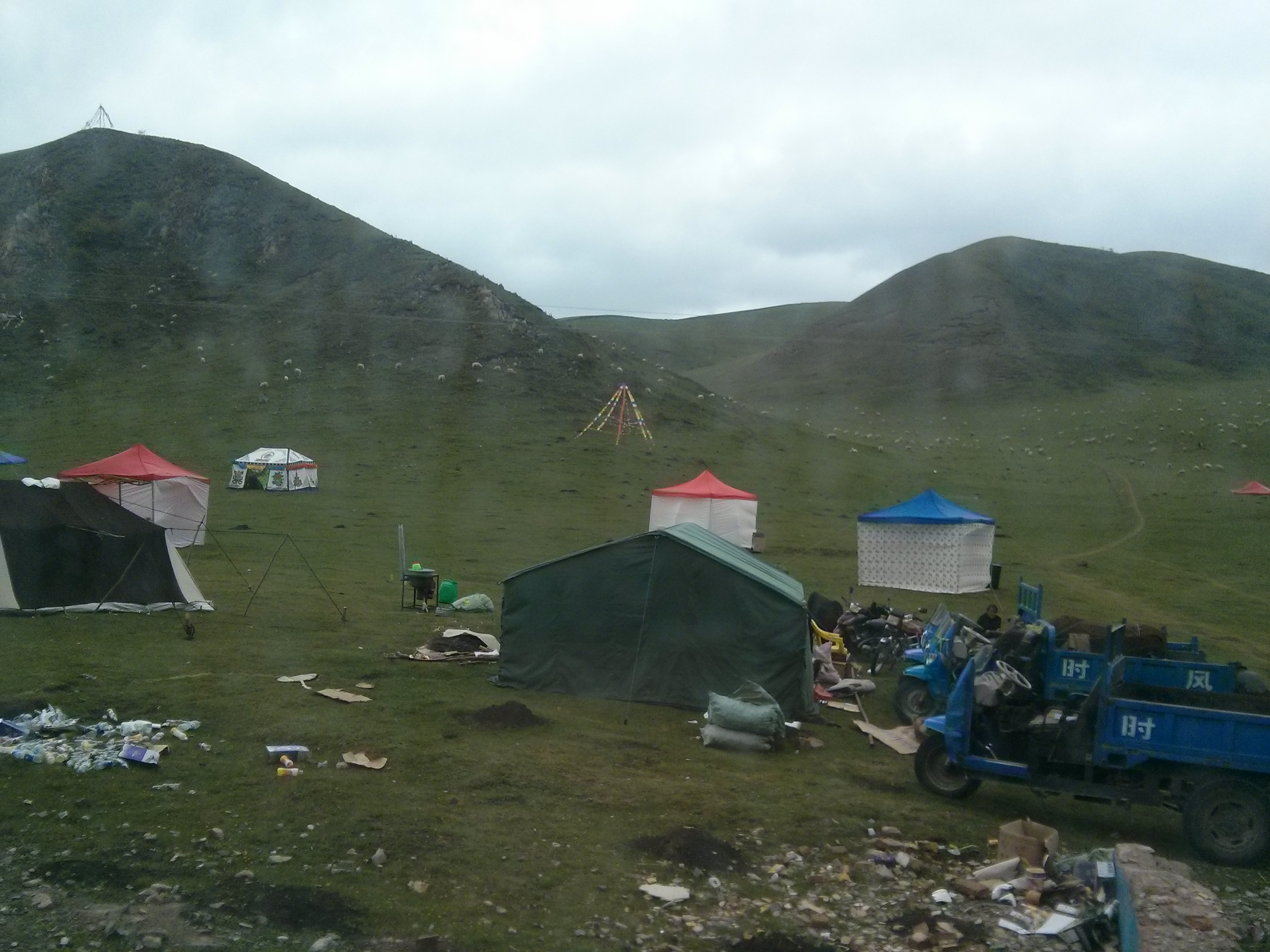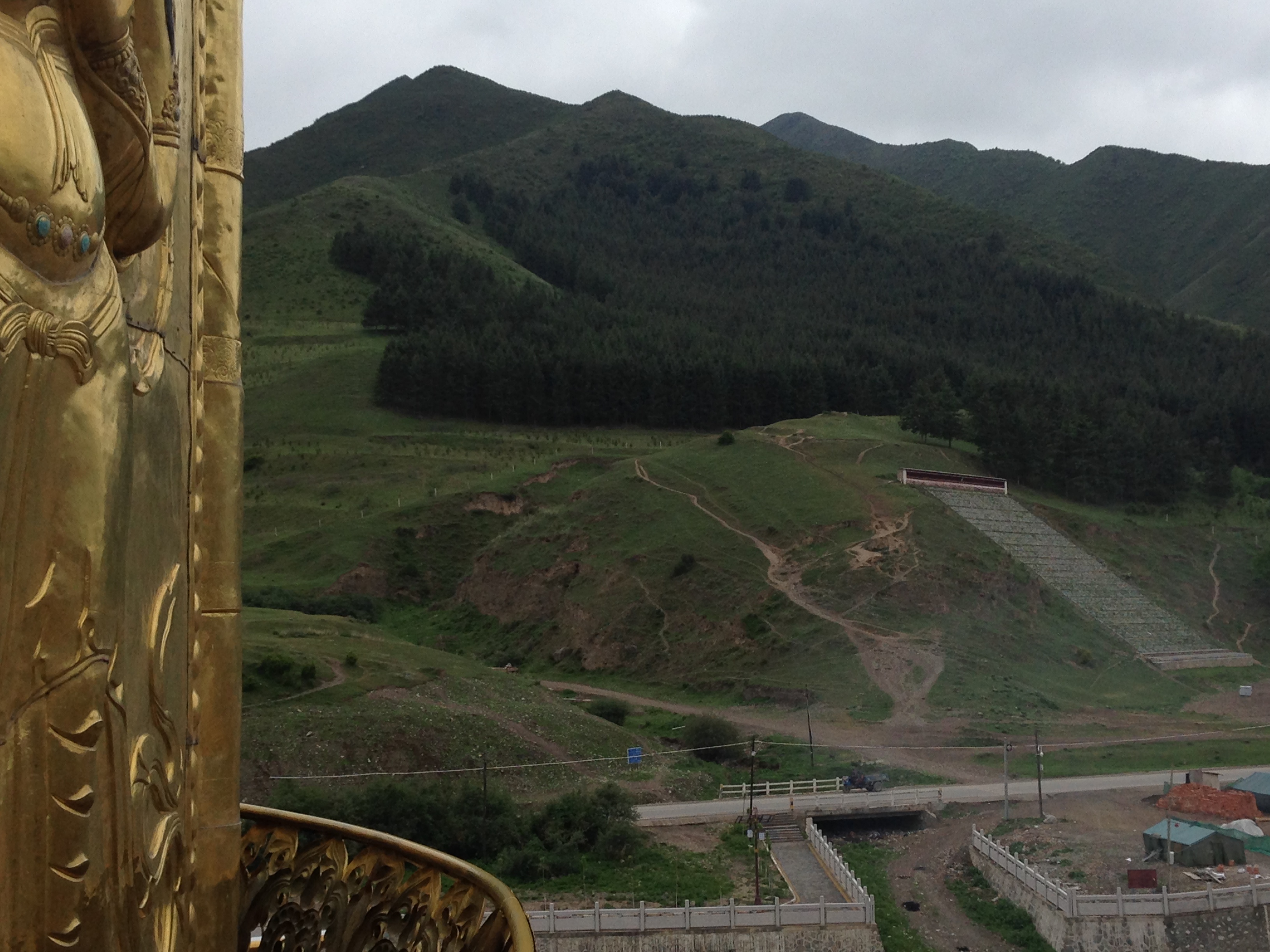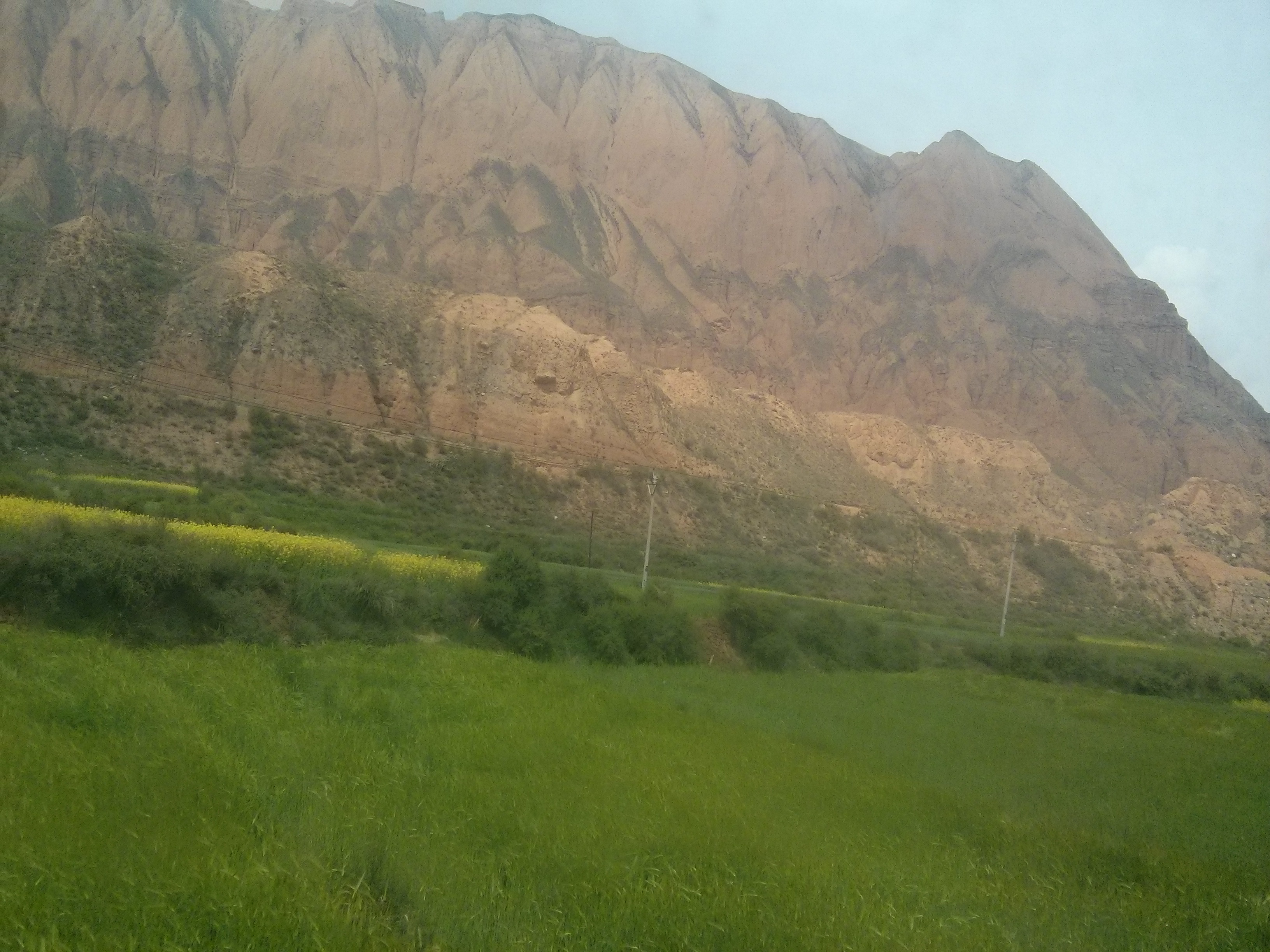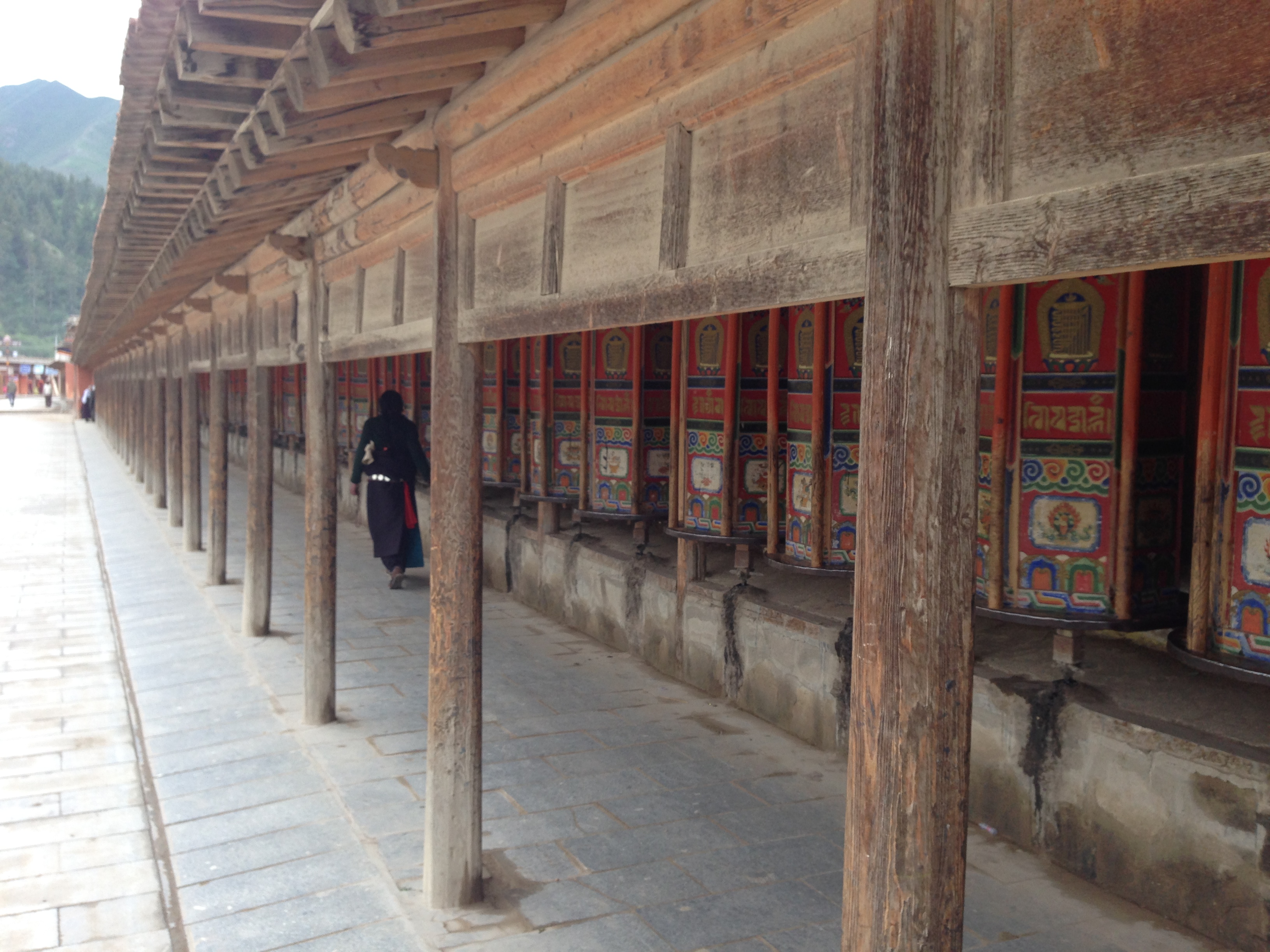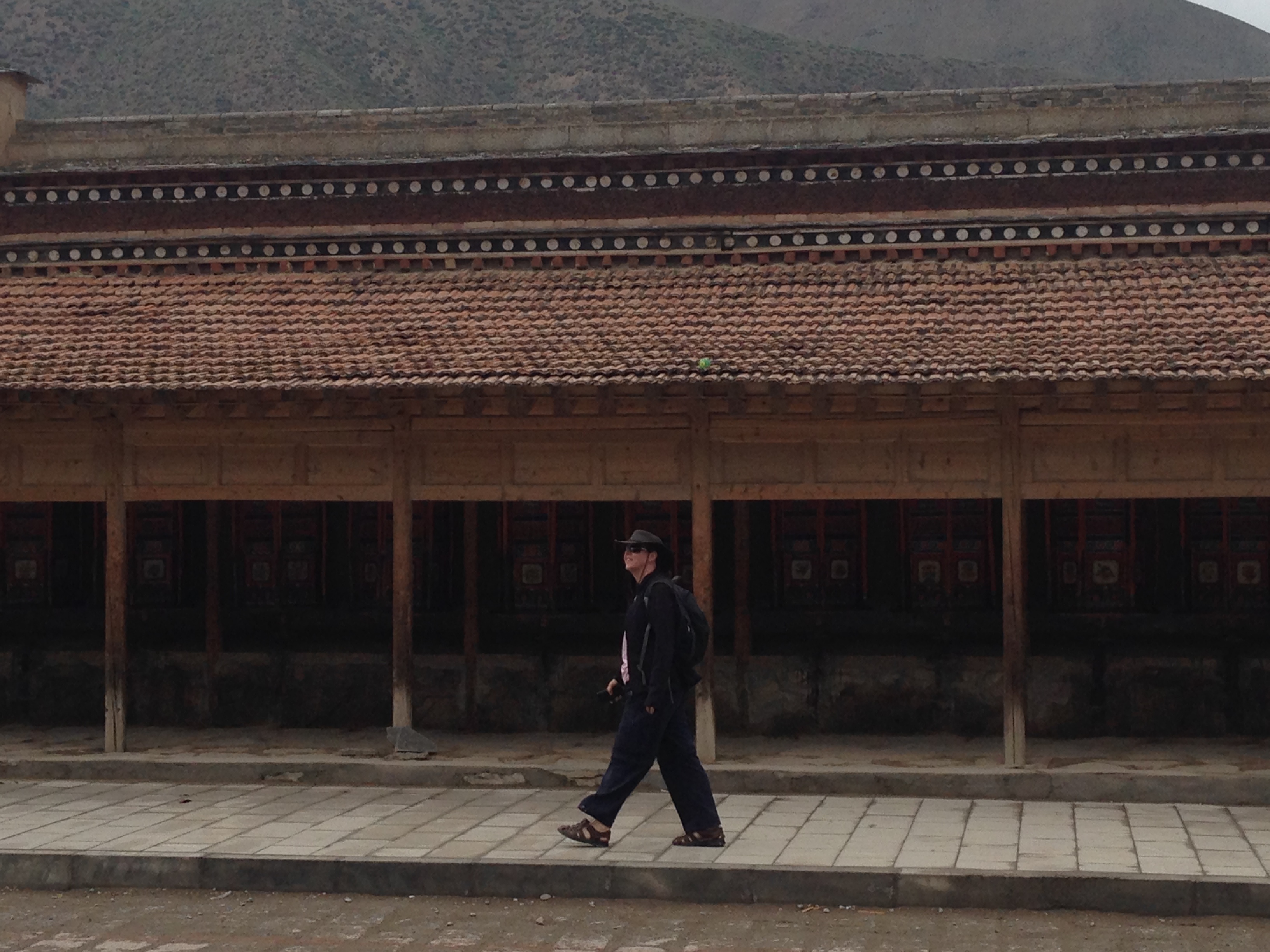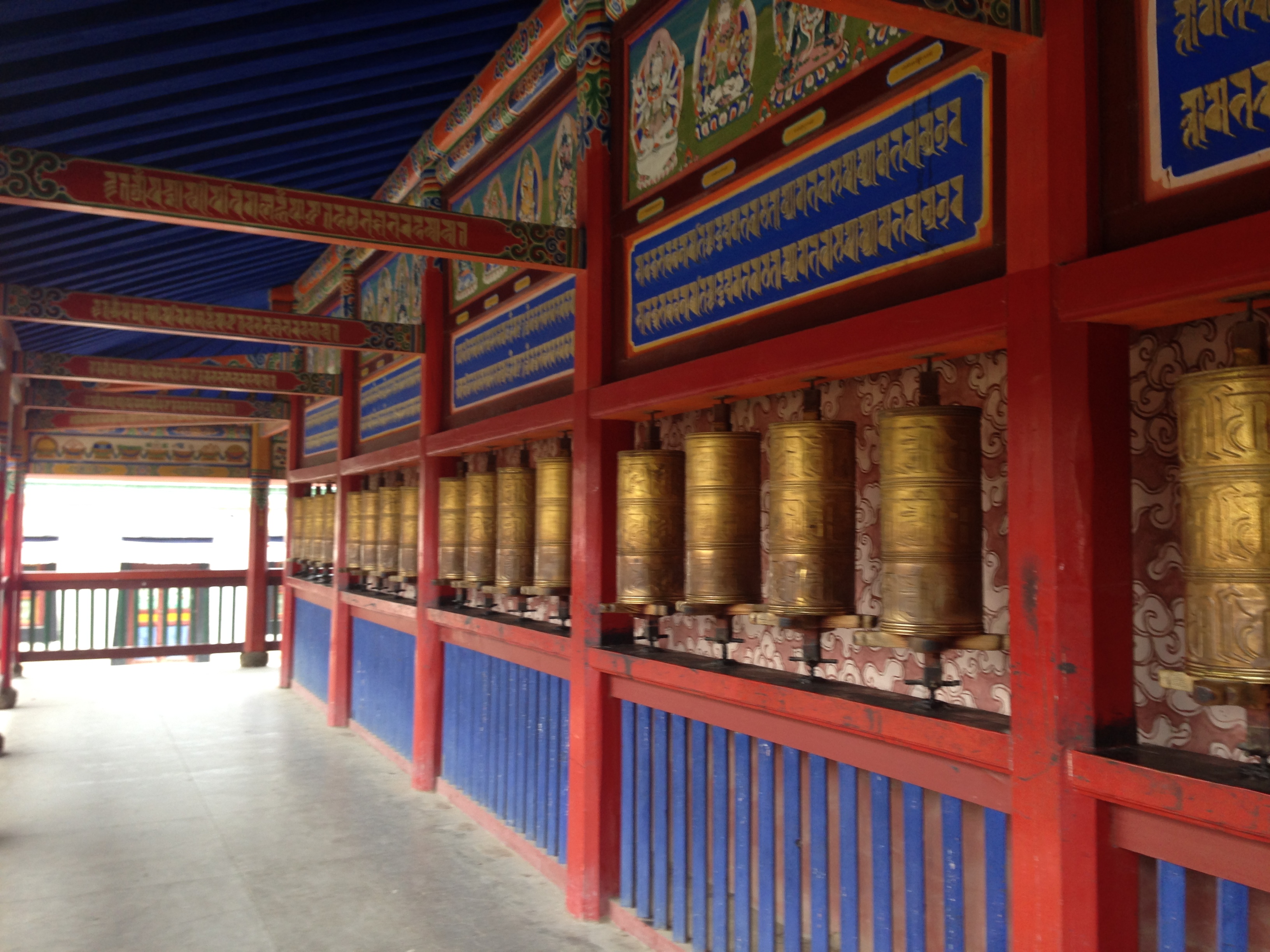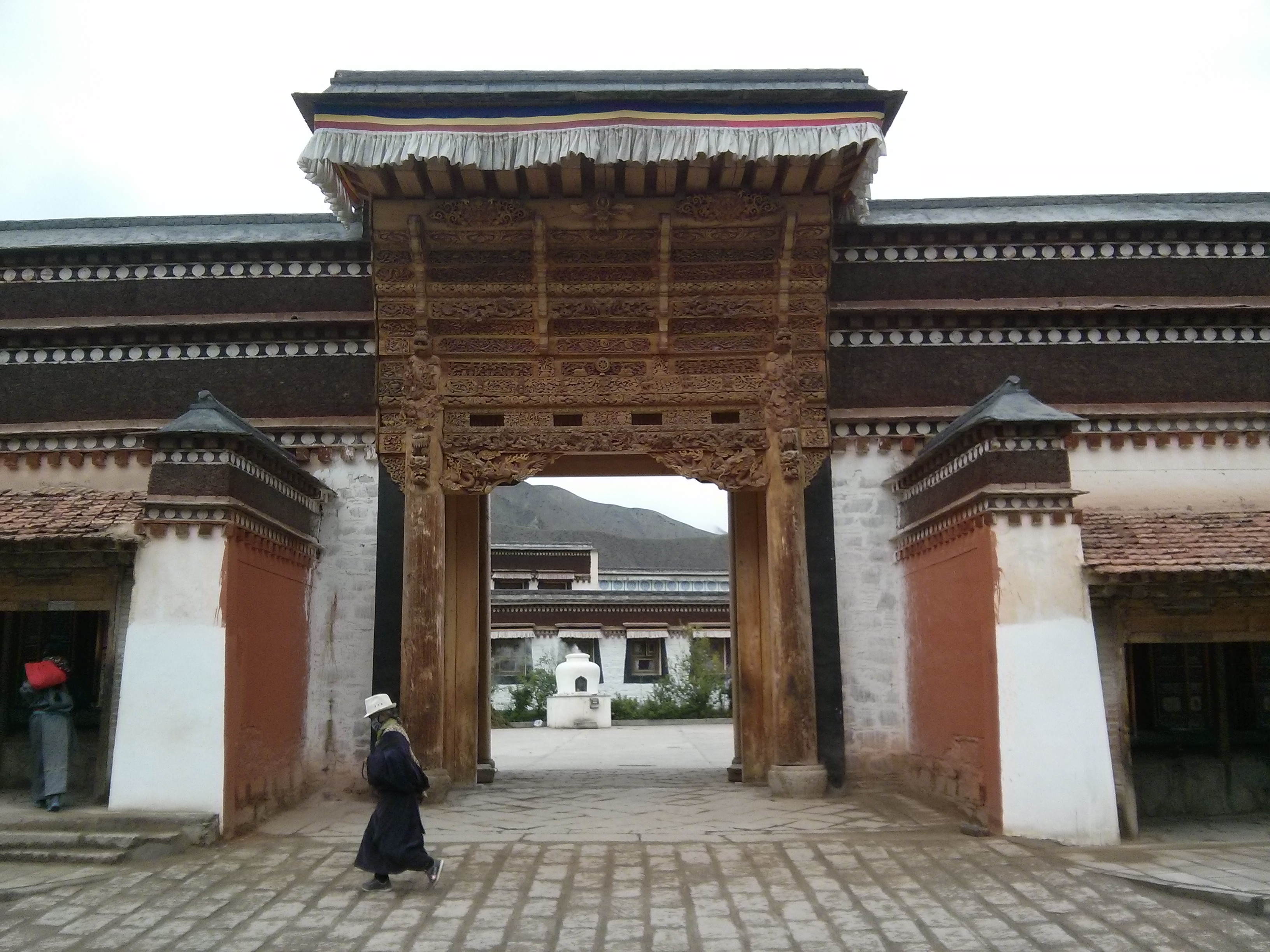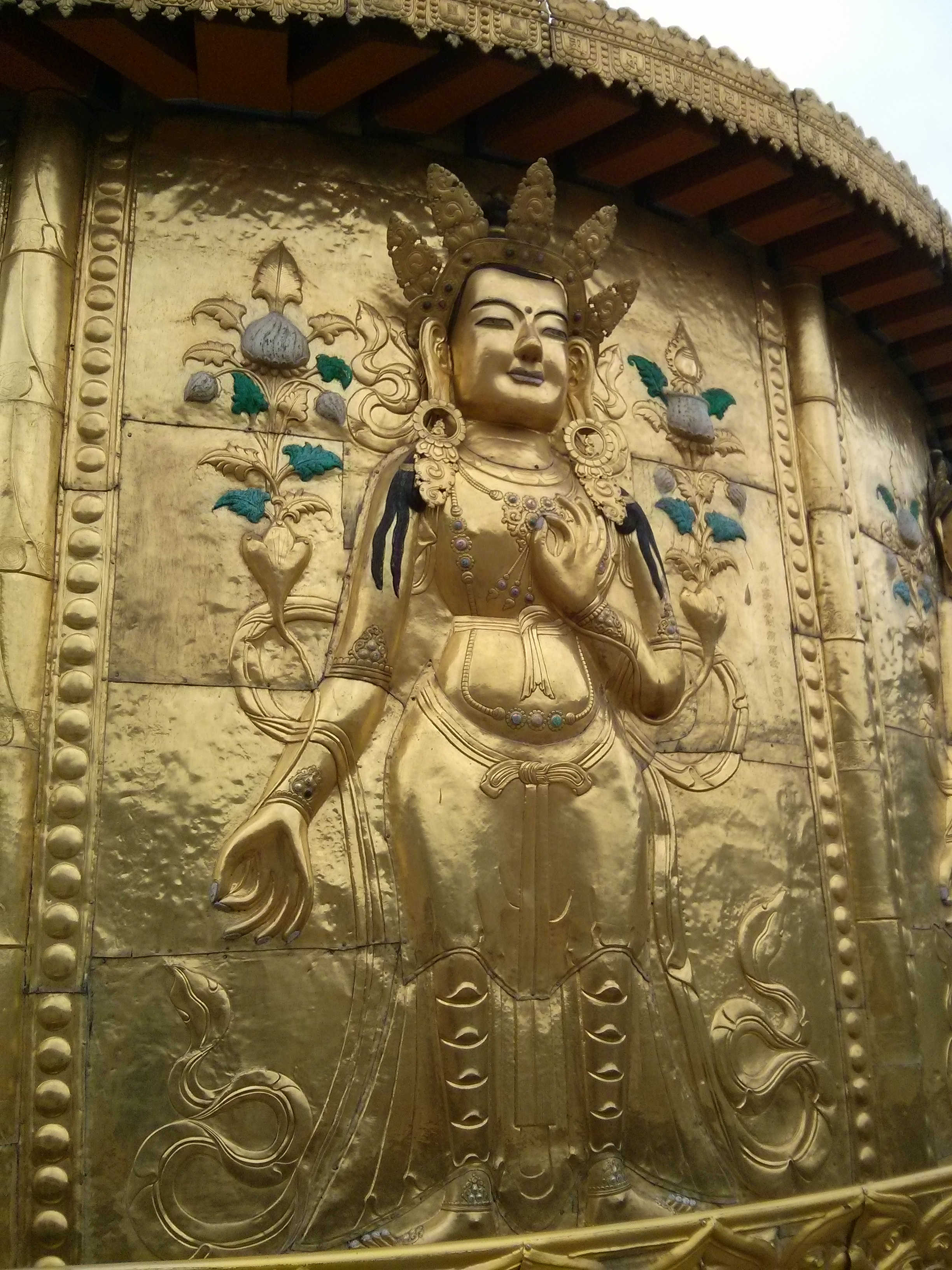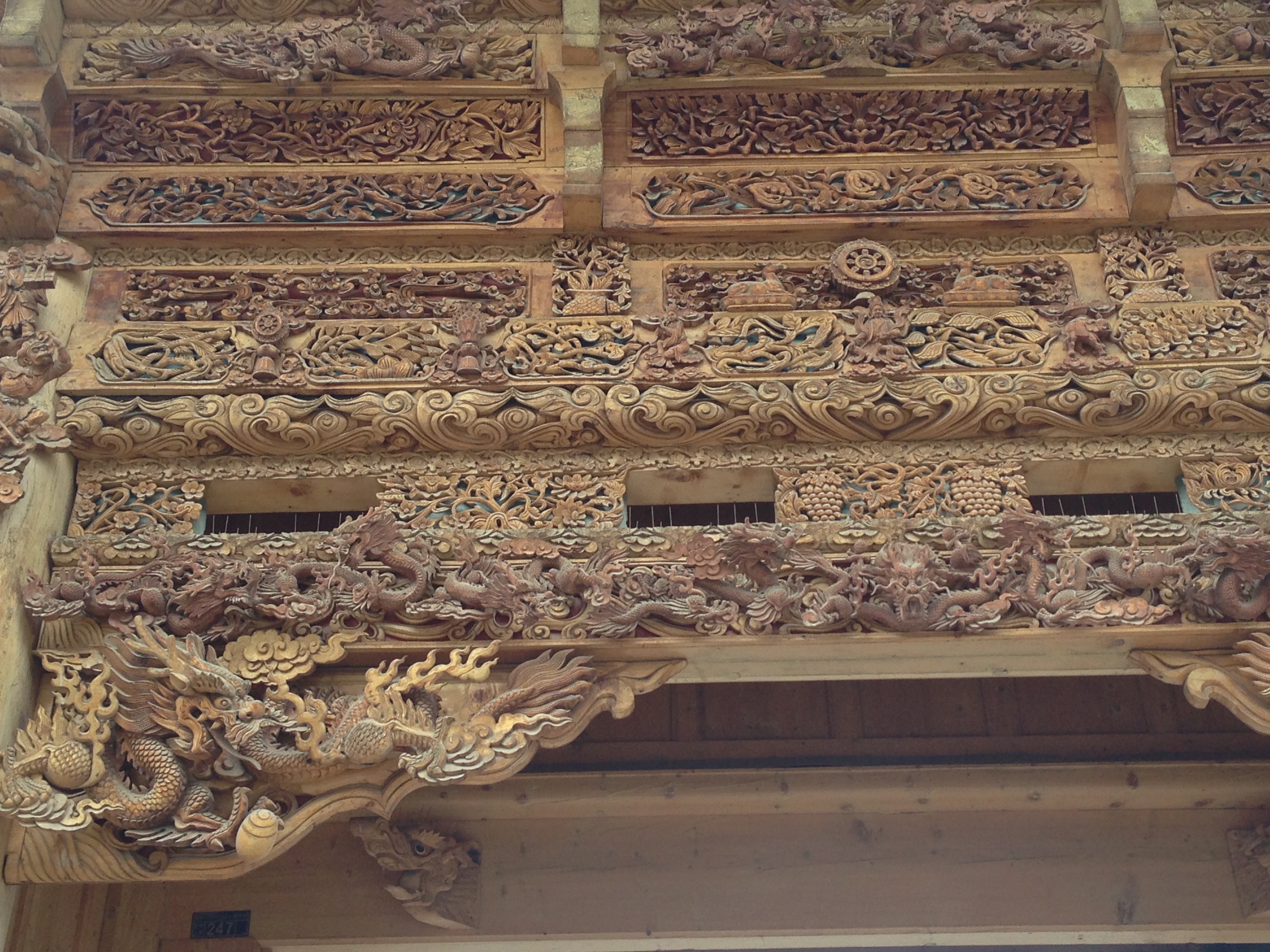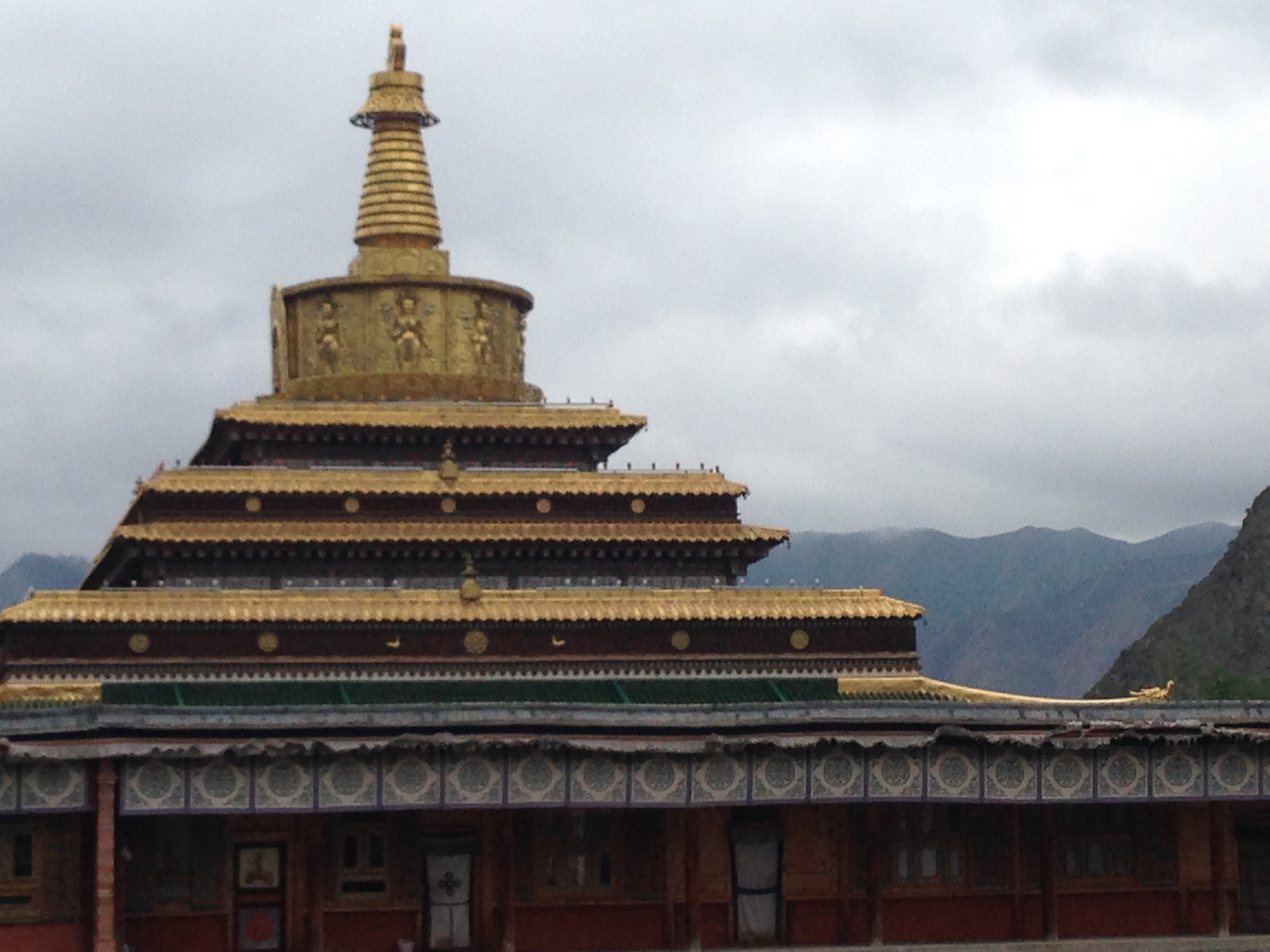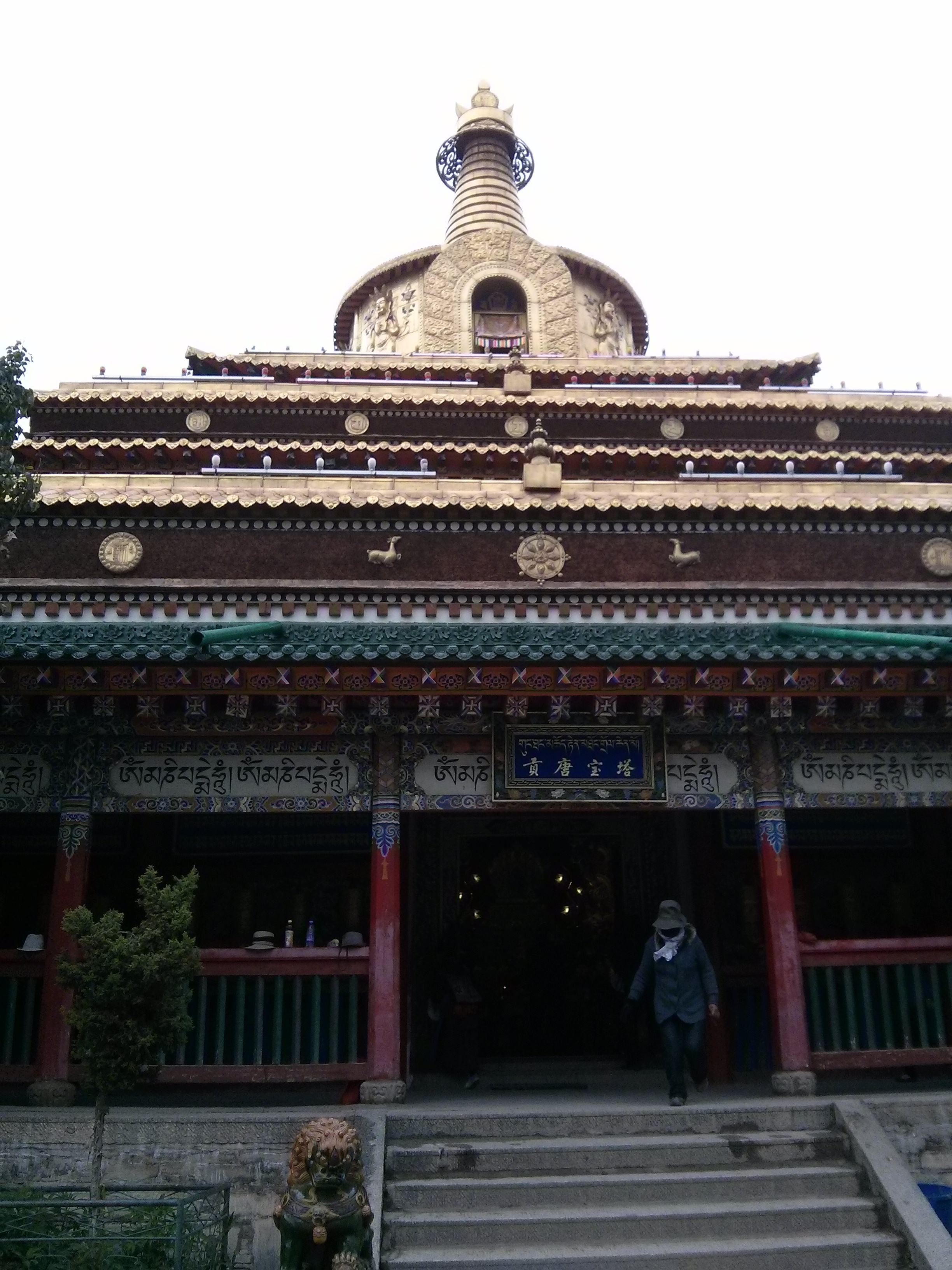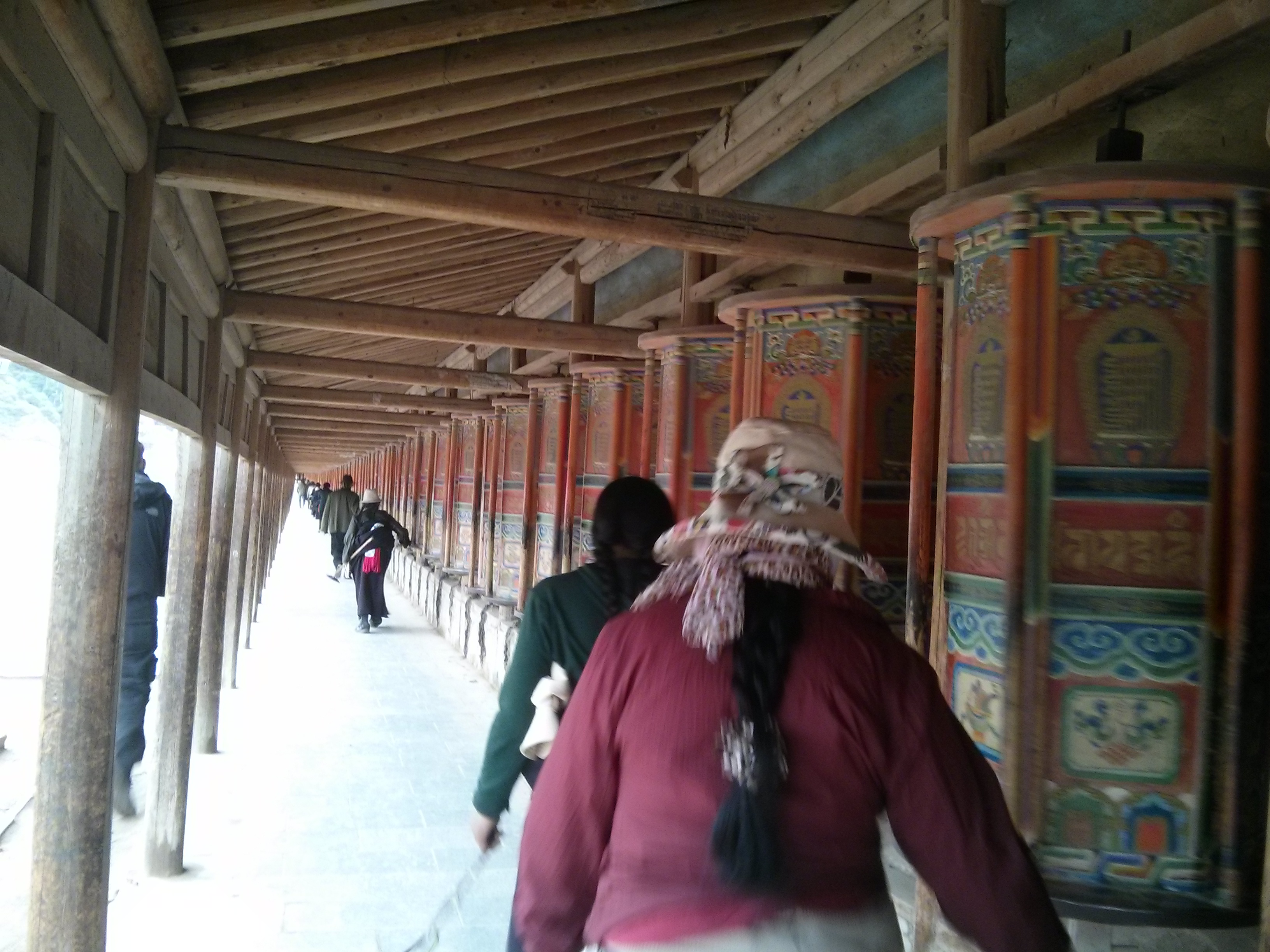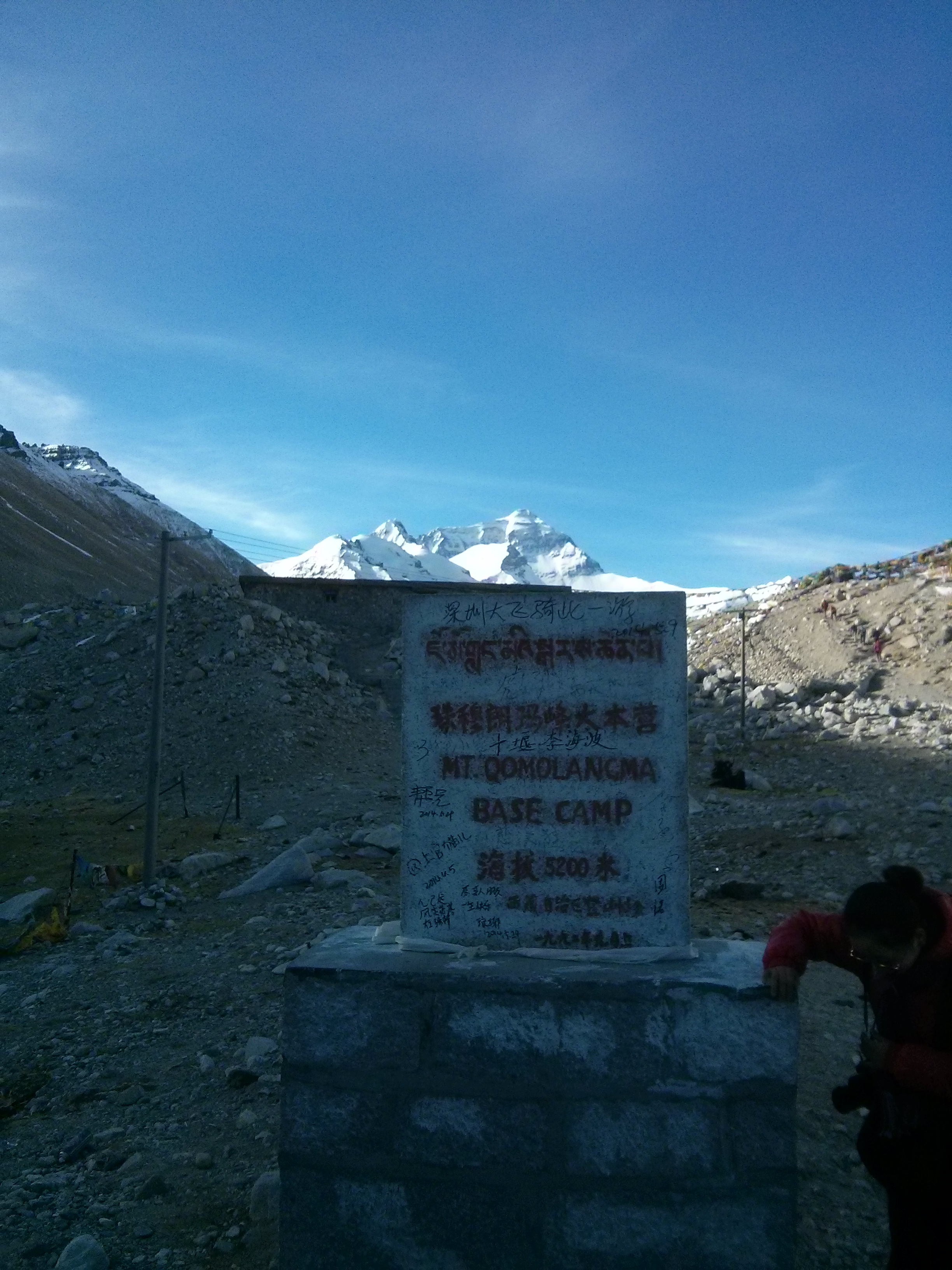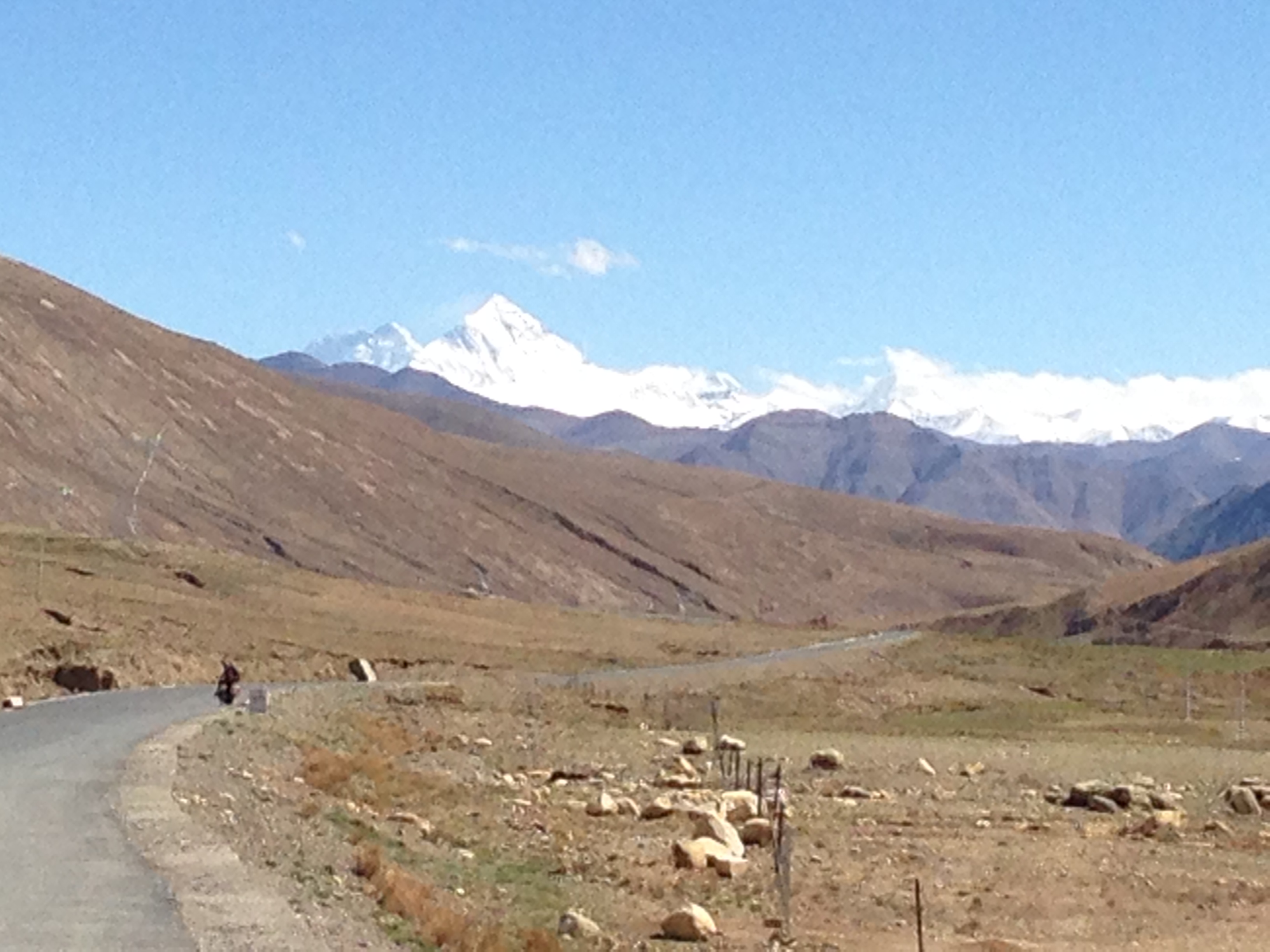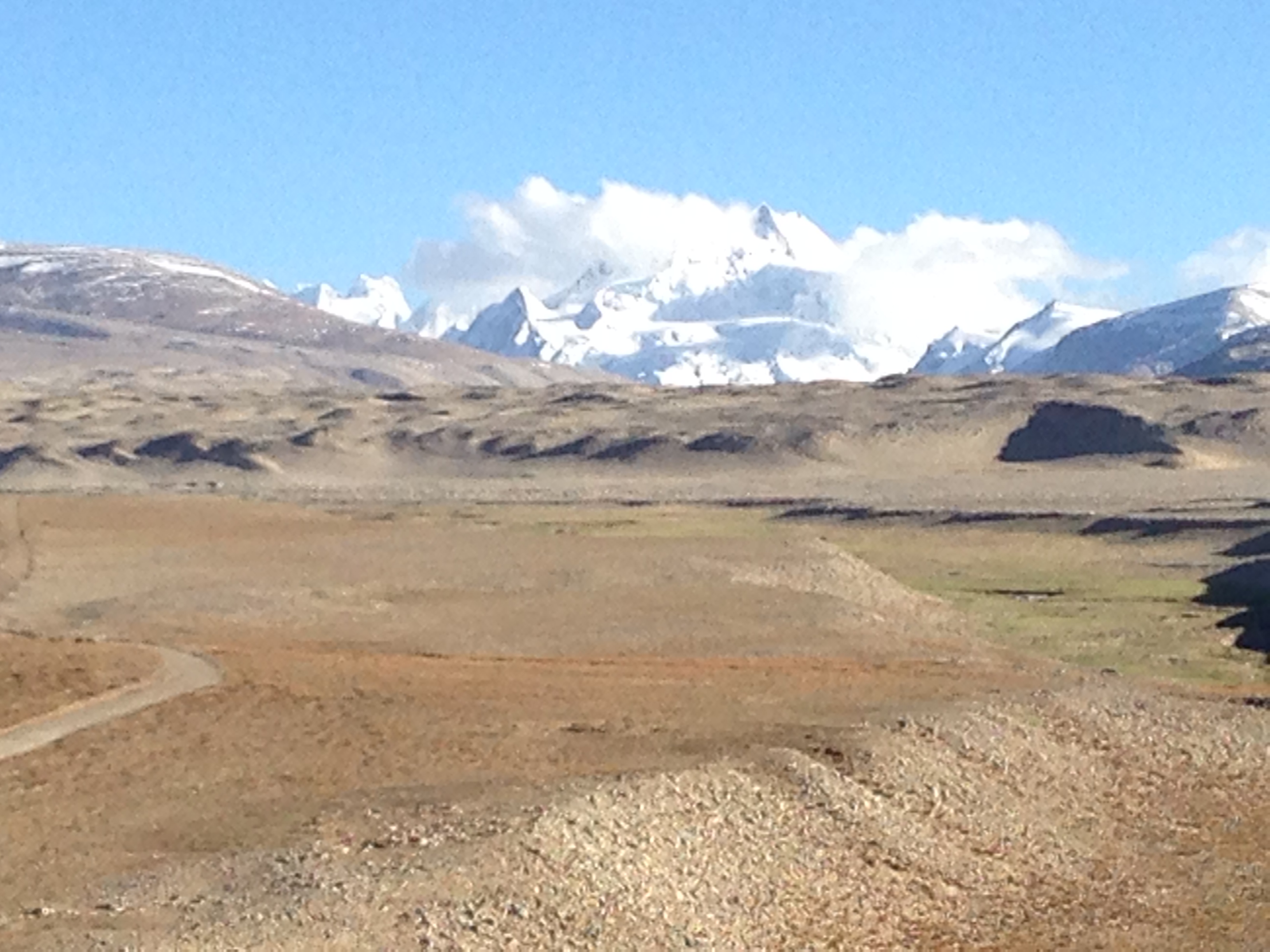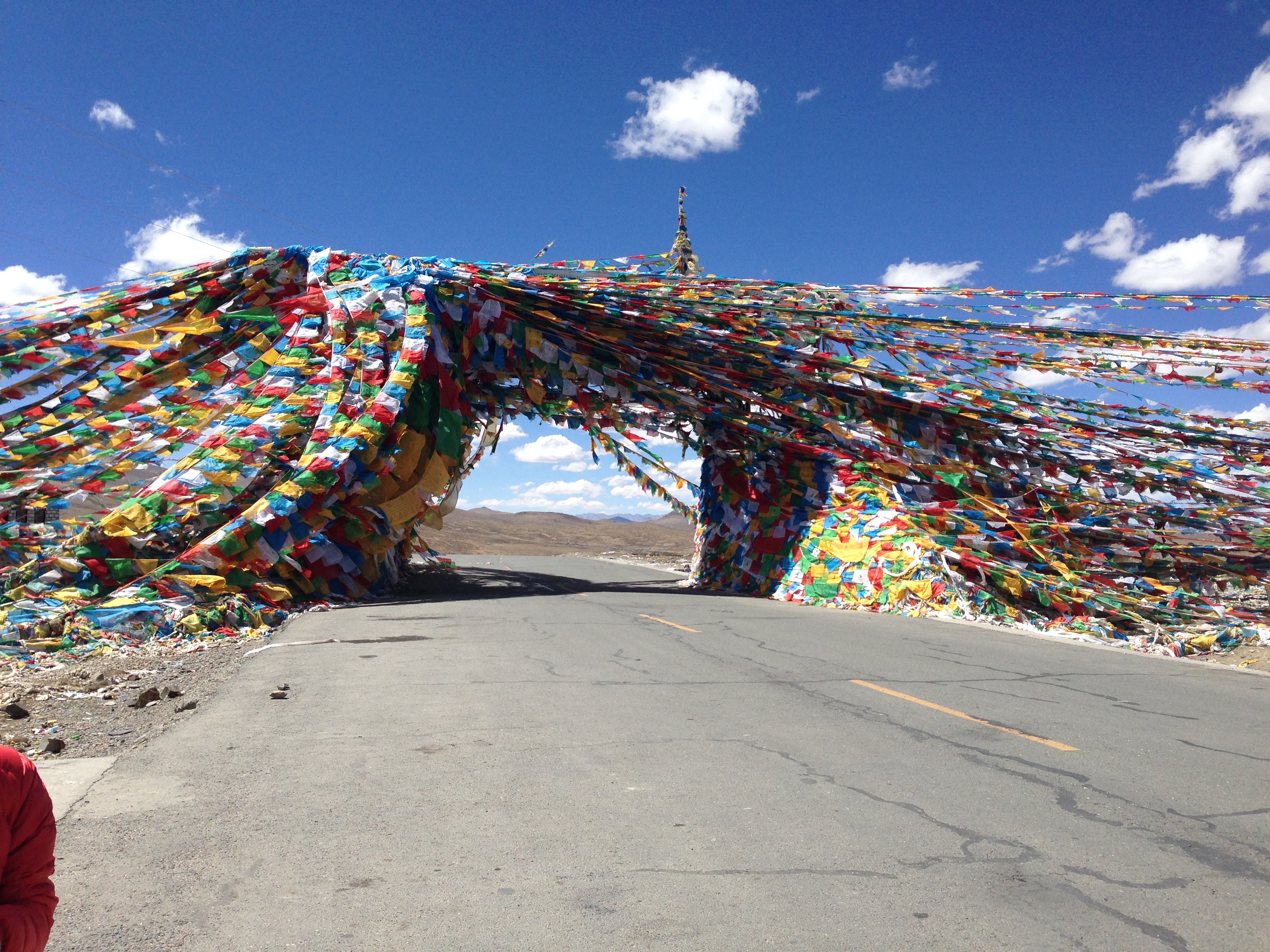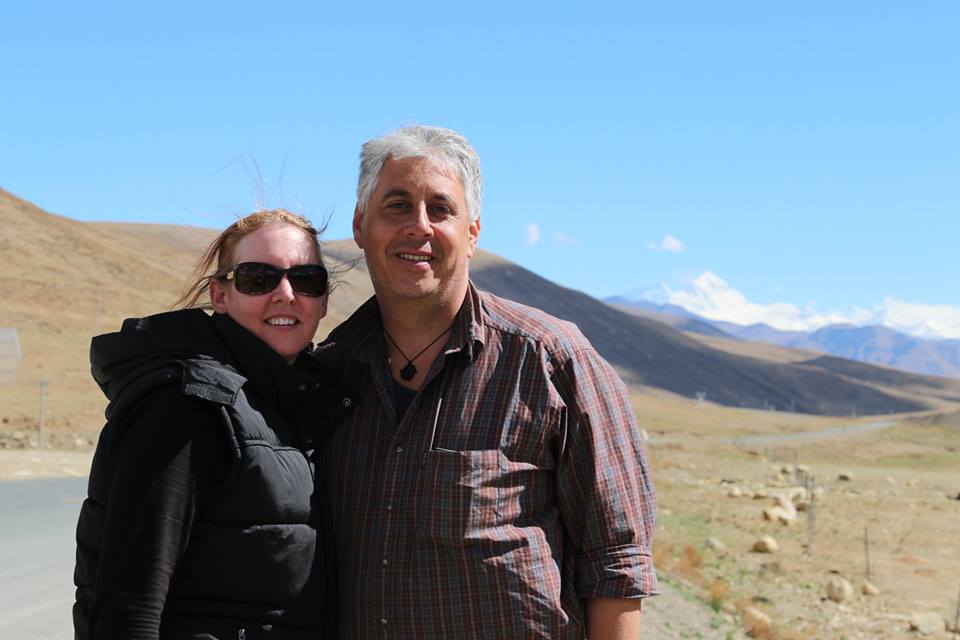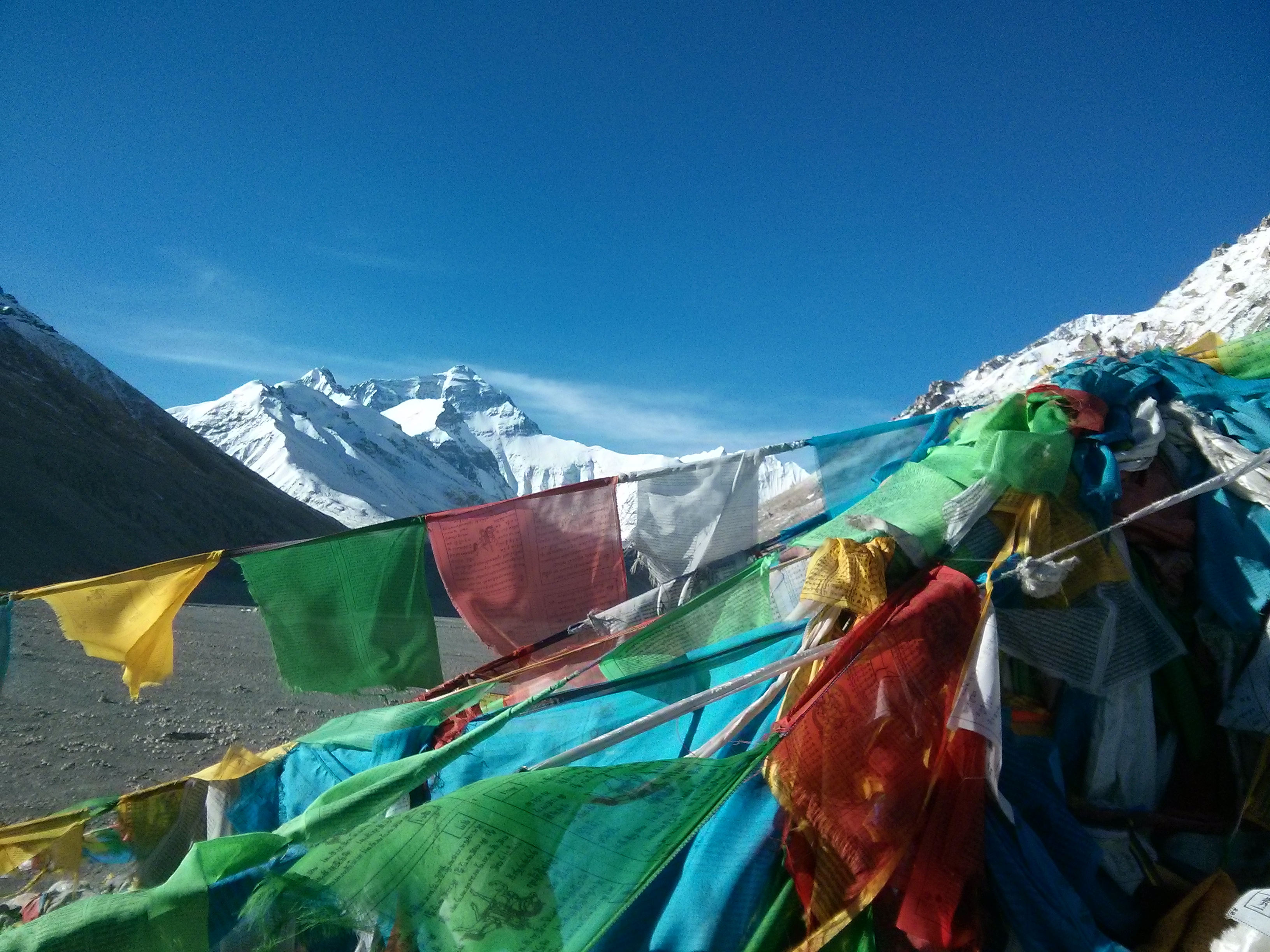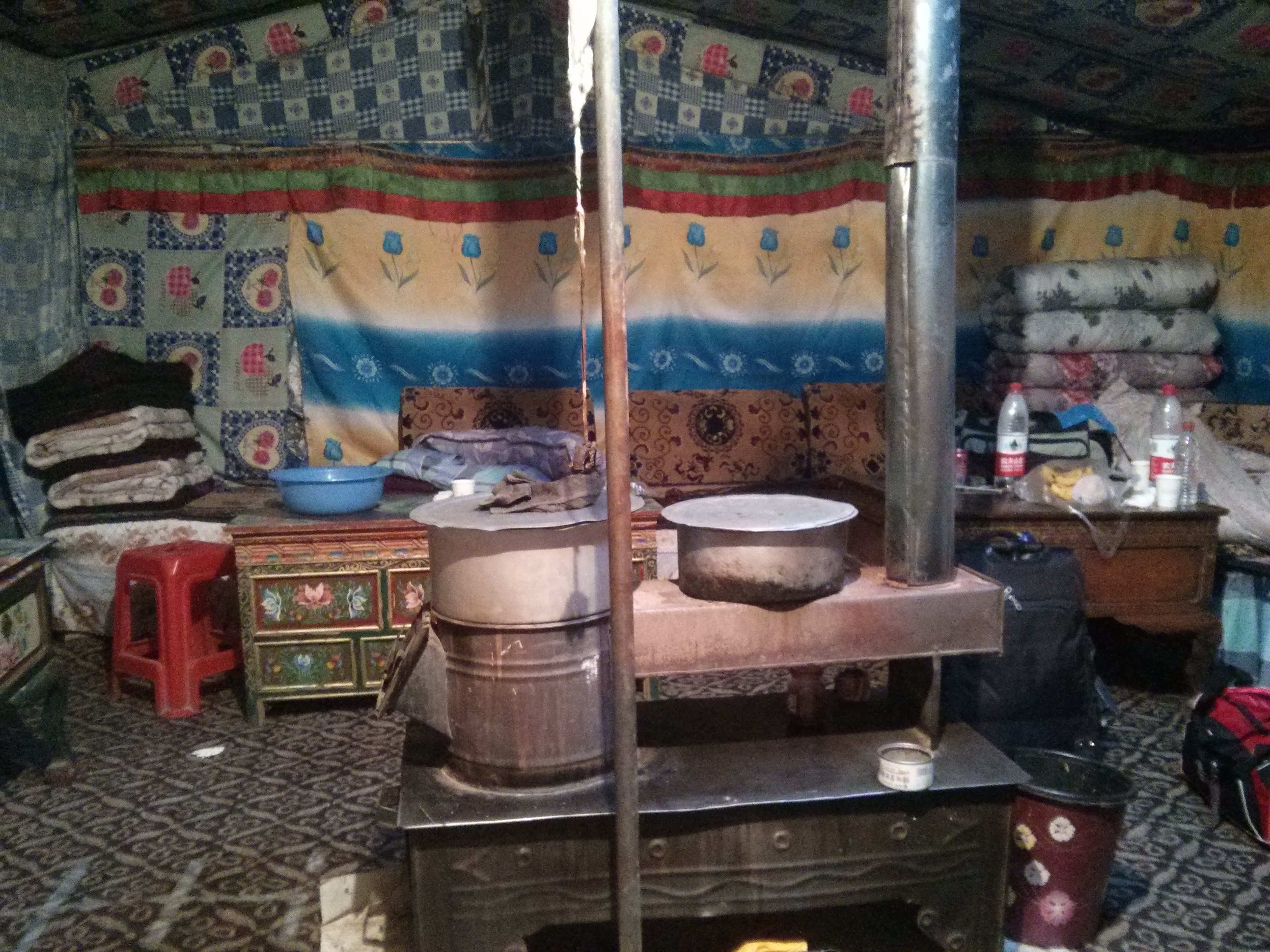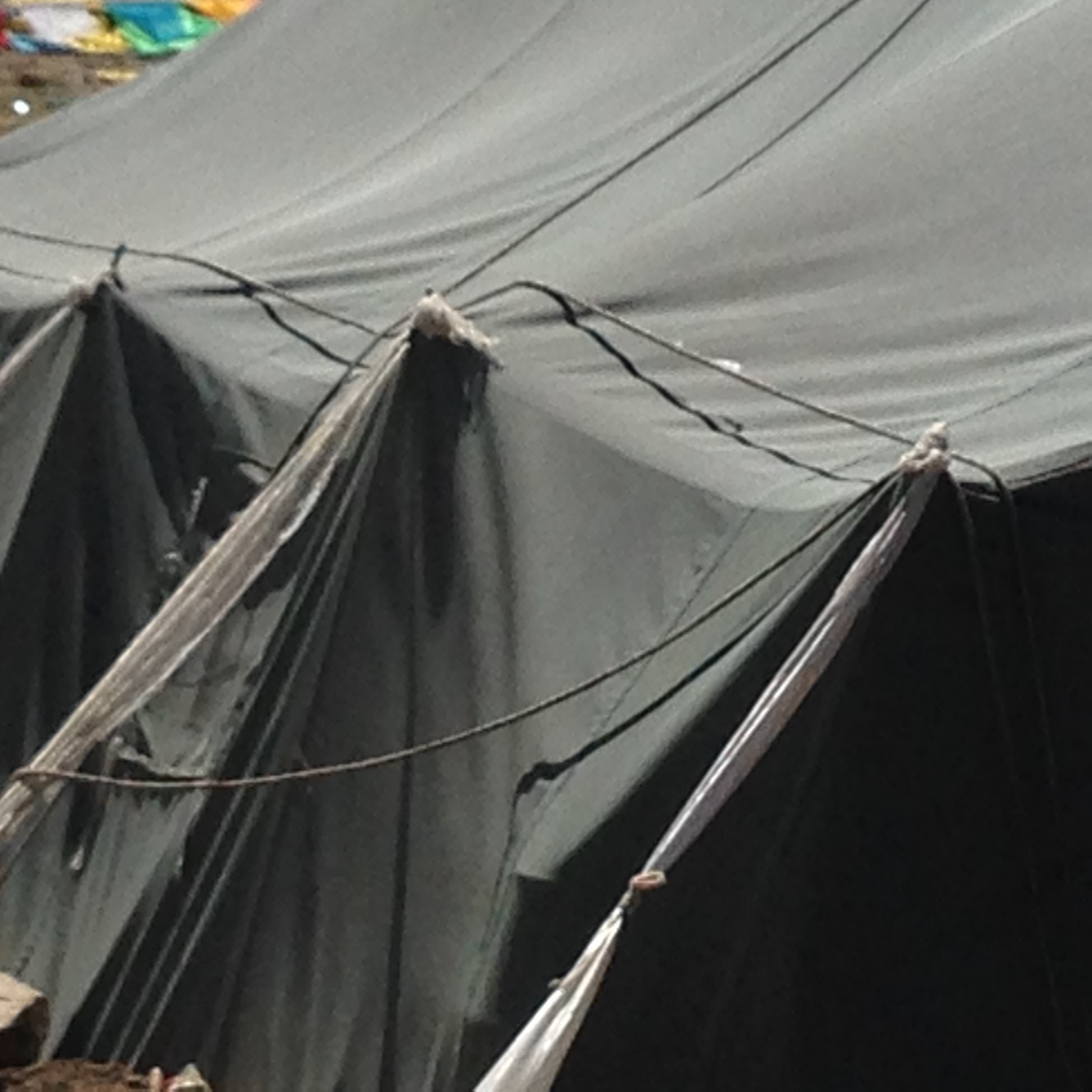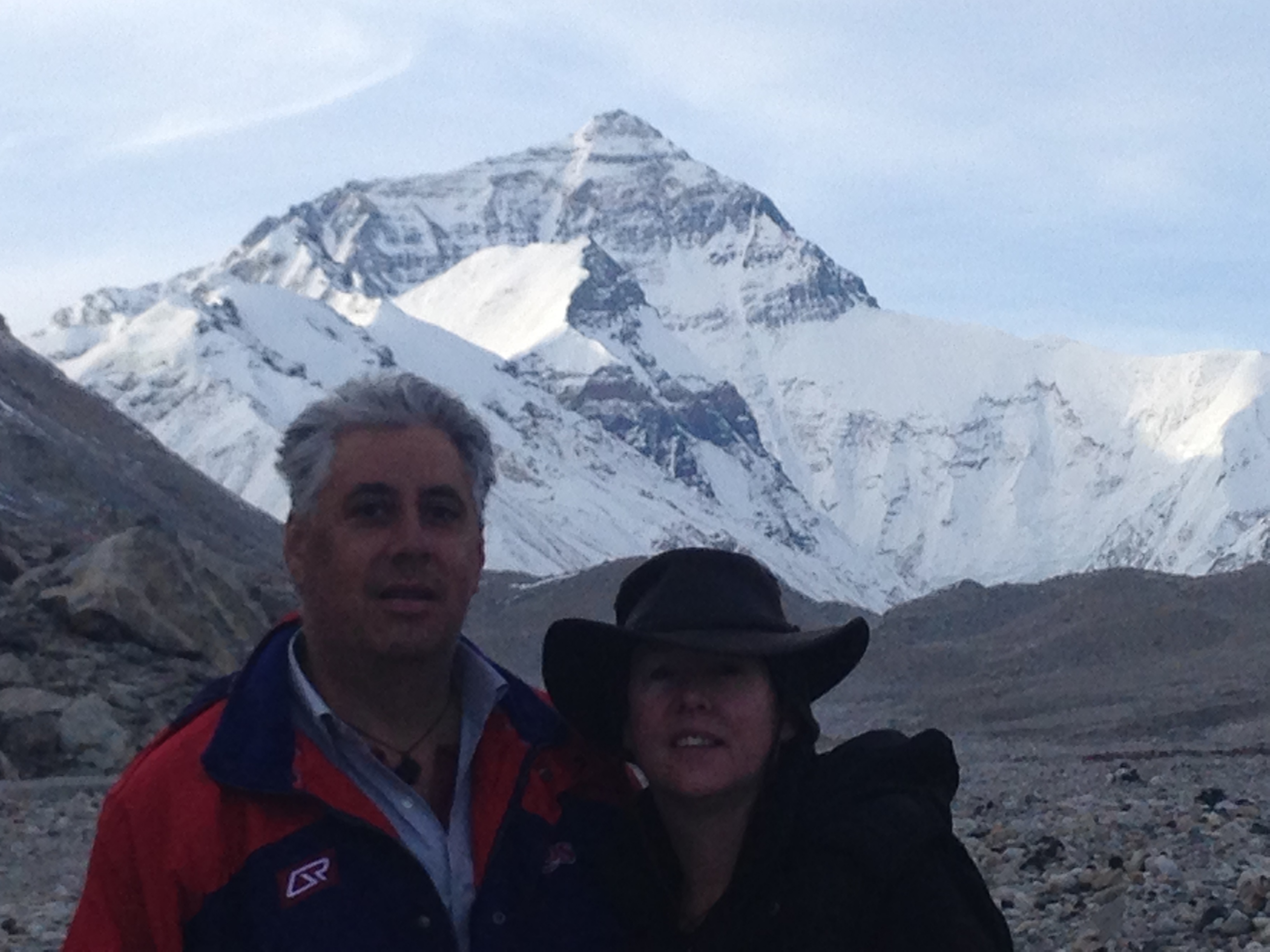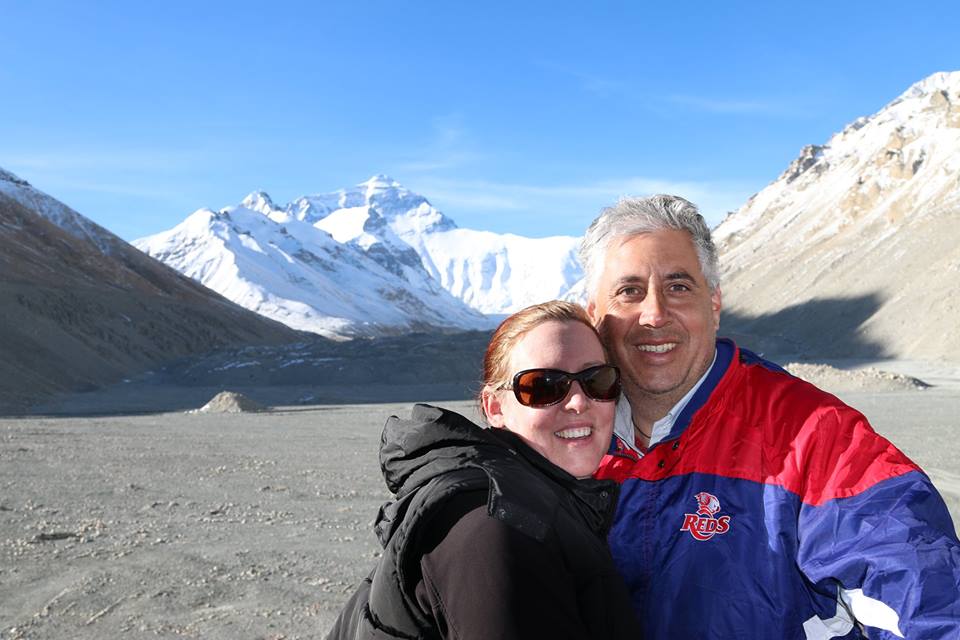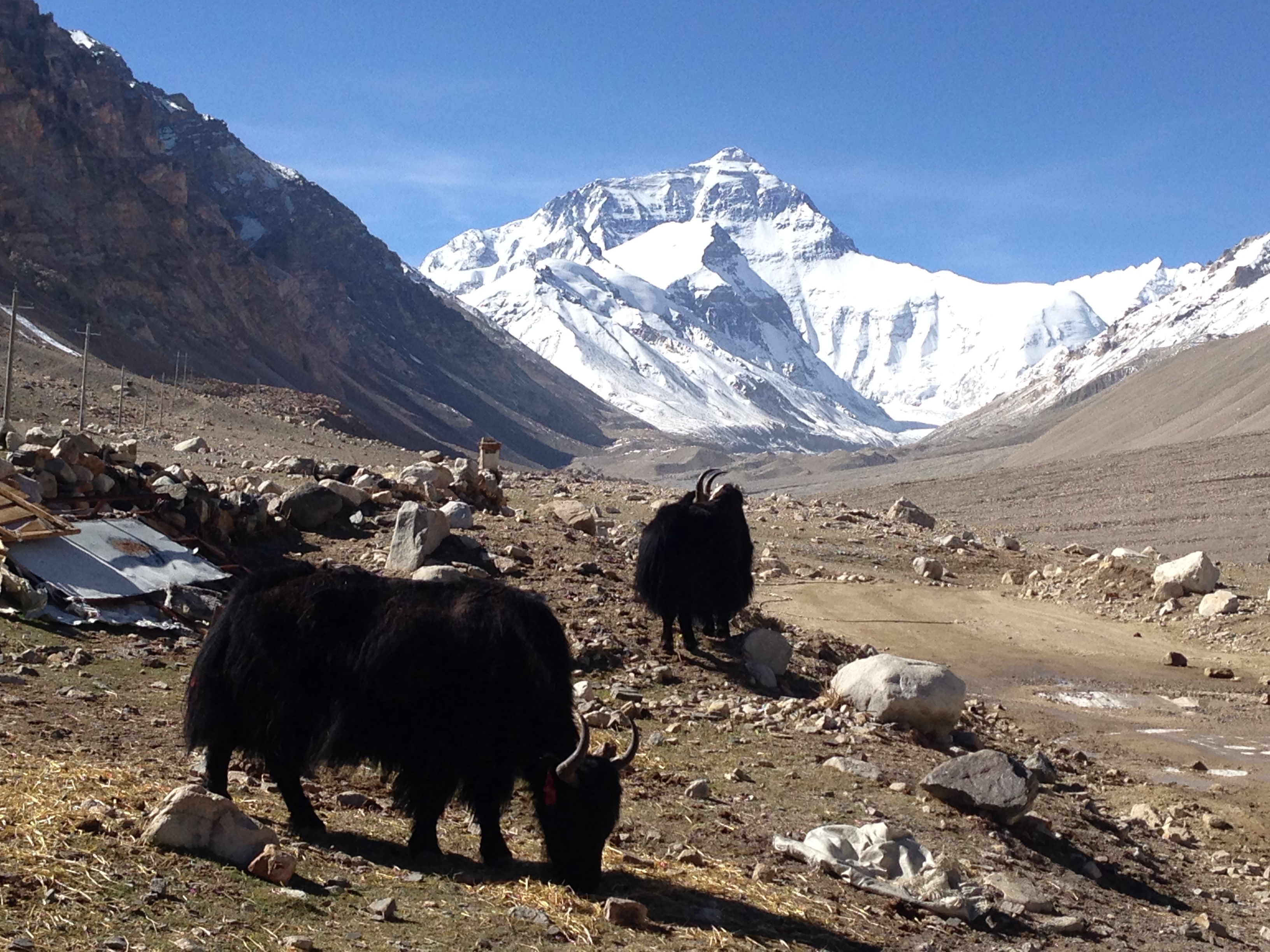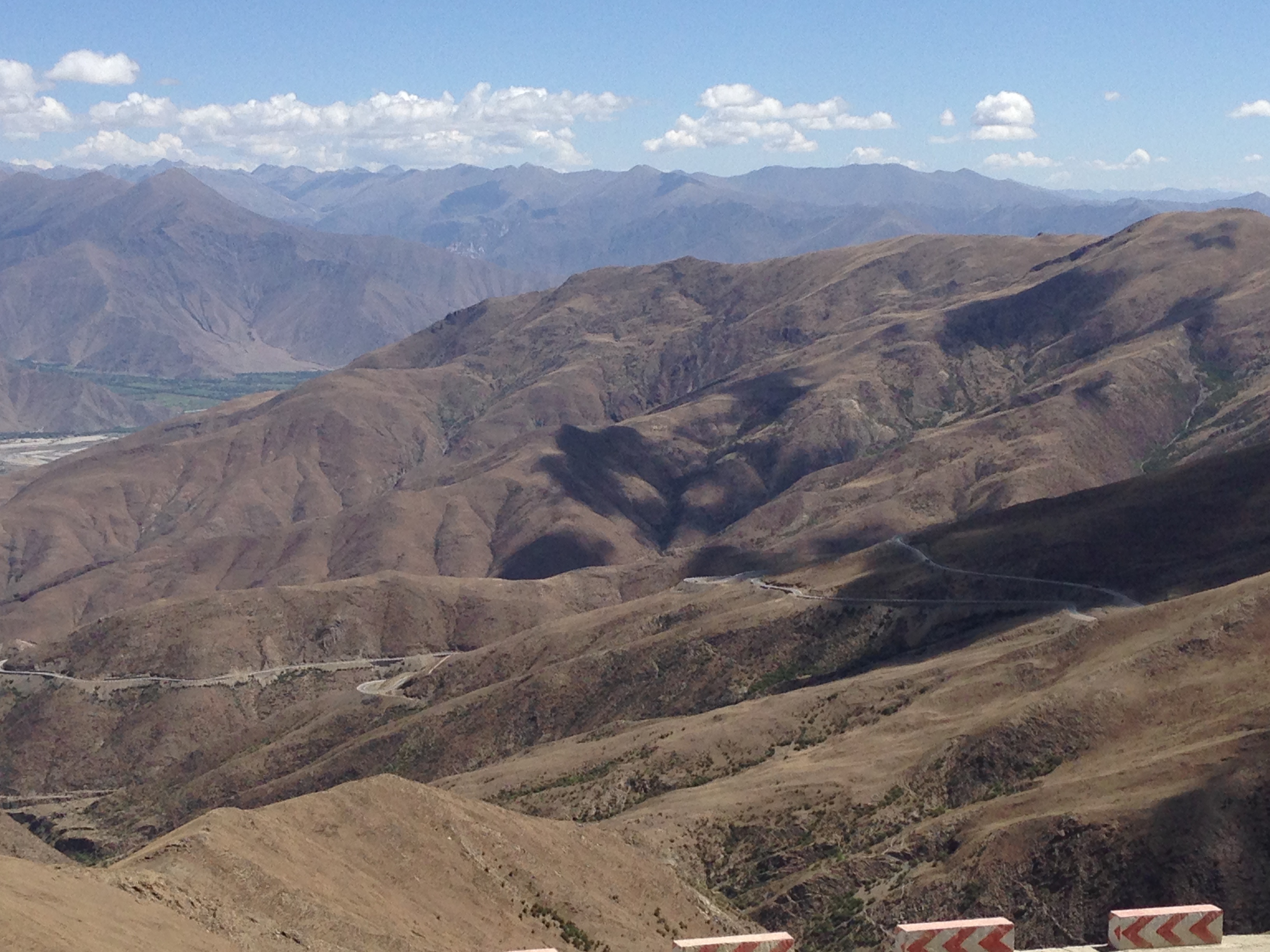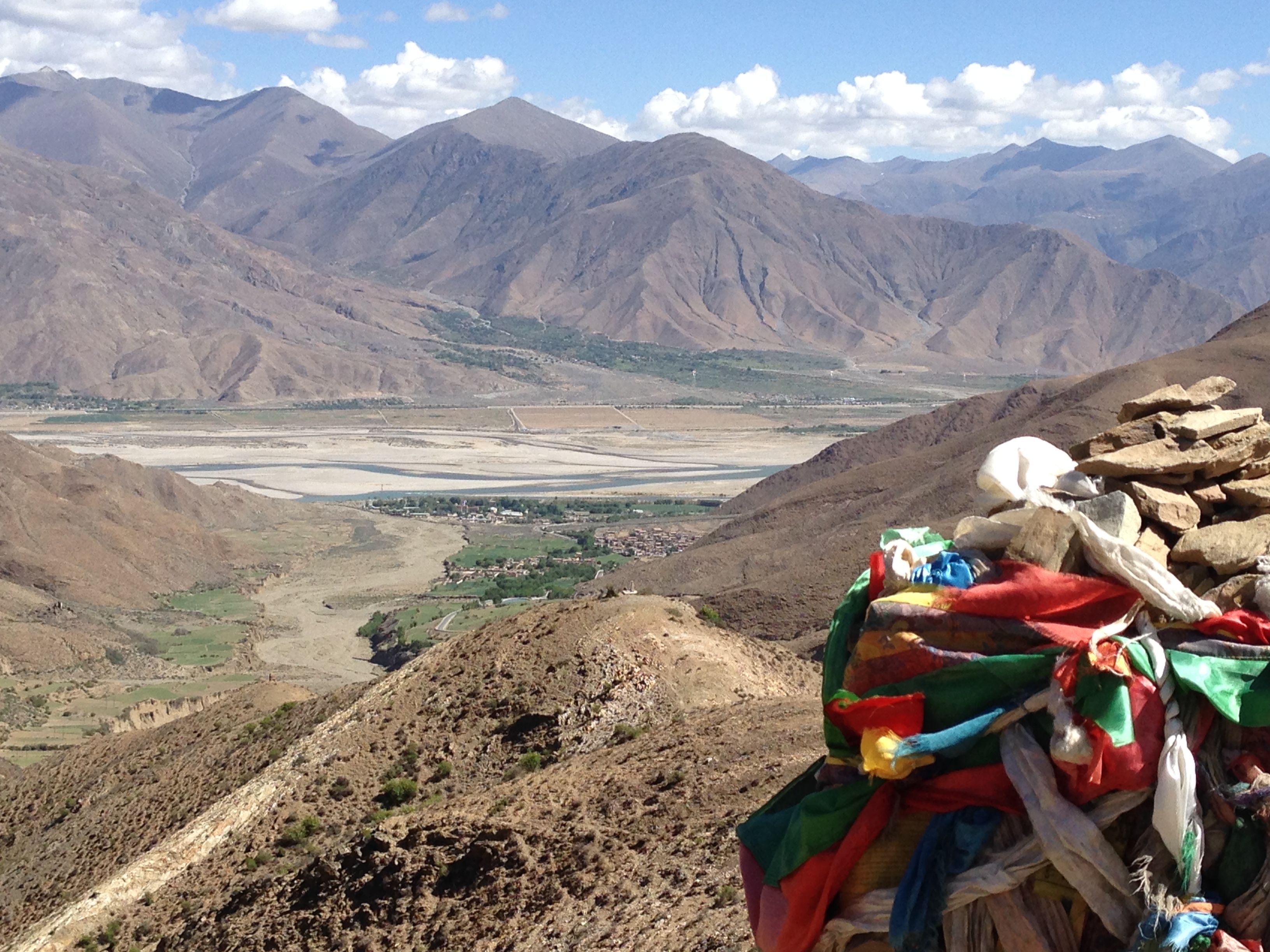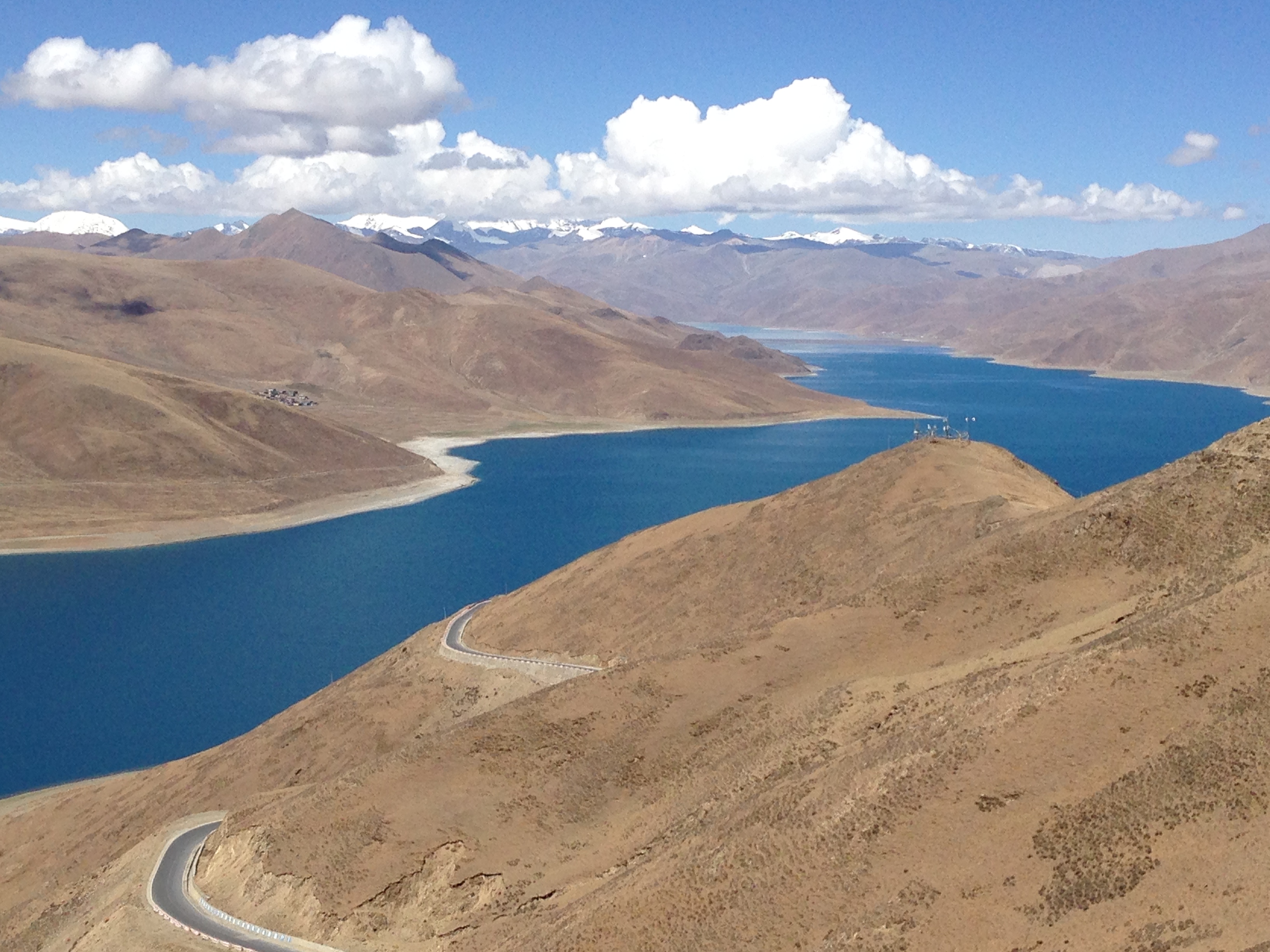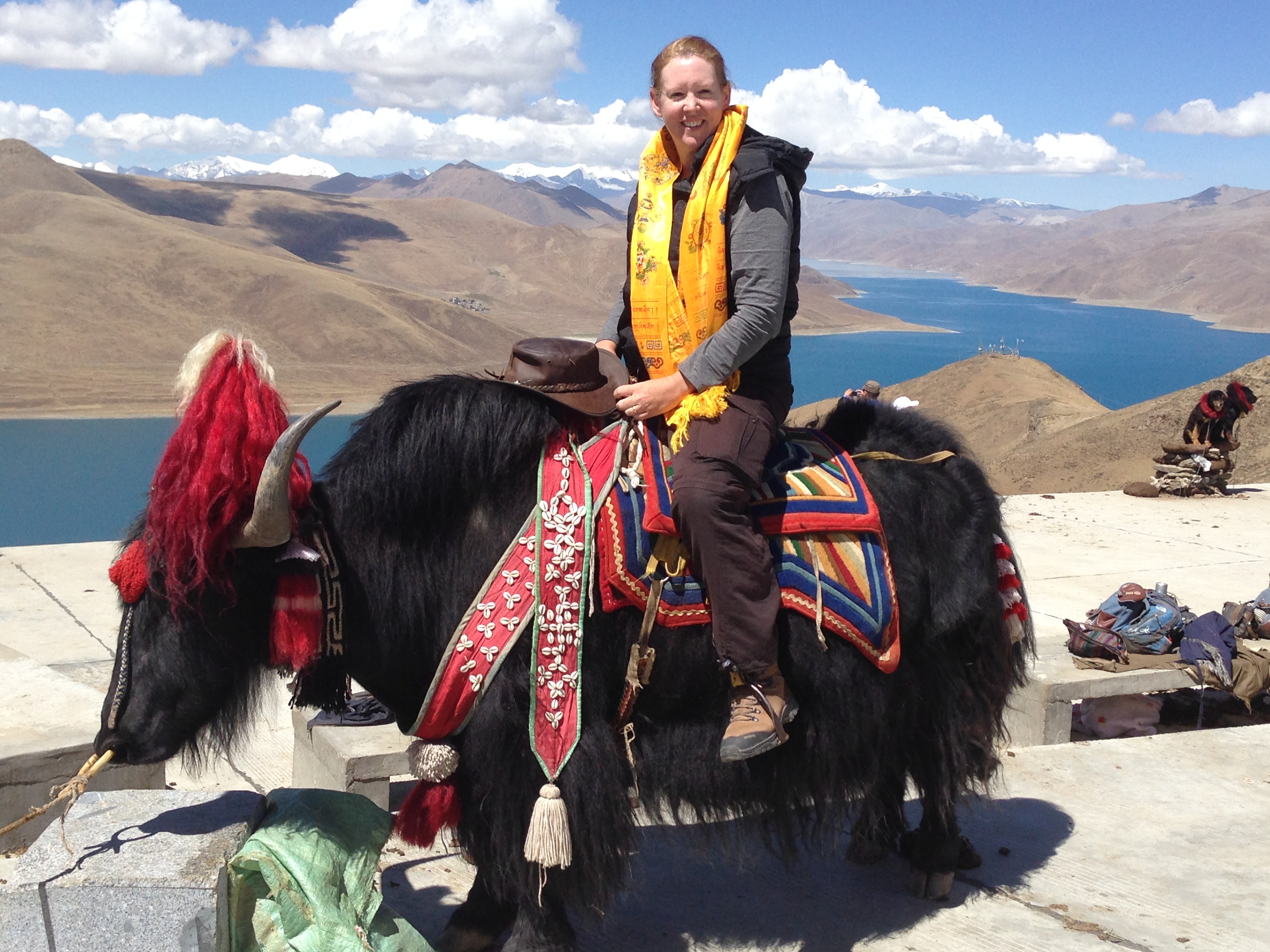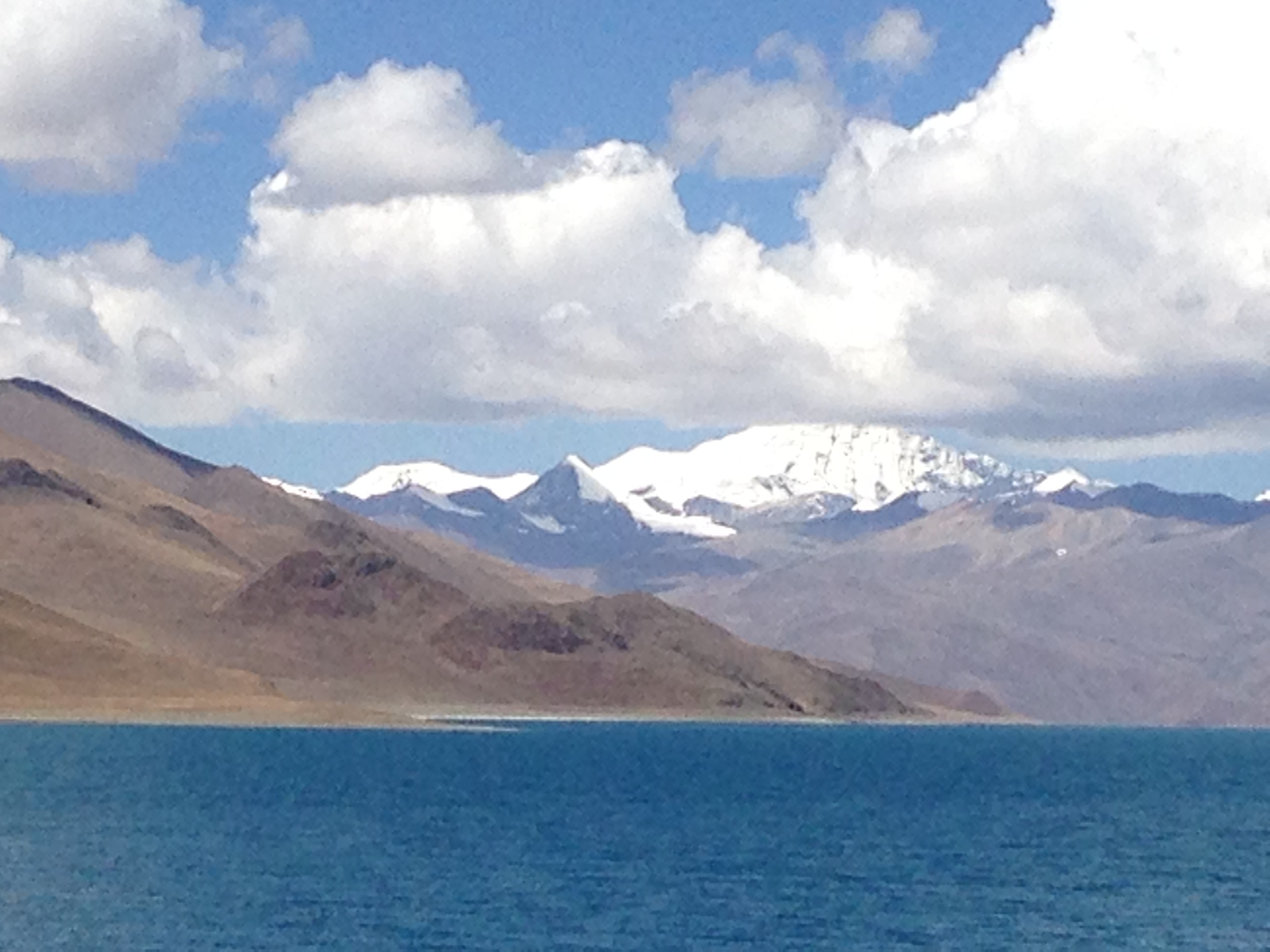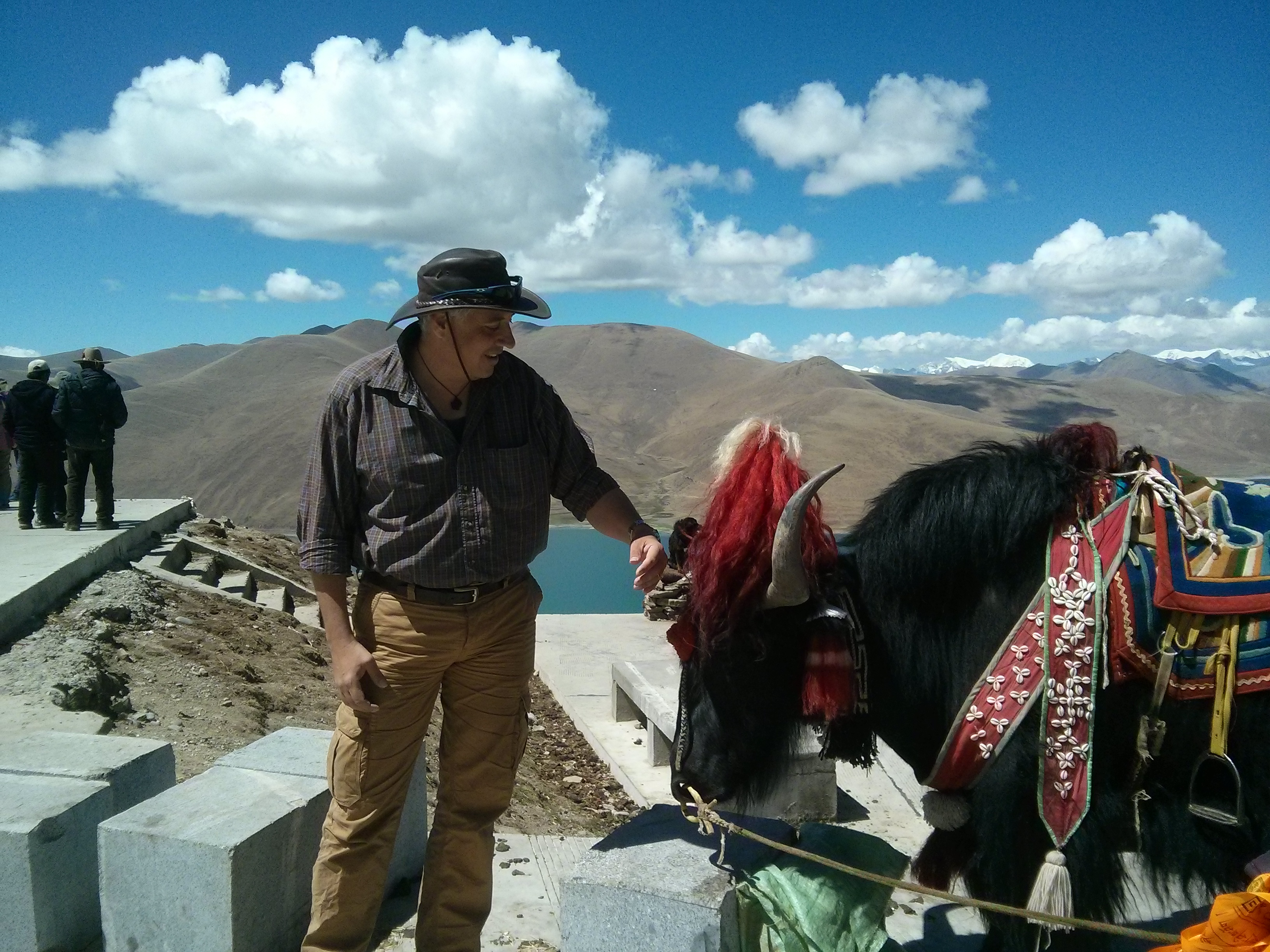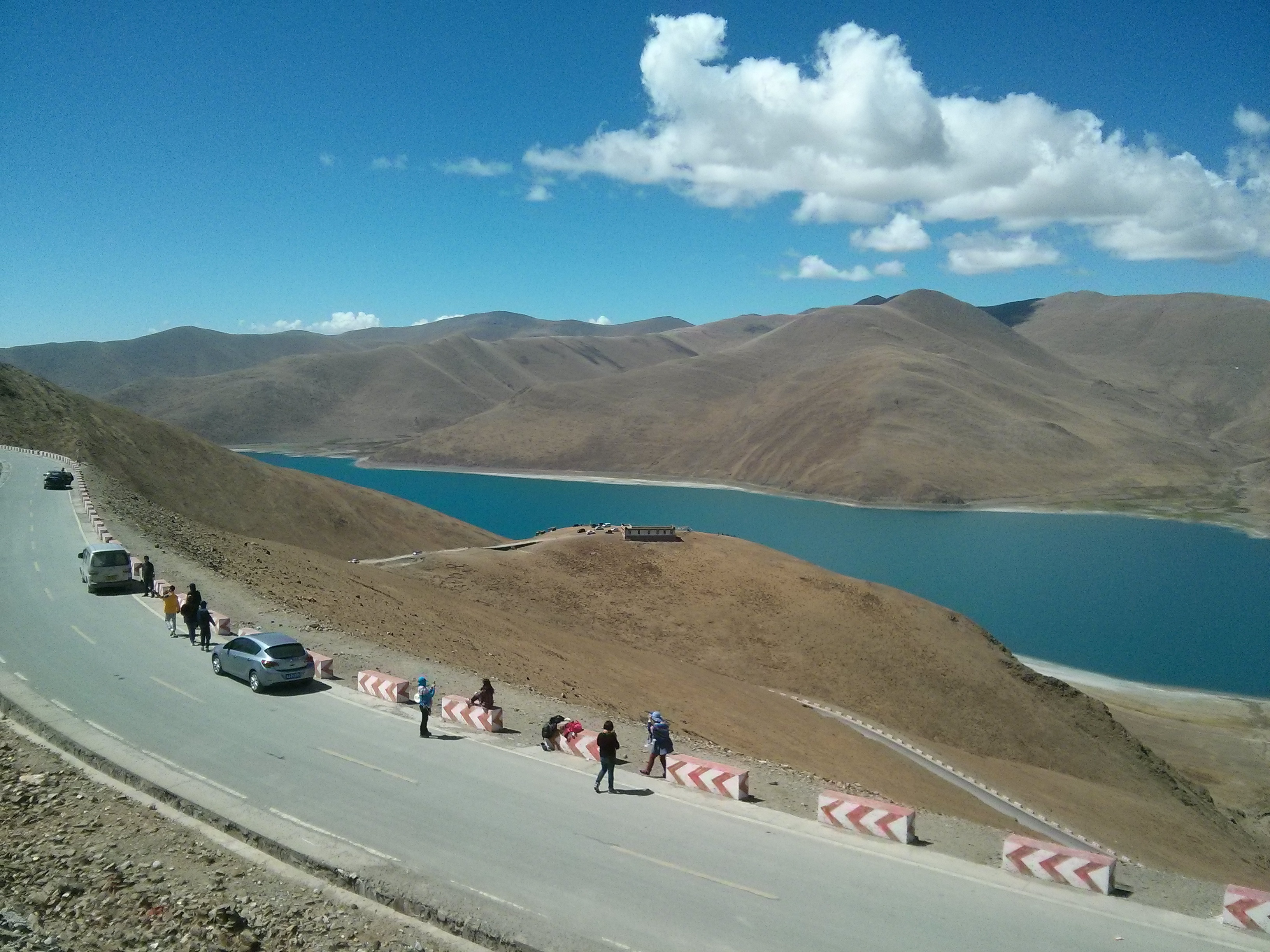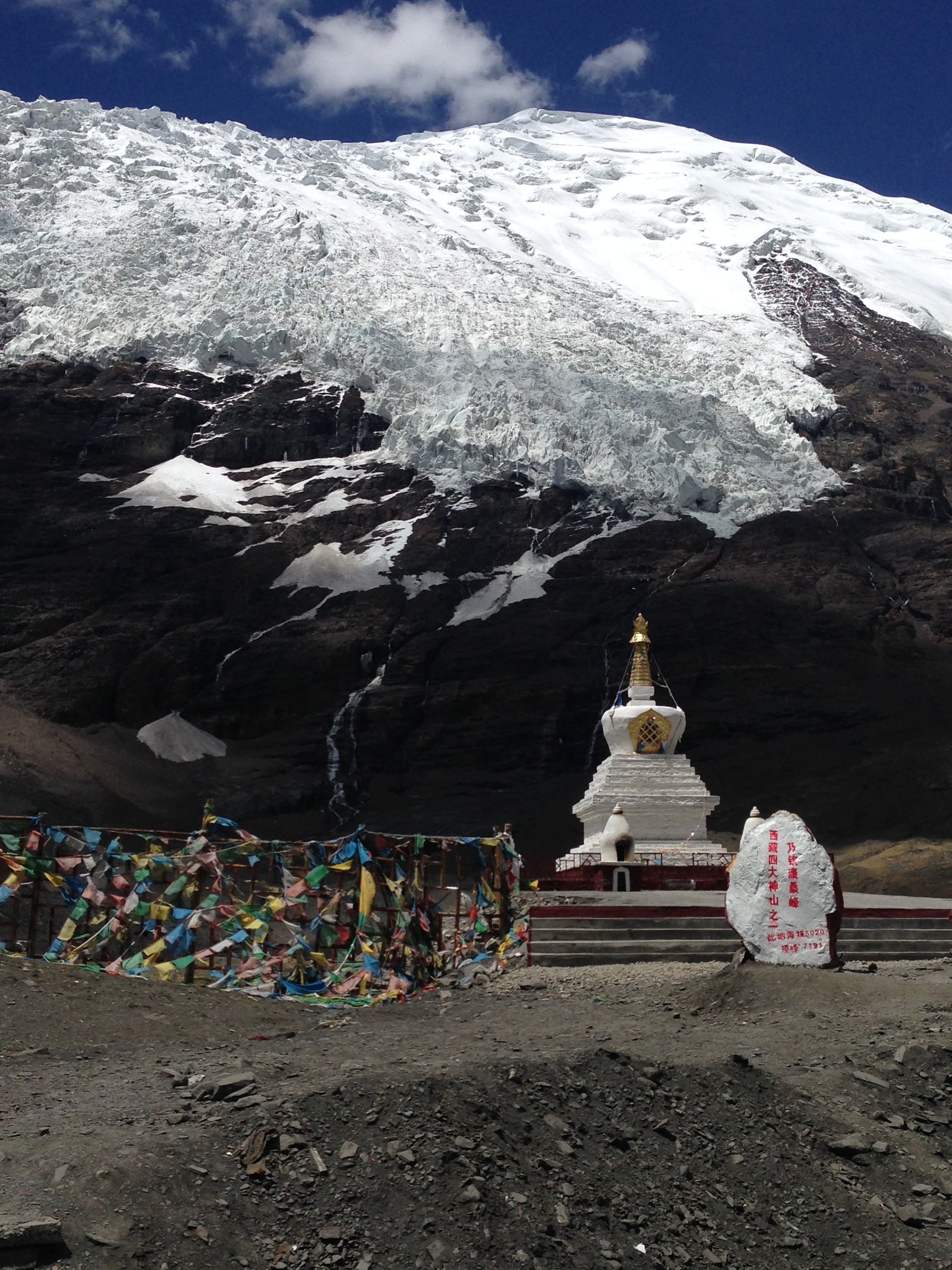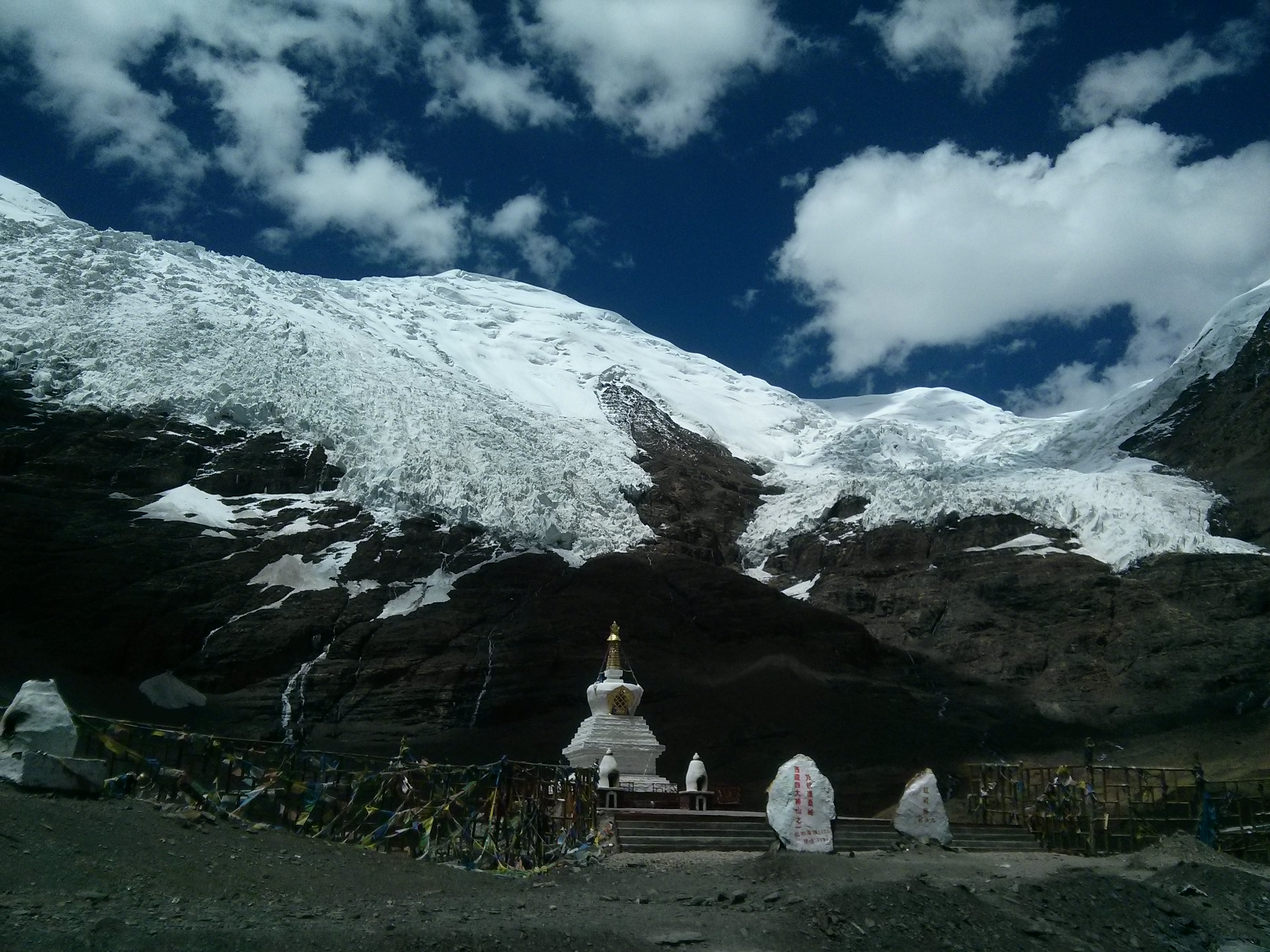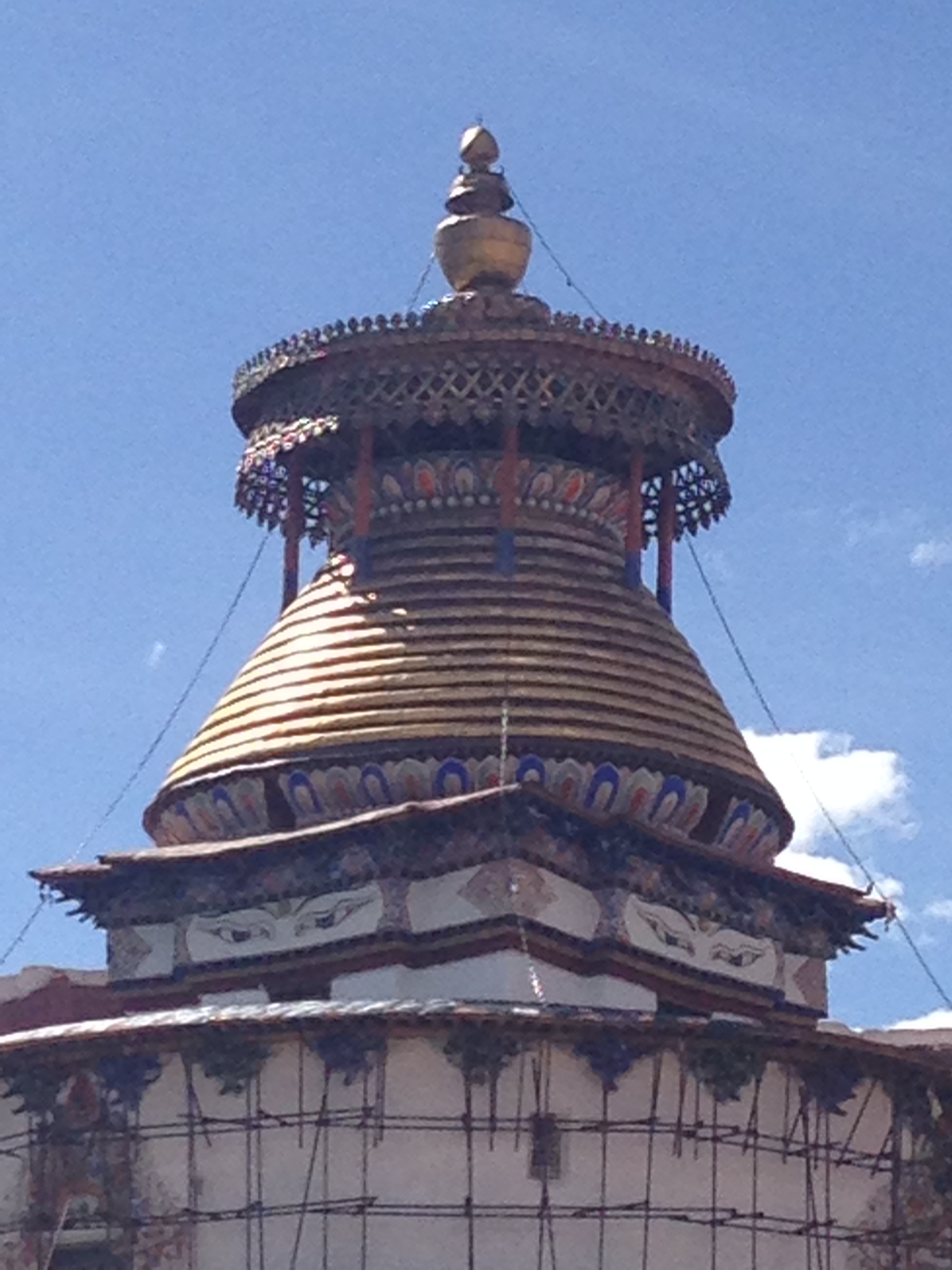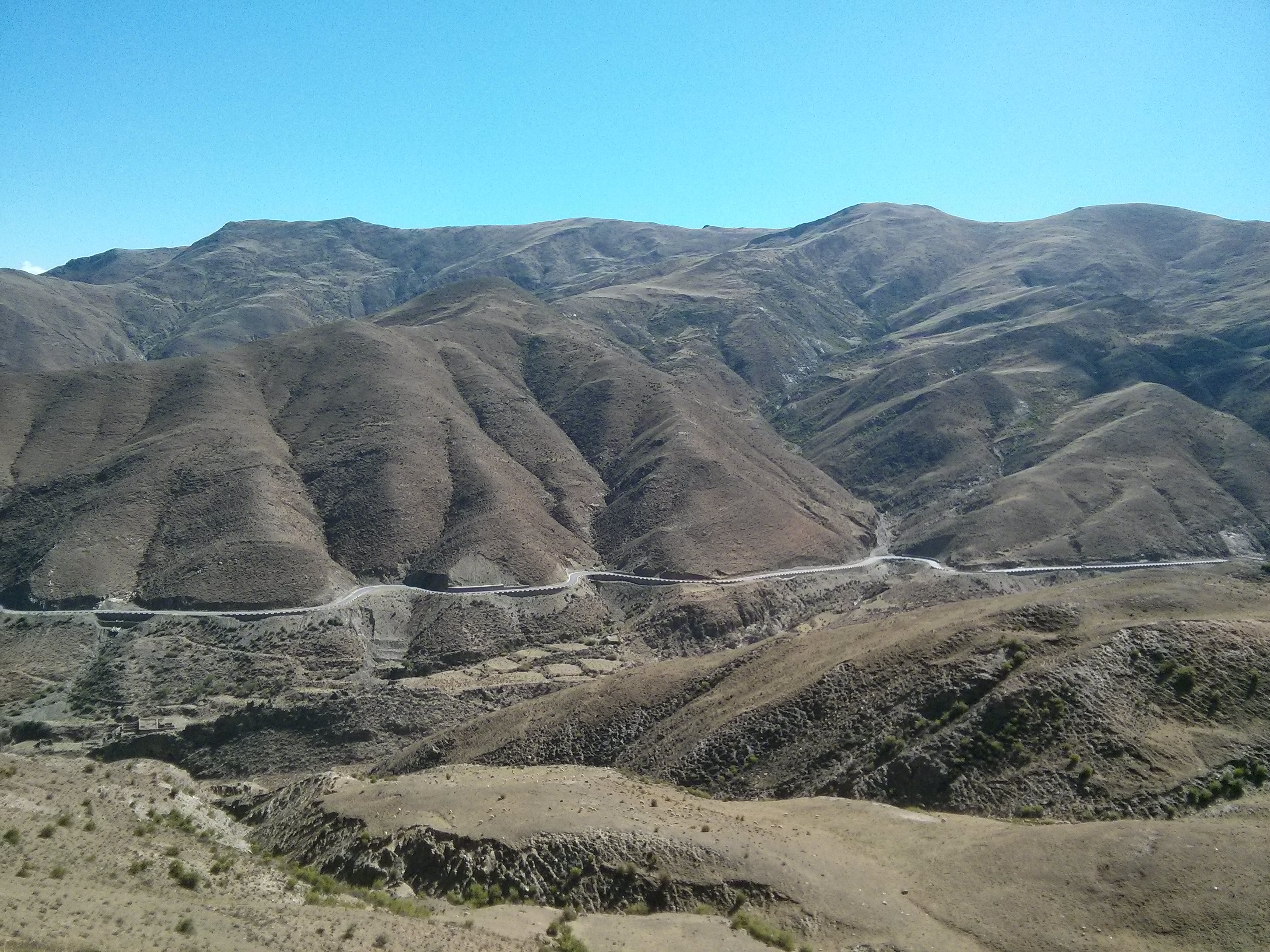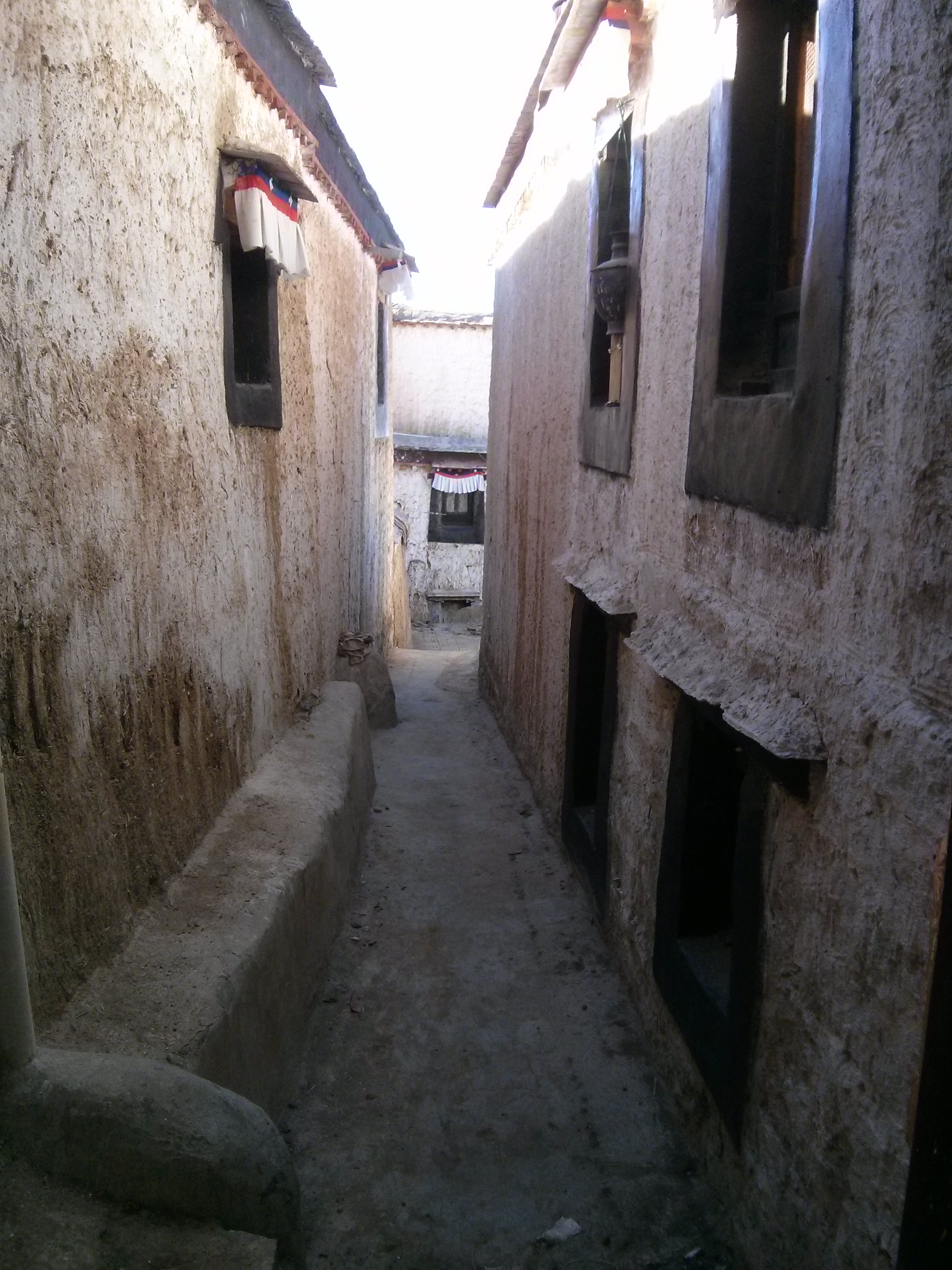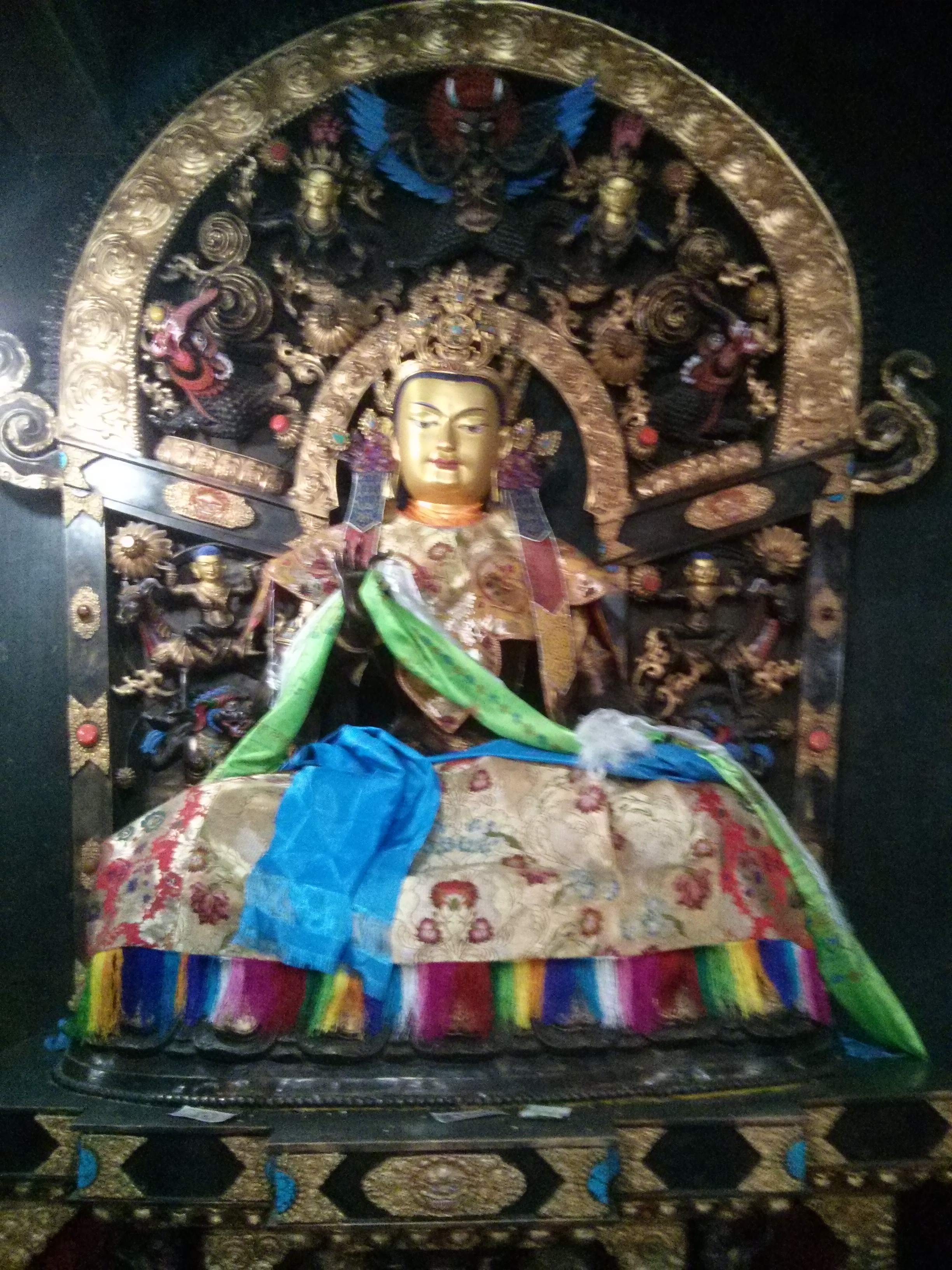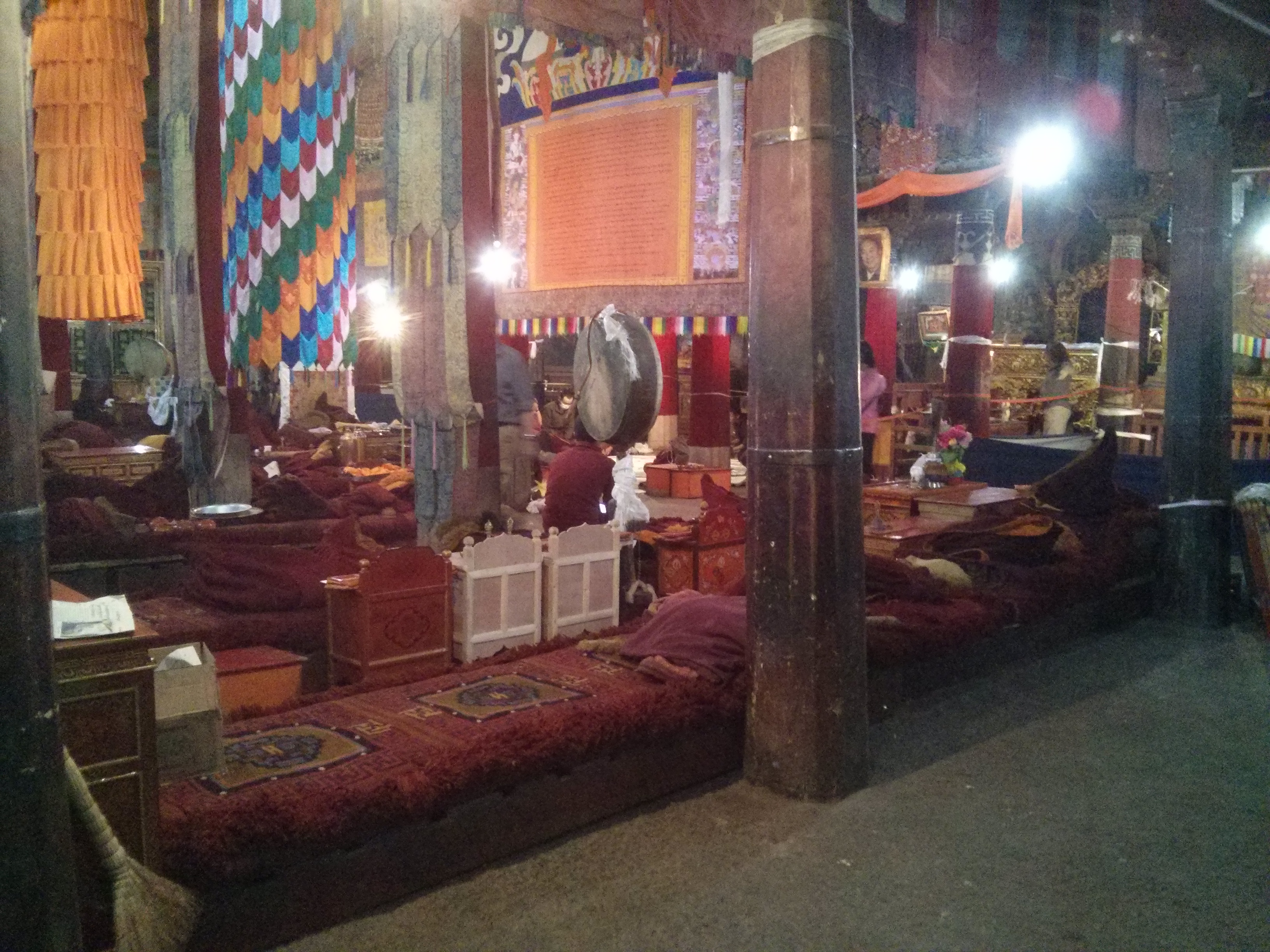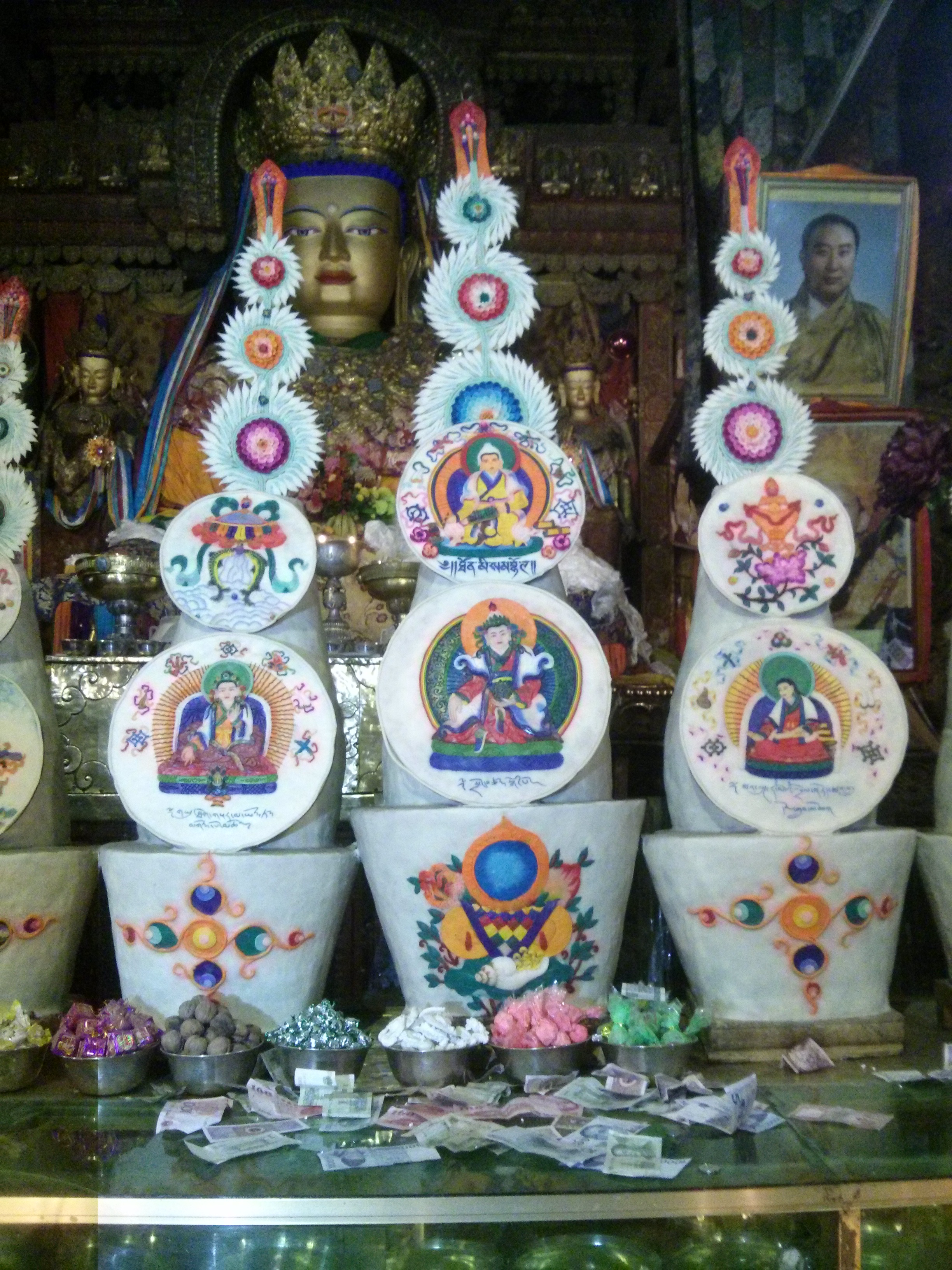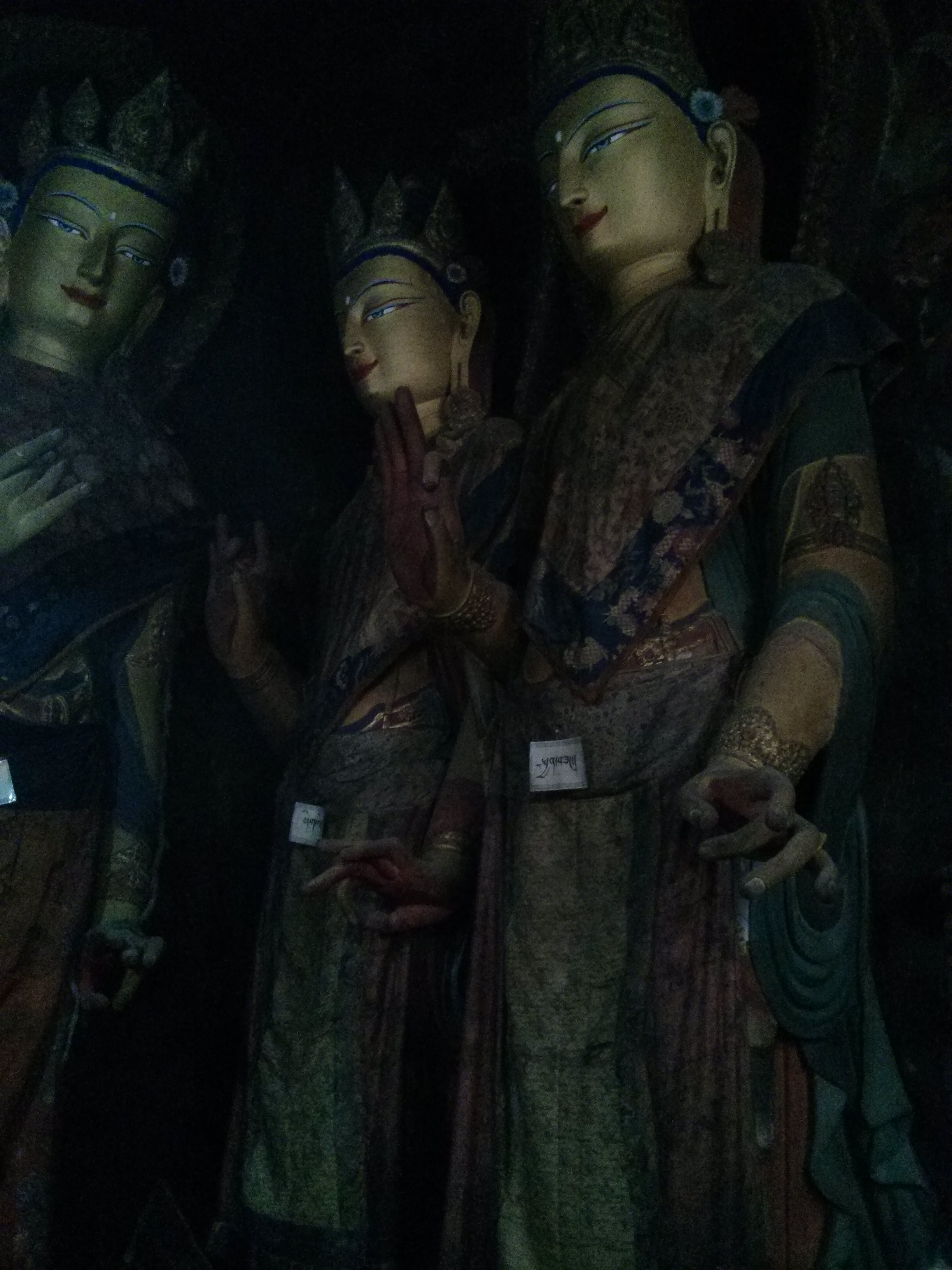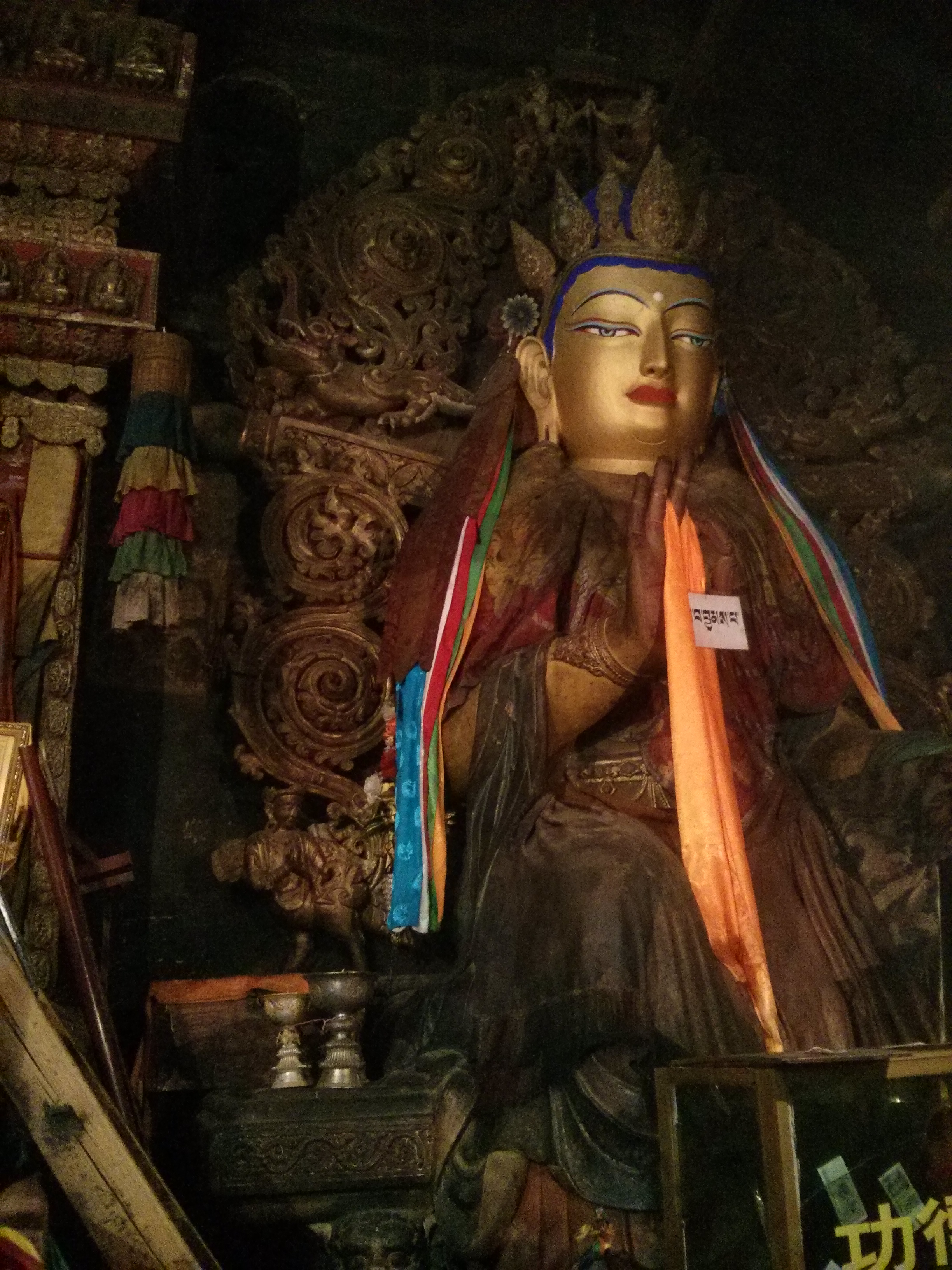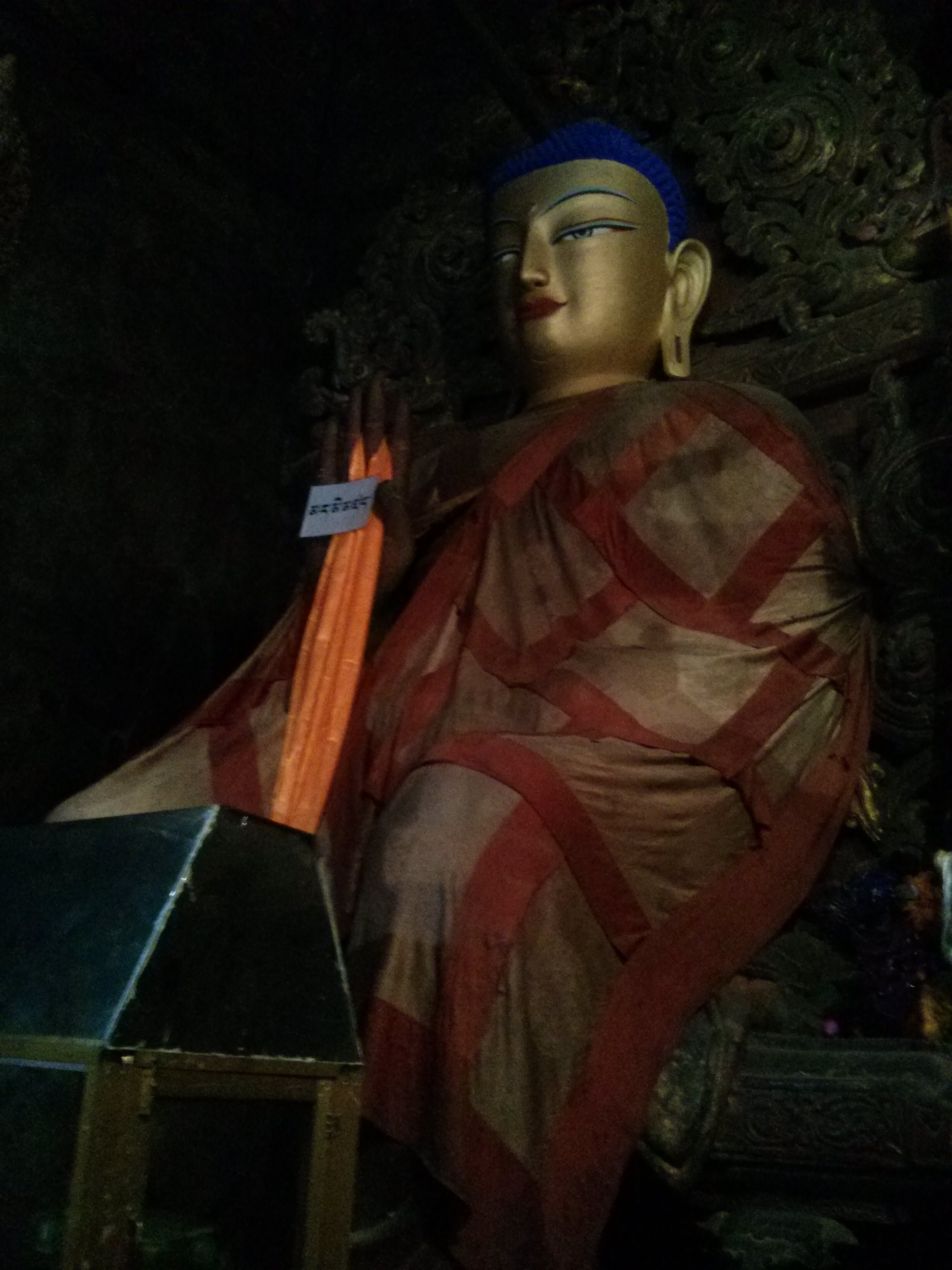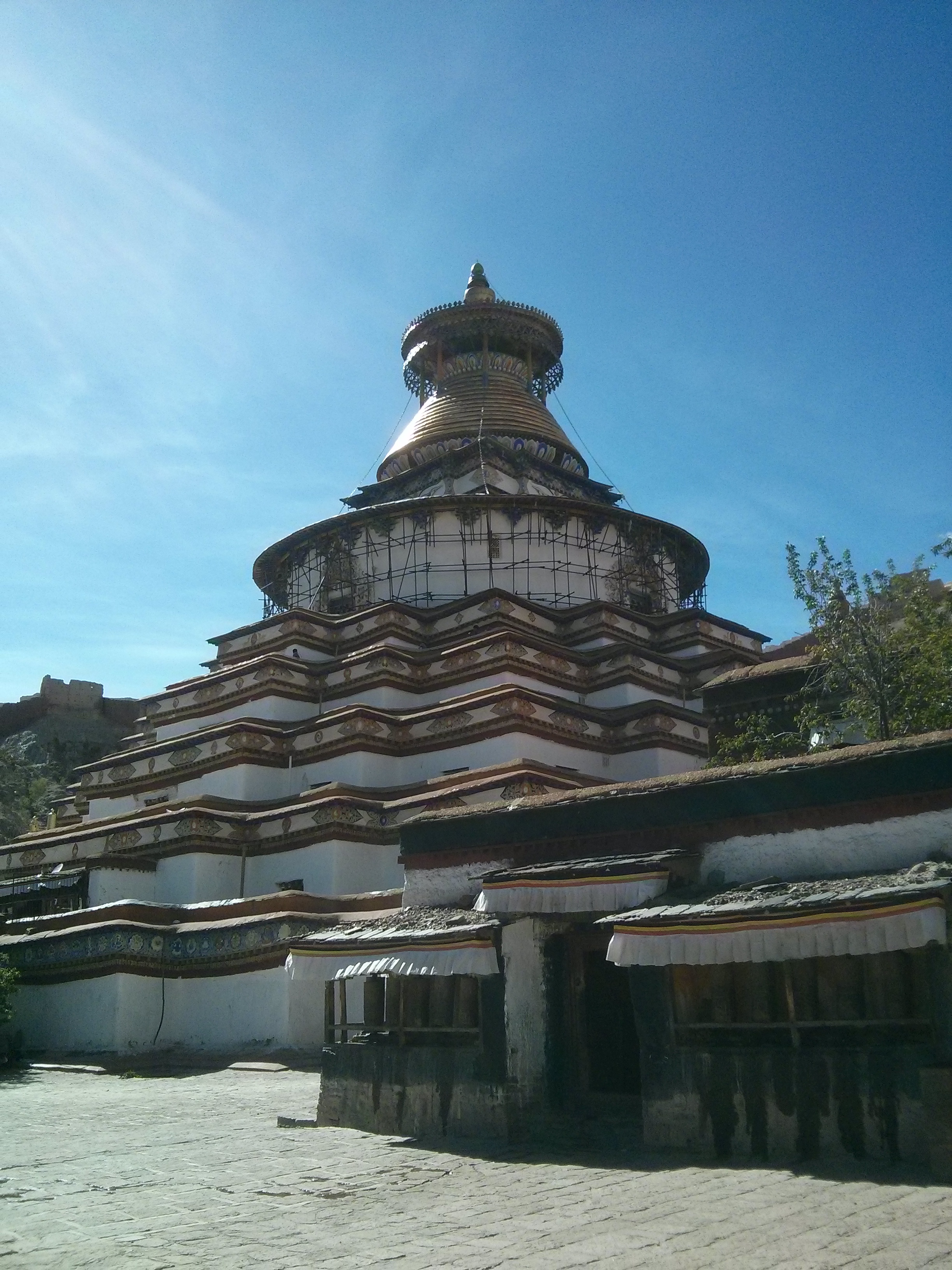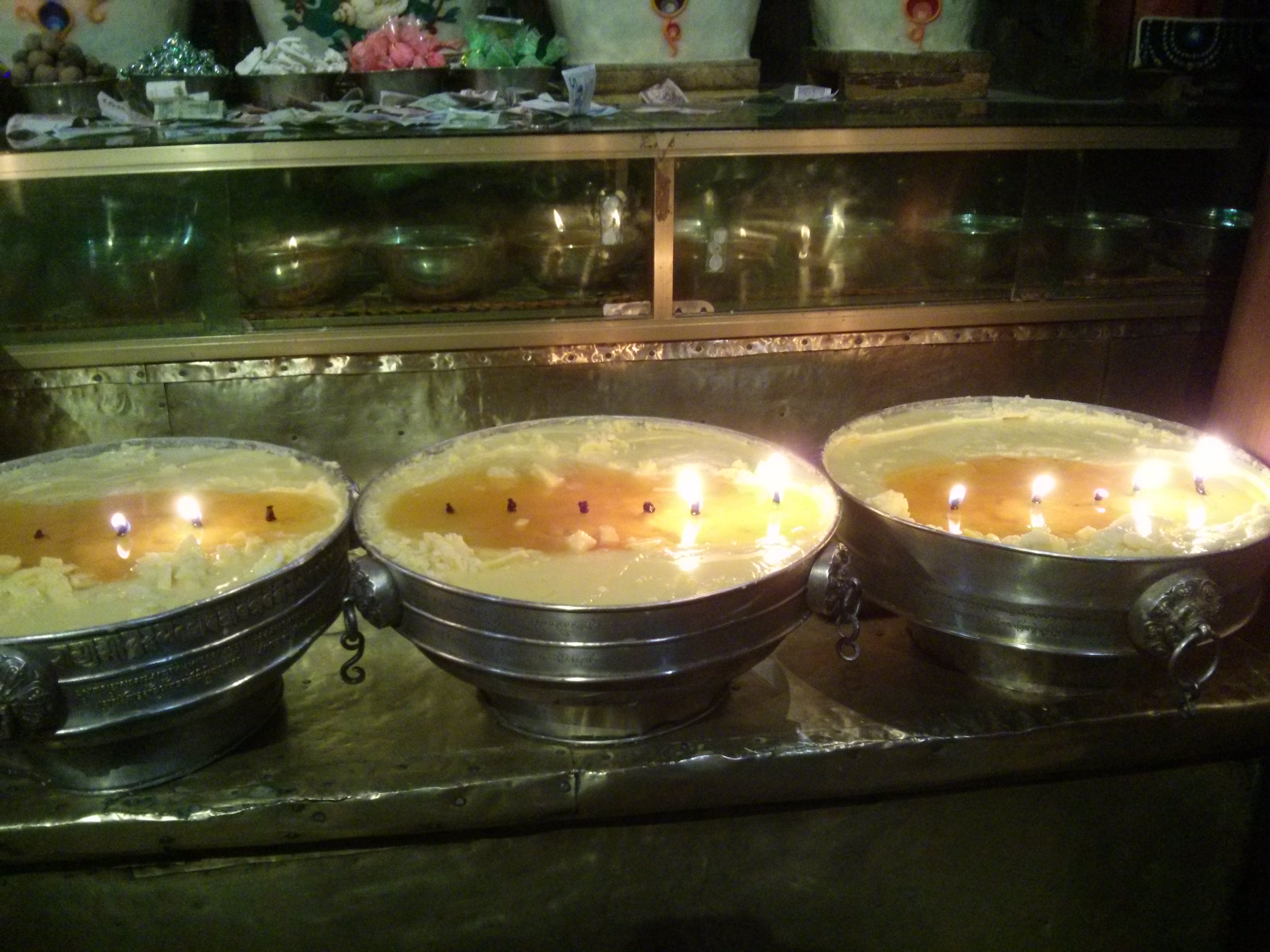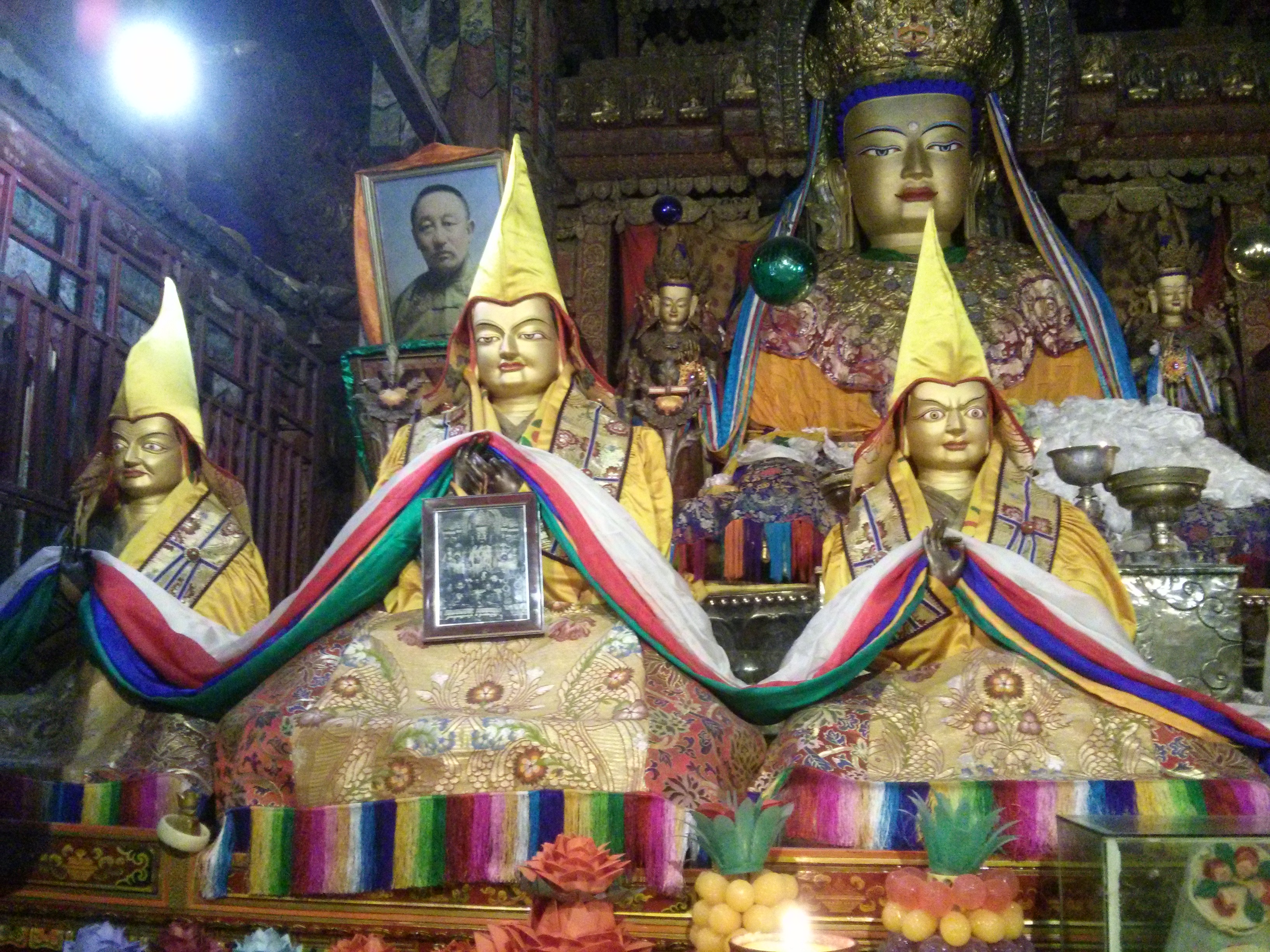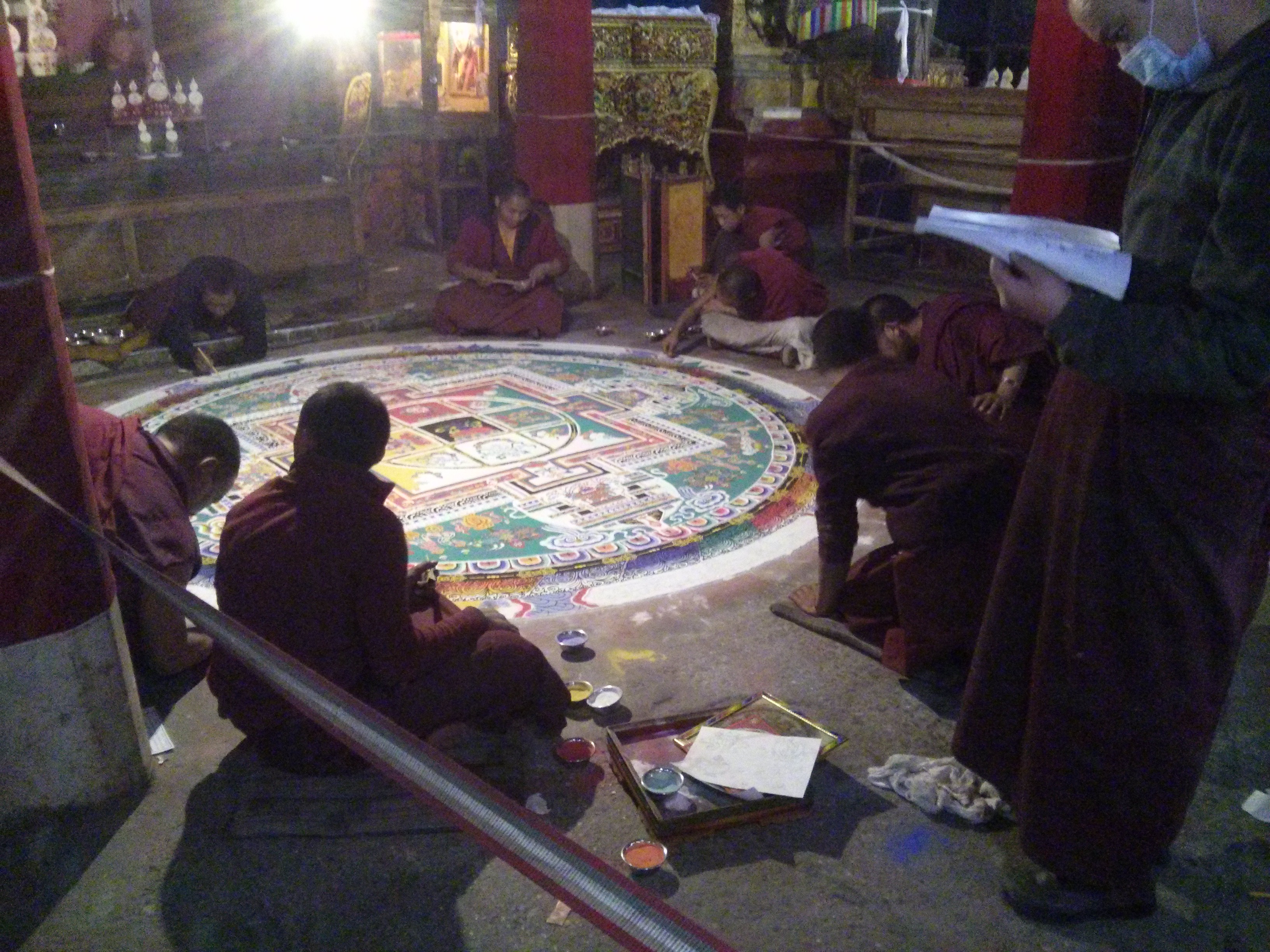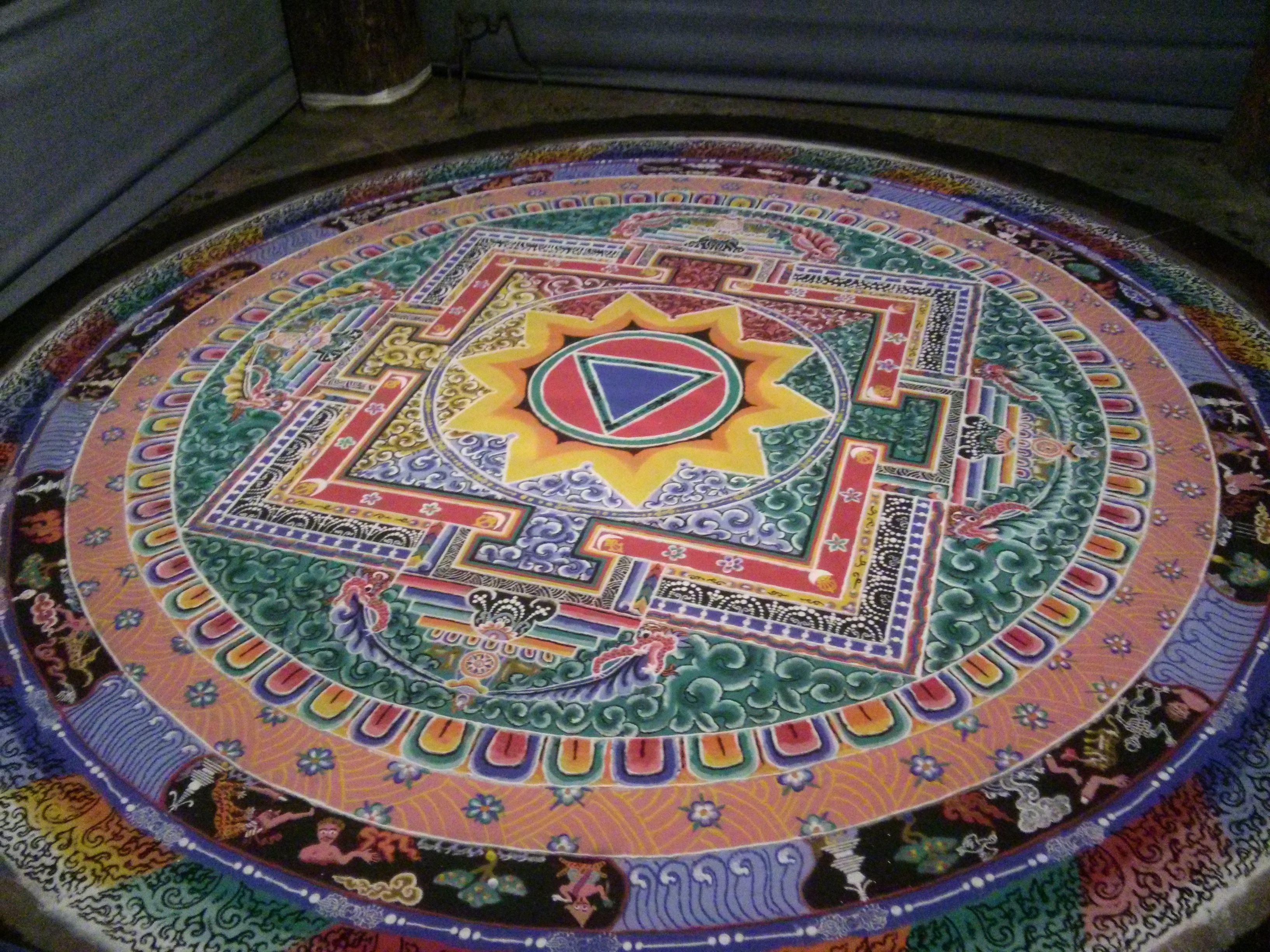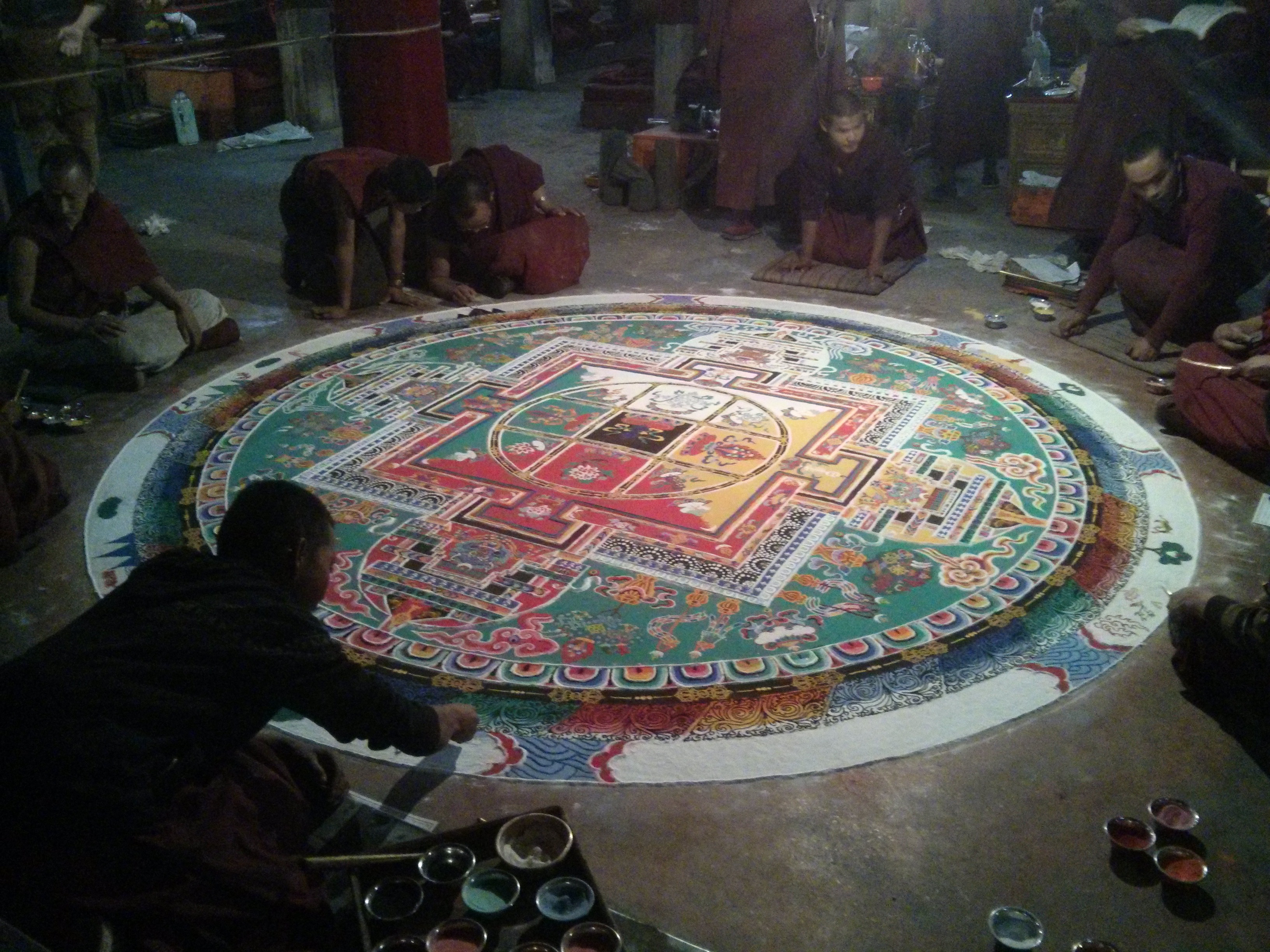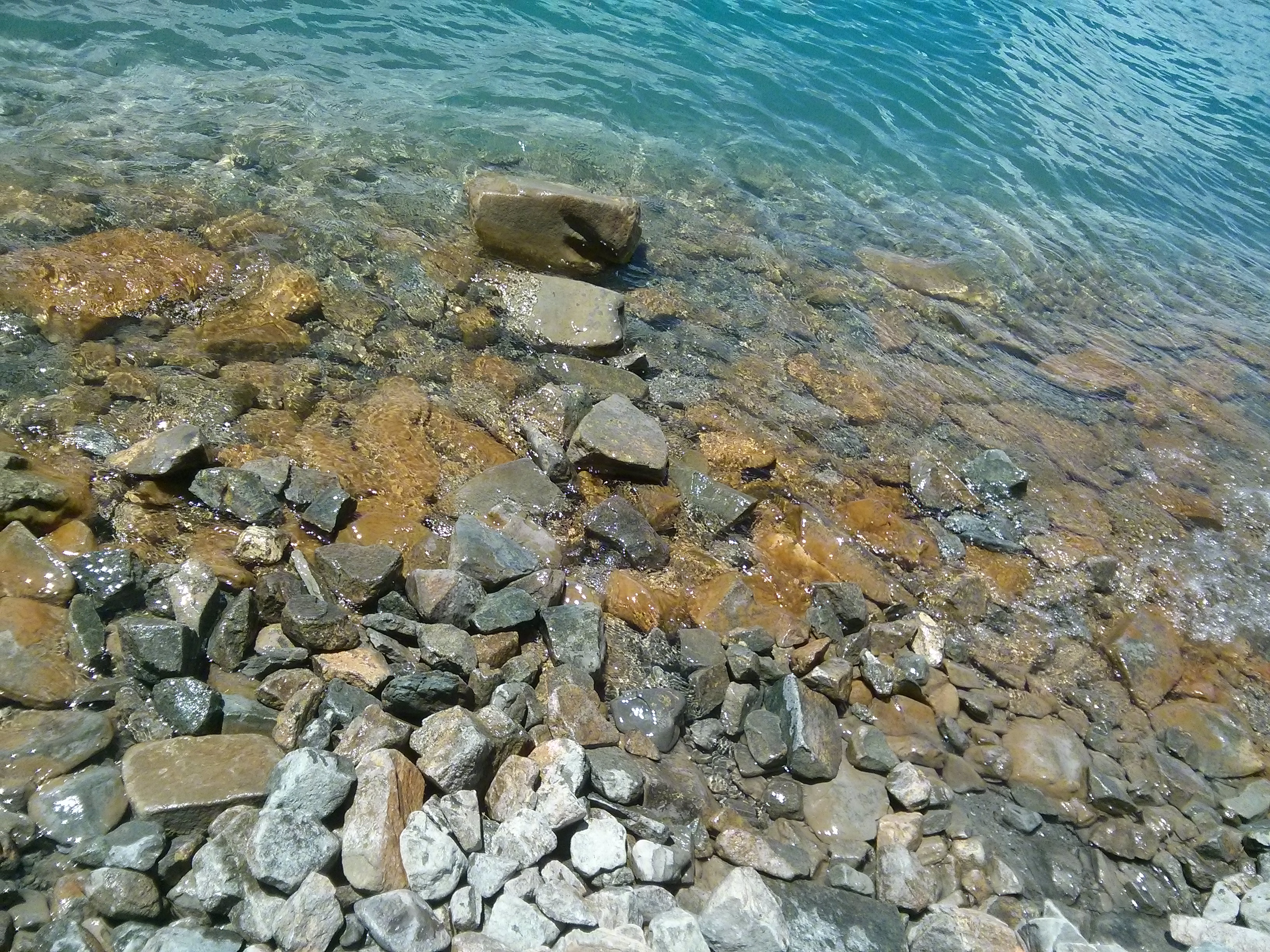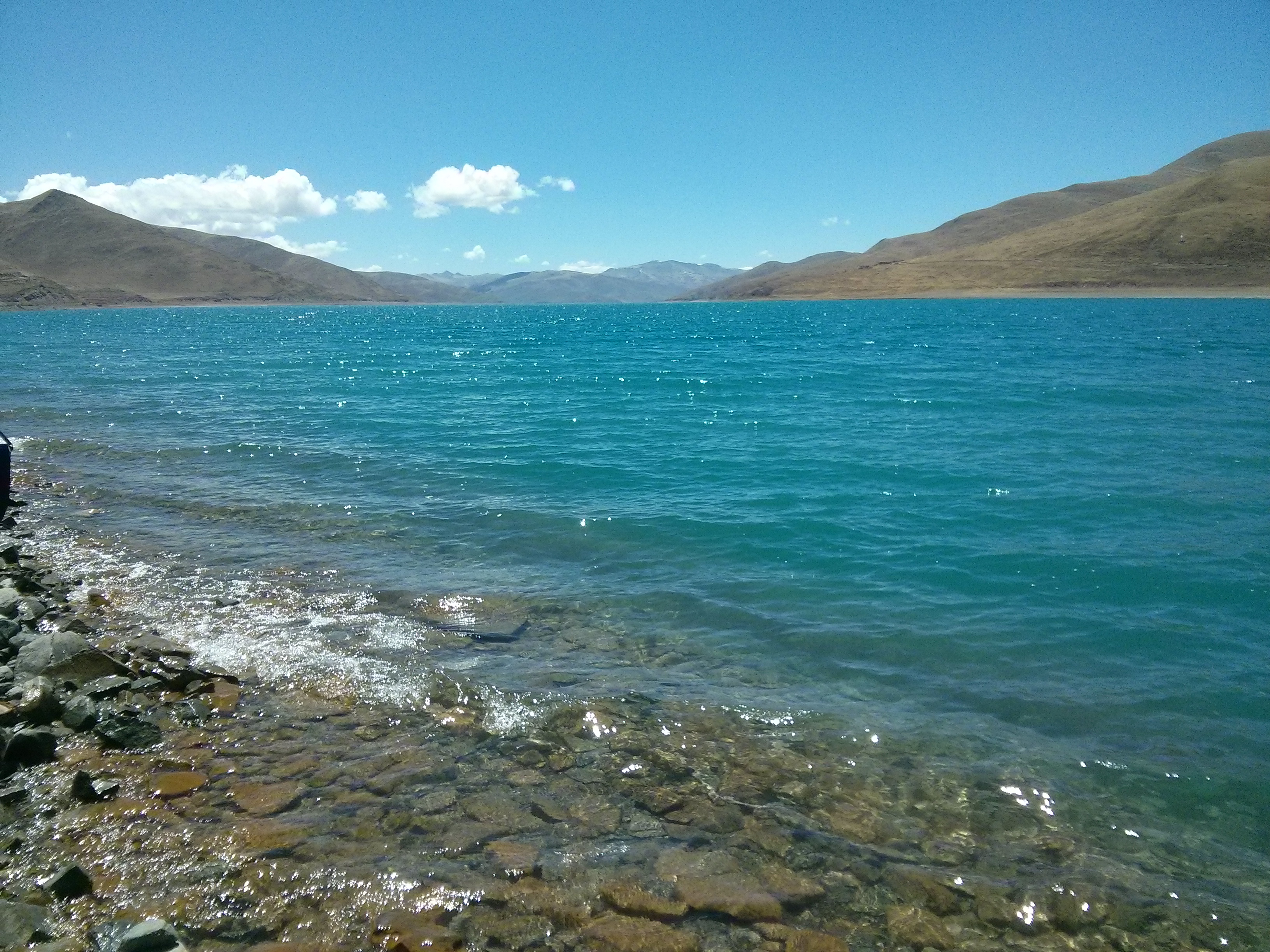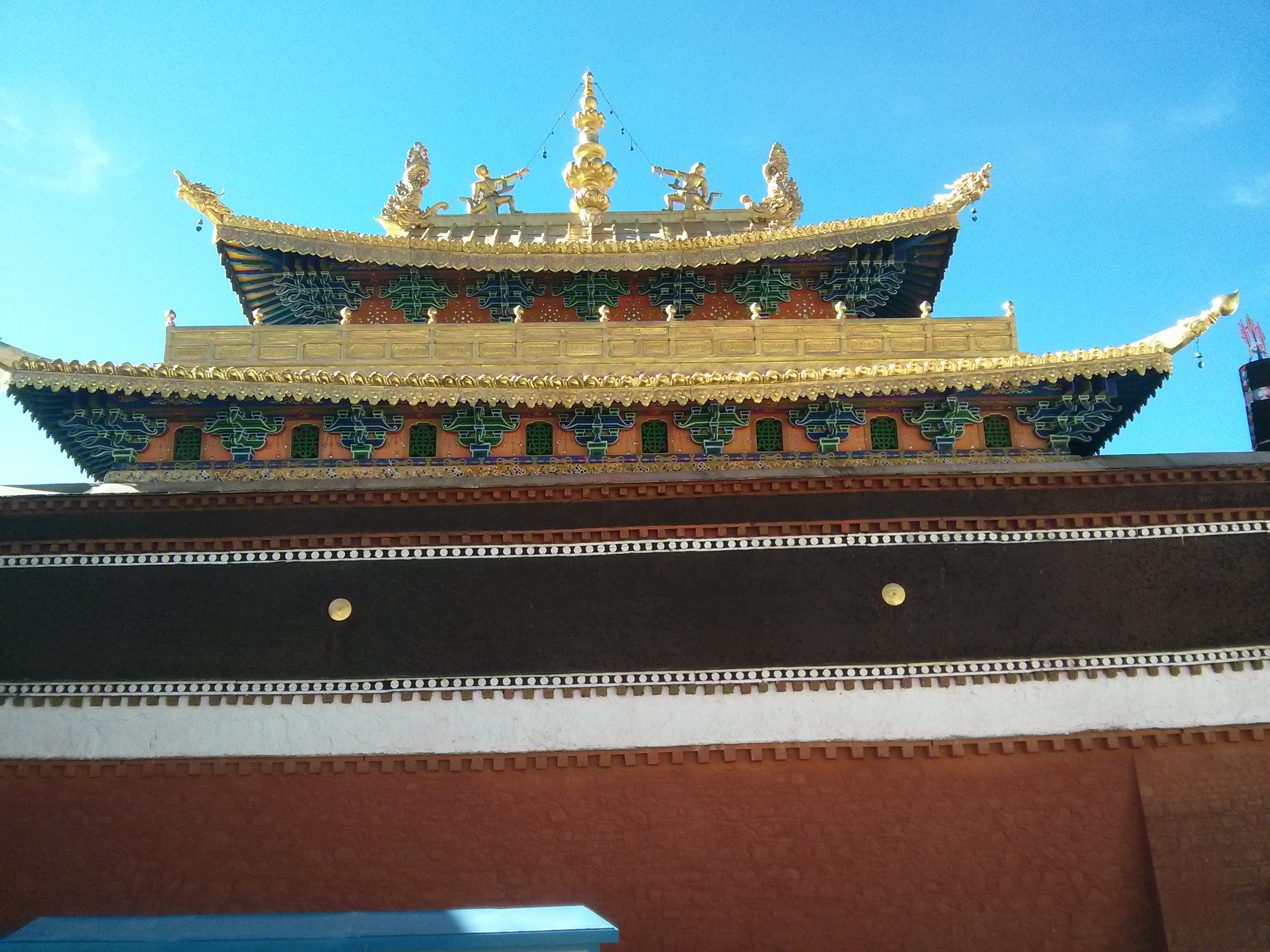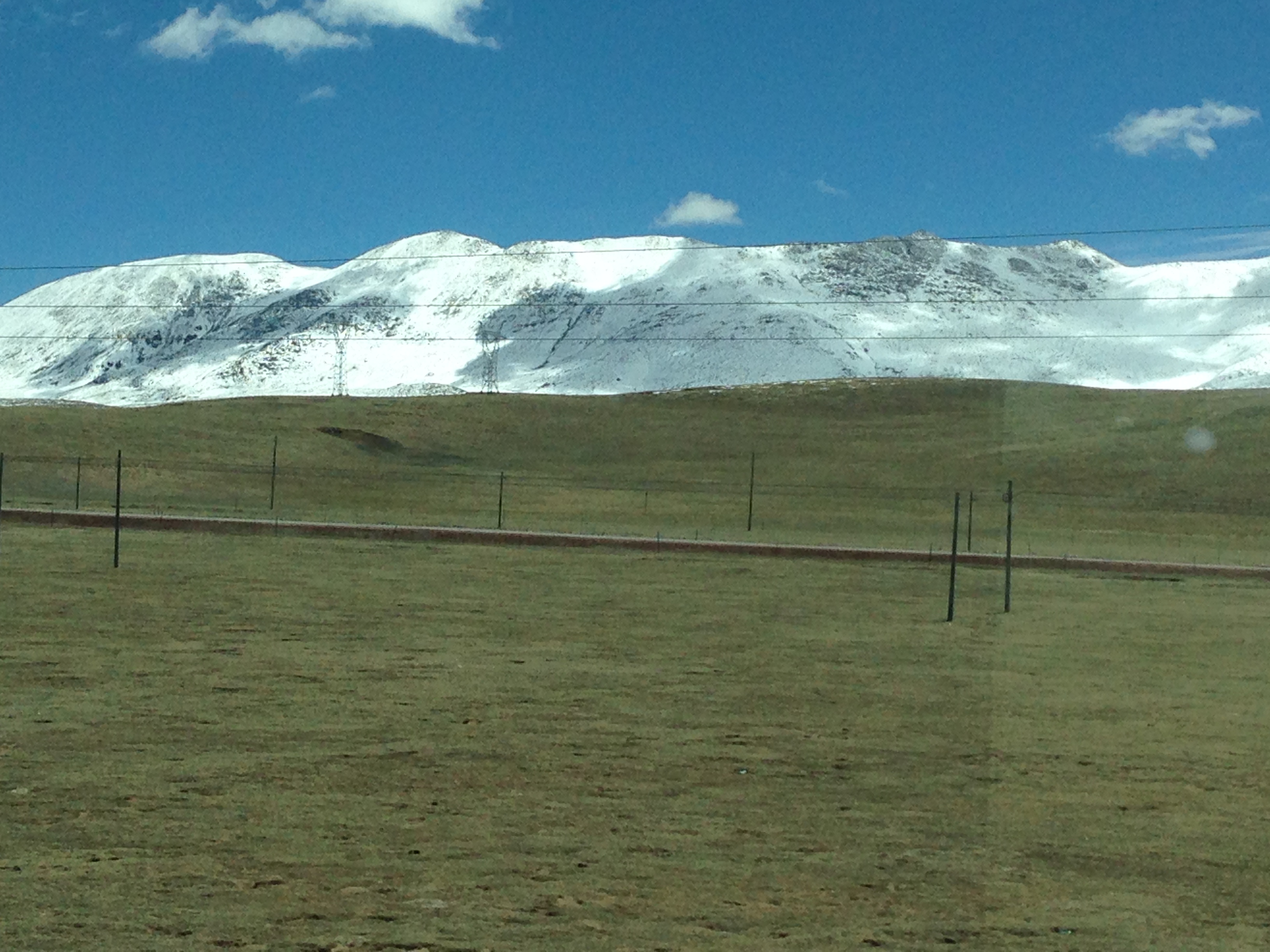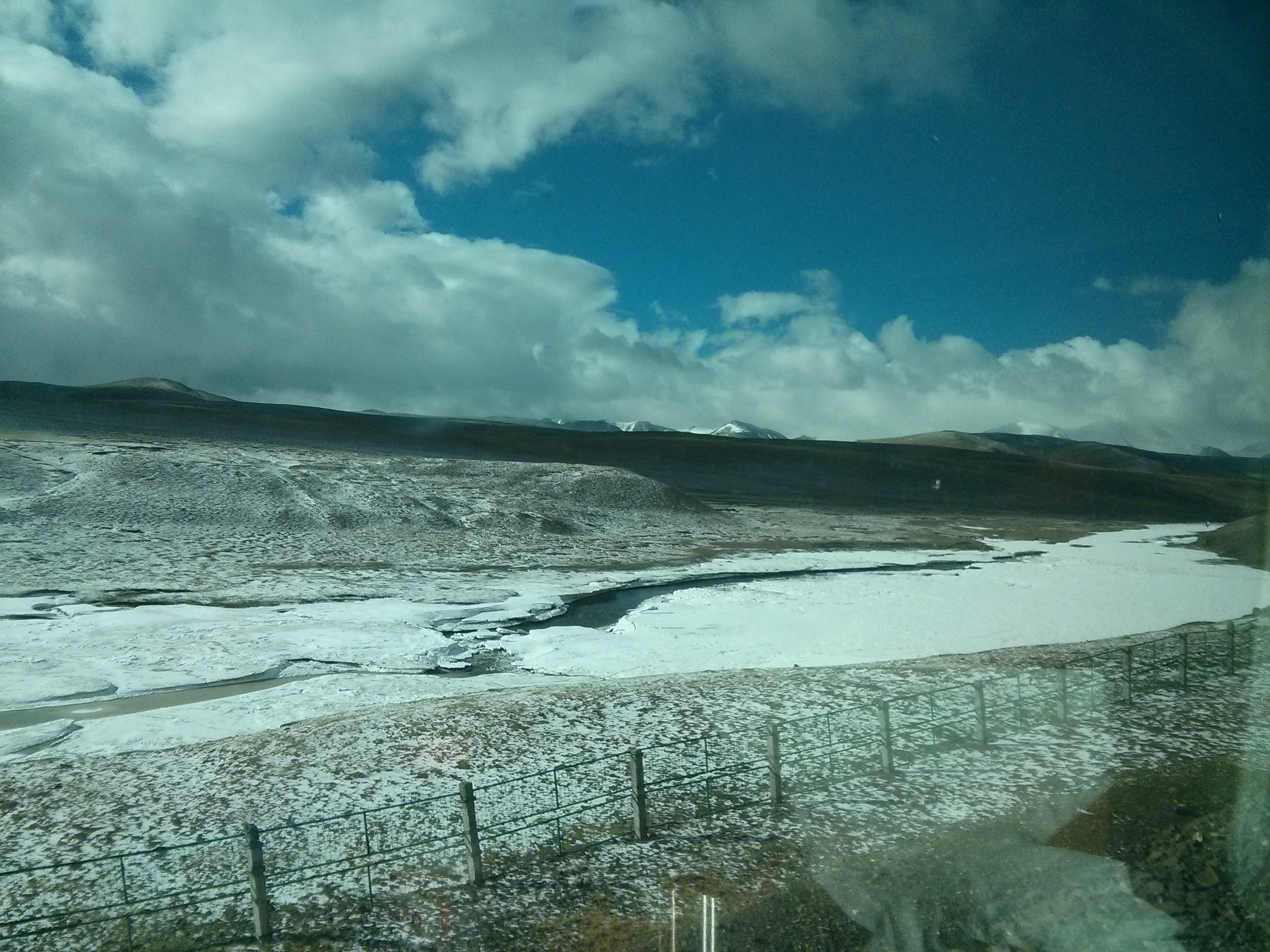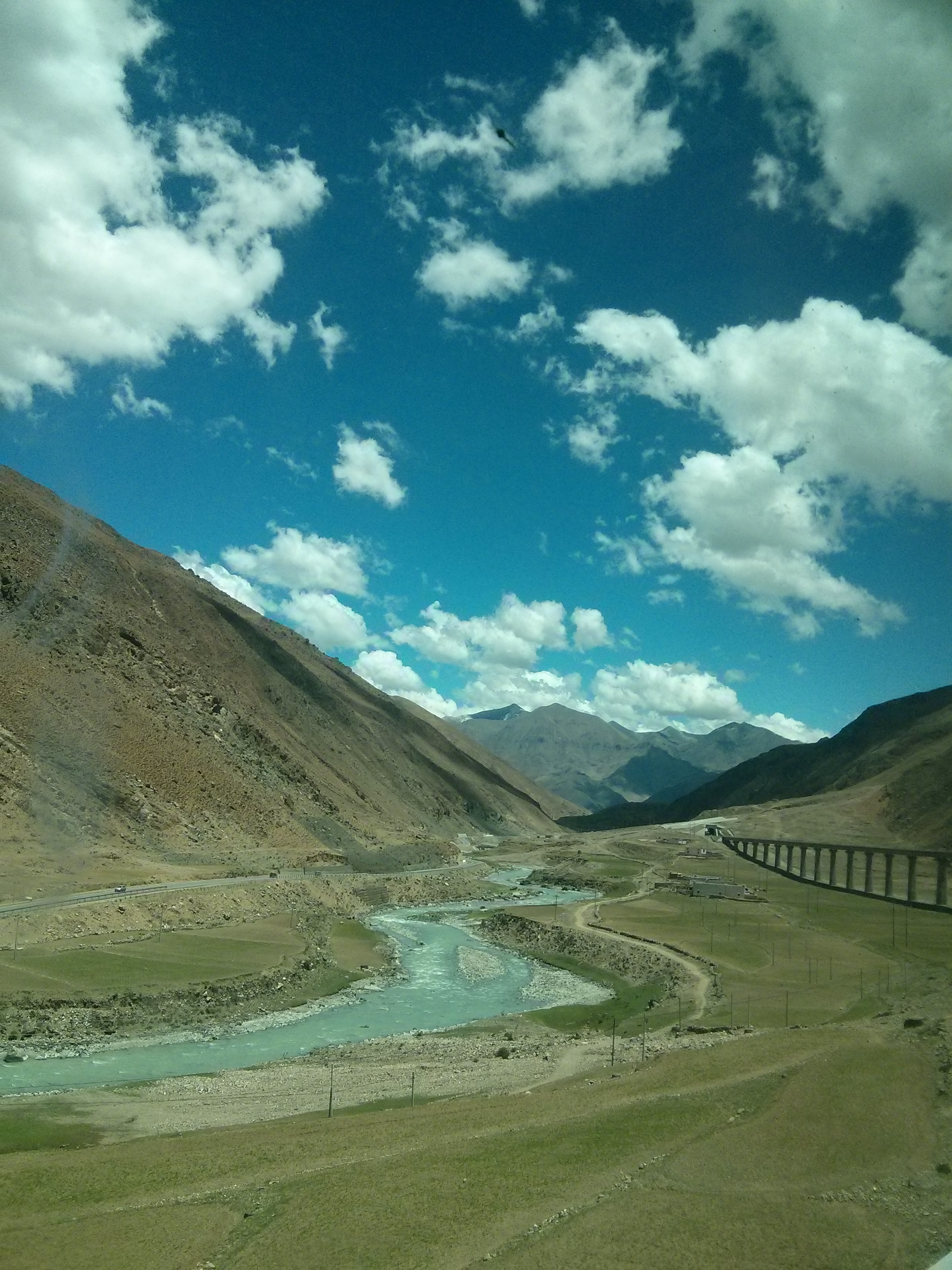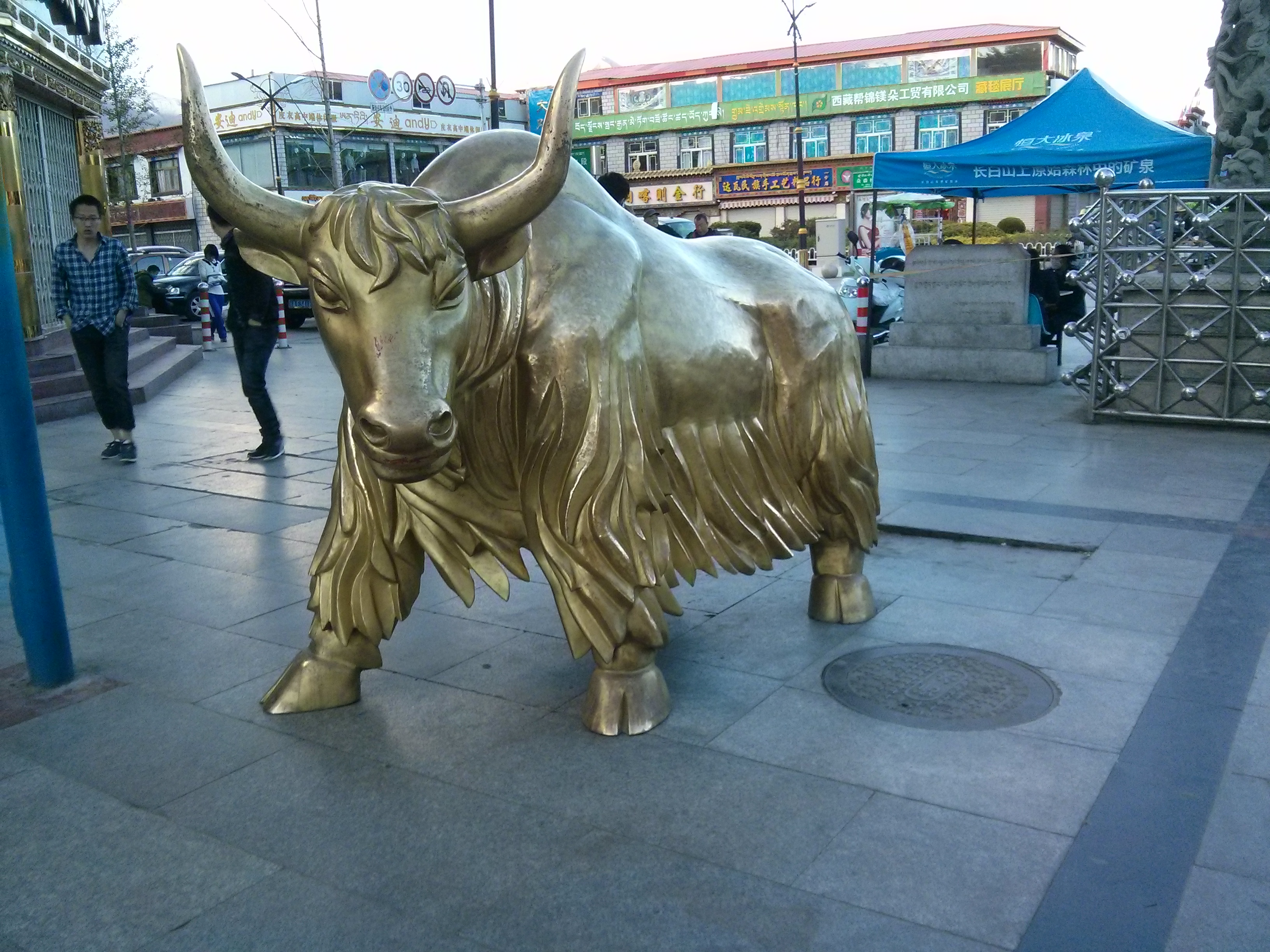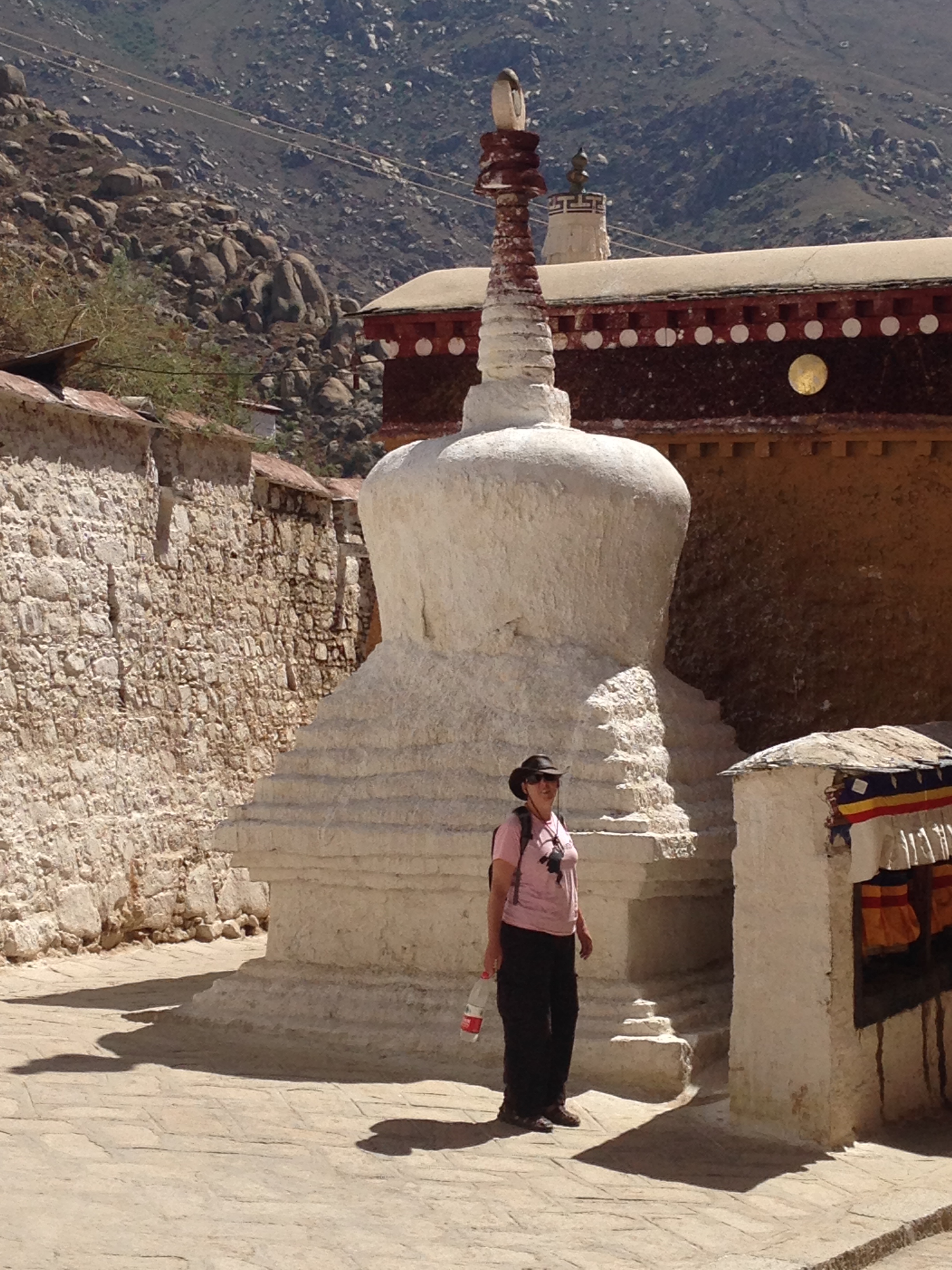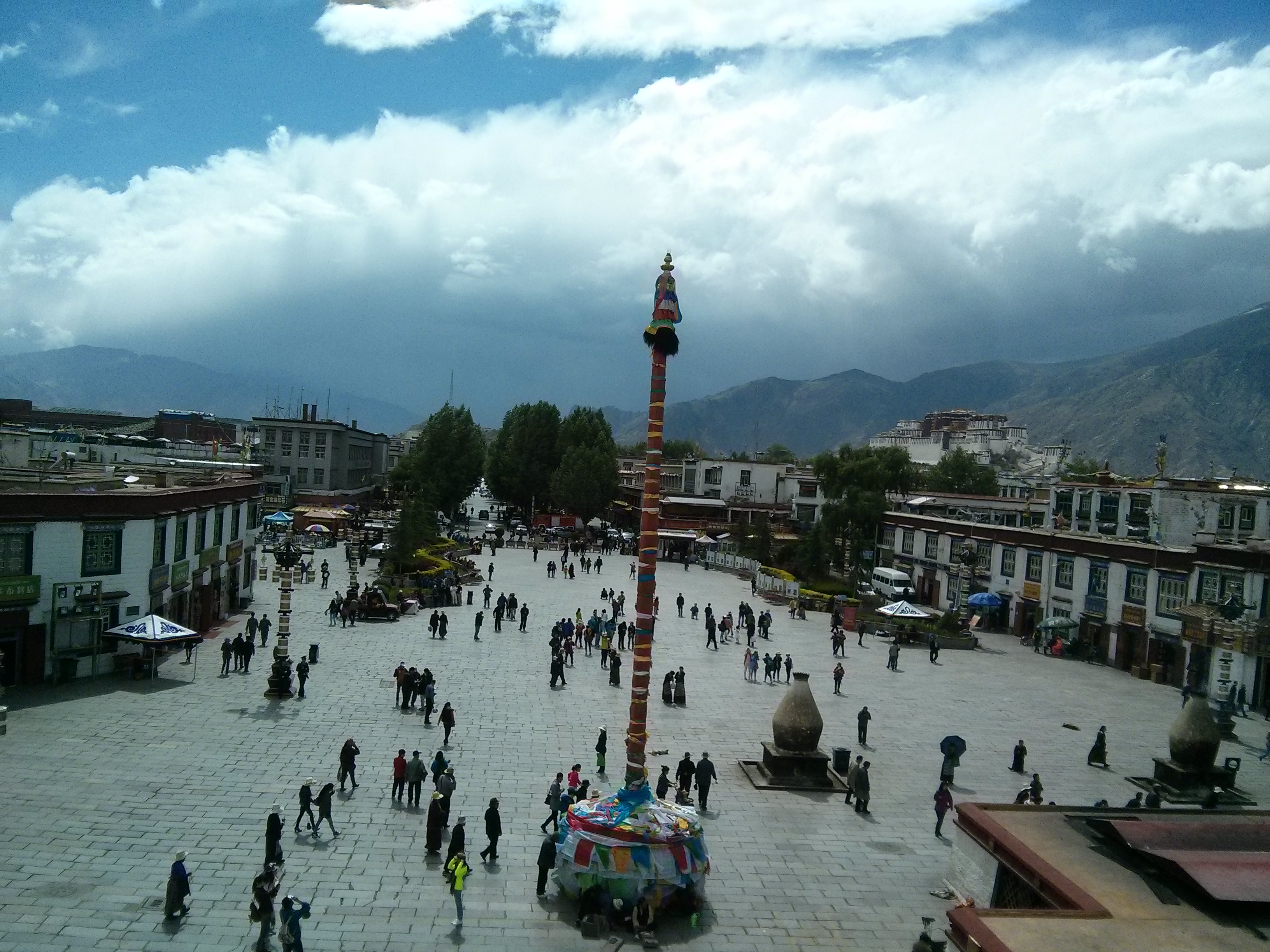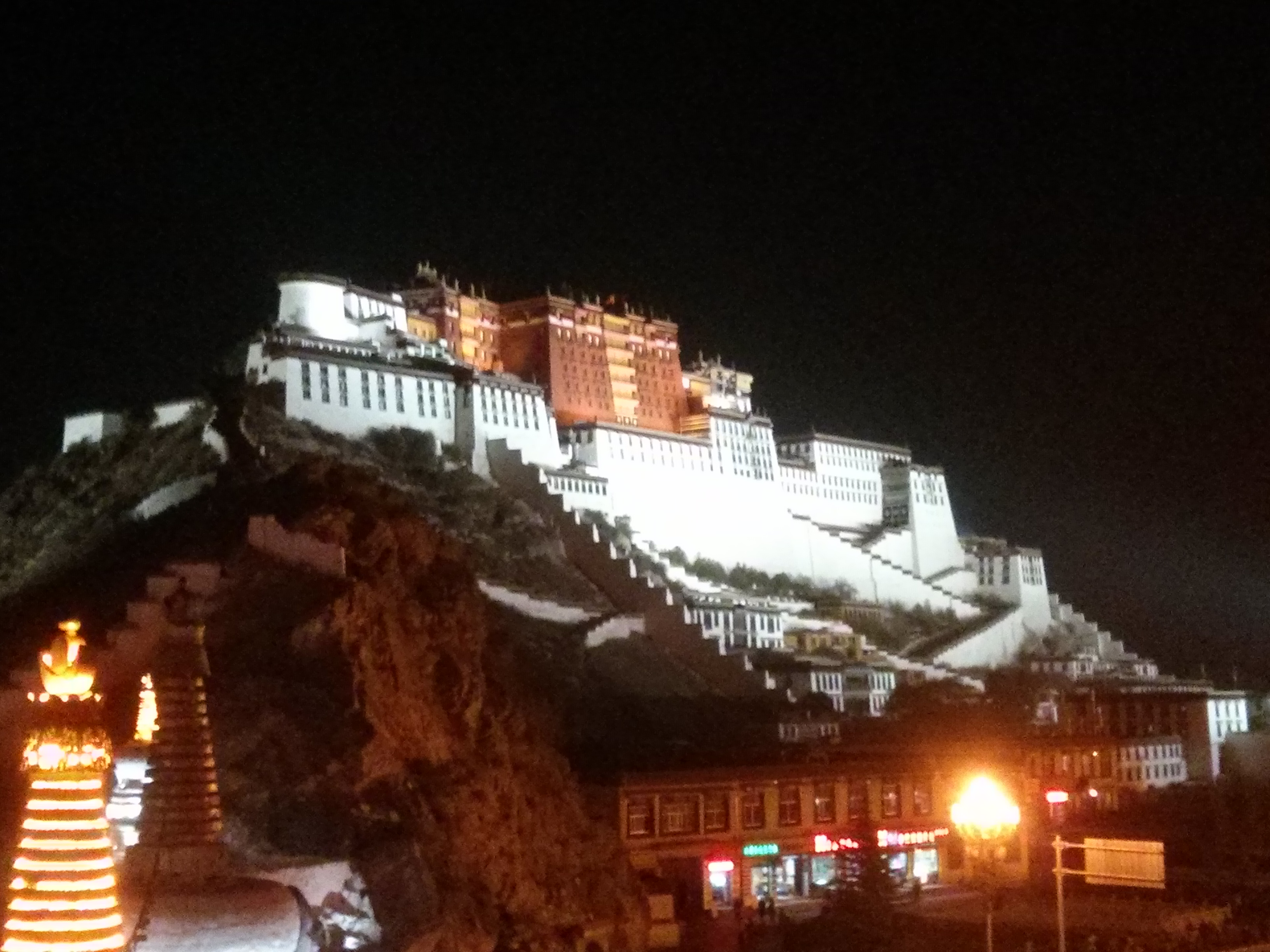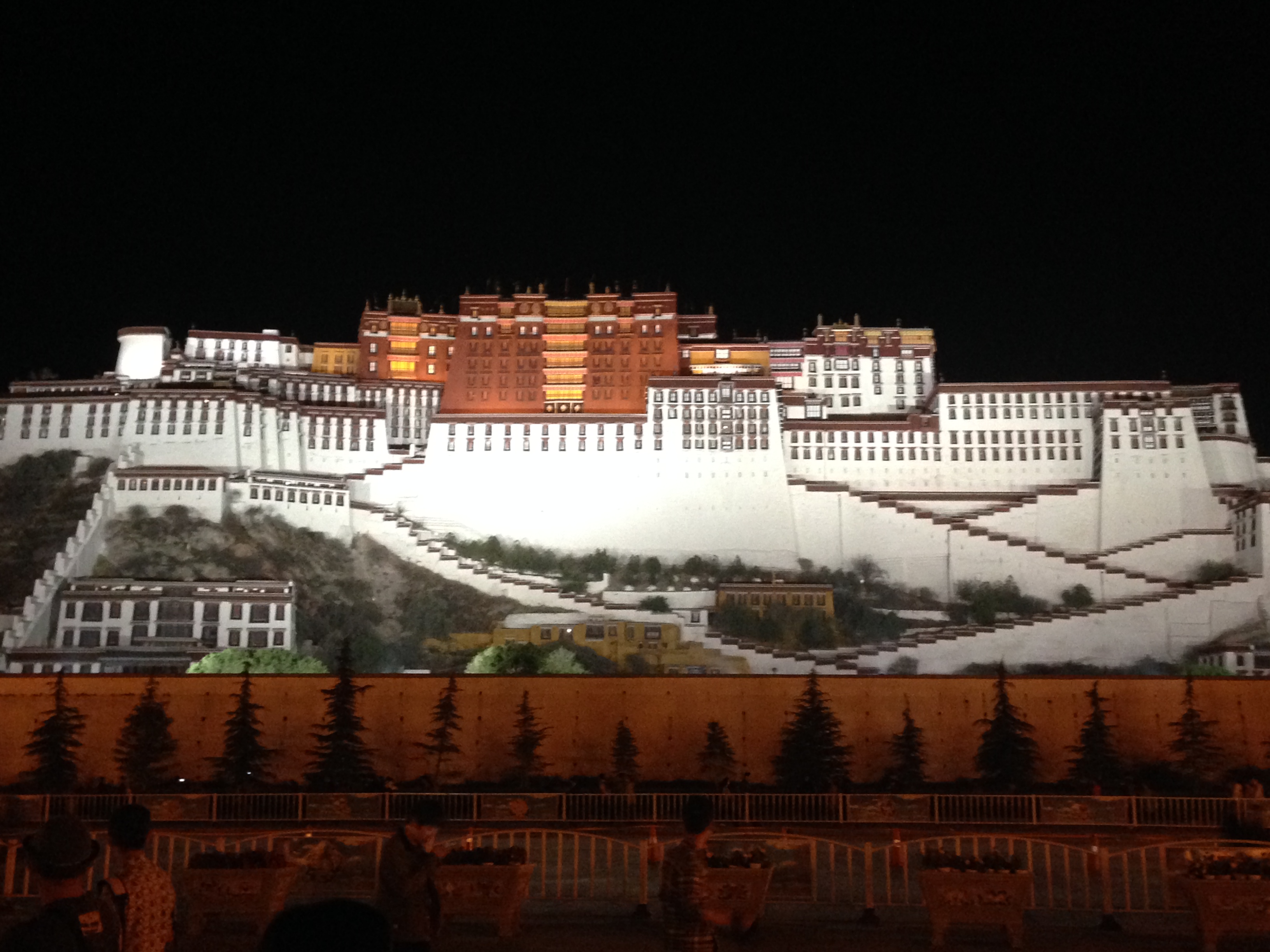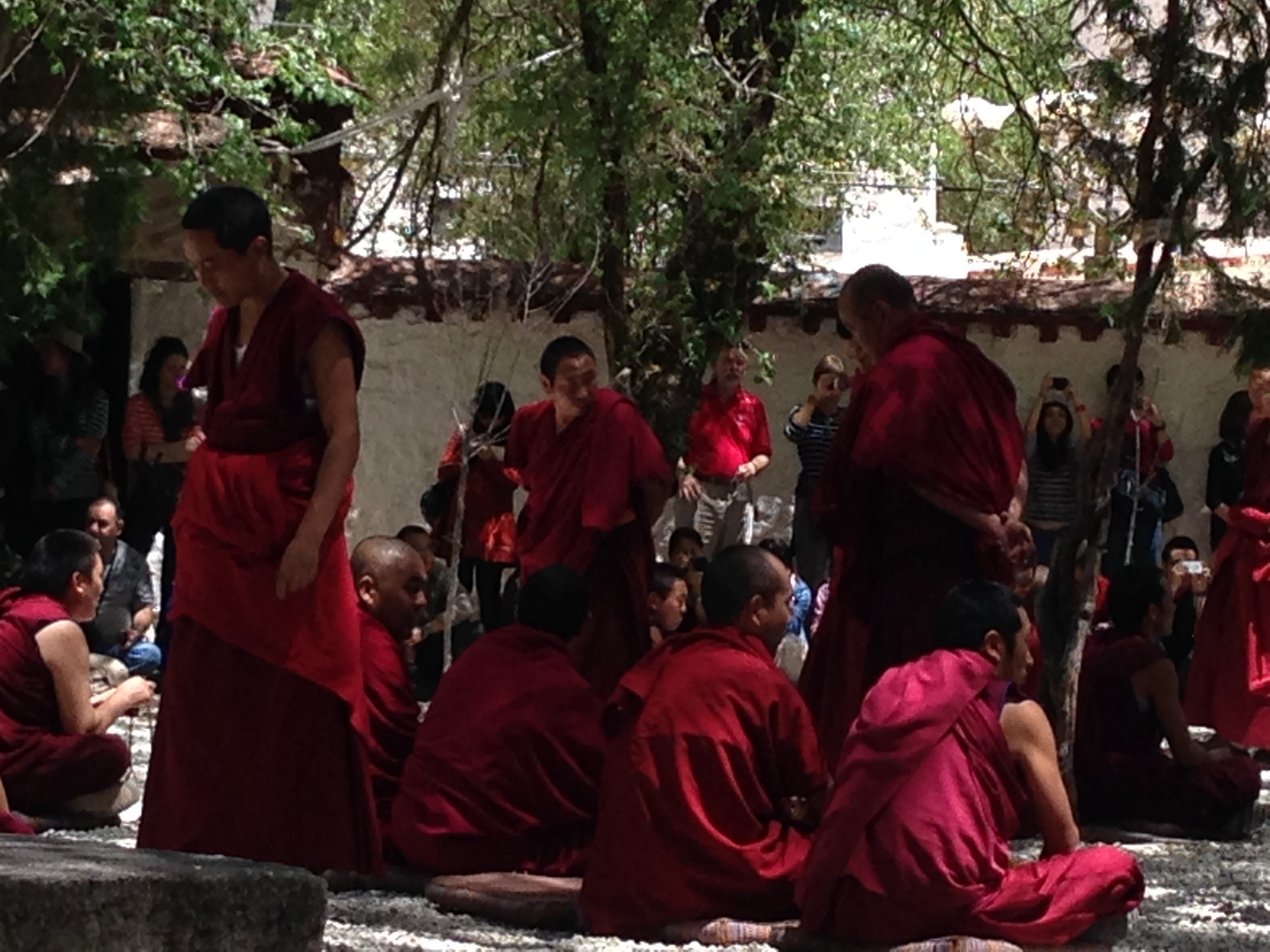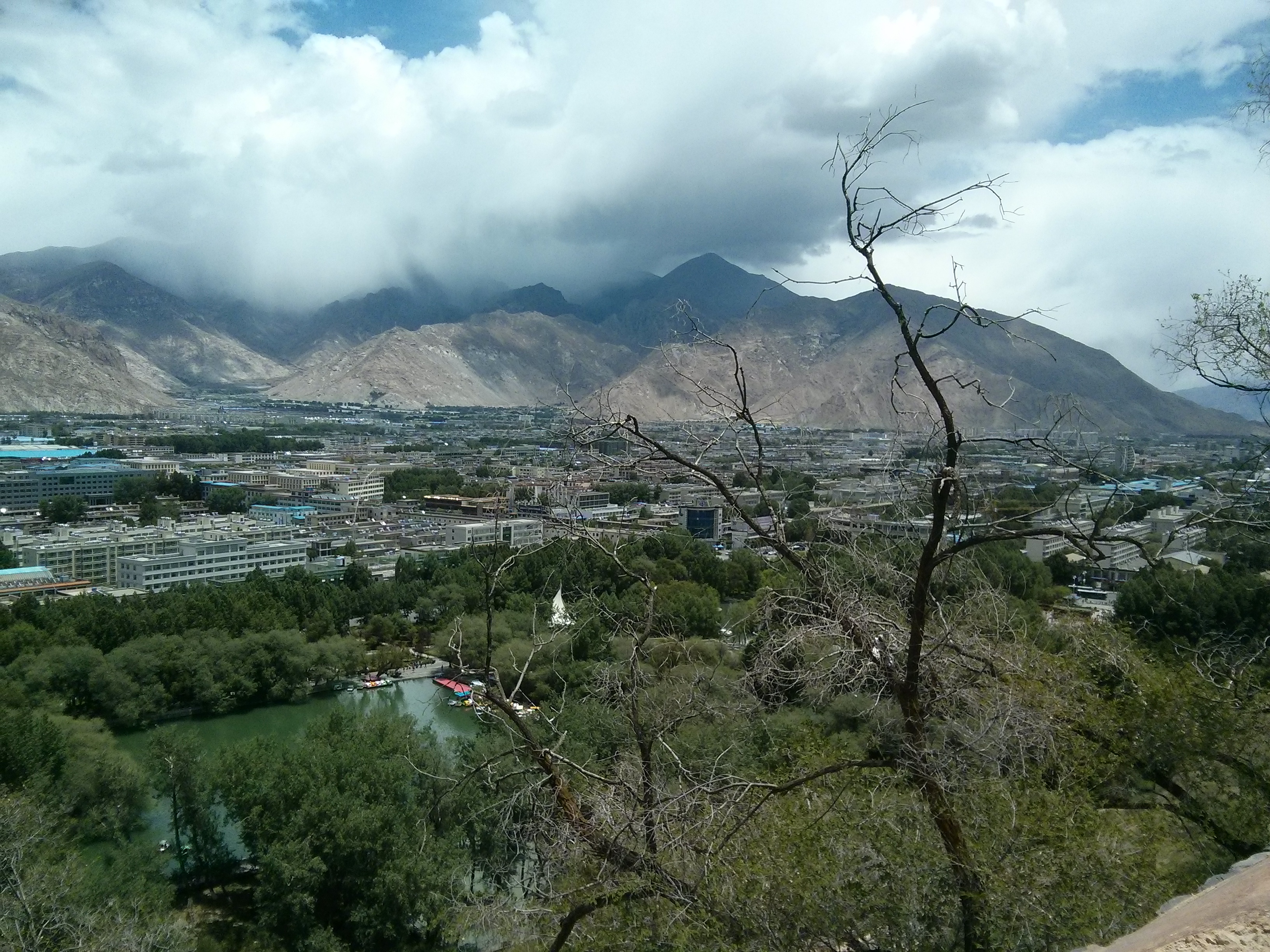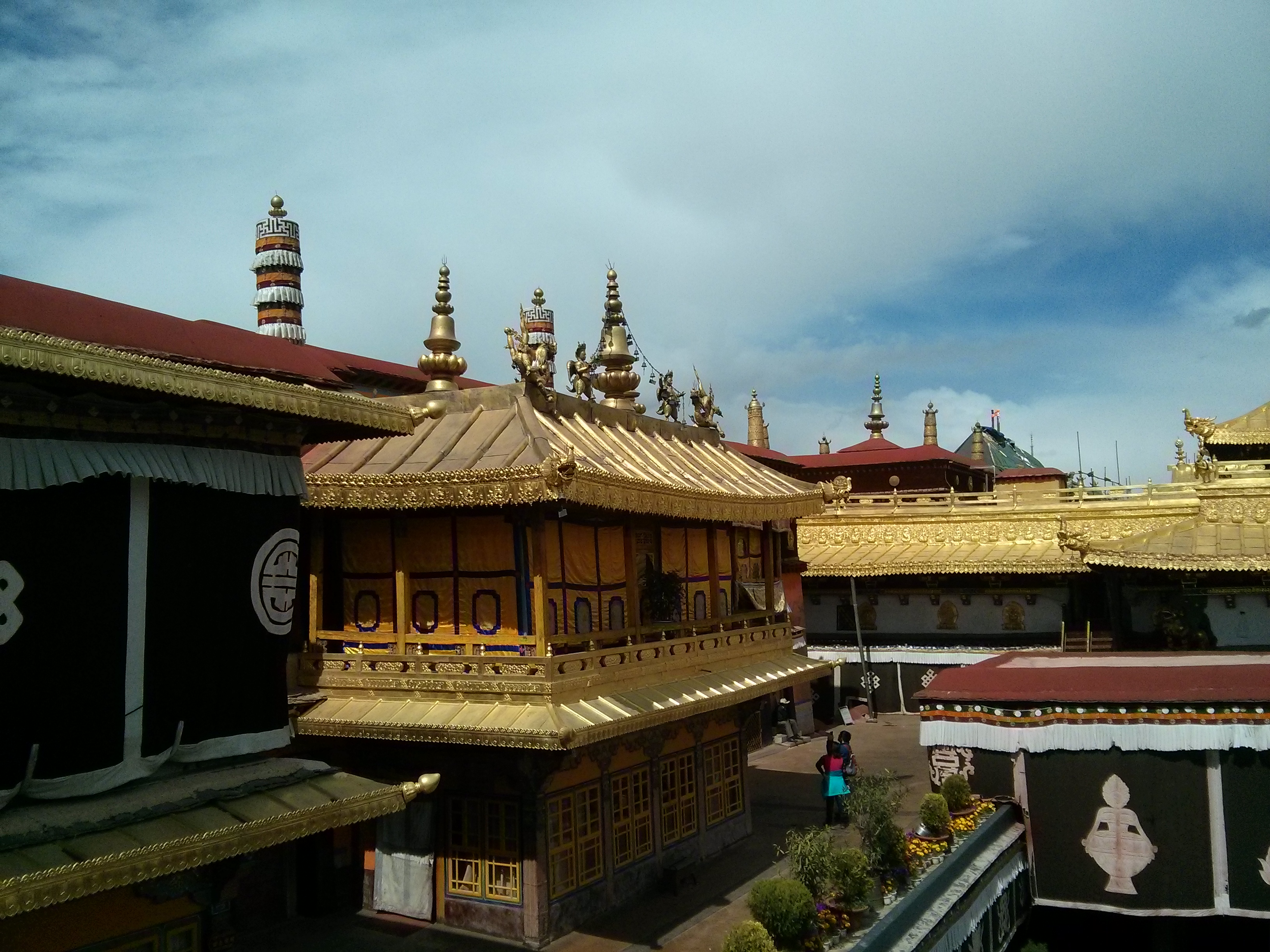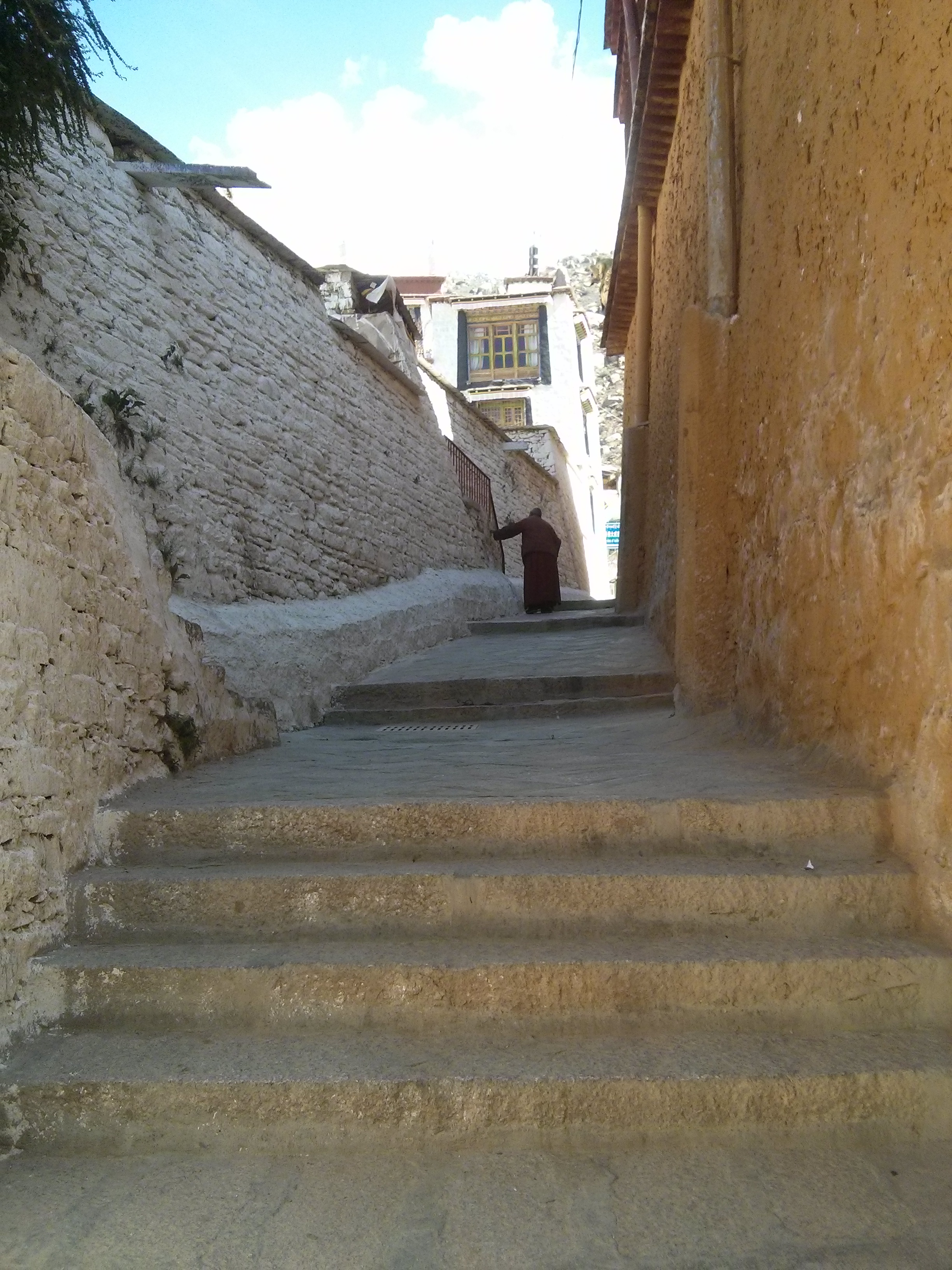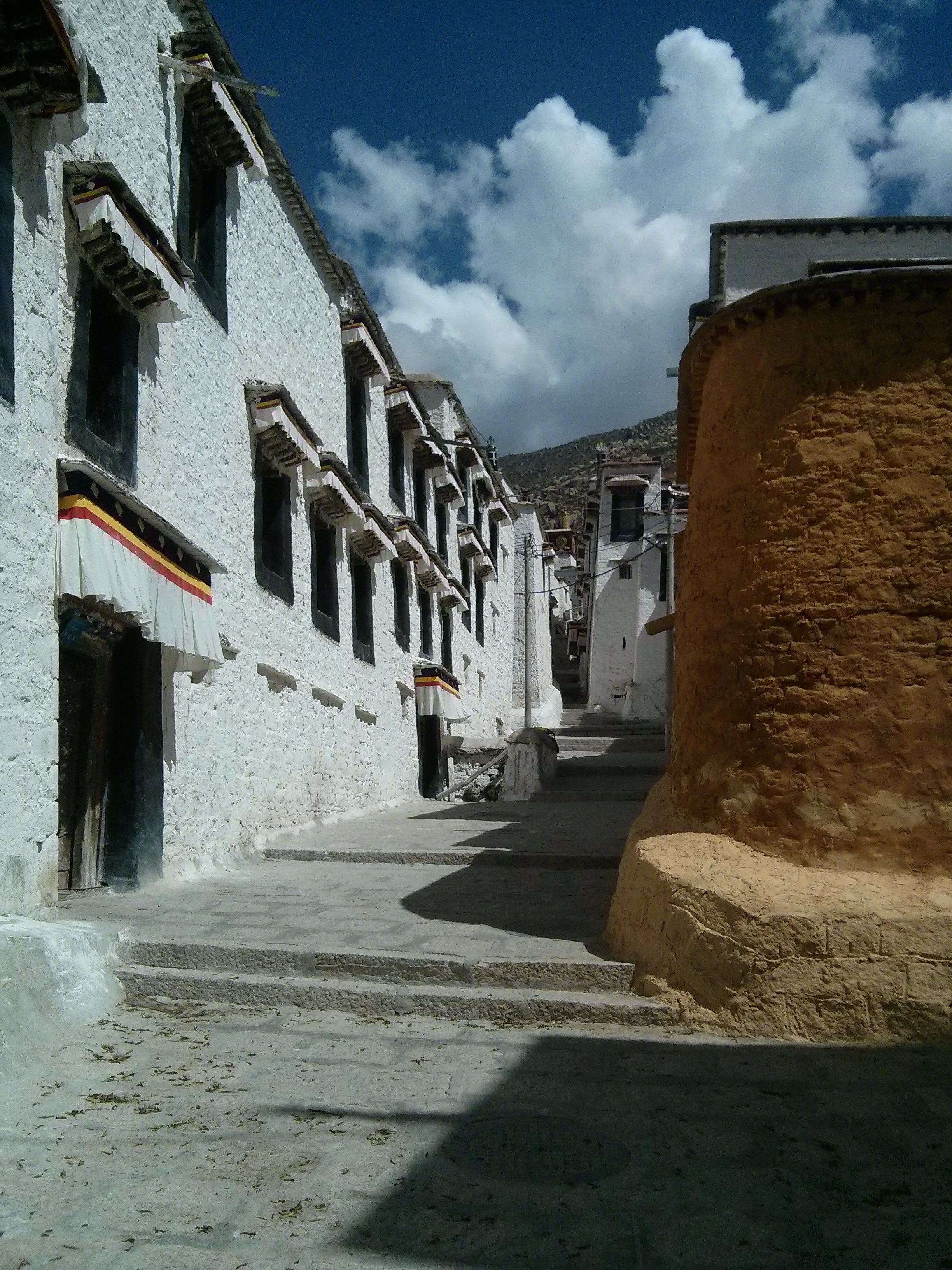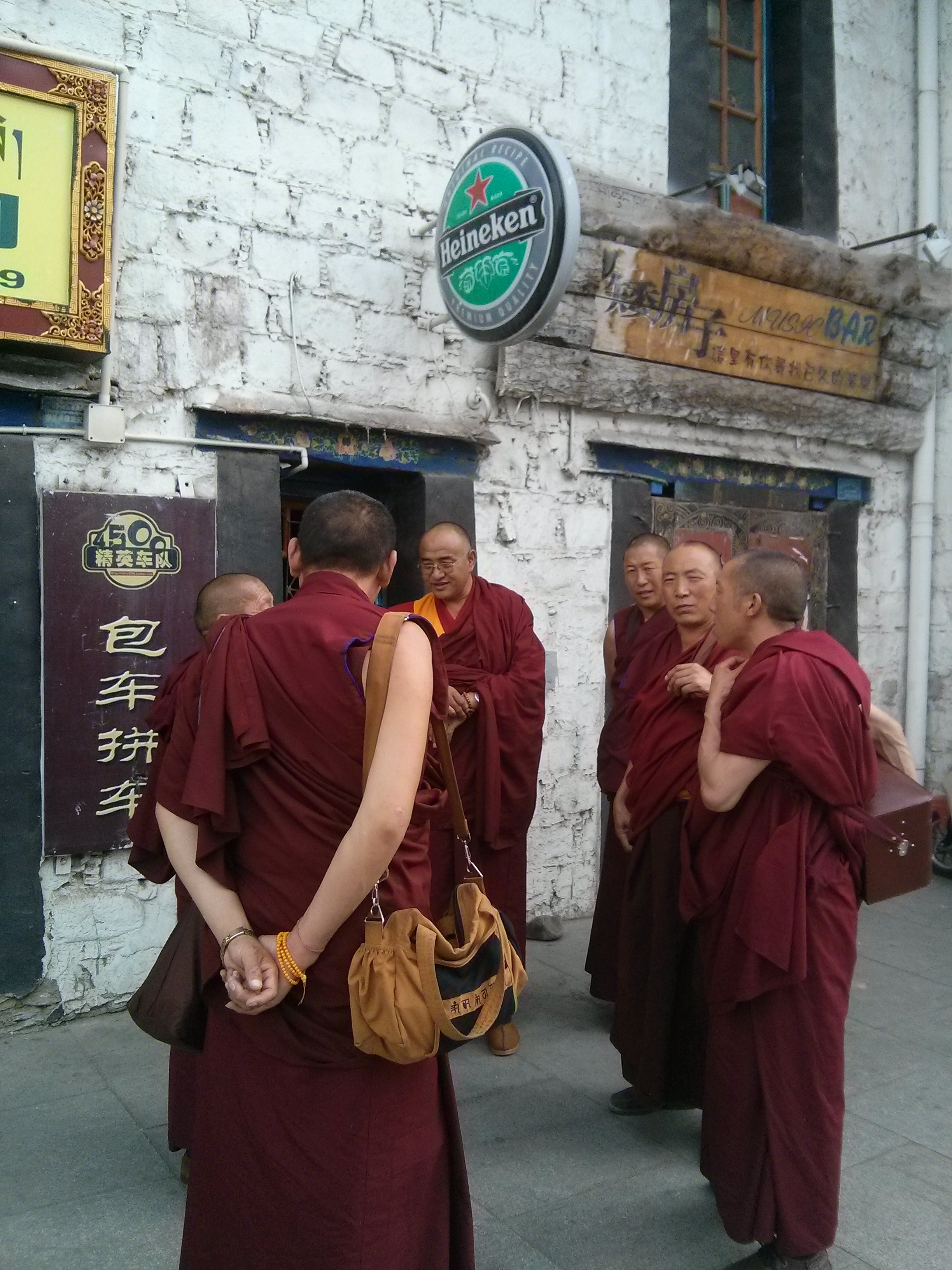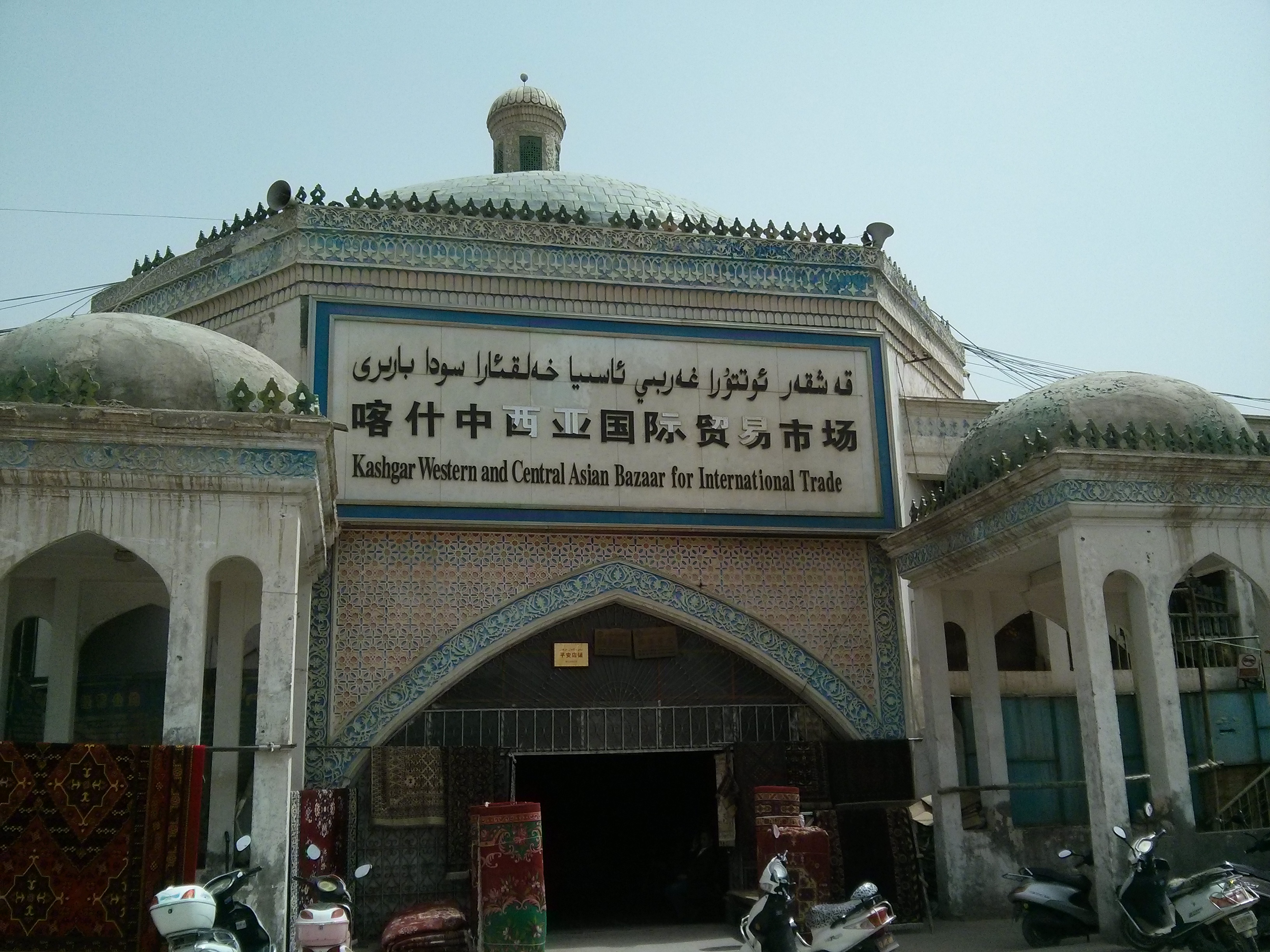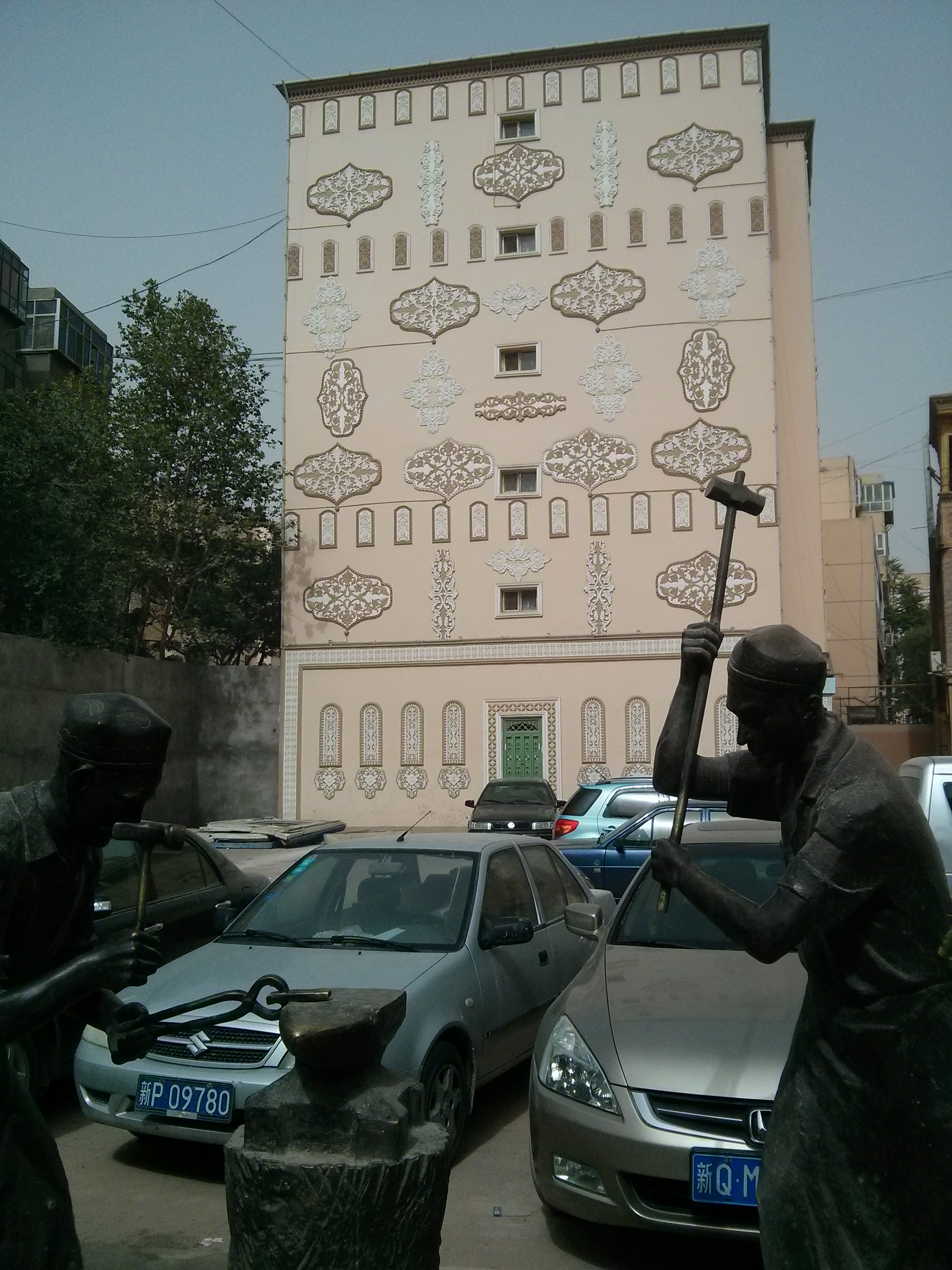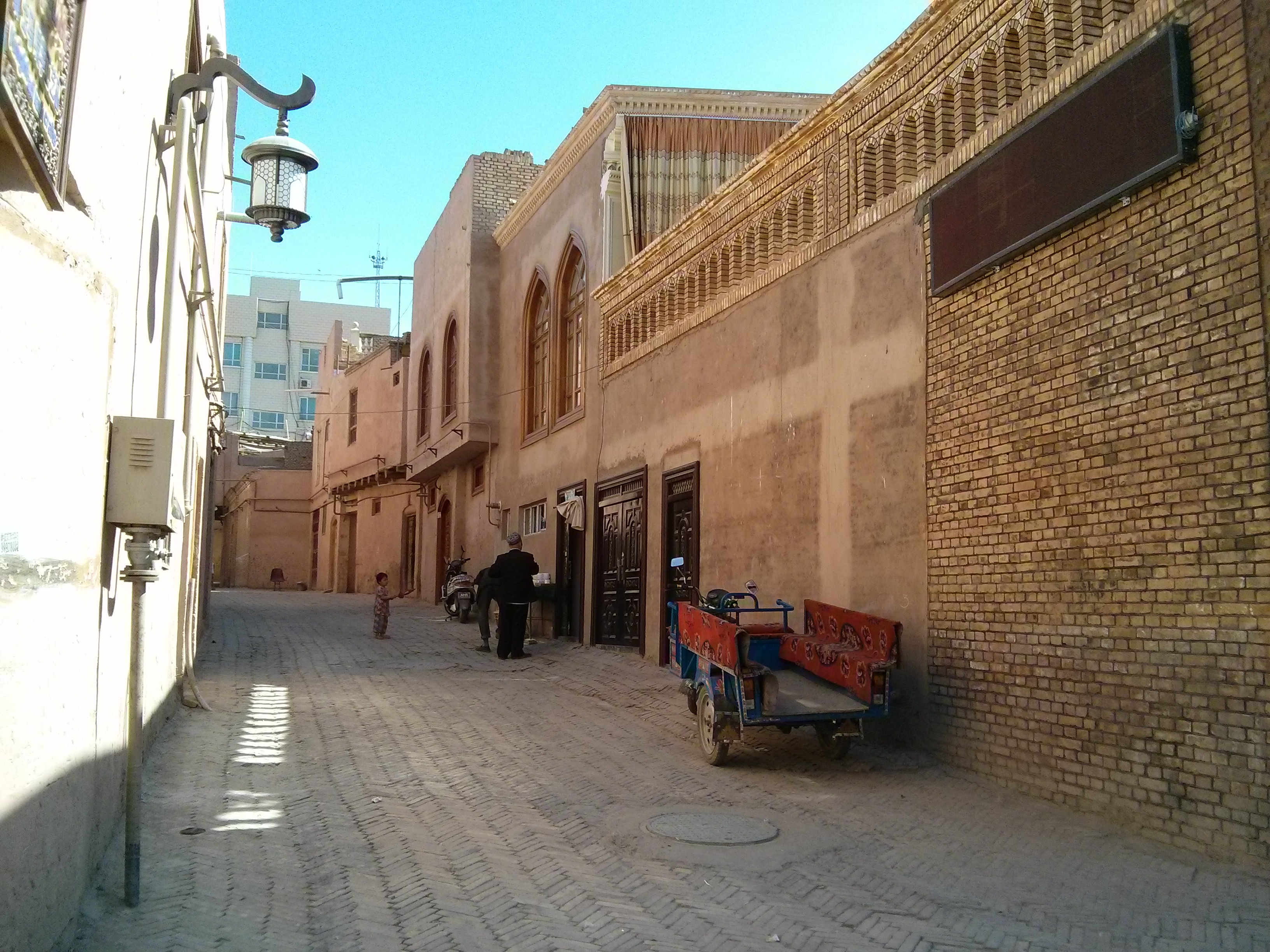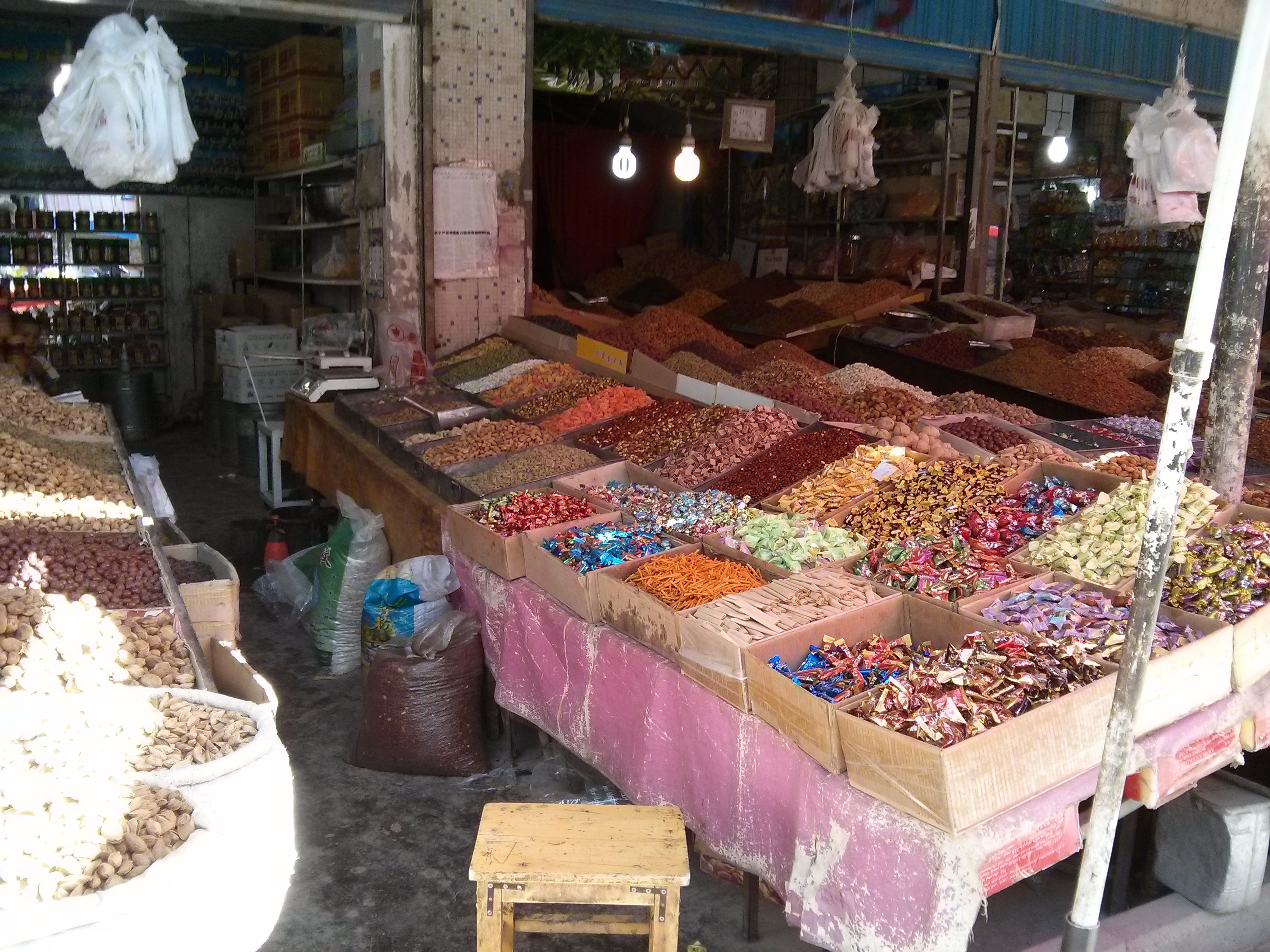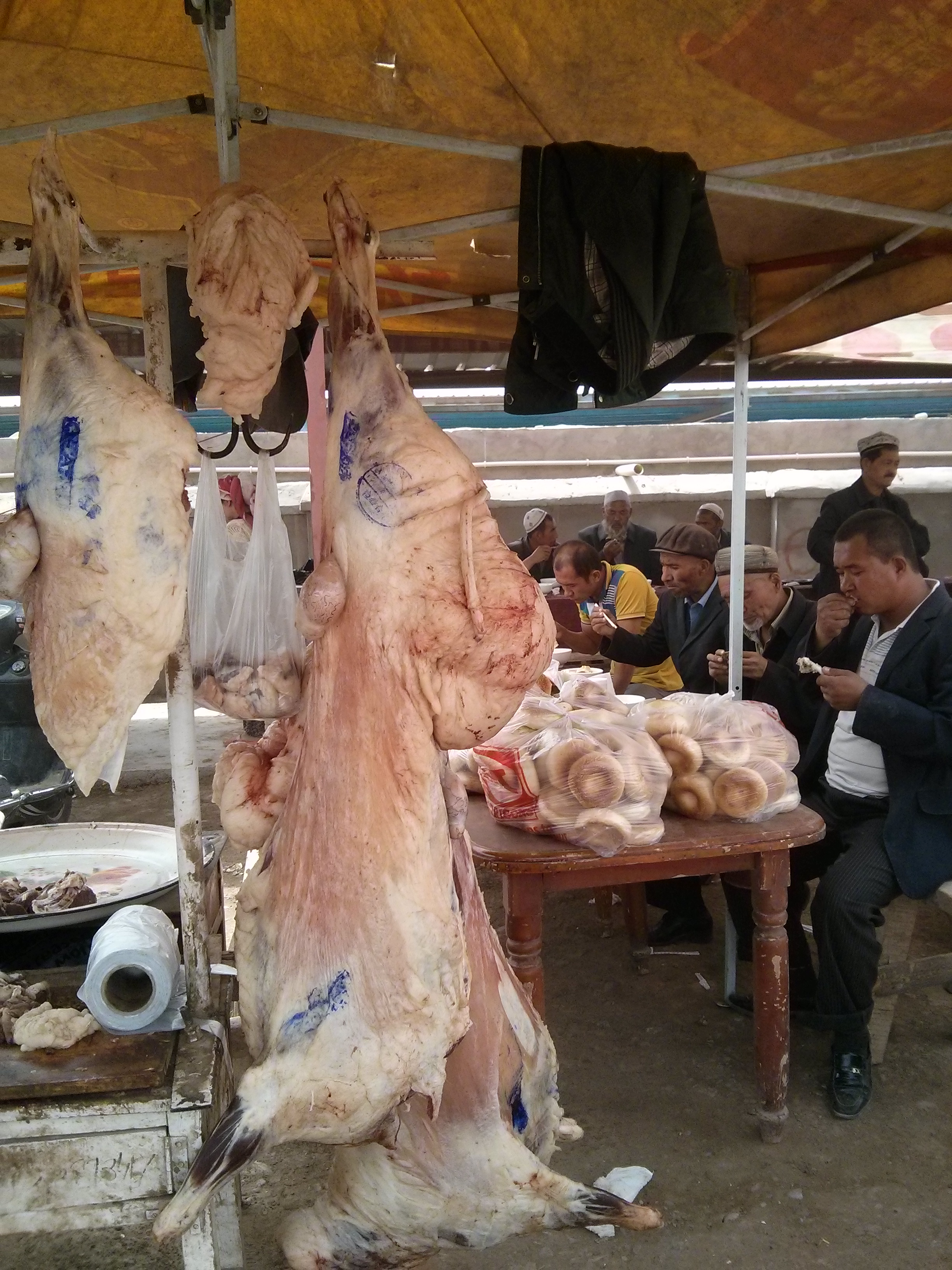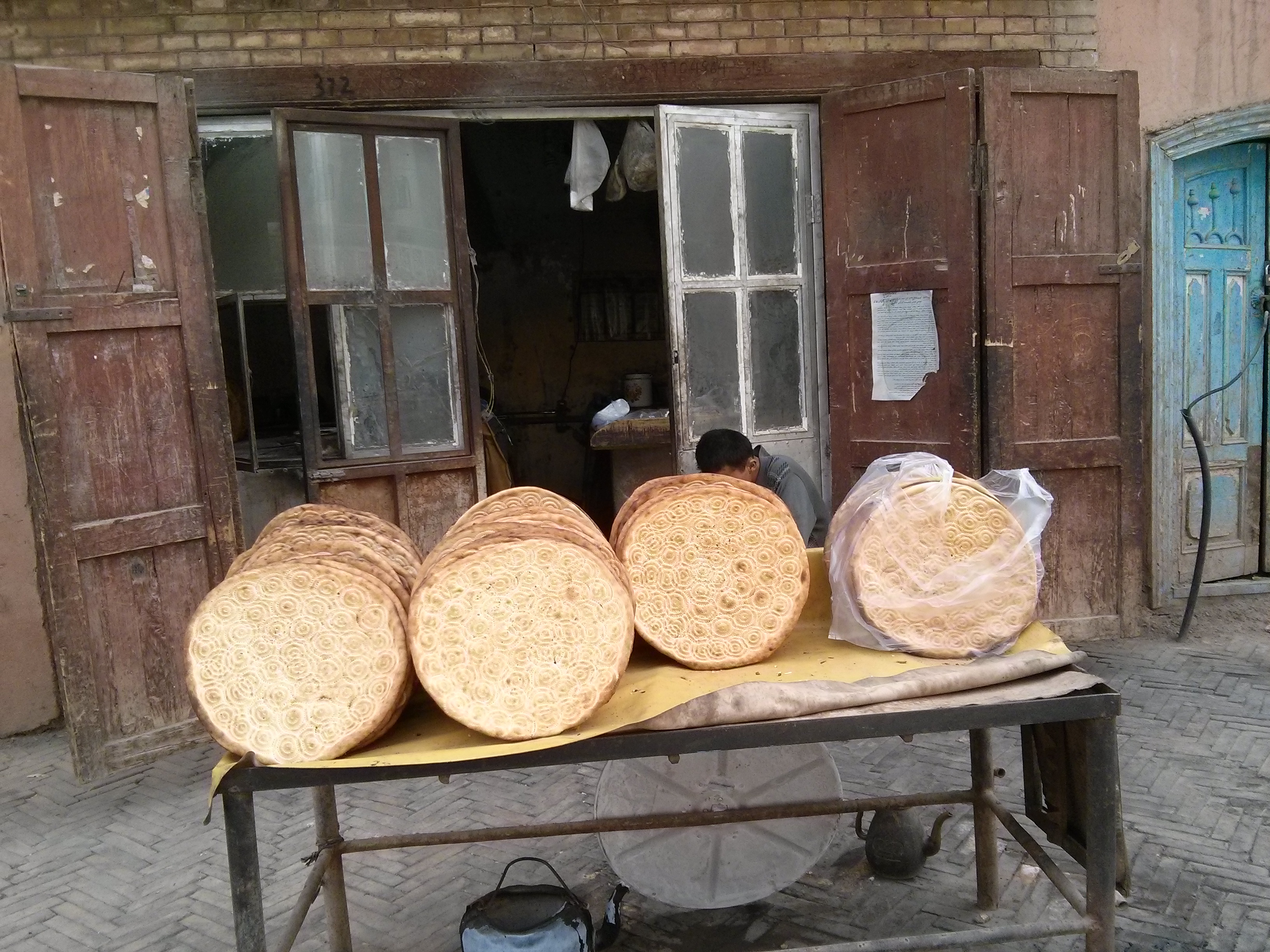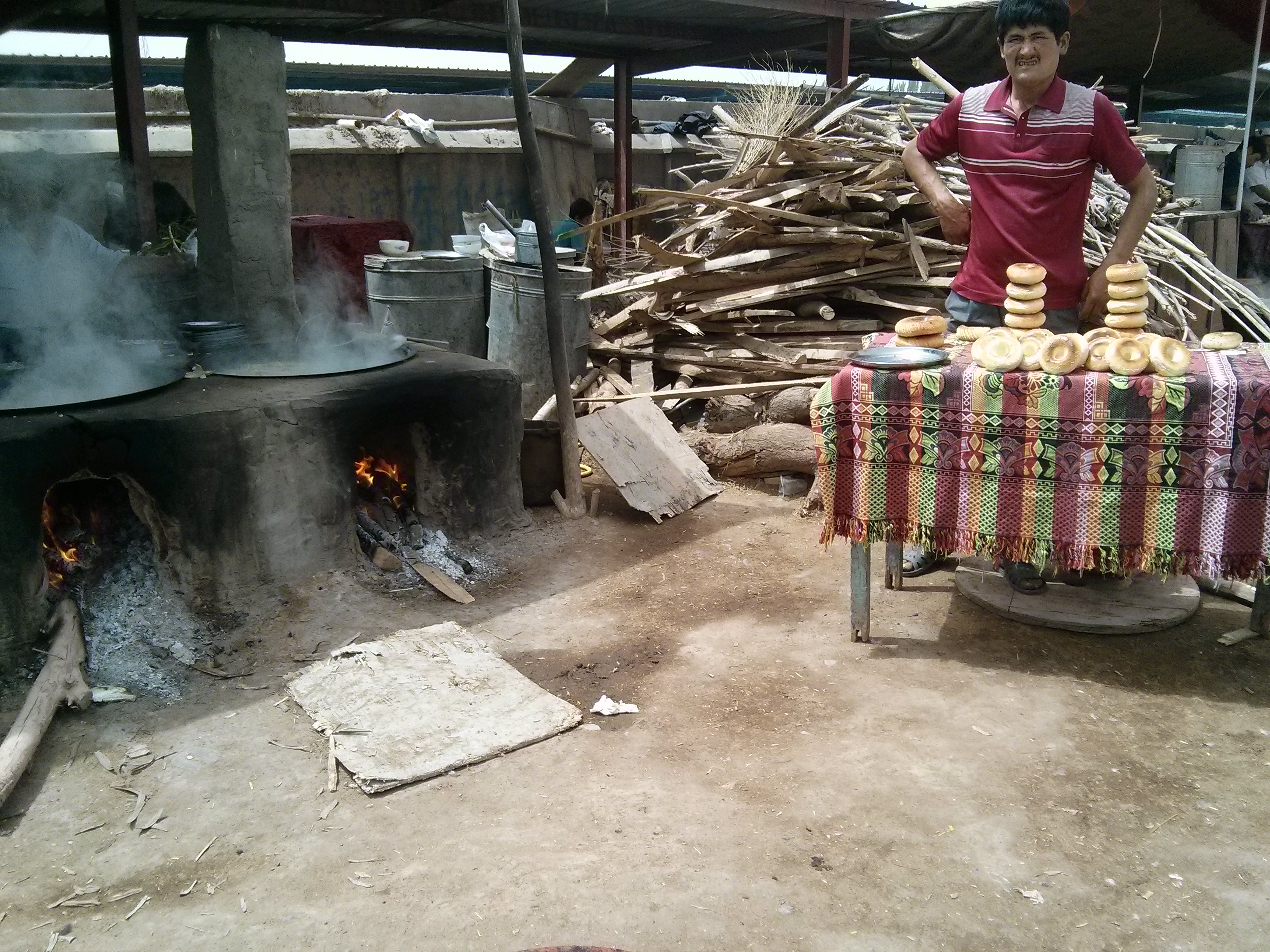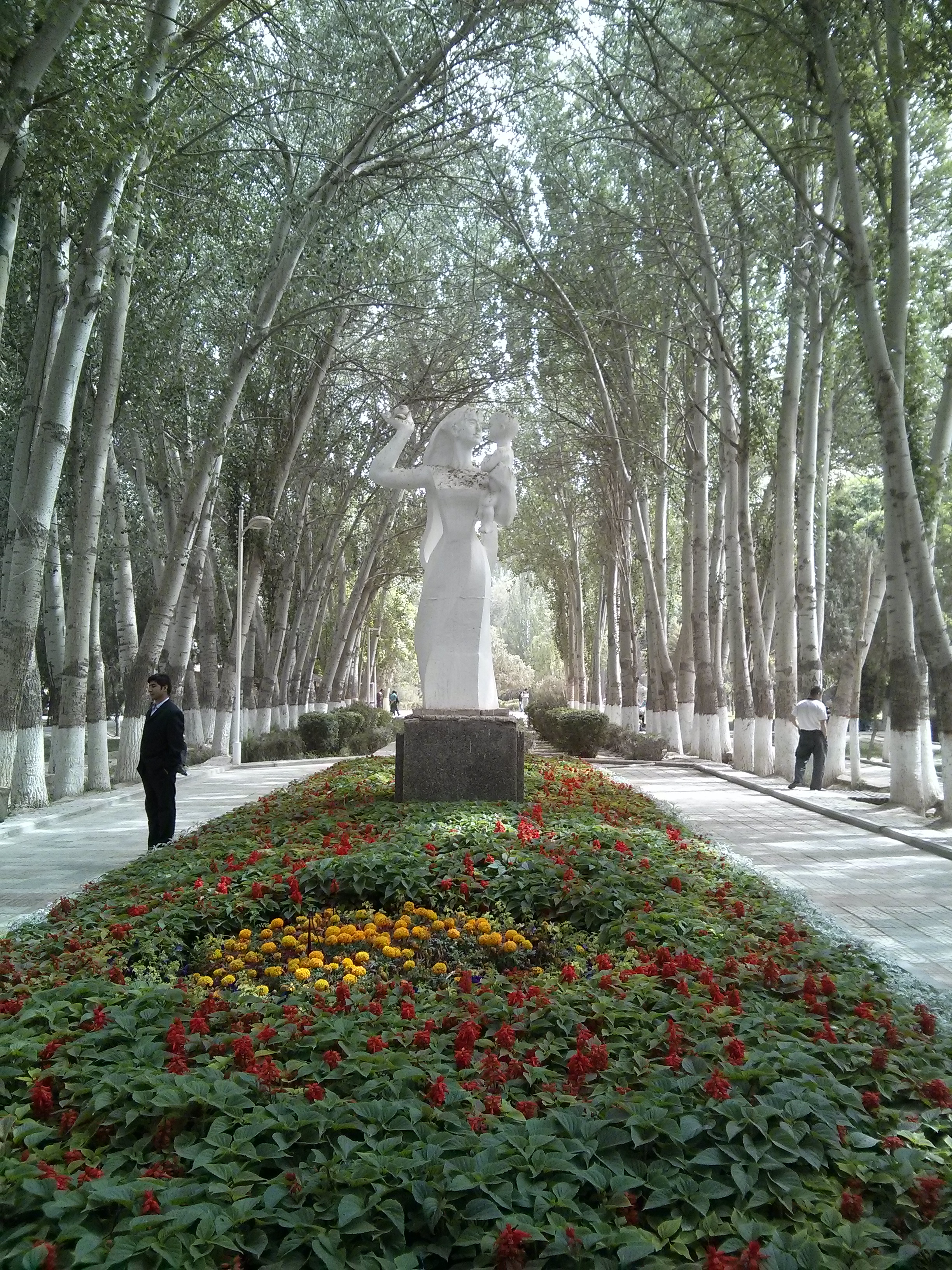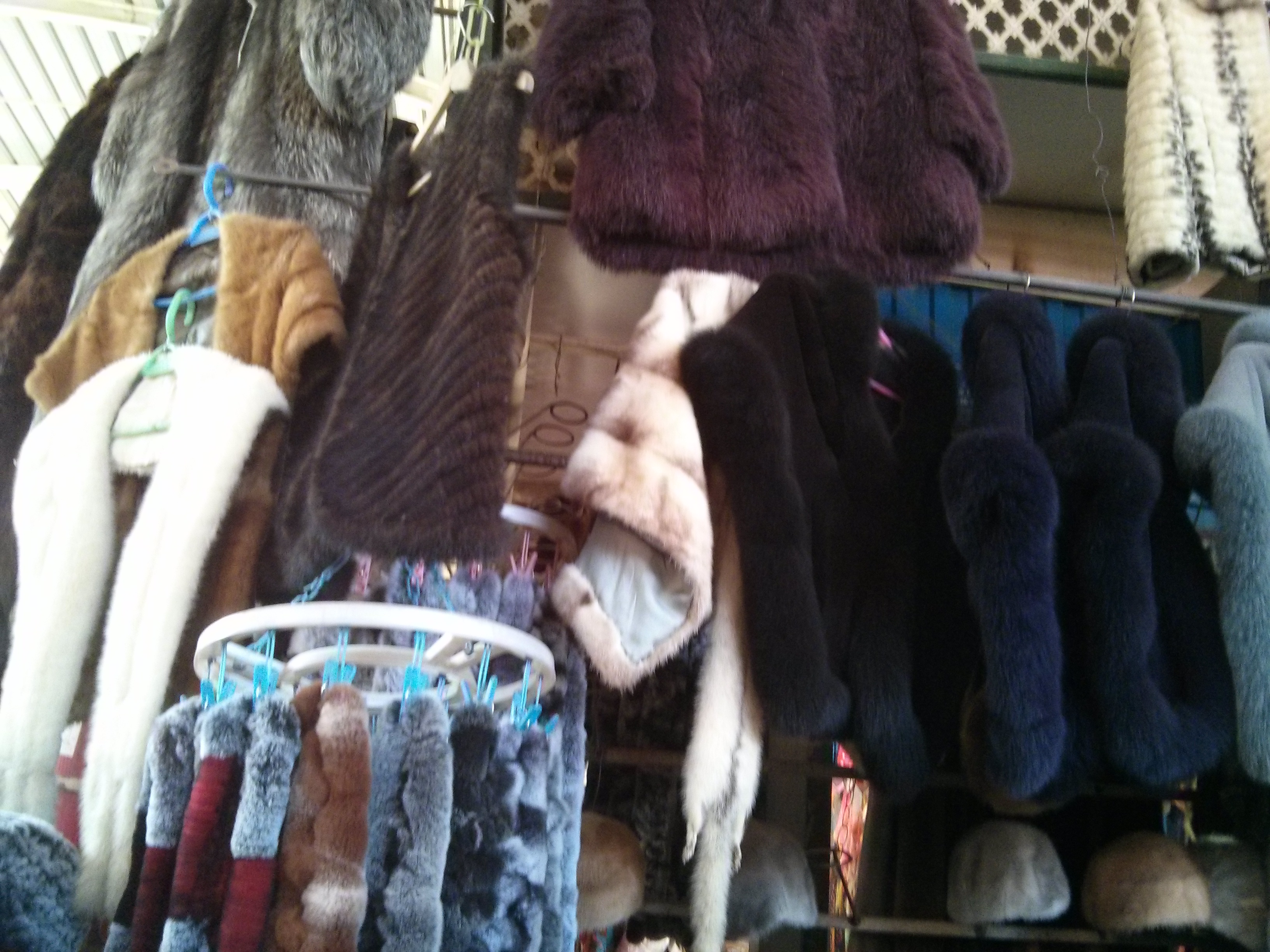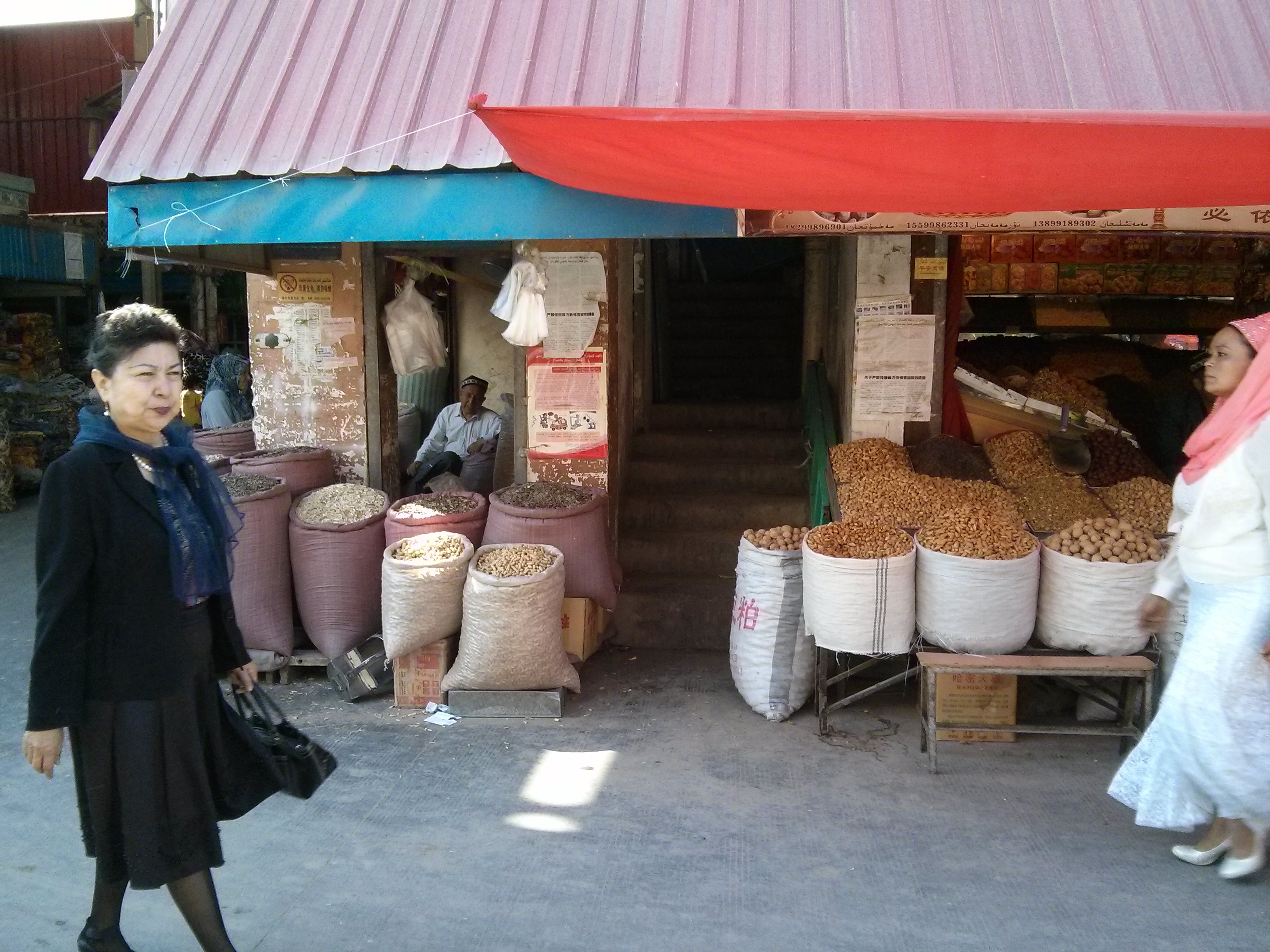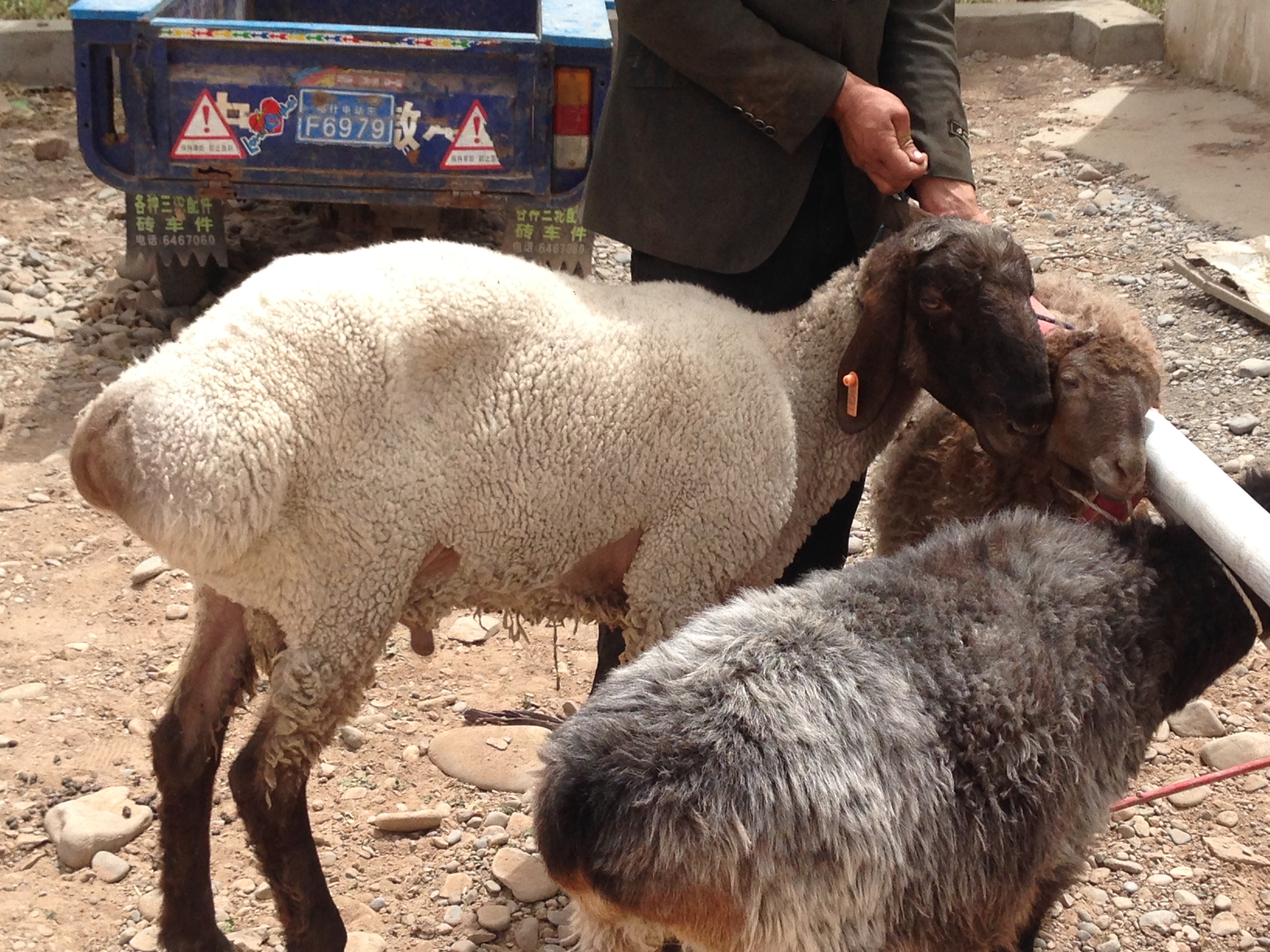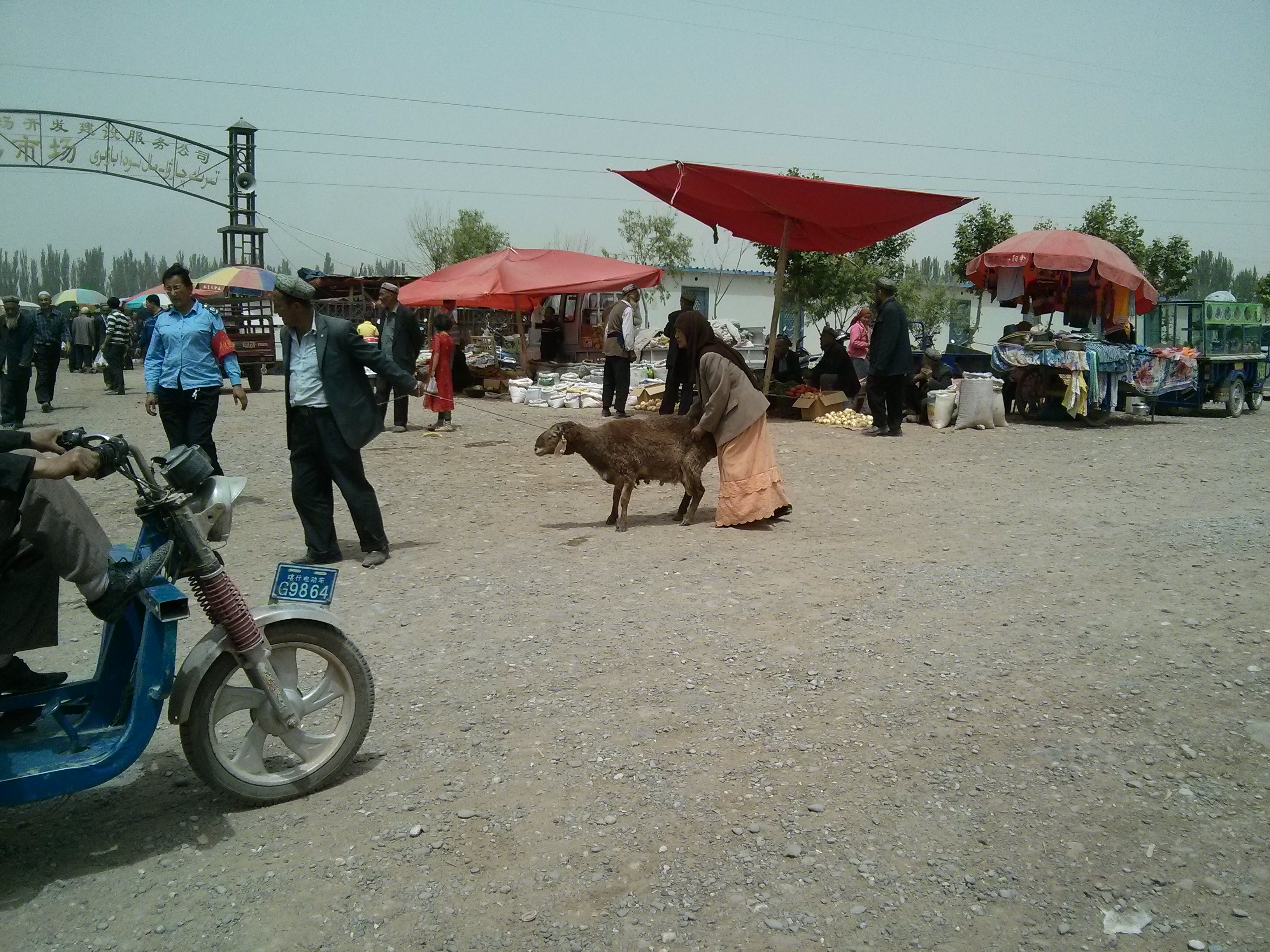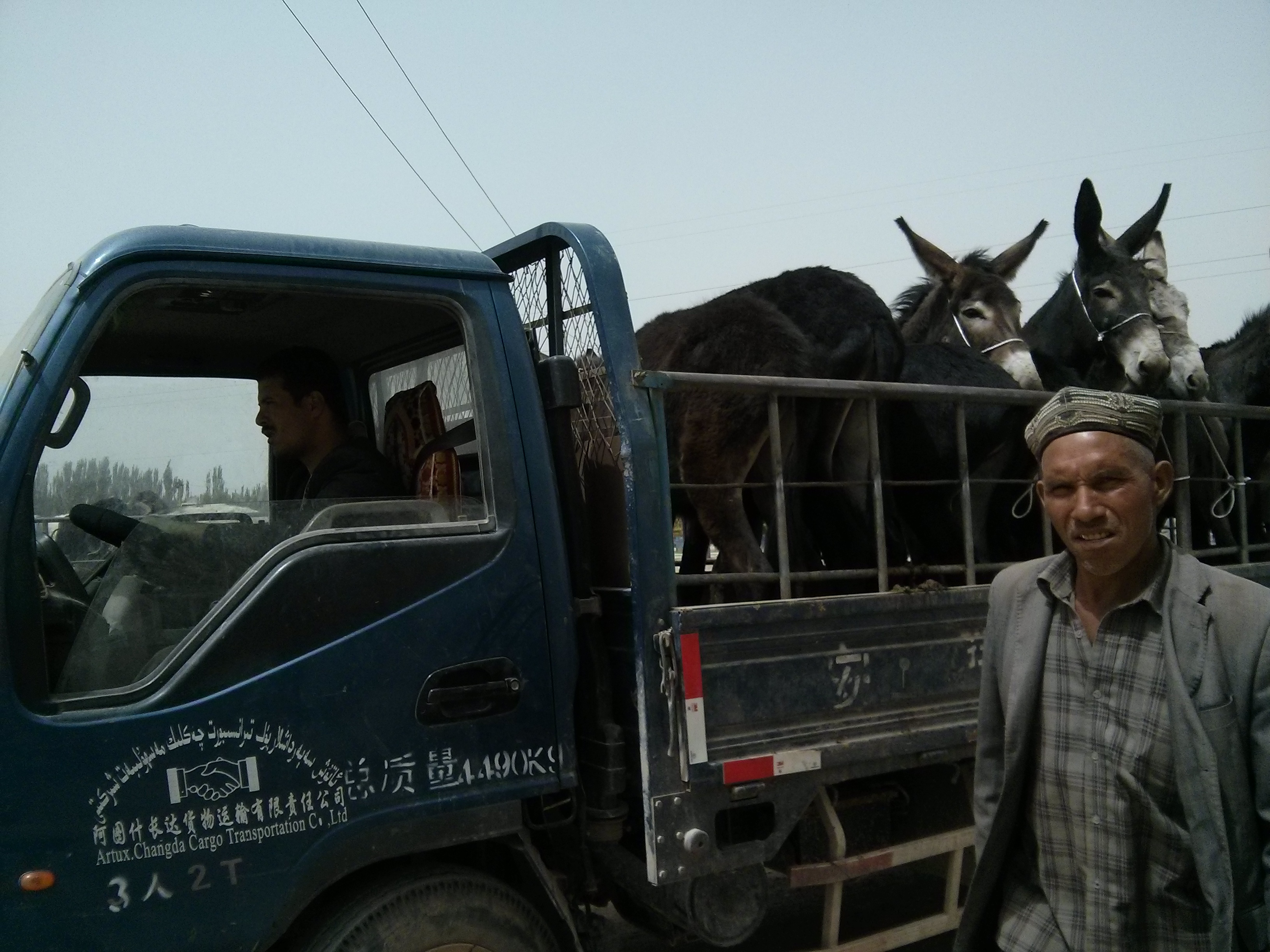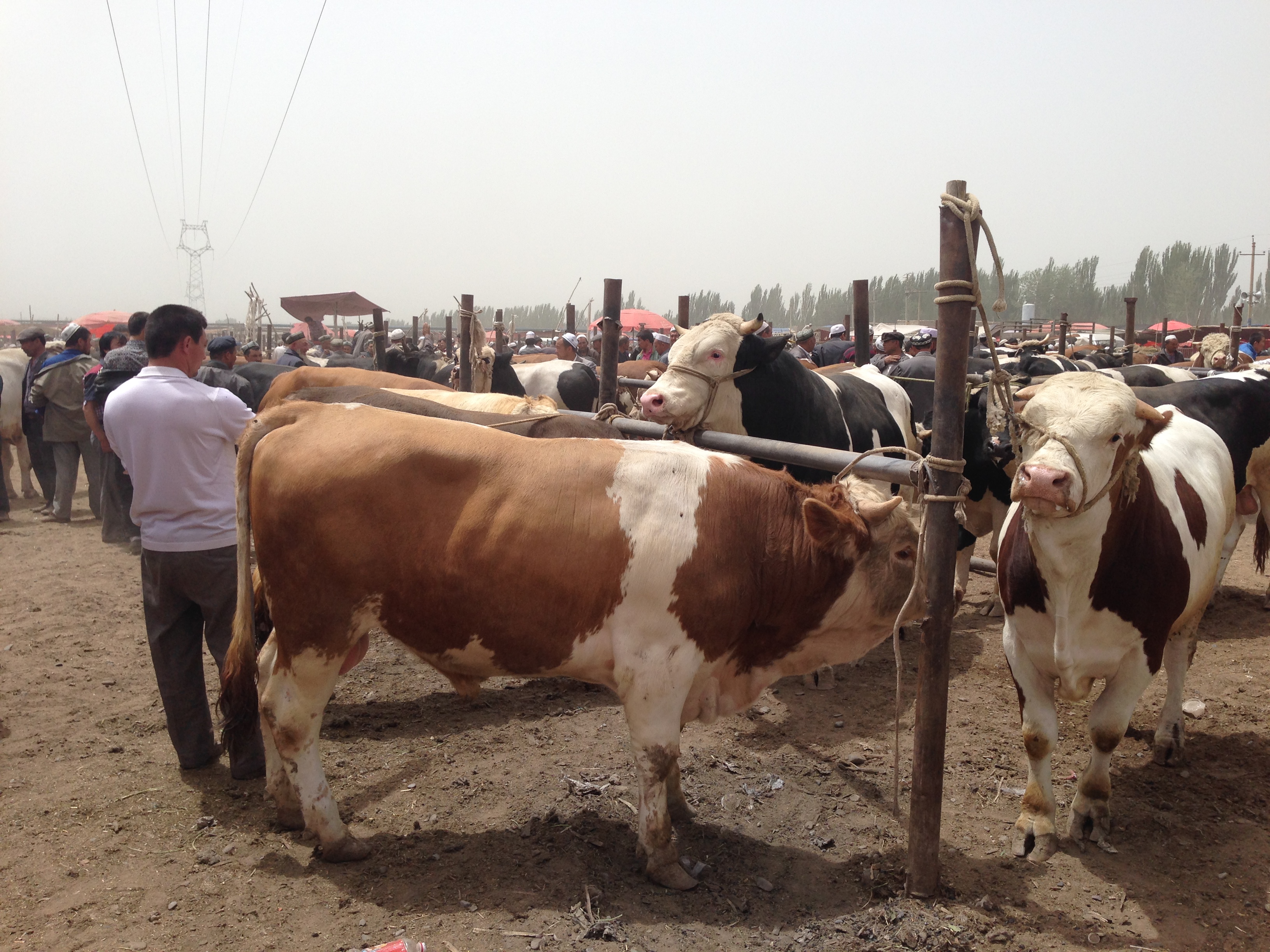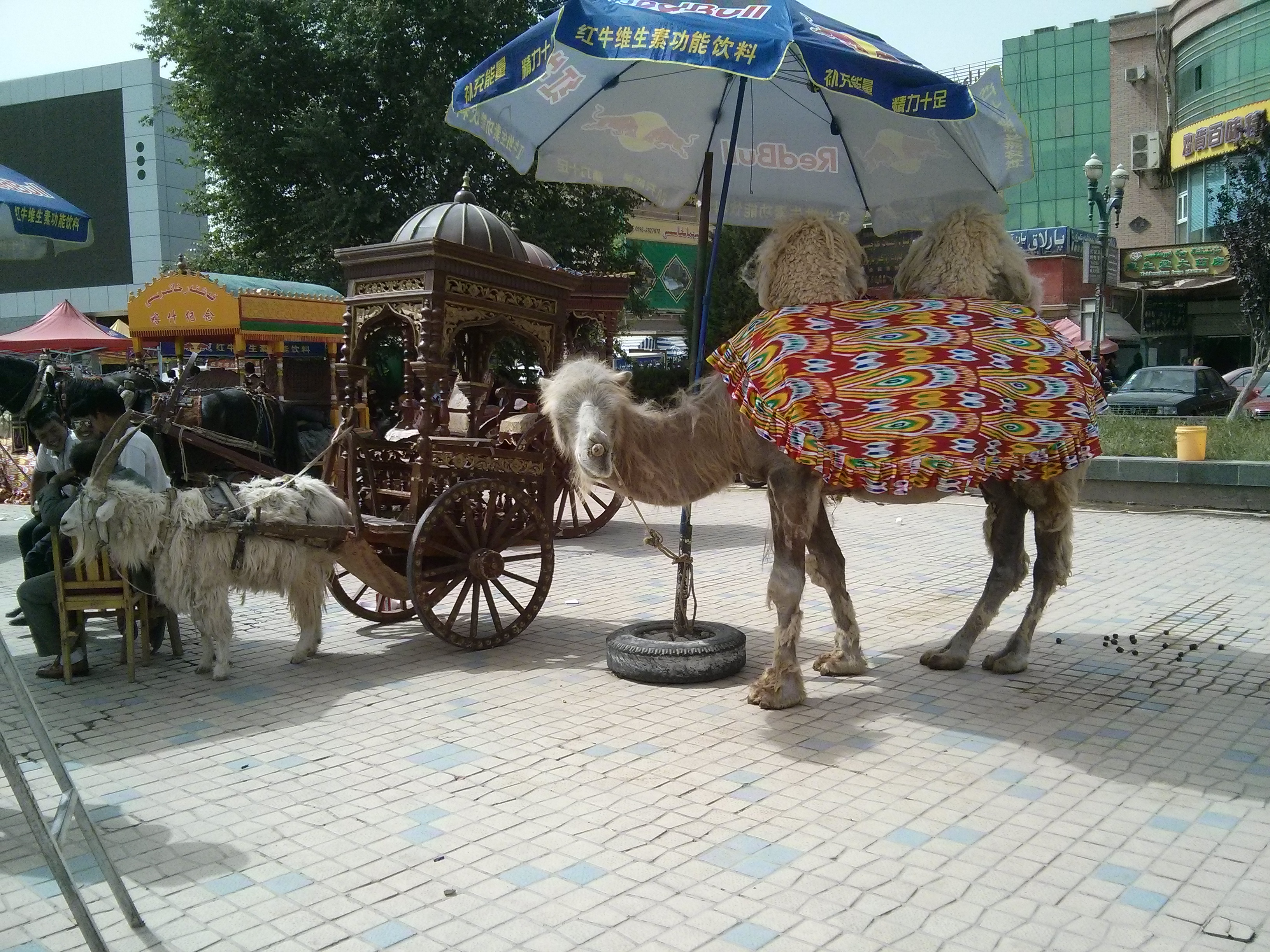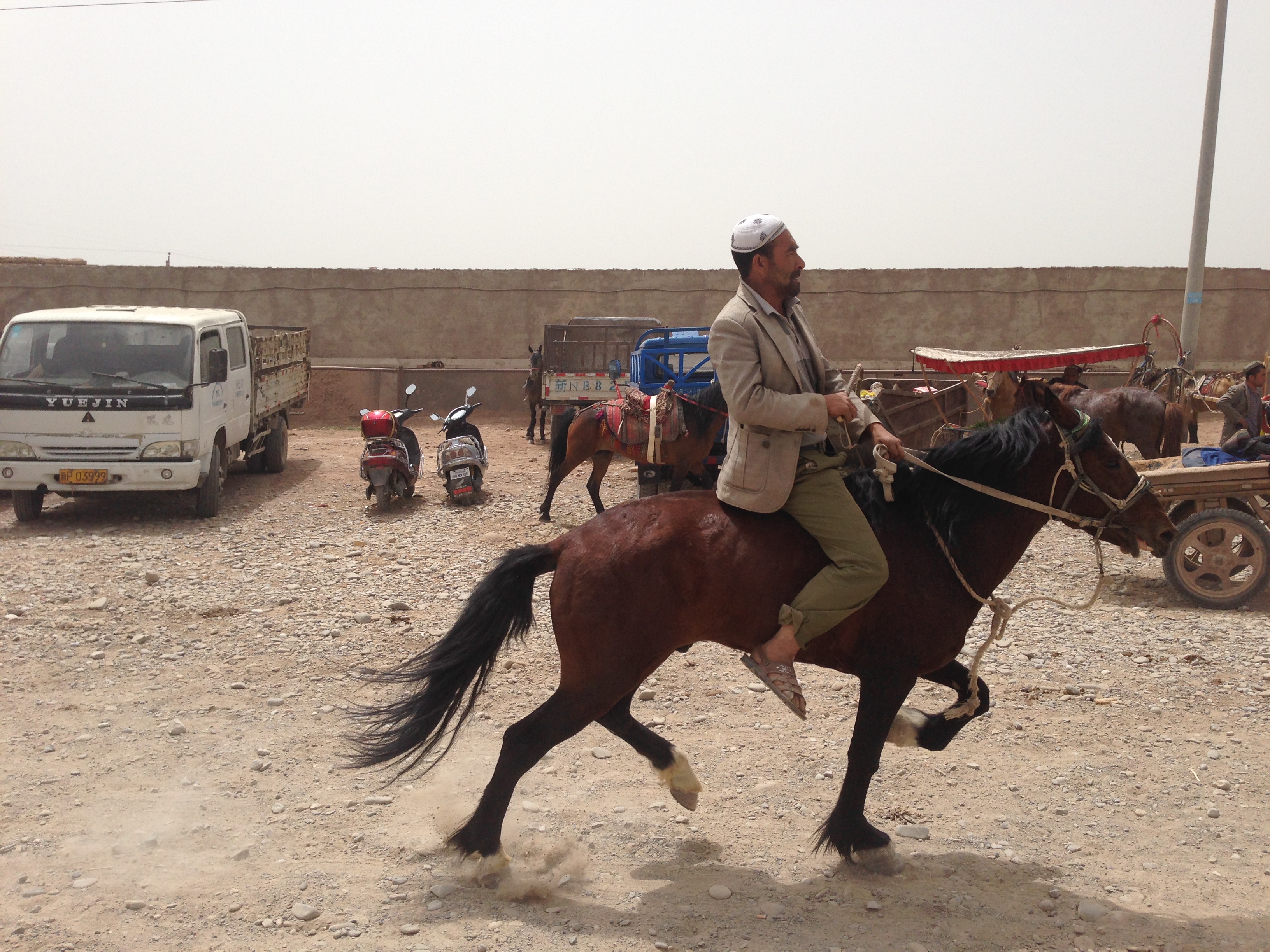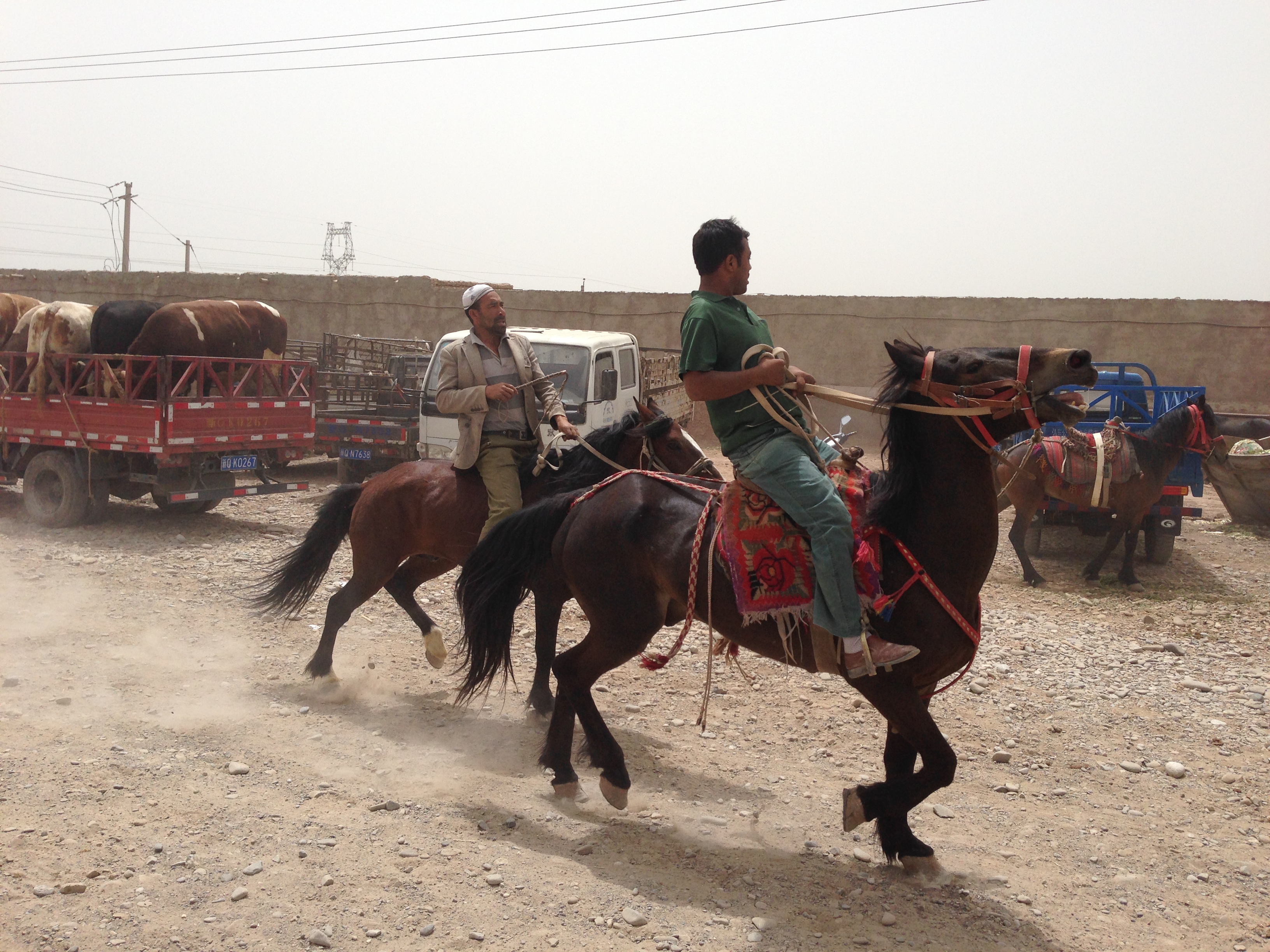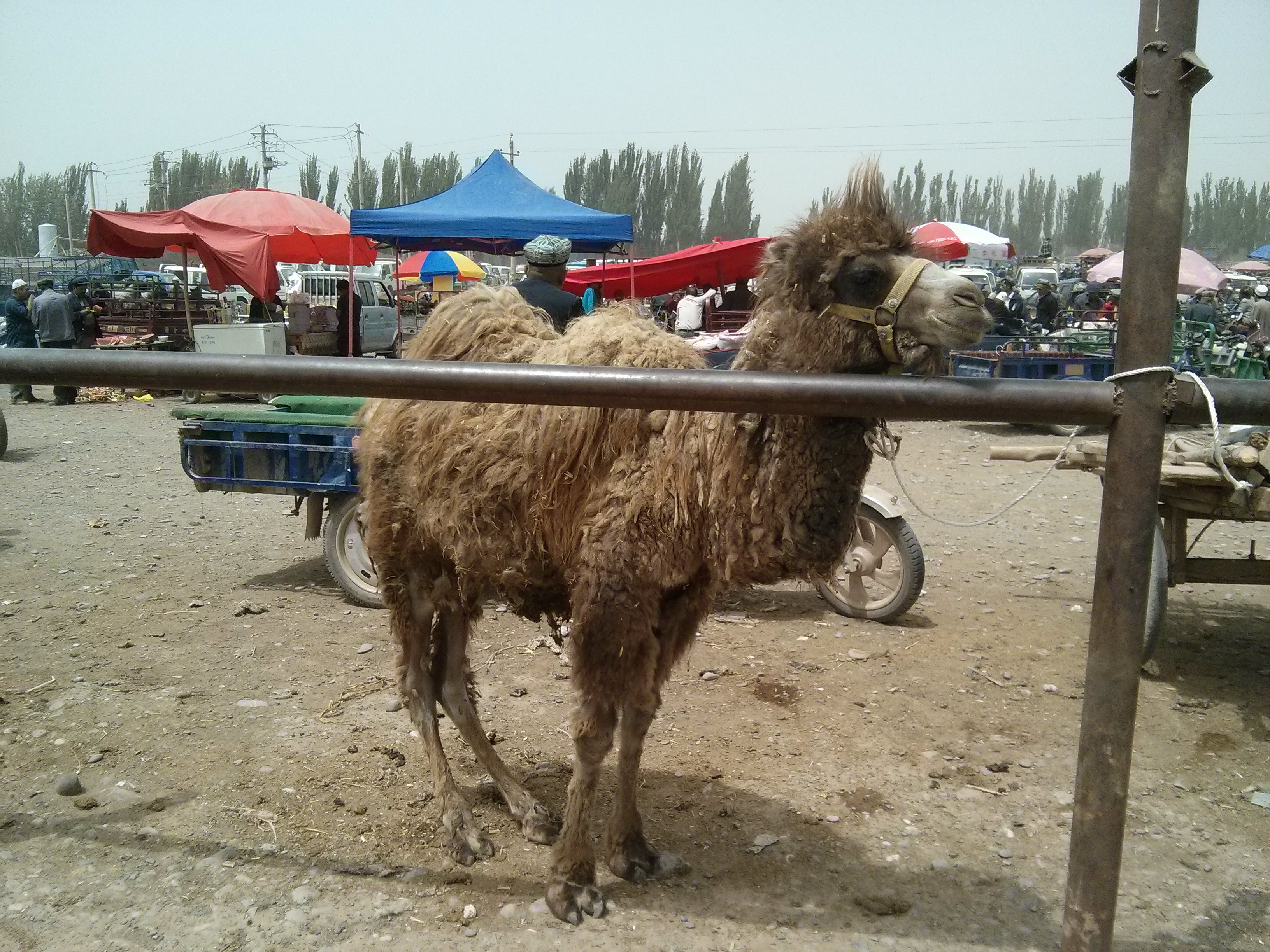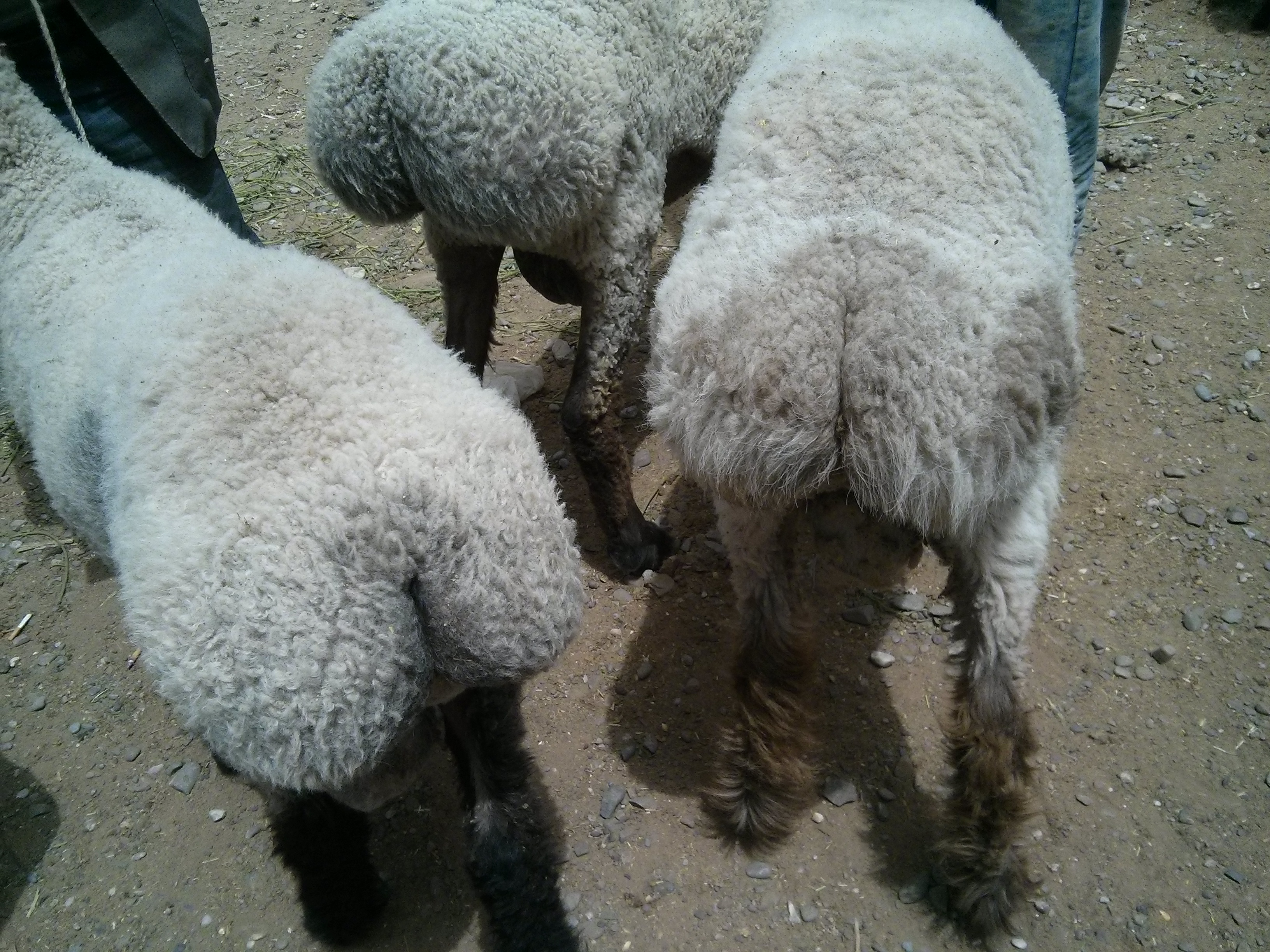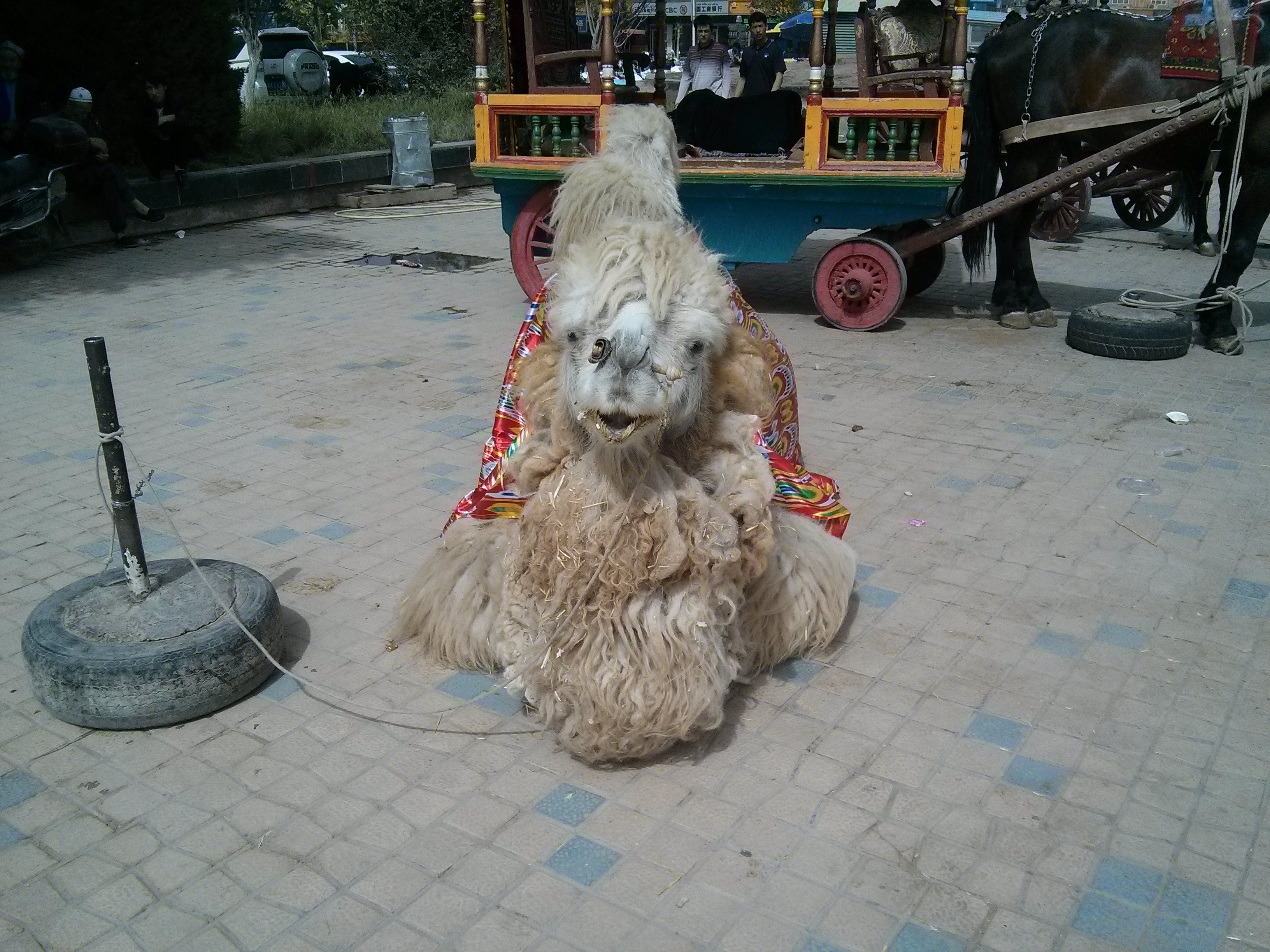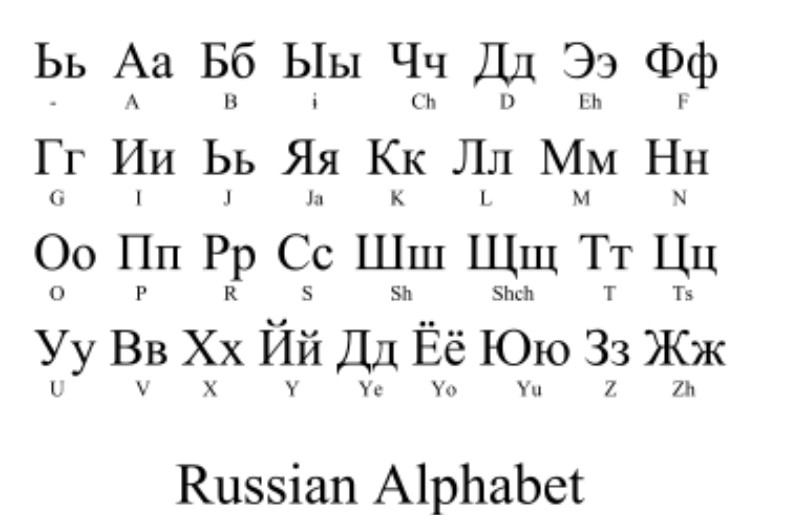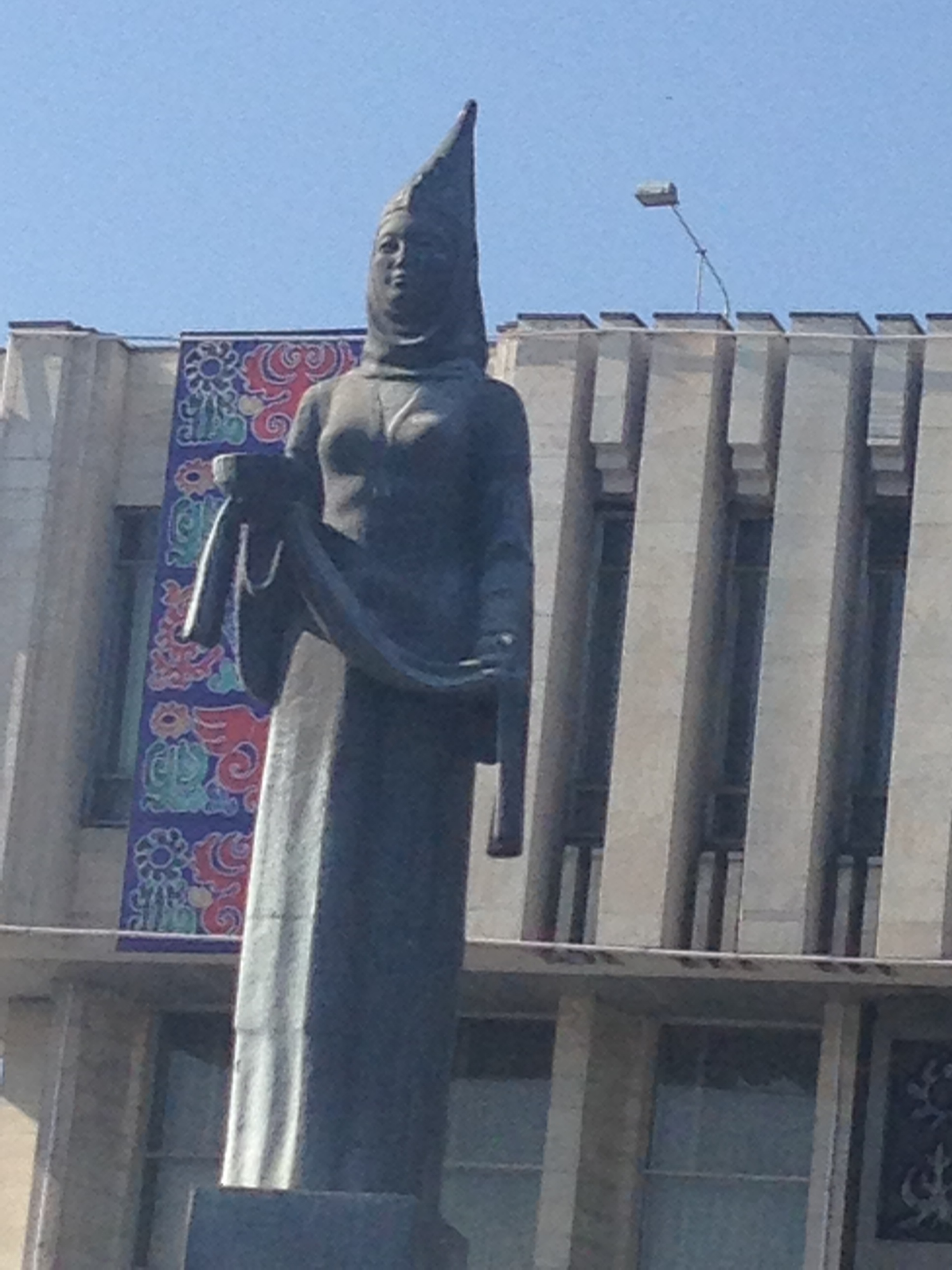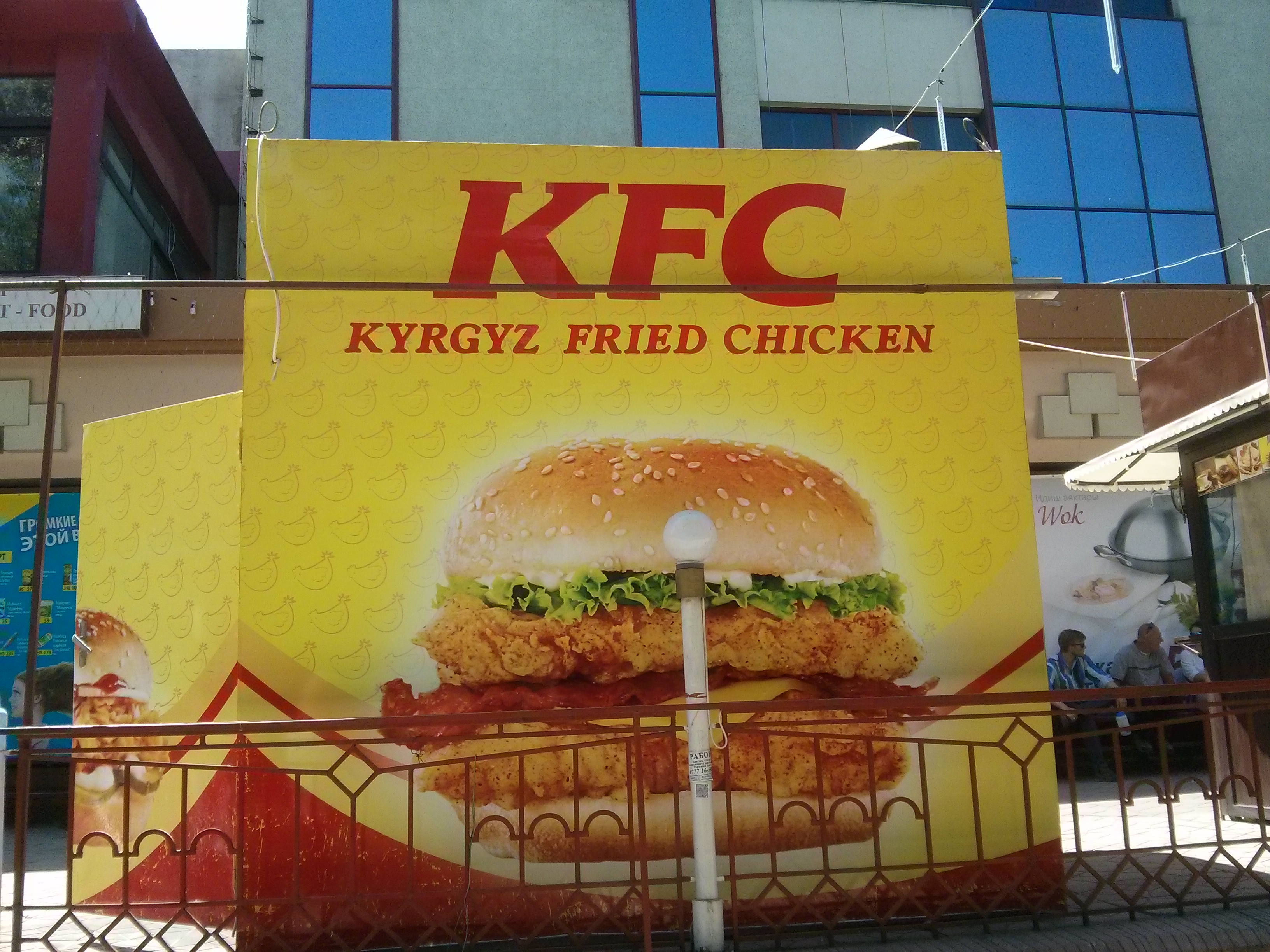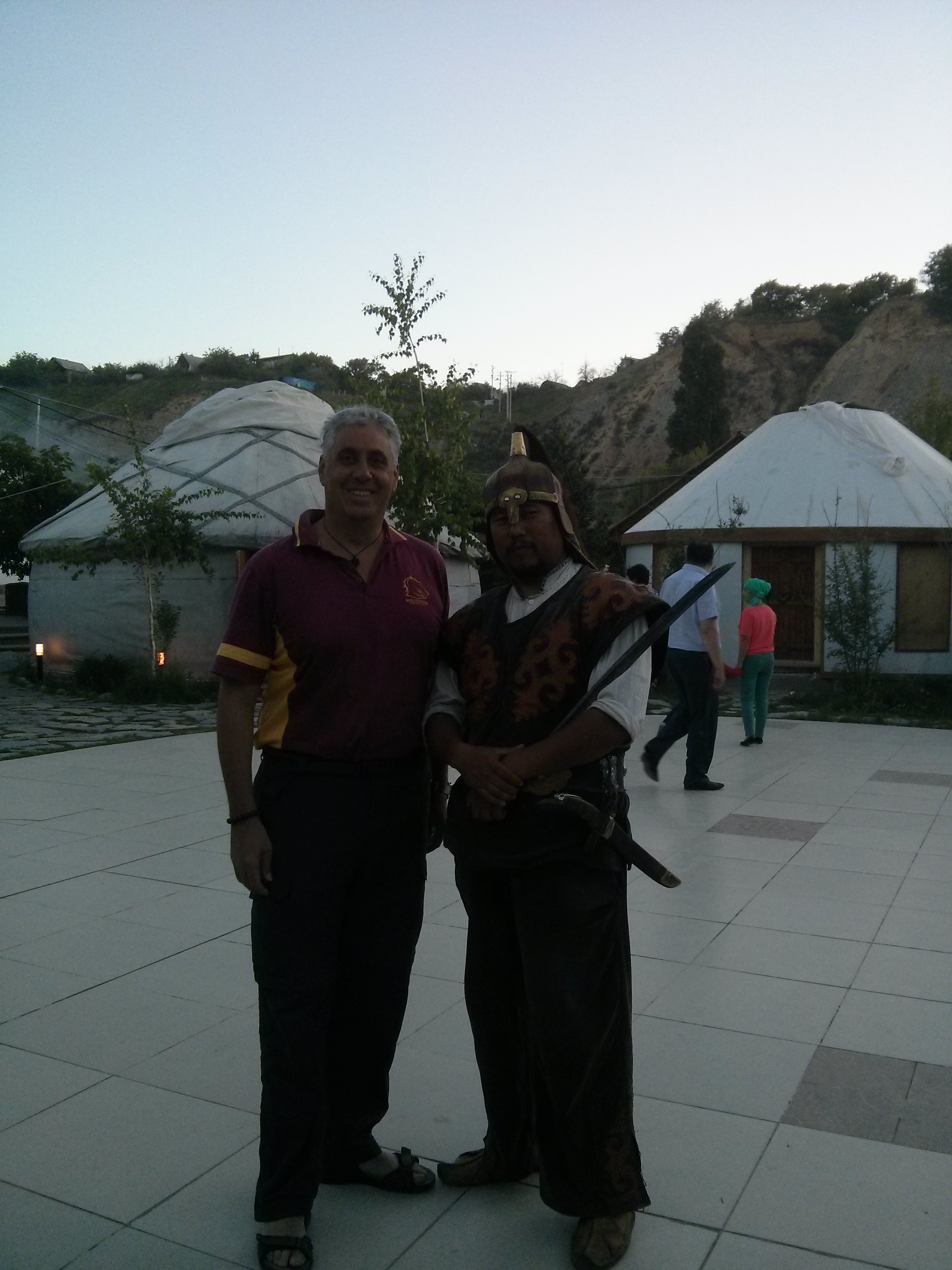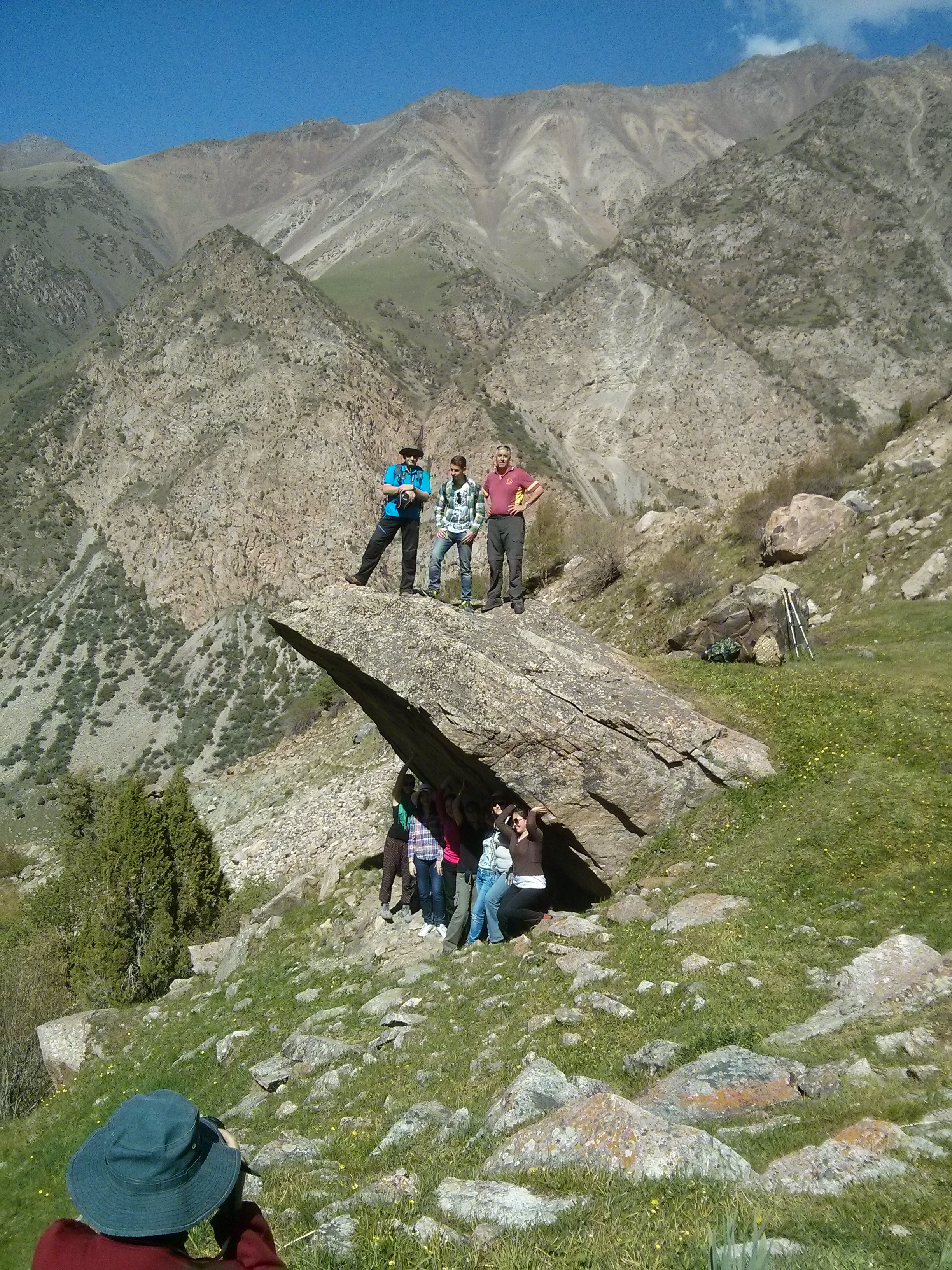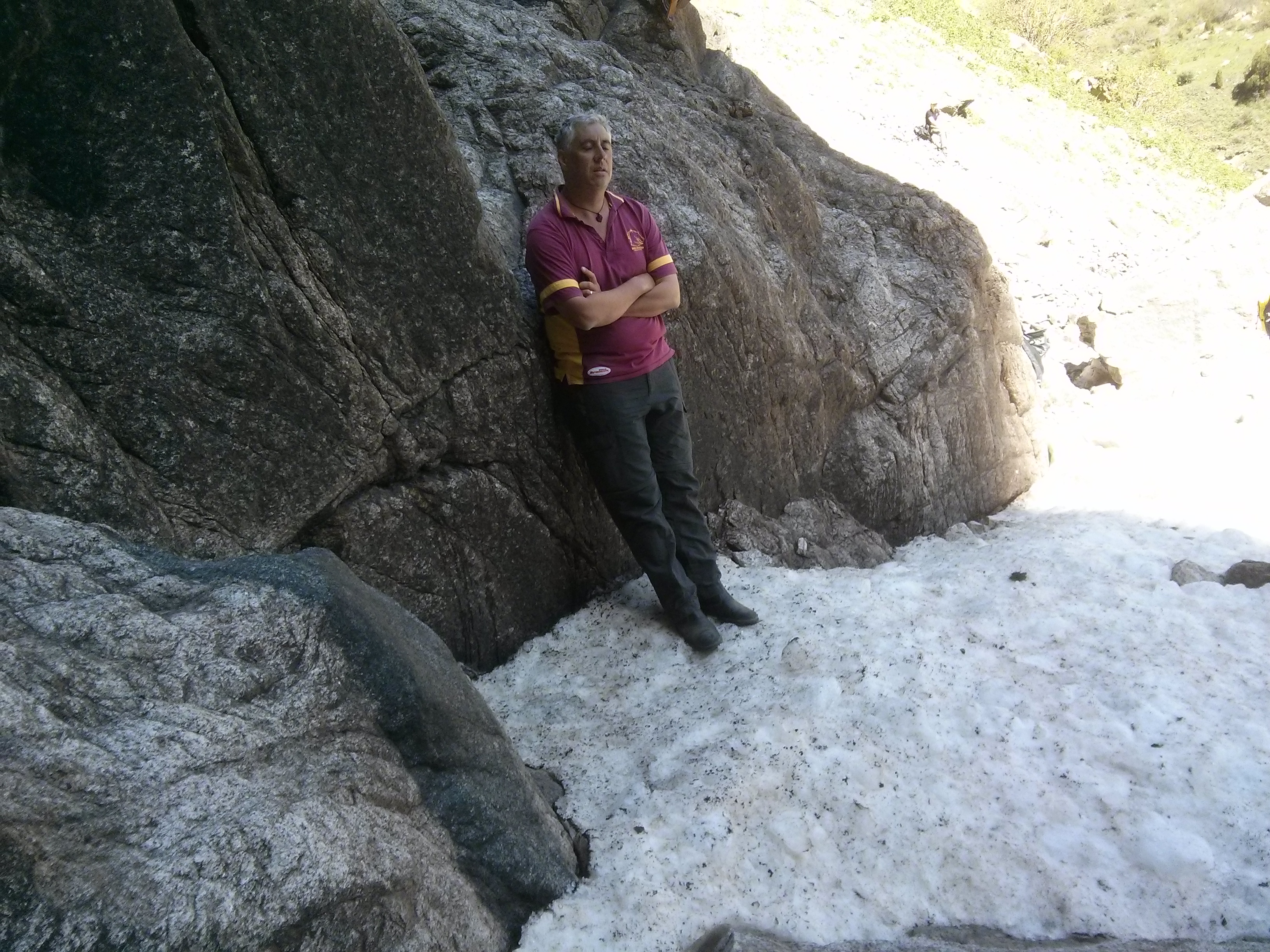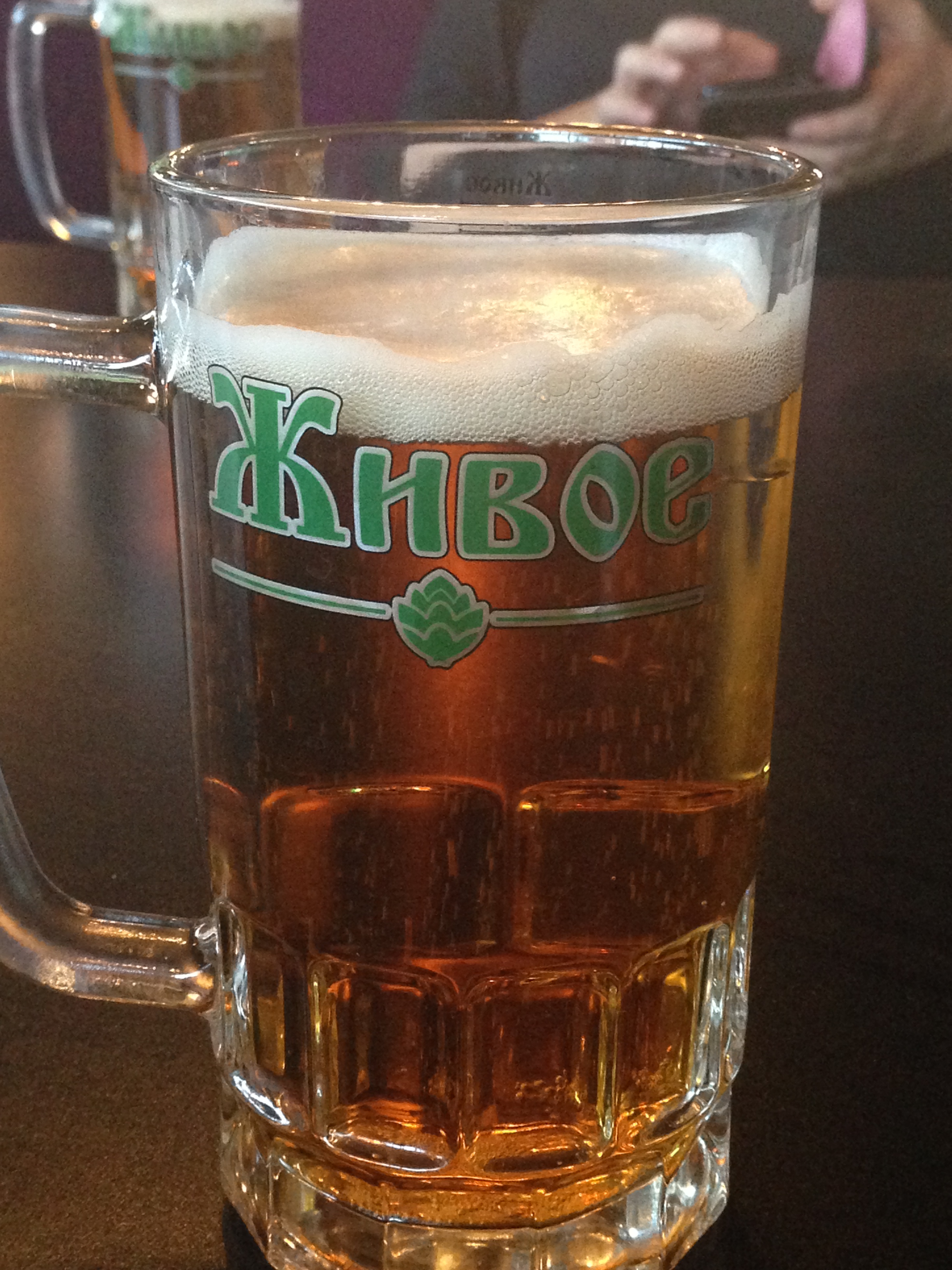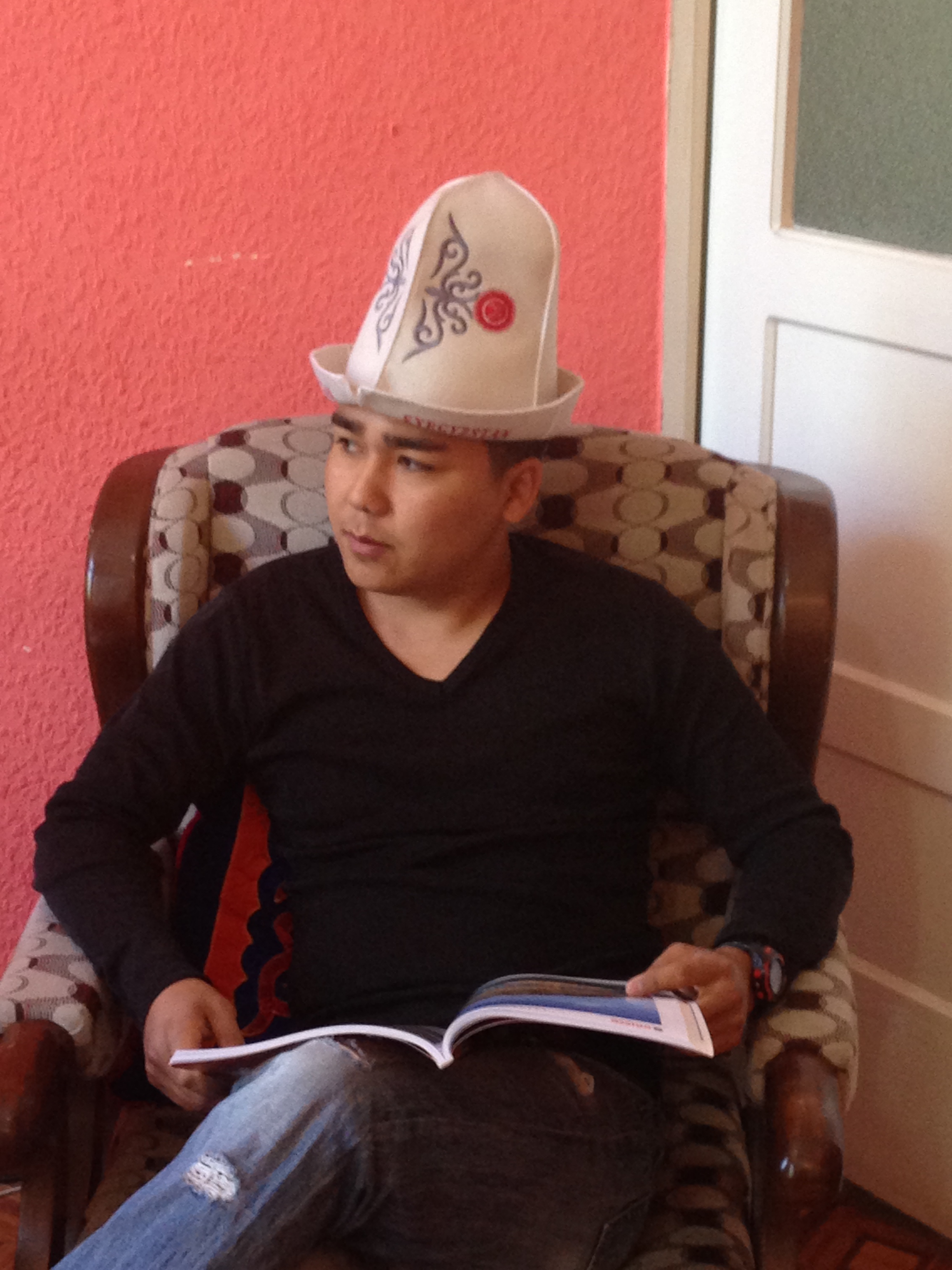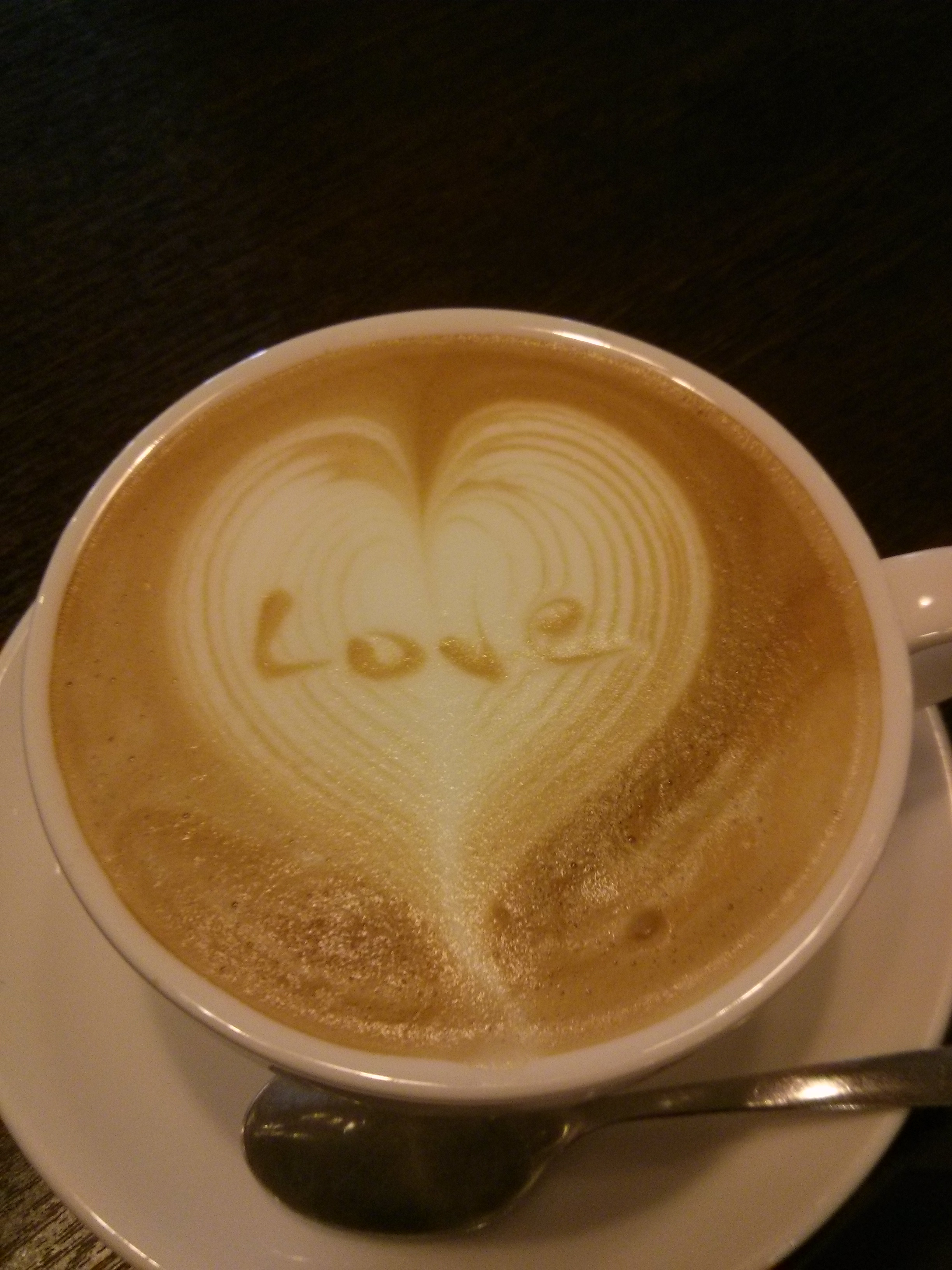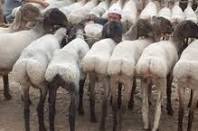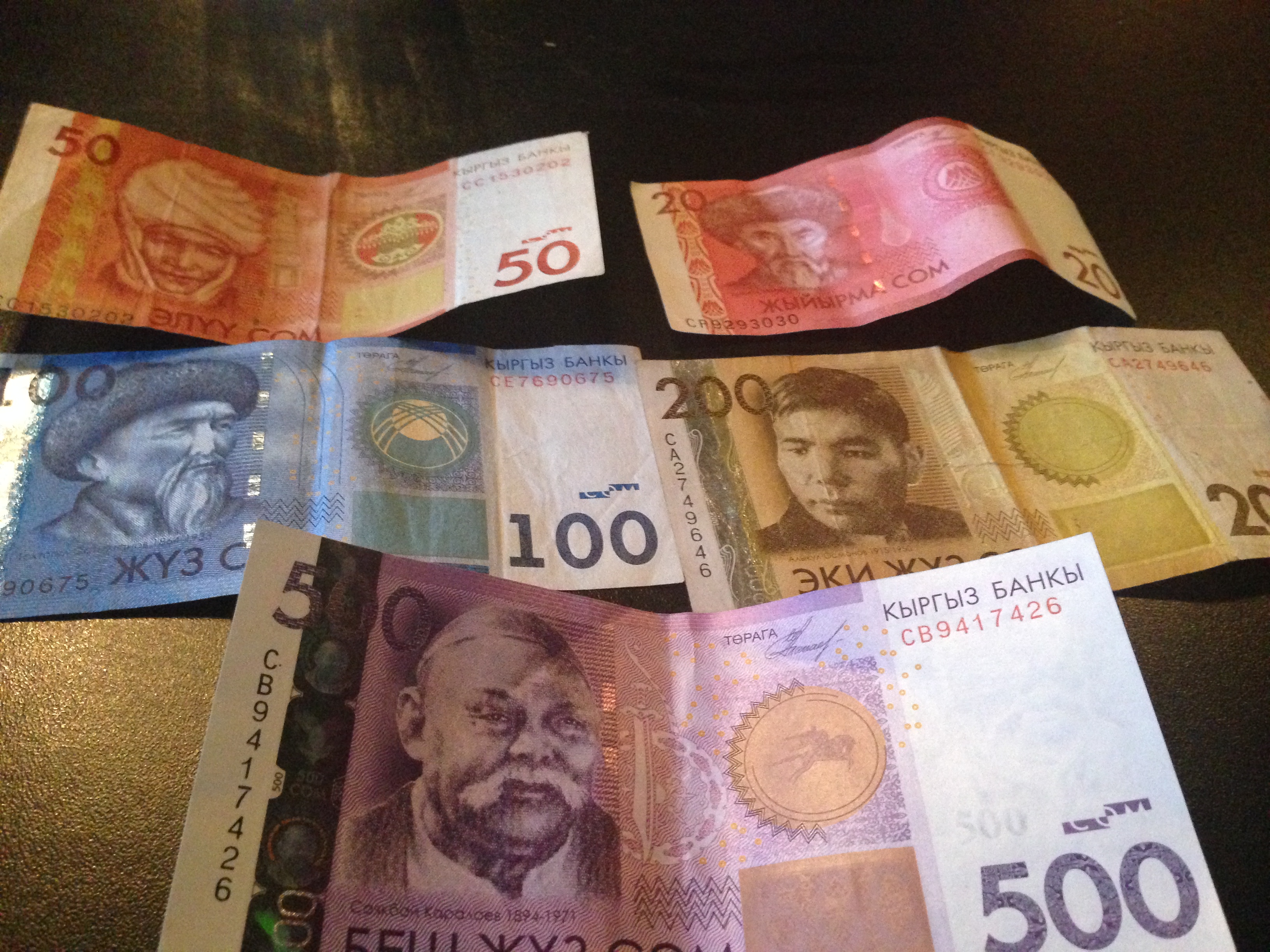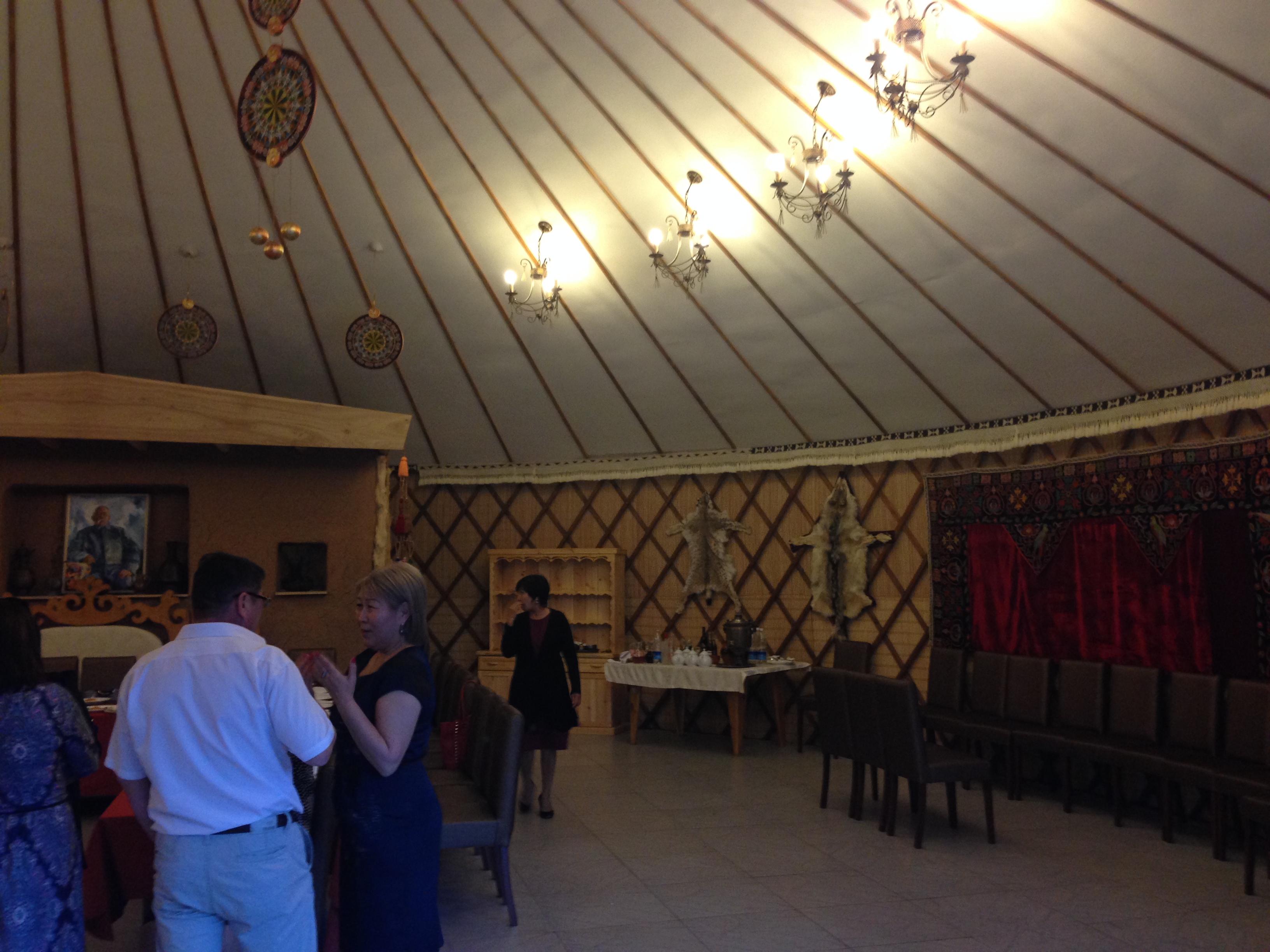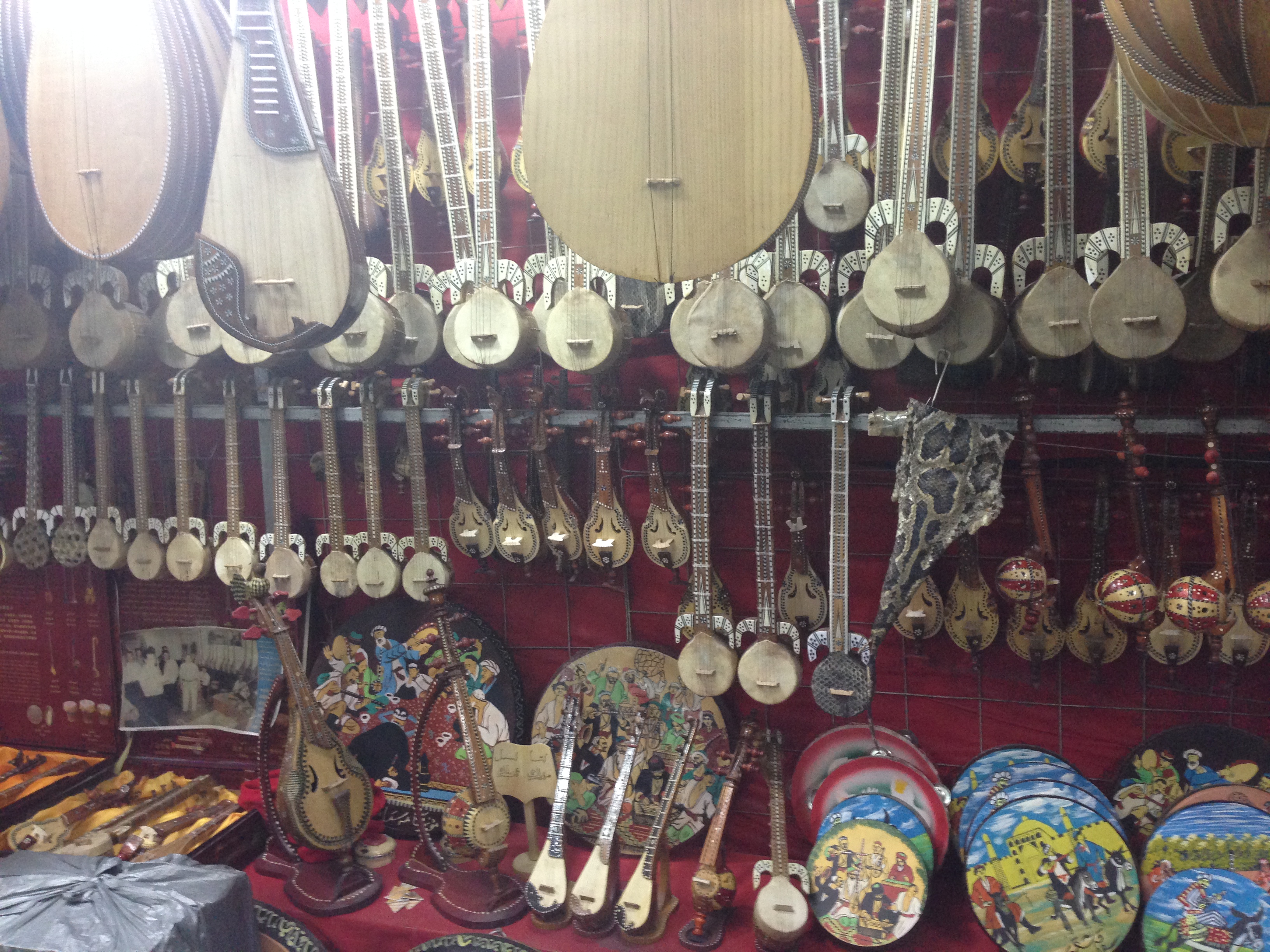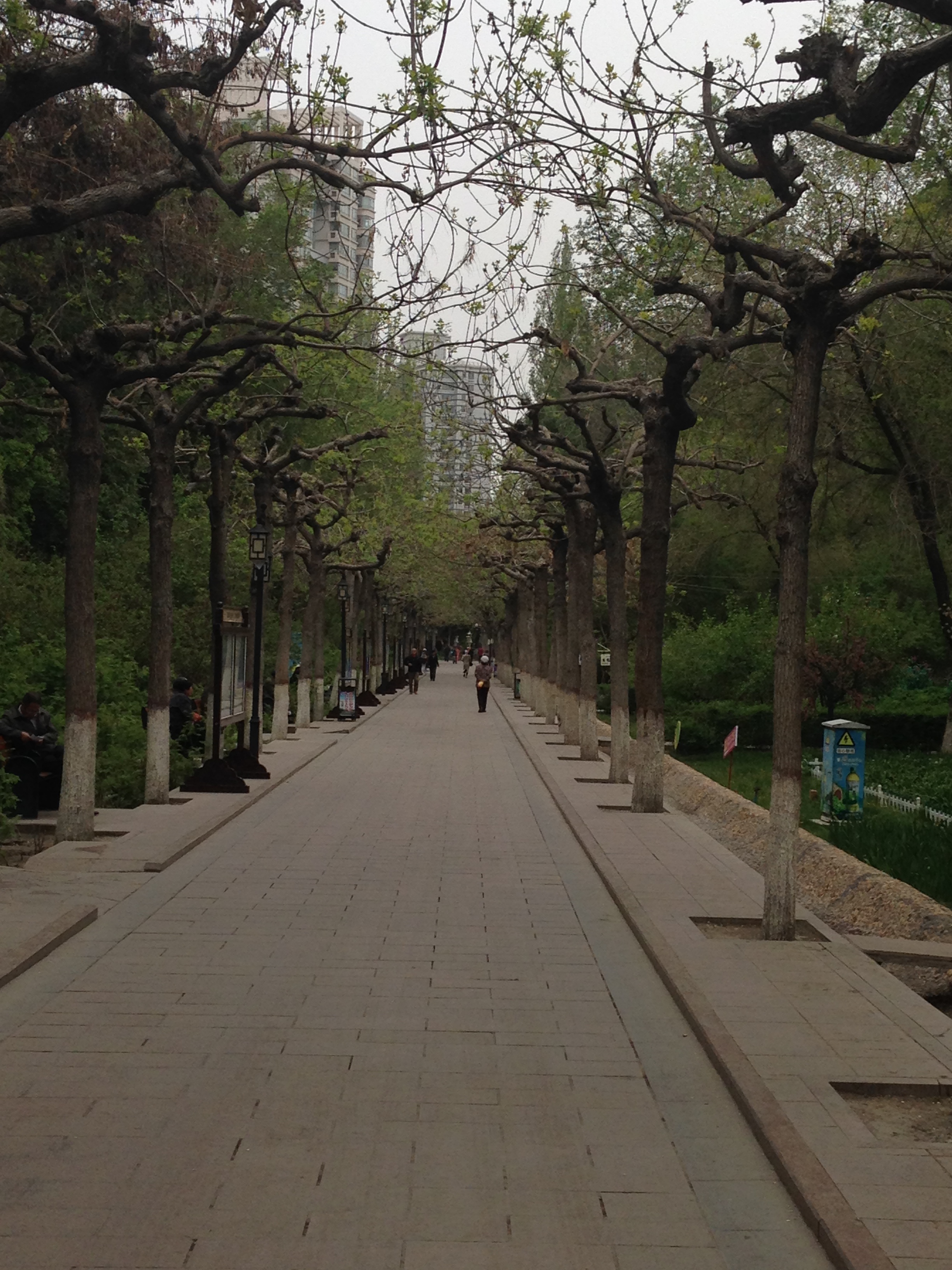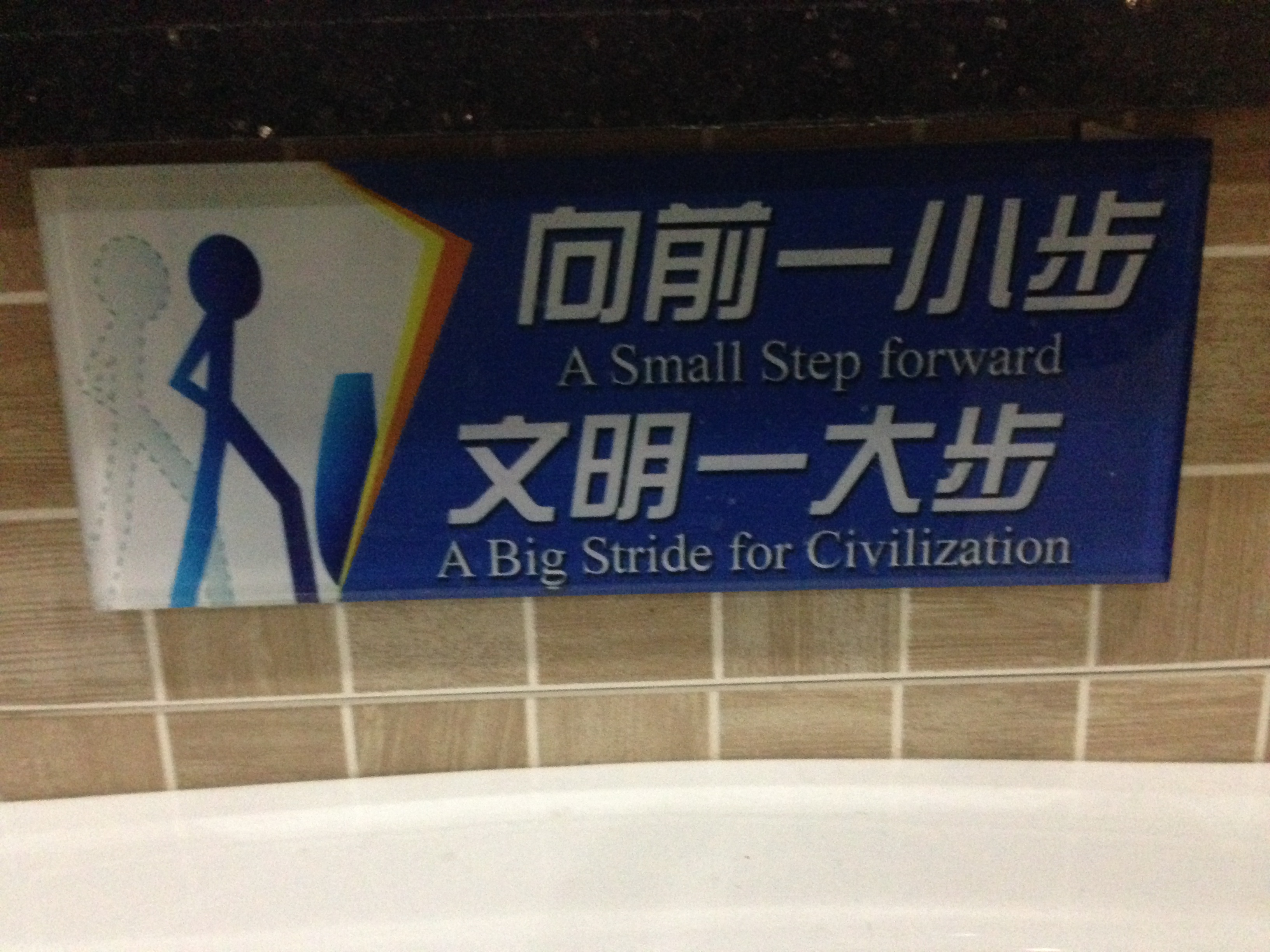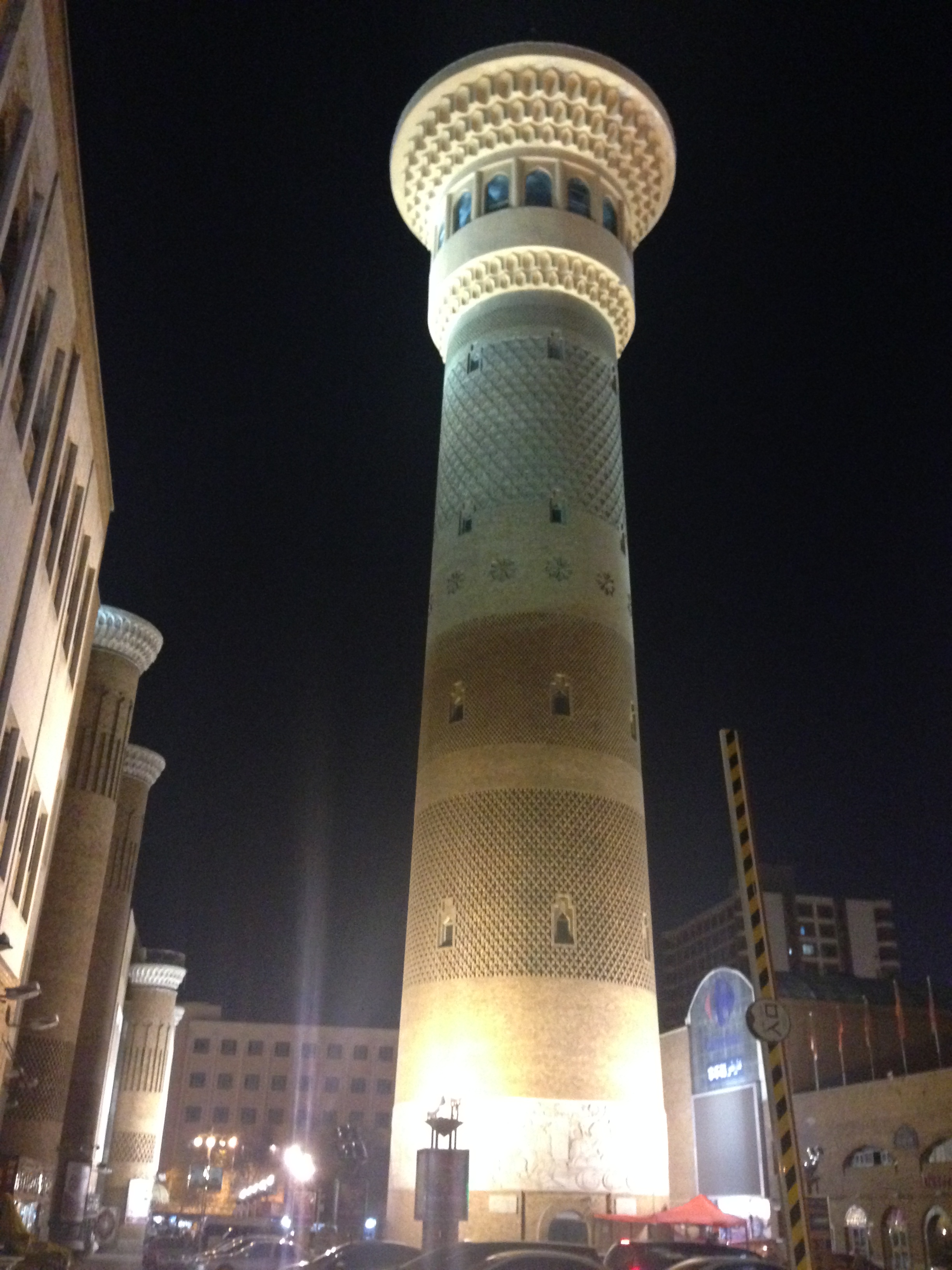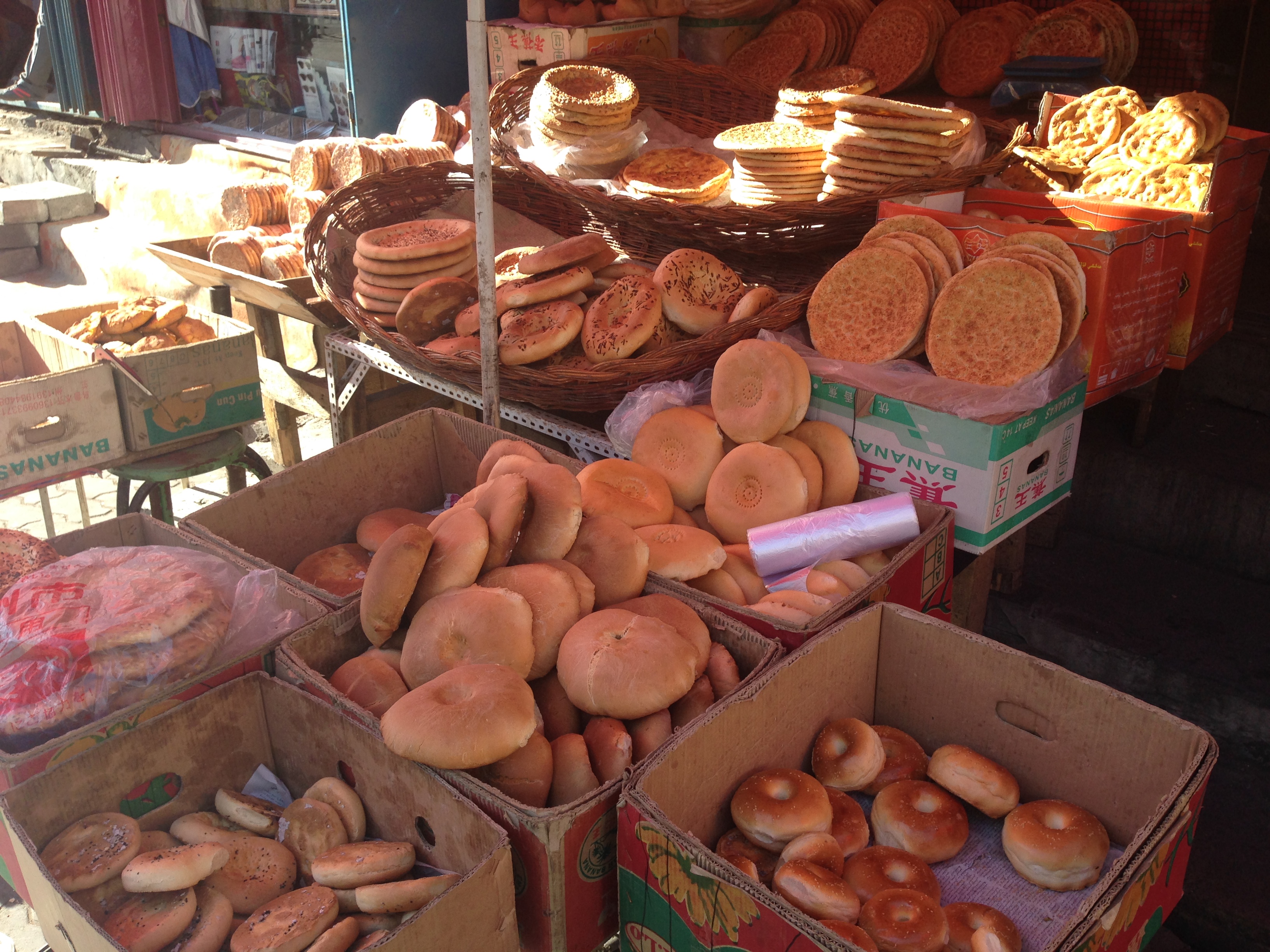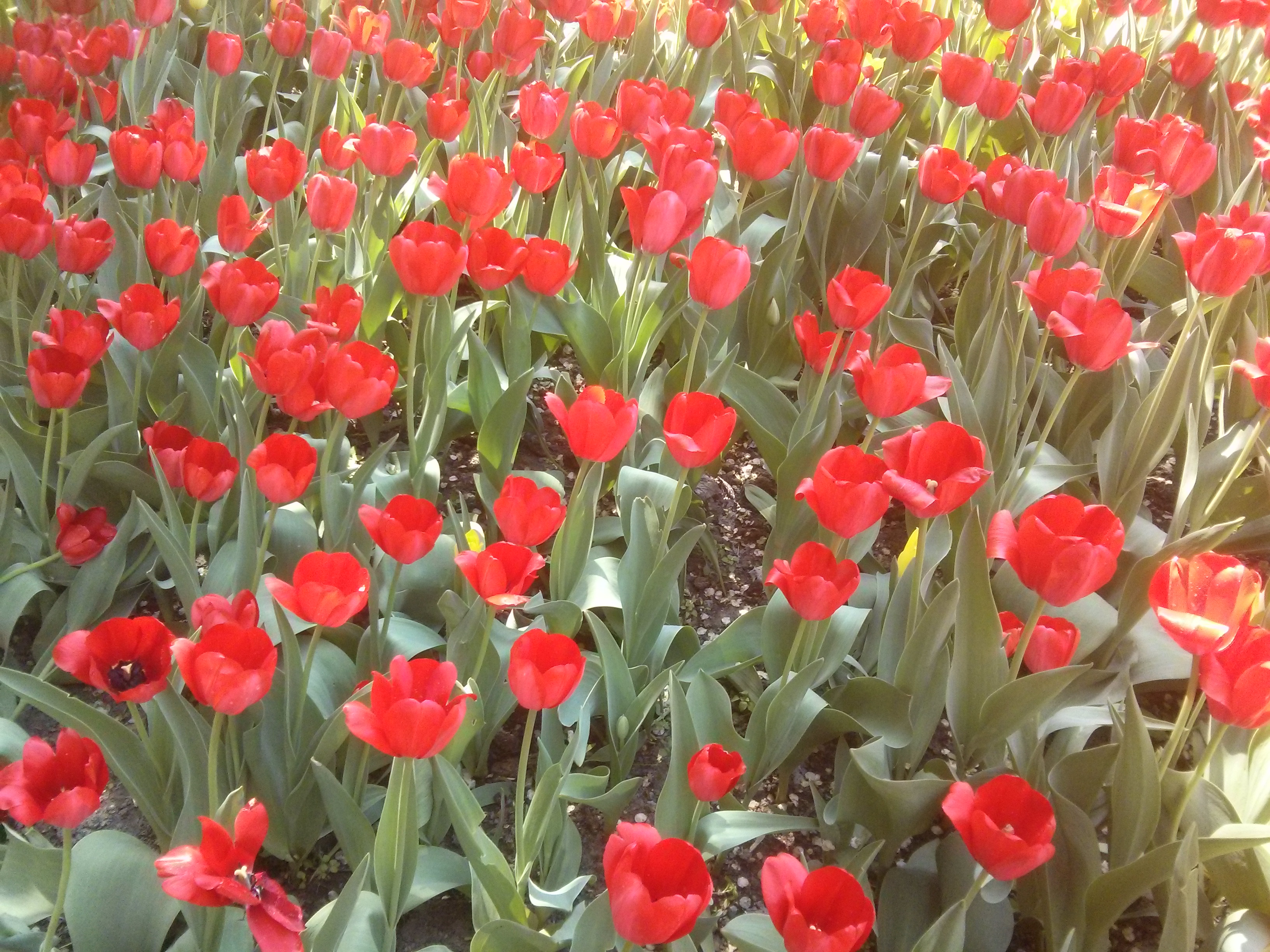After leaving the desert of Dunhuang on an overnight train we landed in Yinchuan having slept very little and checked into a cheapie hotel (which was about five times better than our supposed 4 star number a few towns back). On the way in we spotted the wet market directly opposite and food stalls aplenty along the way…we were clearly in the right part of town.
The place is close to the Ningxia section of the Great Wall and is yet another of our stops along the Great Wall of China. In addition to the wall, there are mosques, drum towers, monasteries, pagodas and the normal Chinese parks and gardens etc. The real reason for the stop was to break the journey as we head to Hohhot in Inner Mongolia to get our visas to go to Mongolia proper.
We basically did not see any westerners the whole time here but the place was great. On our first night we headed out for a meal and on our walk back we came across about 1000 locals dancing in the park and guys giving shoulder massages in the park near the drum tower…a 20 minute massage for $3.40…bring it on…walking about 100 metres further we came across a free Chinese acrobatic show with all the flipping, jumping, human towers and pyramids that you would expect from a highly priced show. Watch this with a gelato from across the road and a good evening was had by all. Two days later and our Acrobatic show was replaced with free Chinese opera and all the squawking and discordant noise your ears could handle.
The next day we were off…we had been fairly sedentary post Tibet…but apparently we needed to get moving and make up for our lazy days in one hit. So it started…a wander to the bell and drum towers, past the old gate, to the monastery and pagoda…up the pagoda…because all things with stairs must be climbed (the gospel according to Jill). The pagoda was 11 tiers high but each tier was about 2 storeys high…so we basically climbed the stairs of a 18-22 storey building…both ways…but the staircase was only one person wide, dodgy wood and the head height meant that you sconned yourself at every turn if you were not careful.
Having emerged from the pagoda we found the rain had started…so we embarked on an 8 kilometre walk in the rain to get to the museum. Needless to say I did not know that it was that far or I would have boycotted or at least got a bus or a taxi. Walking past the parks and squares was quite nice (if a little long) but the museum at the other end was worth the hike. I had never really gotten into museums etc before this trip but I am a convert…the information, displays, exhibits and histories are fascinating.
Sanity (Richard) prevailed and we caught a bus back most of the way to our hotel. A fantastic lucky dip meal down the road next to the park…followed by another $3.40 massage (for me) and home to bed. We found possibly the best coffee shop in all of China… it is called ego coffee and has good coffee at (relatively) reasonable prices and has an awesome menu…we have slotted into a morning ritual of bao zi (pronounced bowser…which are steamed bready meat buns…dipped in chilli and vinegar) and followed by our coffee at ego. Sadly we get 20 bao zi for 12 yuan ($2) and 2 coffees for 58 yuan ($10). In fact the food that we have encountered the entire time we have been in Yinchuan has been incredible. The pick had to be the Duck Pancakes…which we have always loved…but there was a mushroom and chilli salad, that was too heavy on the coriander for my tastes, but Jill just simply inhaled while I picked around the evil weed that is coriander.
Bao zi and Jiao zi (bowser and jowzer) are our staple breakfast foods since arriving in China…the bao zi is the bready one and the Jiao zi is the dumpling (pastaish) one…every now and then you can find these both done on a sizzling plate with beaten (scrambled) egg poured in between them…these are awesome. The bao zi in Shanghai are filled with soup so add a whole new level of difficulty to the uninitiated (as Jill found out when I bit into one sending a stream of hot soup shooting across the table and onto her…she was very happy). Each area has their own versions of both of these…but so far they have all been excellent… and are cheap. Add to this the occasional Gem Bean (Phonetic) which is an eggy thing.
We have actually found our feet when it comes to most of the foods in China…however ordering still poses the various “lucky dip” problems that it did in the beginning. Jill downloaded a child’s game that gives you the name and symbols of various meats so we can sometimes make sense of those. Add to this the rice and noodle symbols and we at least wont starve…nirvana is still a picture menu… Street food is king…it is cheap as chips and awesome tasting…we have progressed from our early meat on a stick forays to being educated pointers…Alas the key issue with china and its provinces…is that the yummy local delicacy may never be seen again which sadly has happened more than once.
The next day we found ourselves (after our breakfast ritual) riding the short bus…we hopped bus #1 and followed it to the end…then got back on and followed it to the other end…then we got on #3 and did pretty much the same thing…after arriving at the largest while elephant of a shopping centre on the planet we decided that we were feeling like special school kids…no more licking of bus windows and off we got…a cold beer and a coffee then back for a cheapie dinner. The last day was spent wiling away our time in the coffee shop as we waited for our 8pm departure on a 10 hr overnight train to Hohhot.
